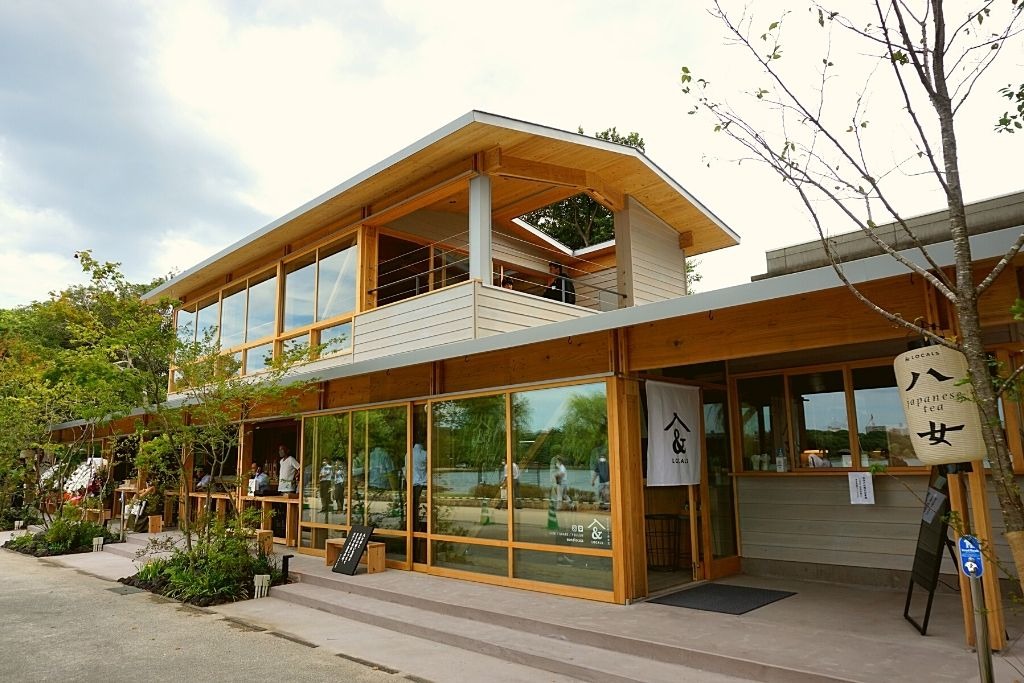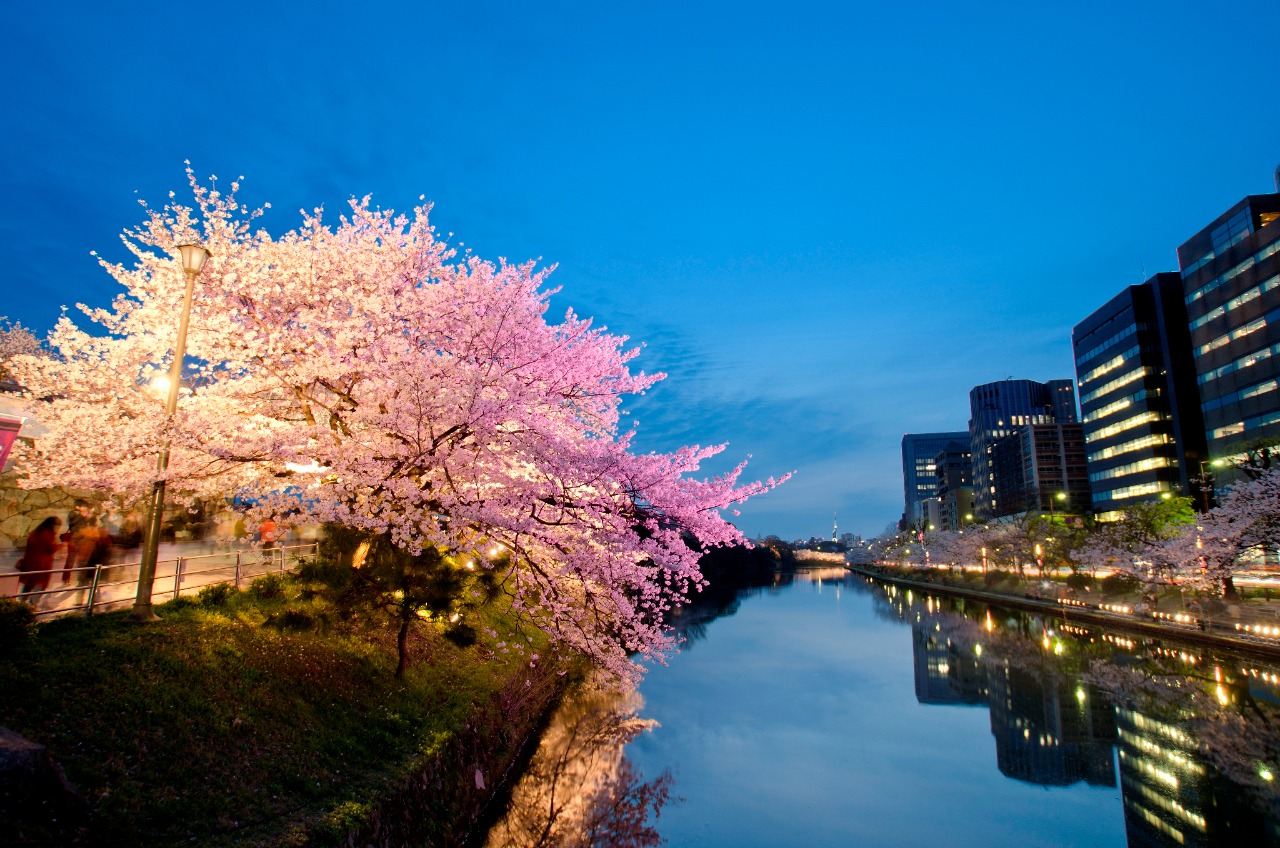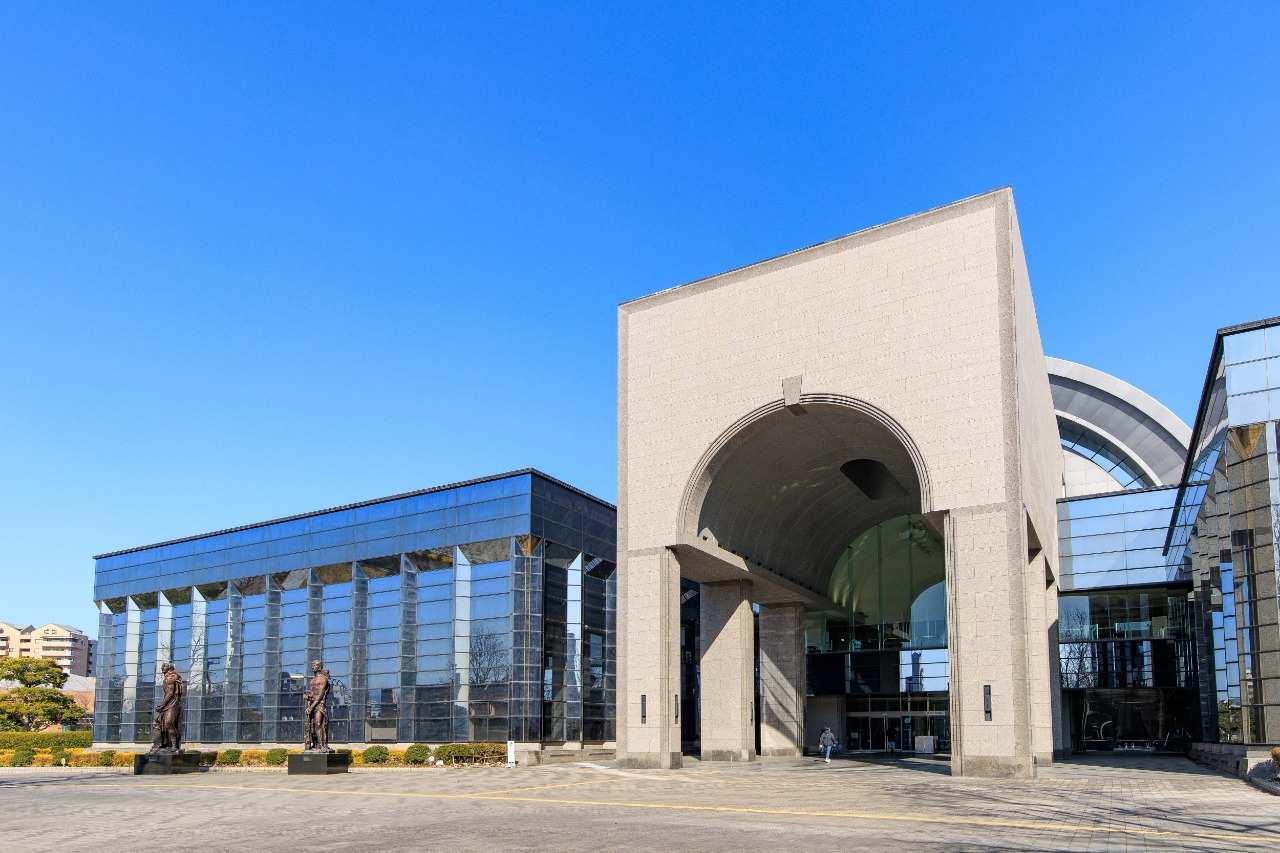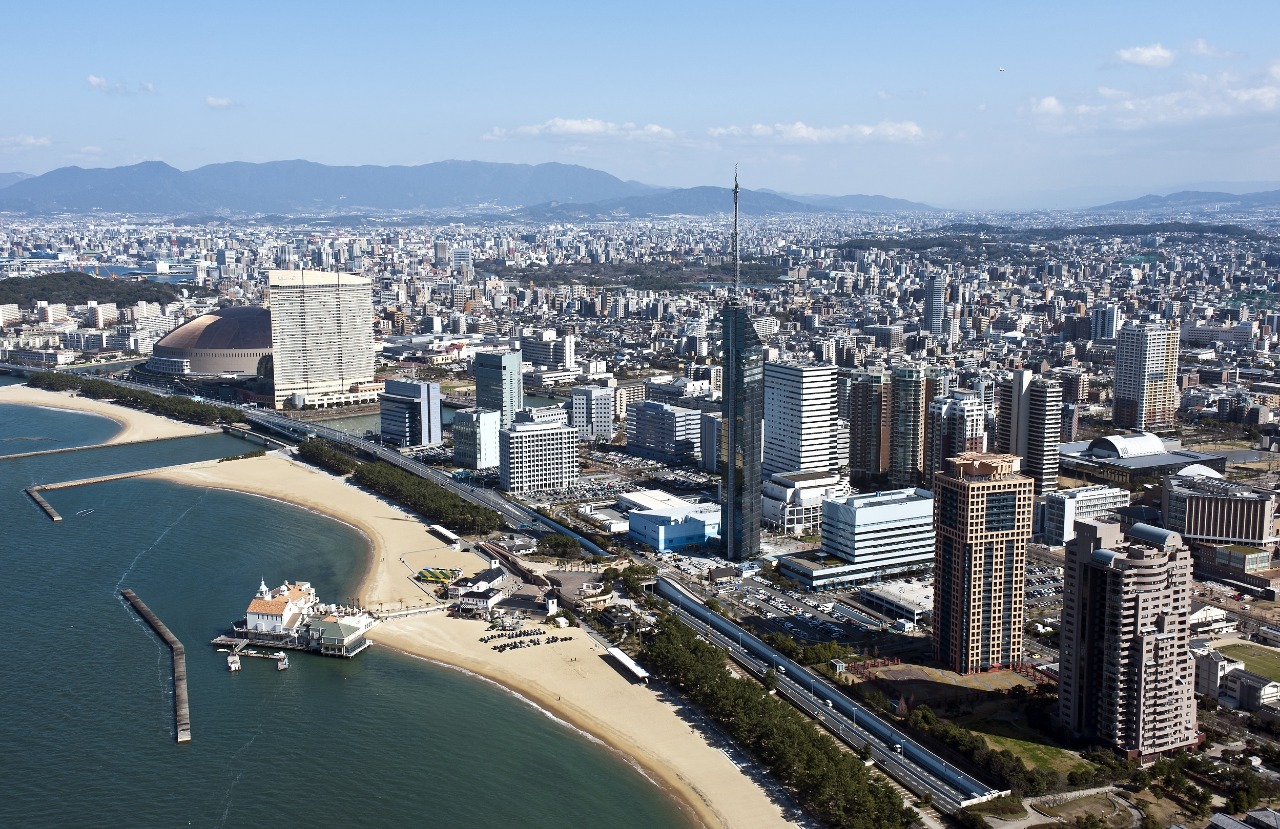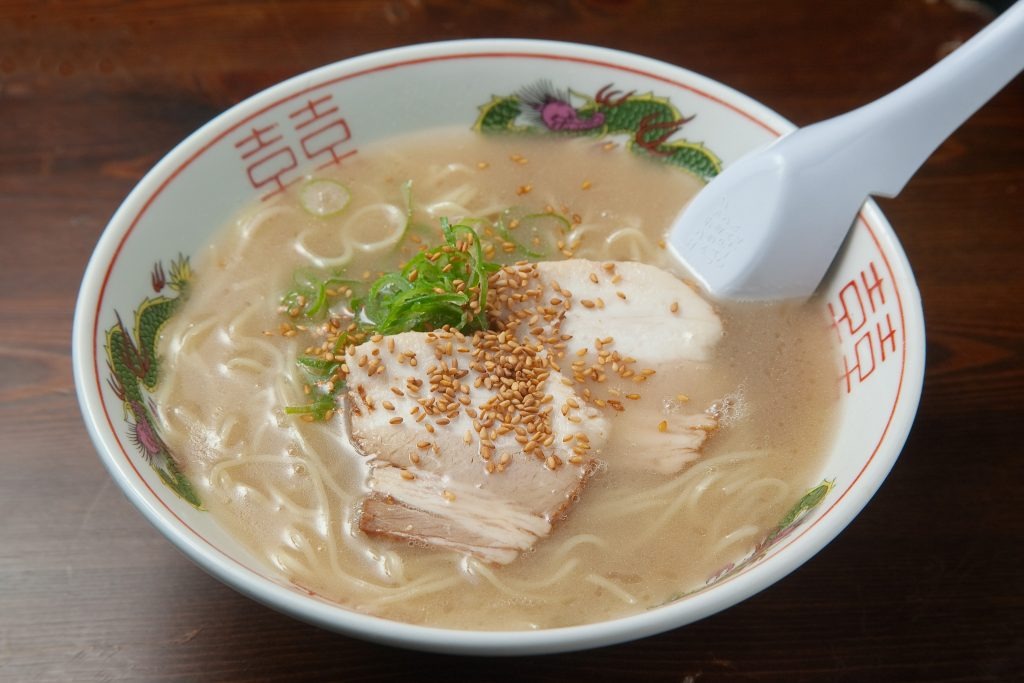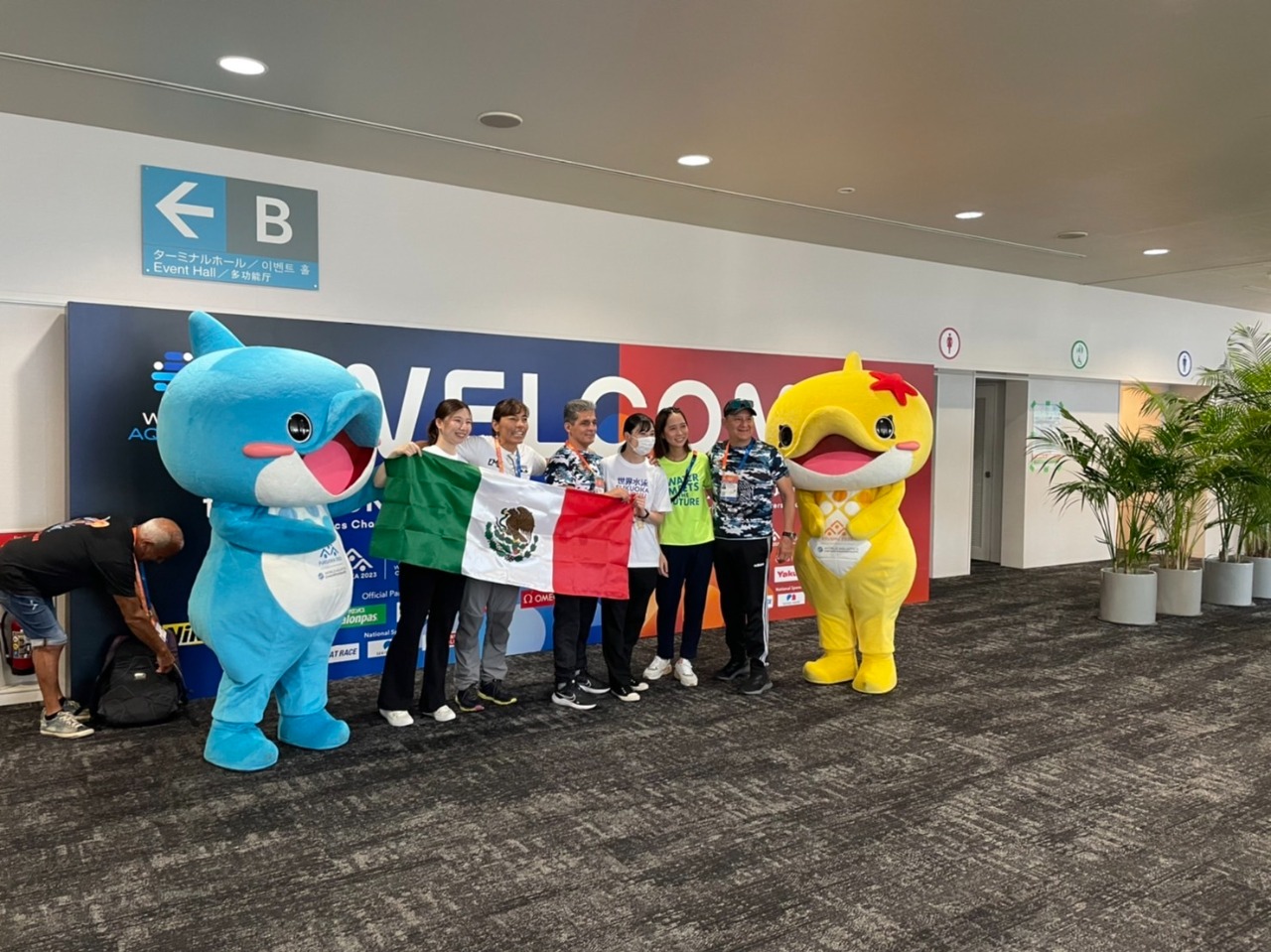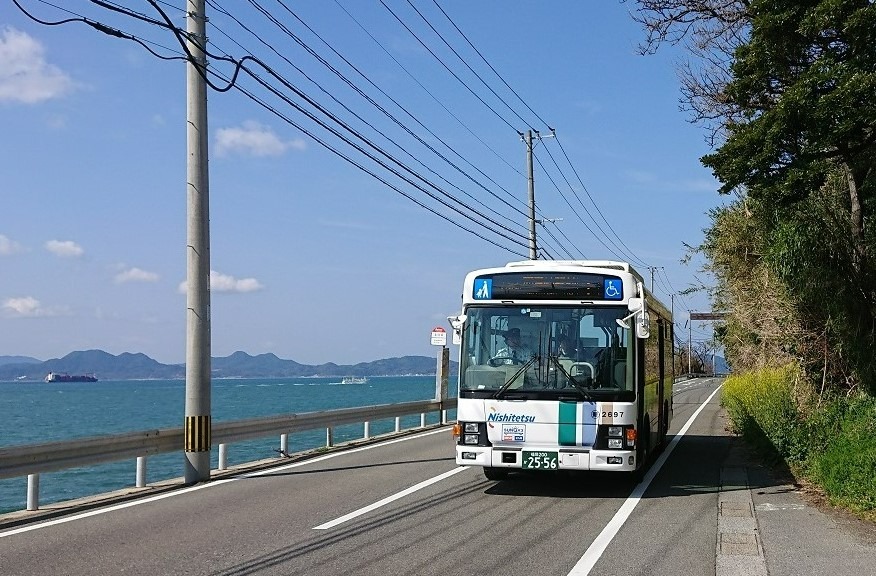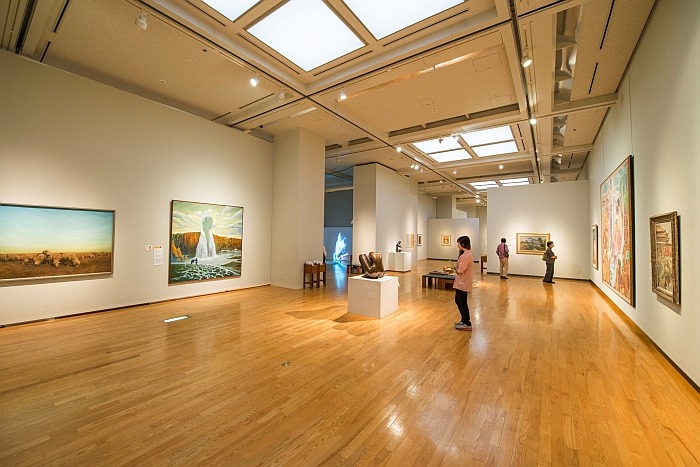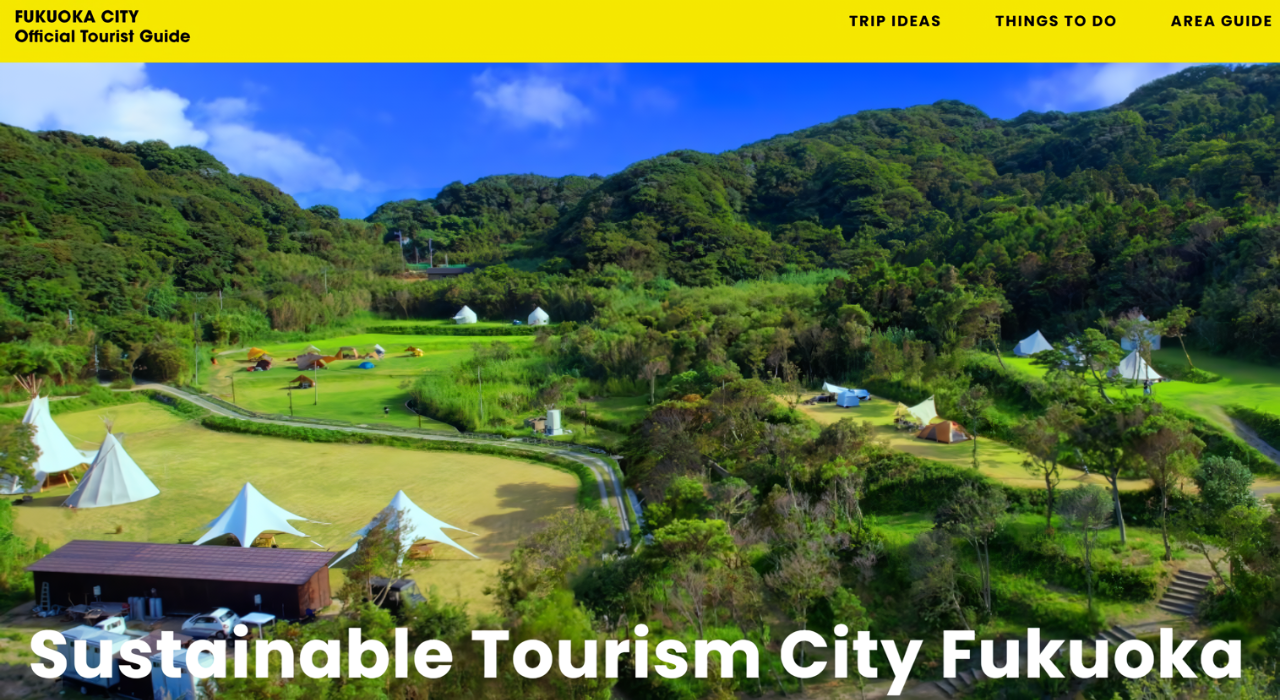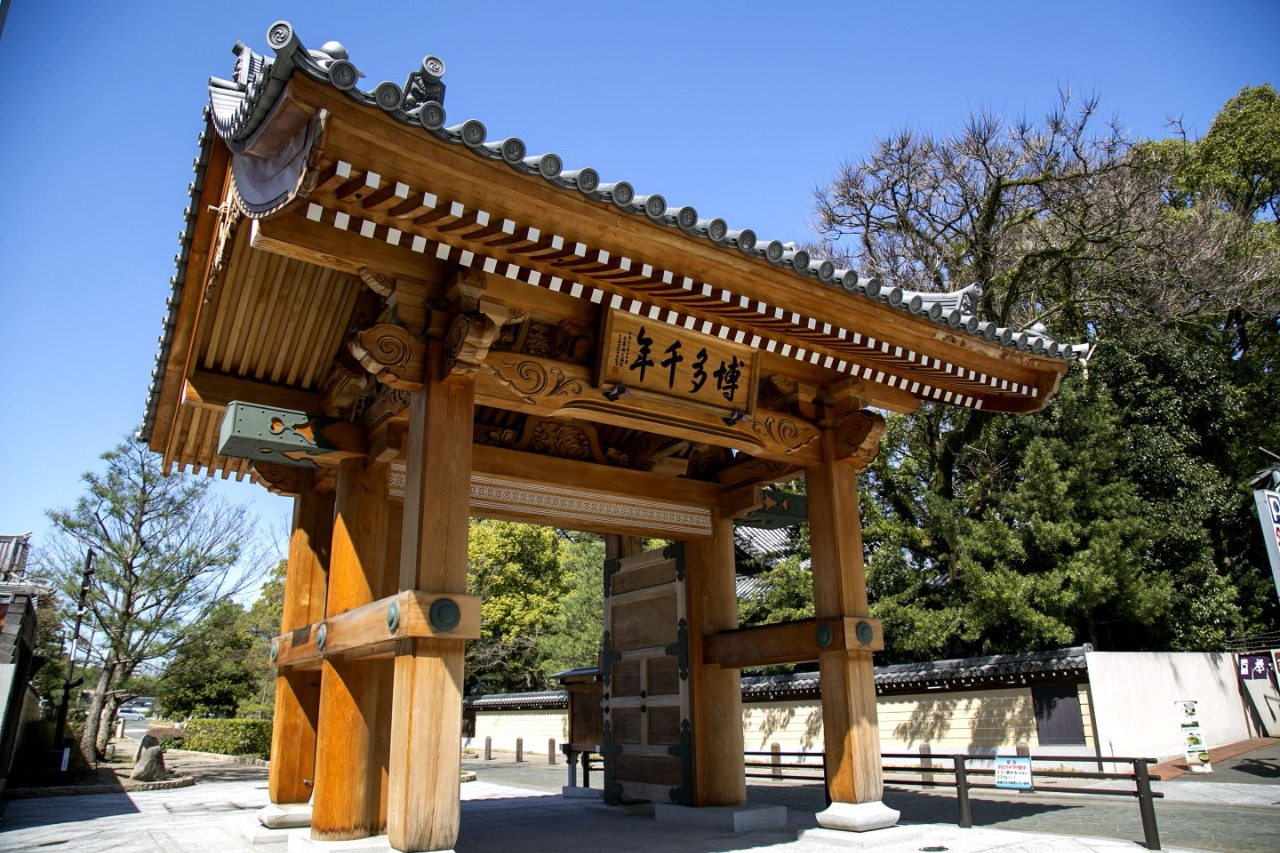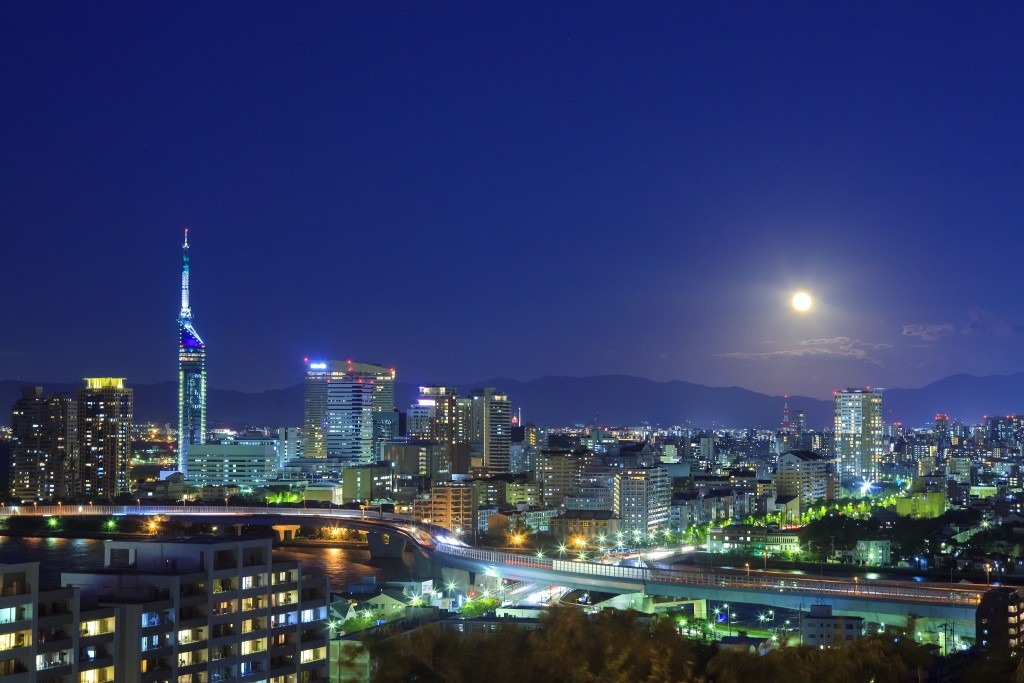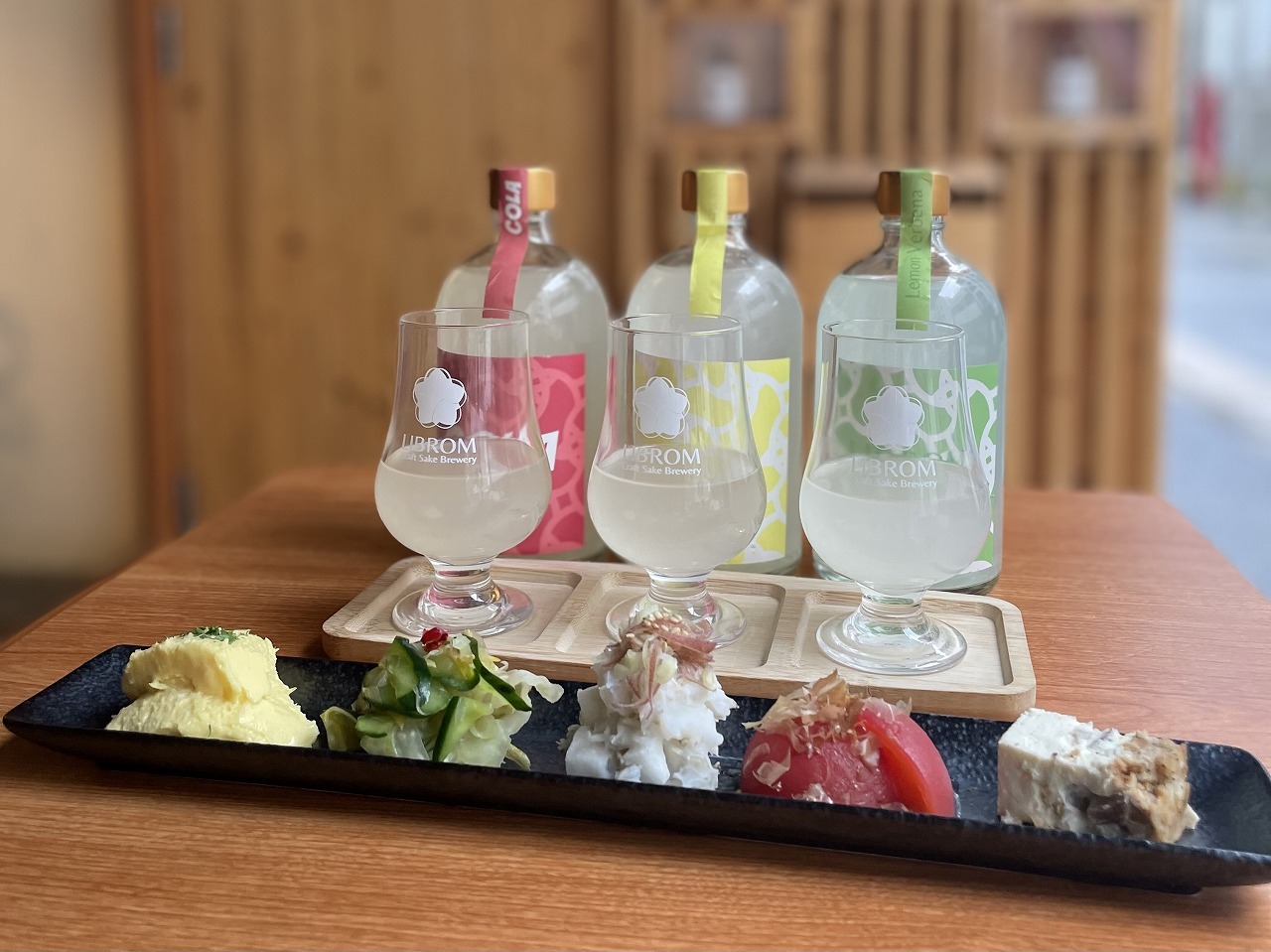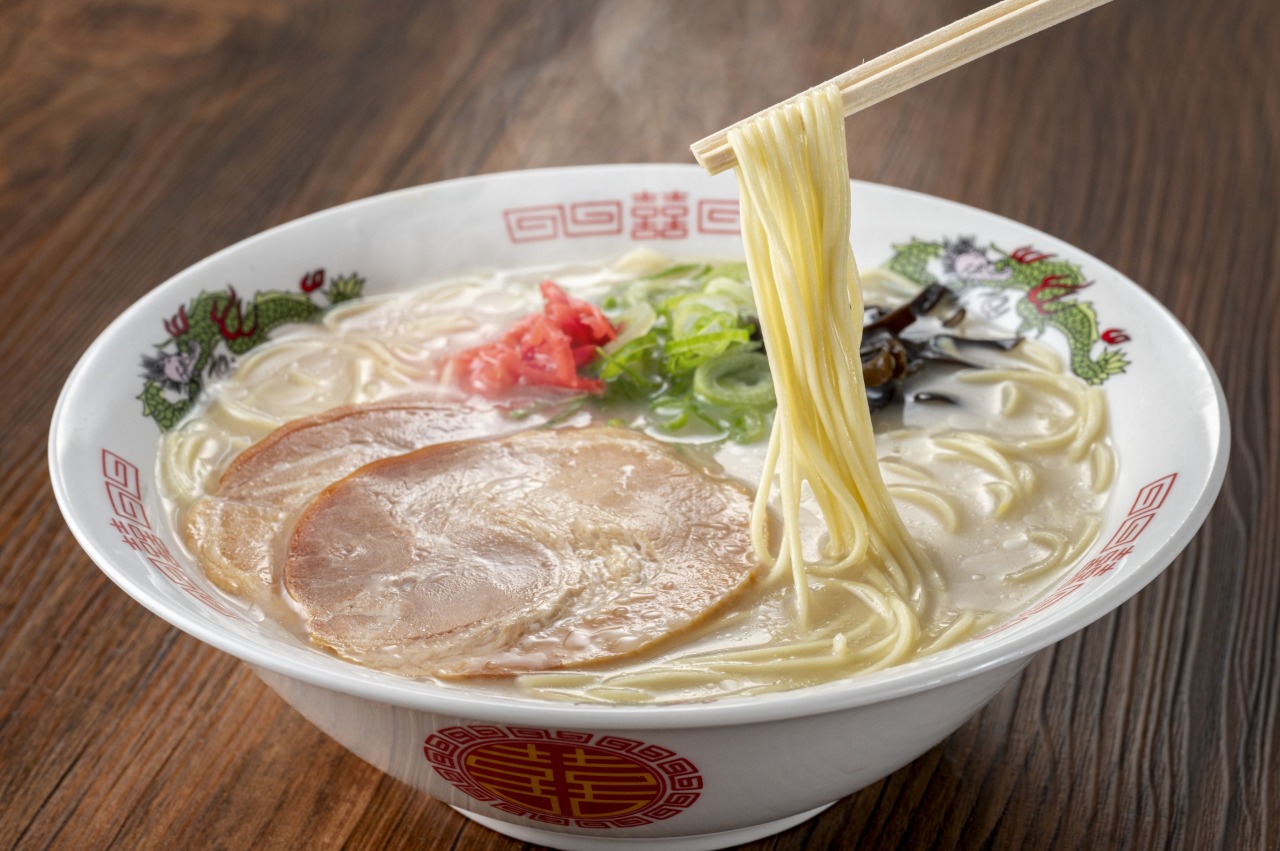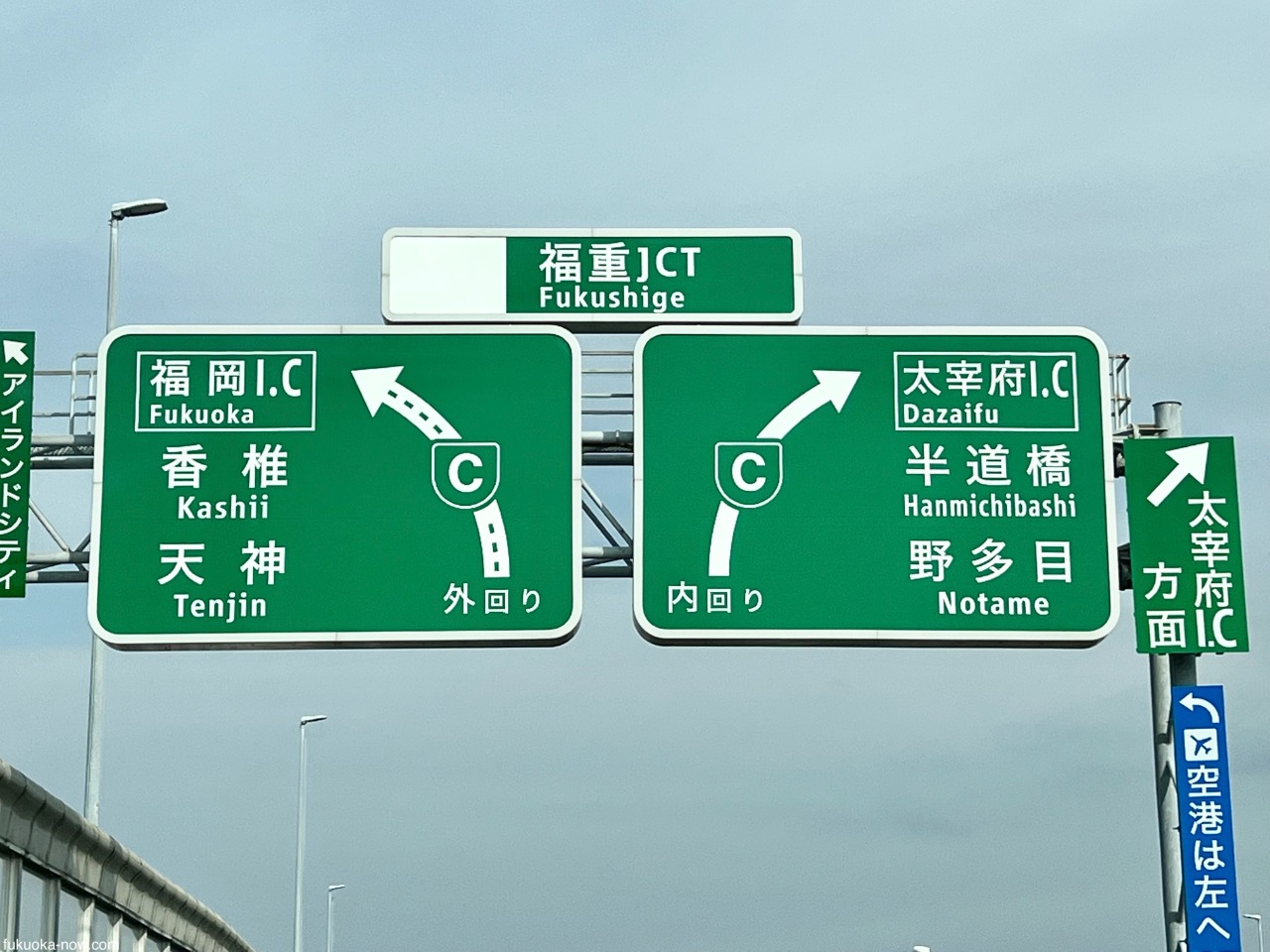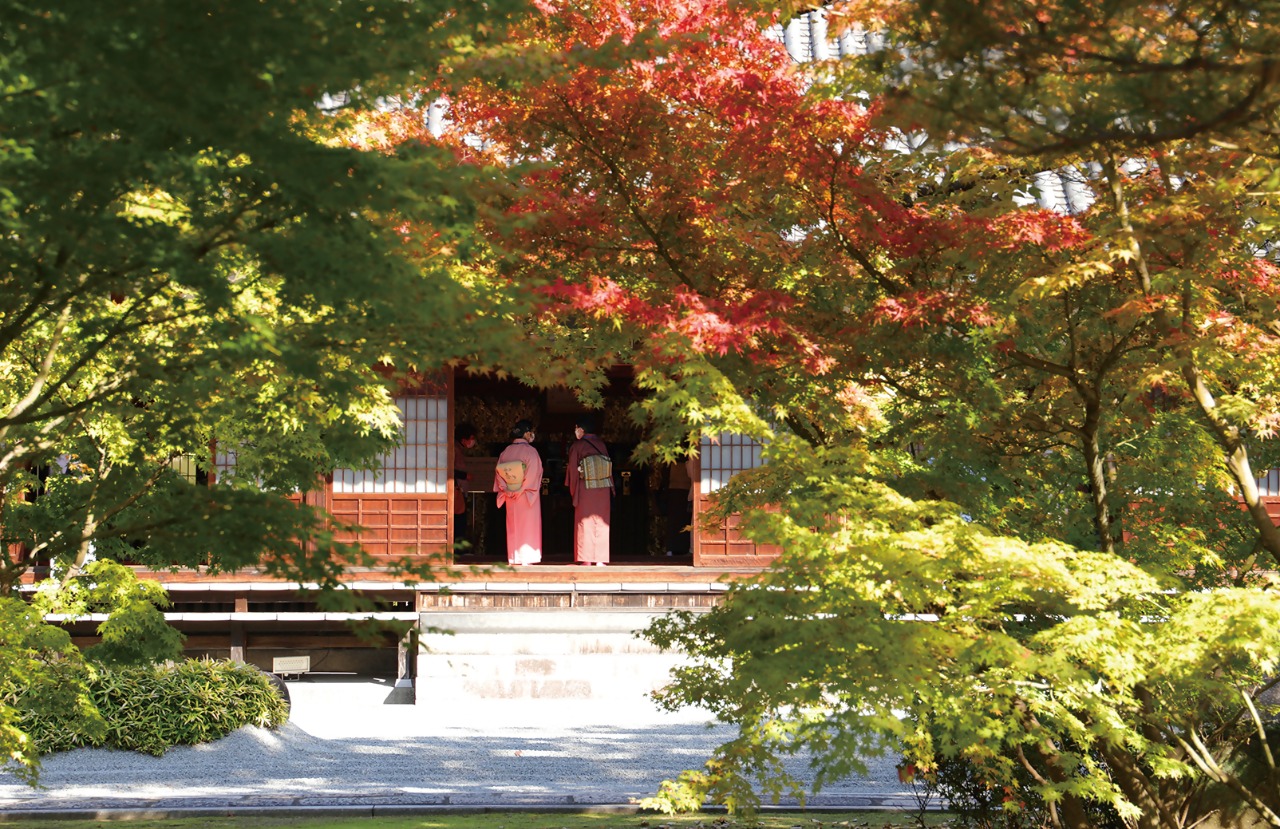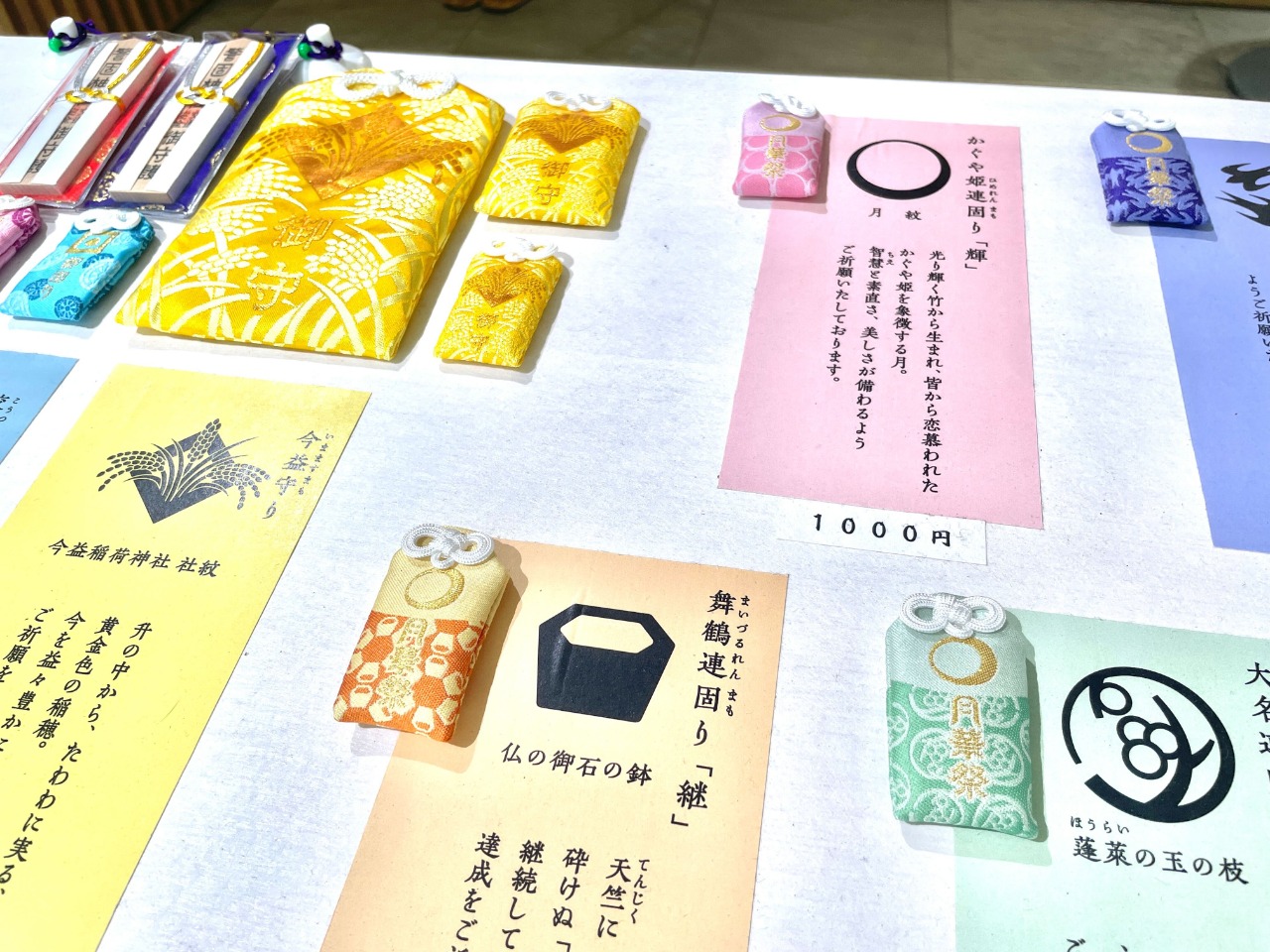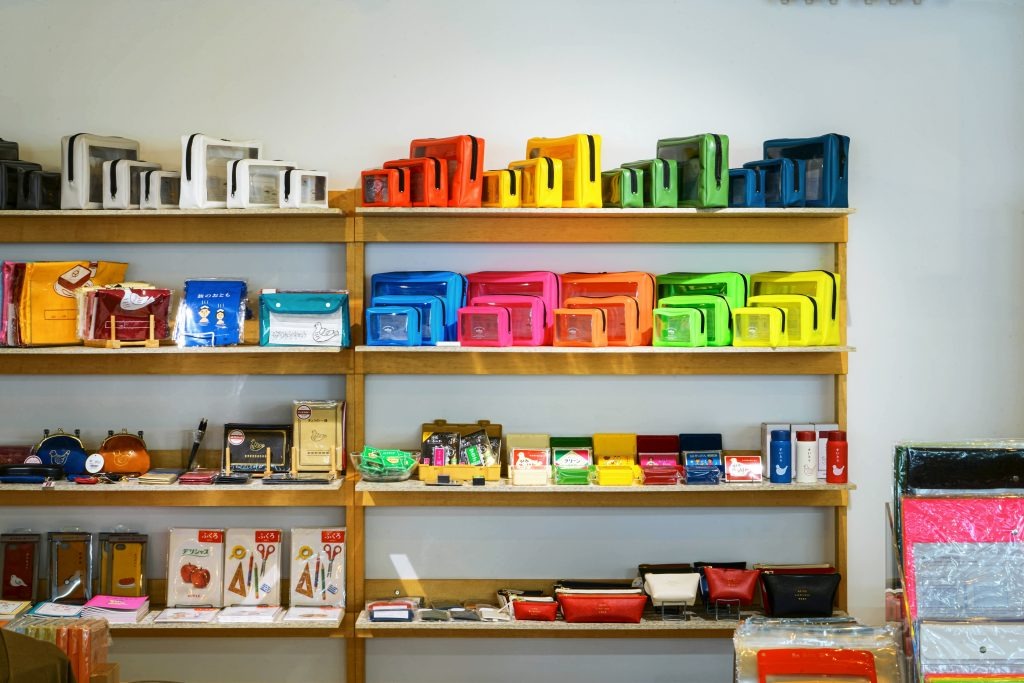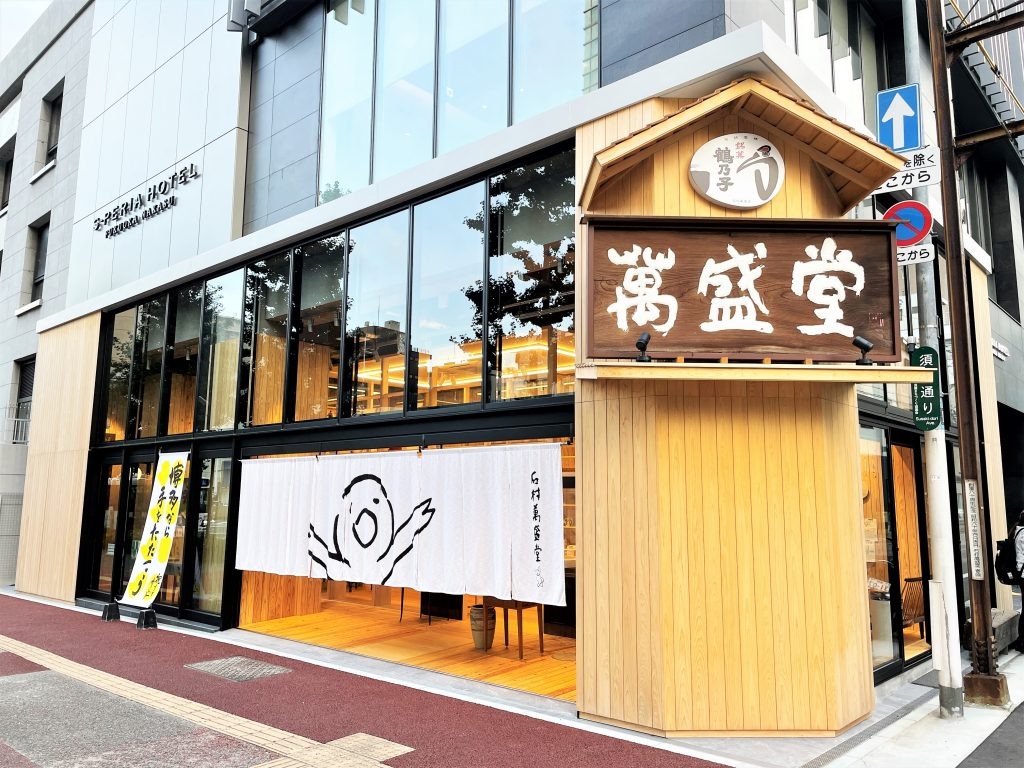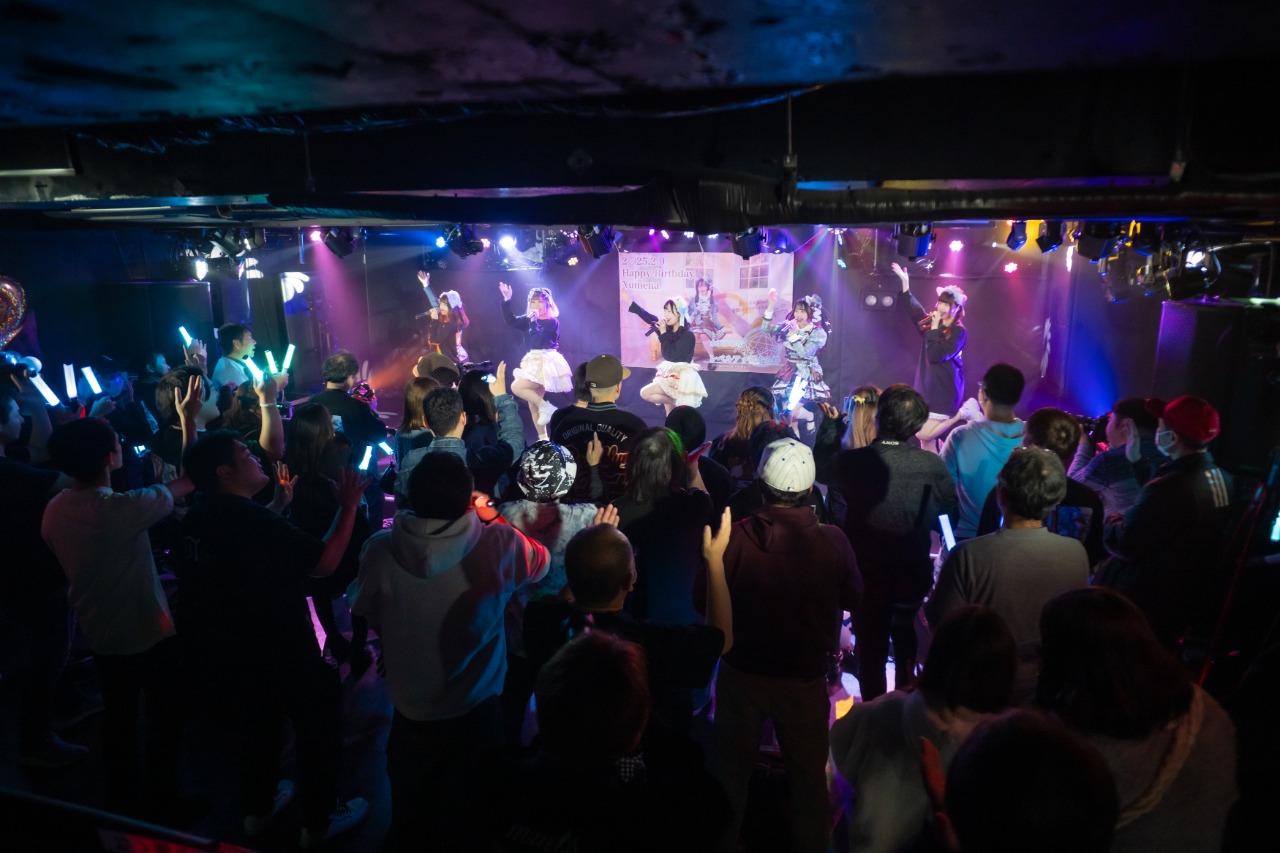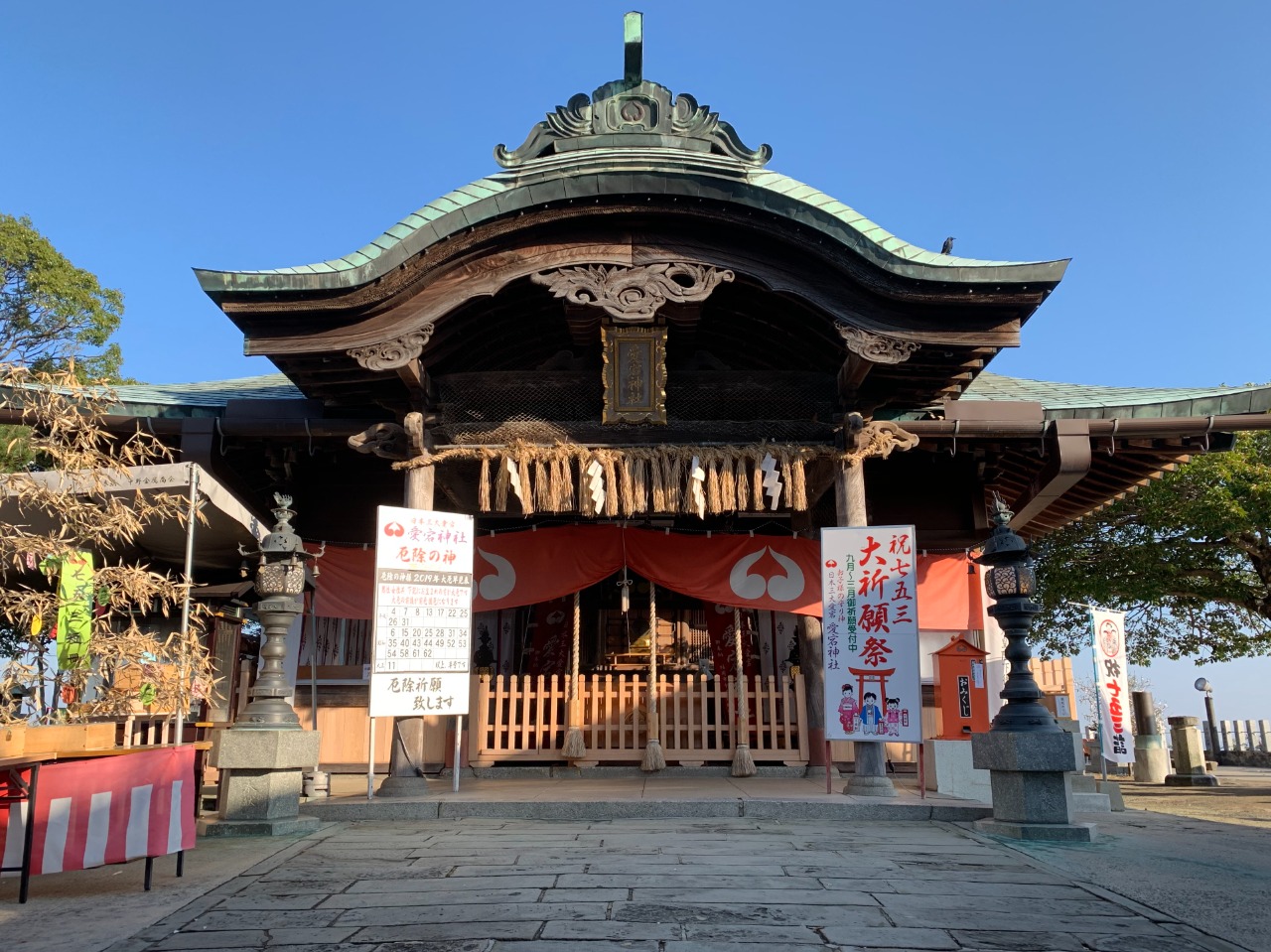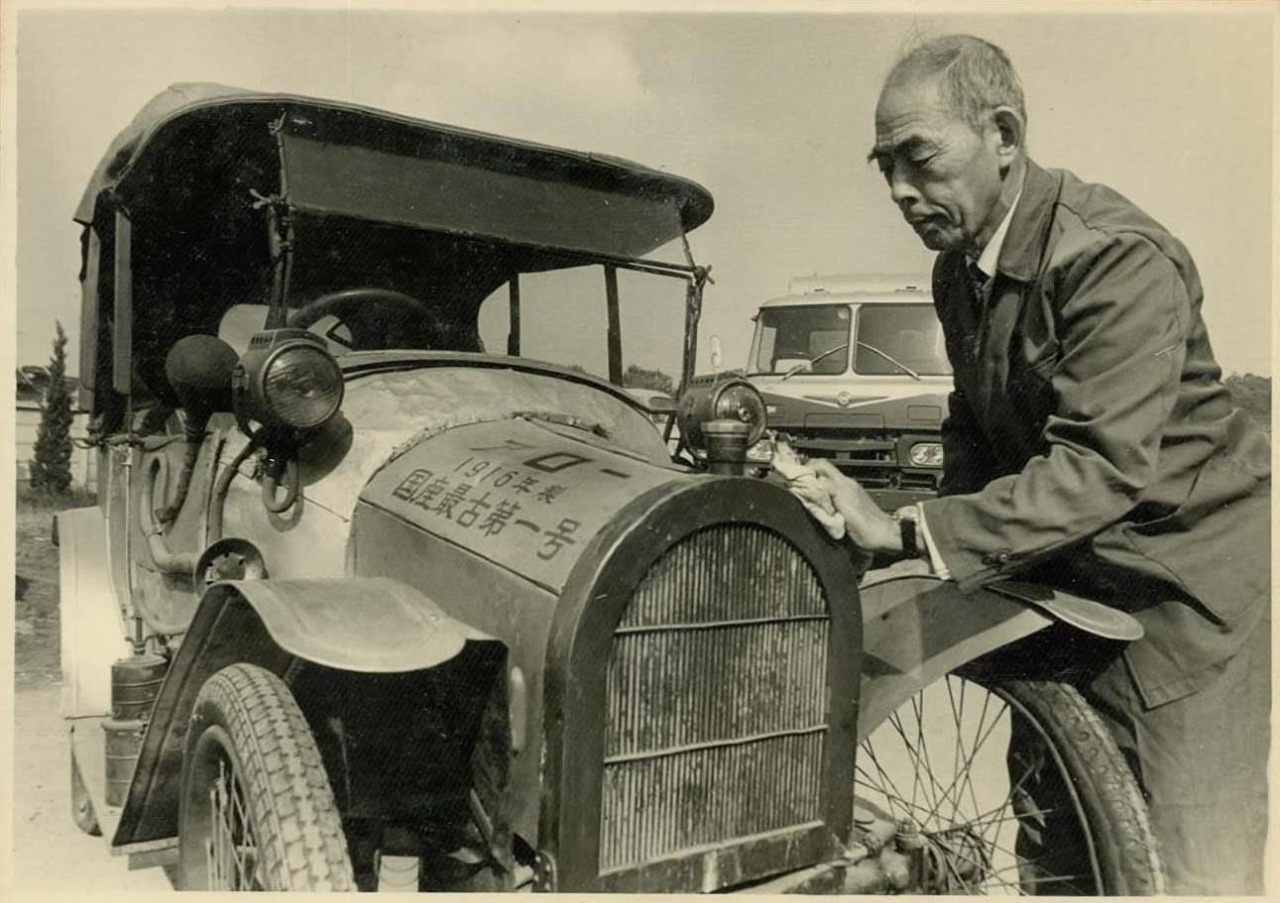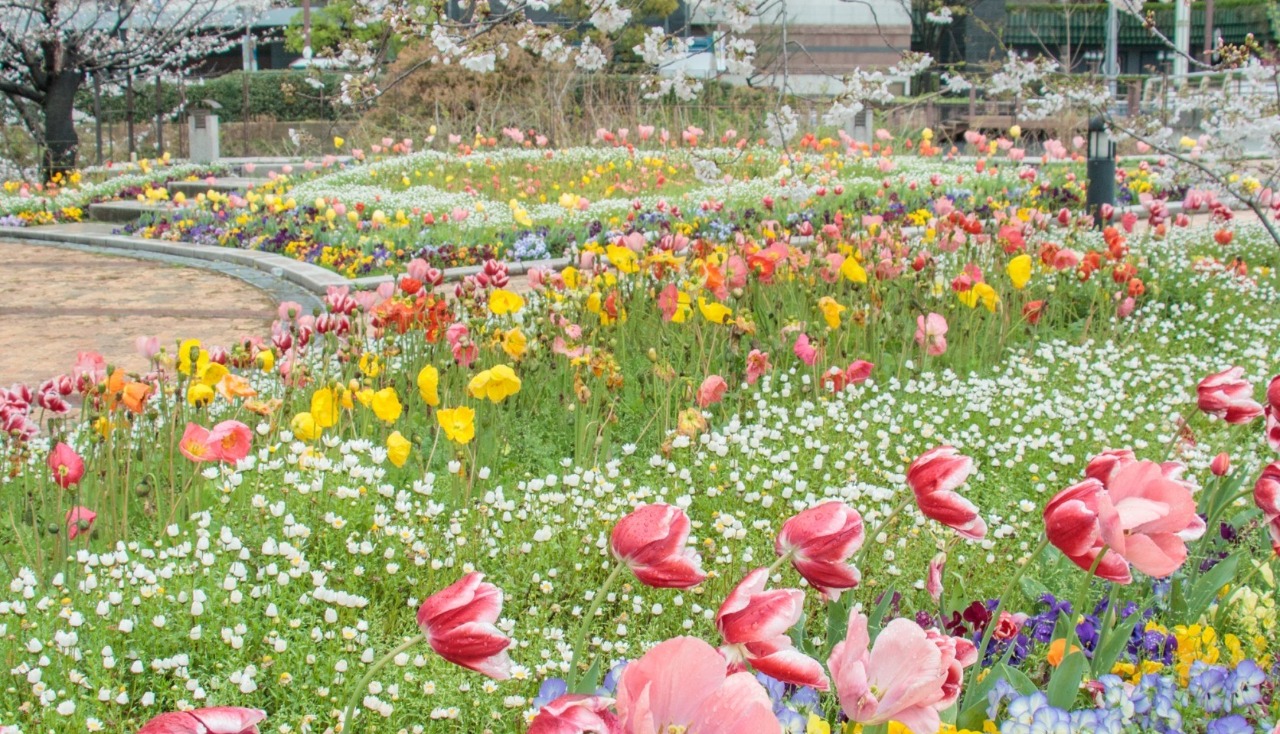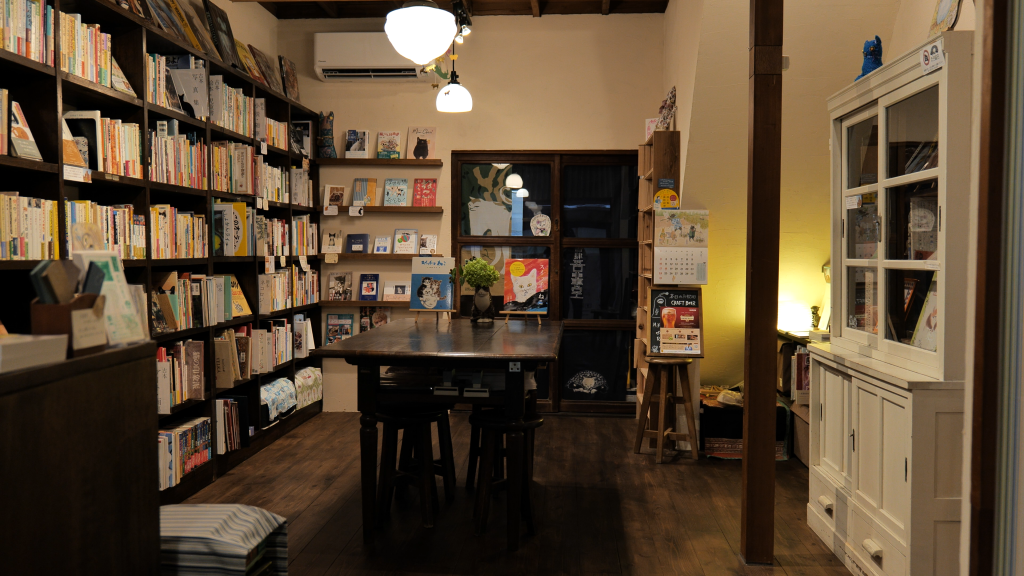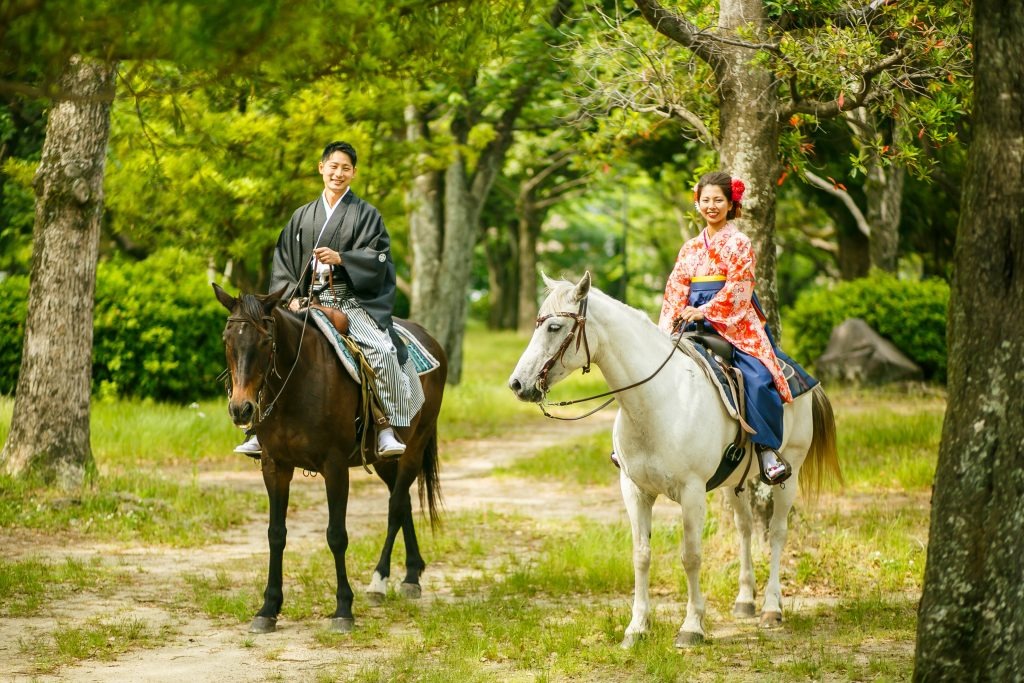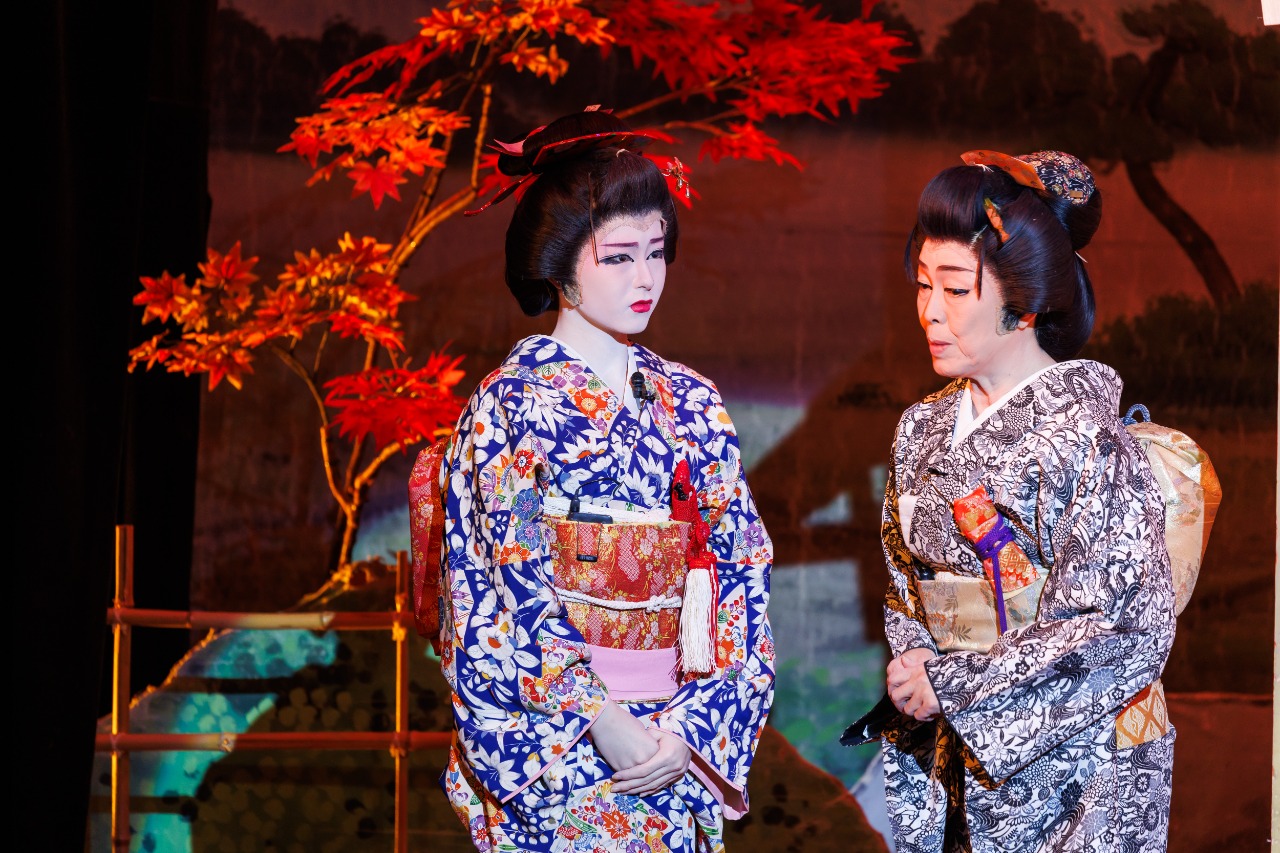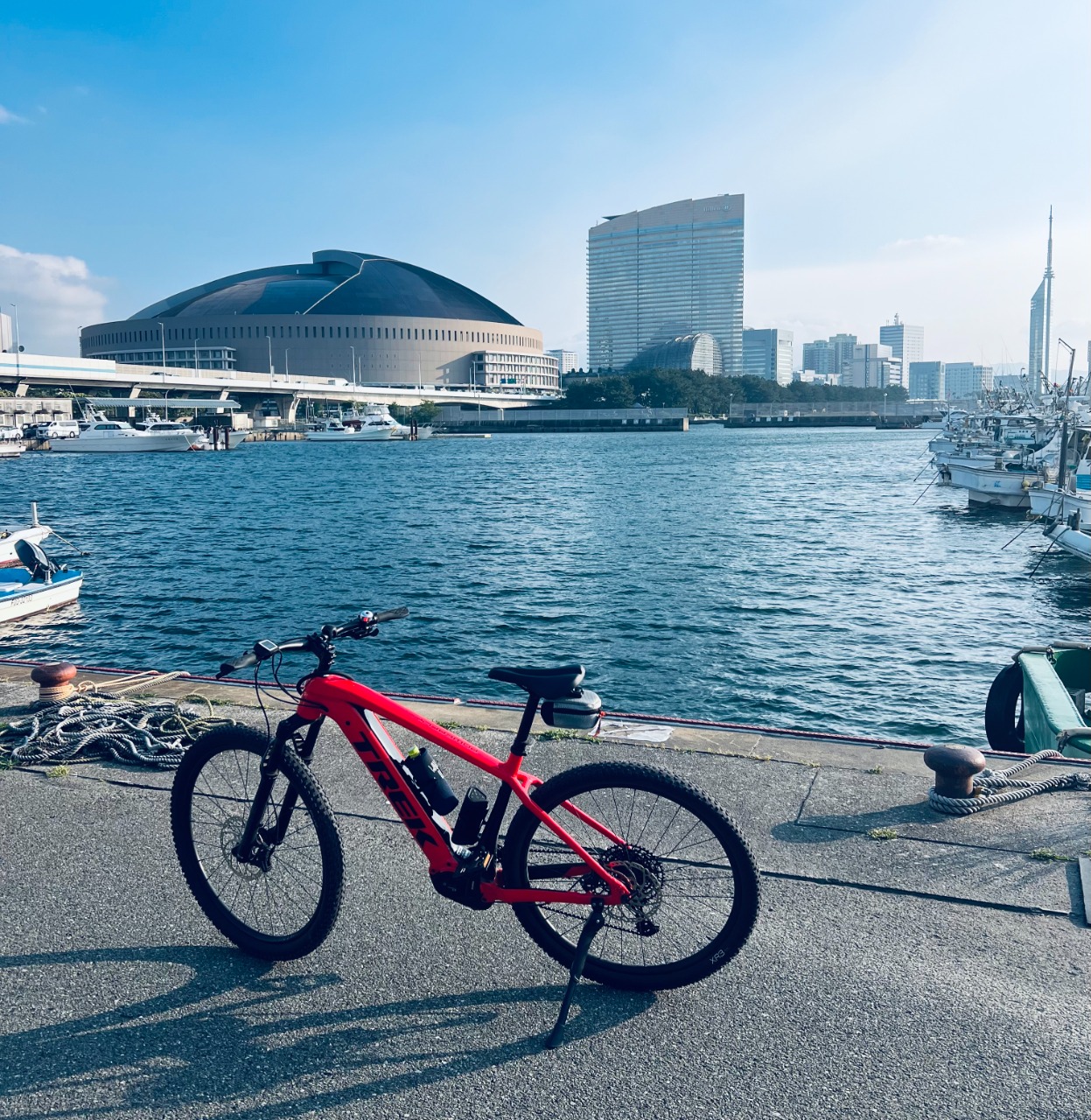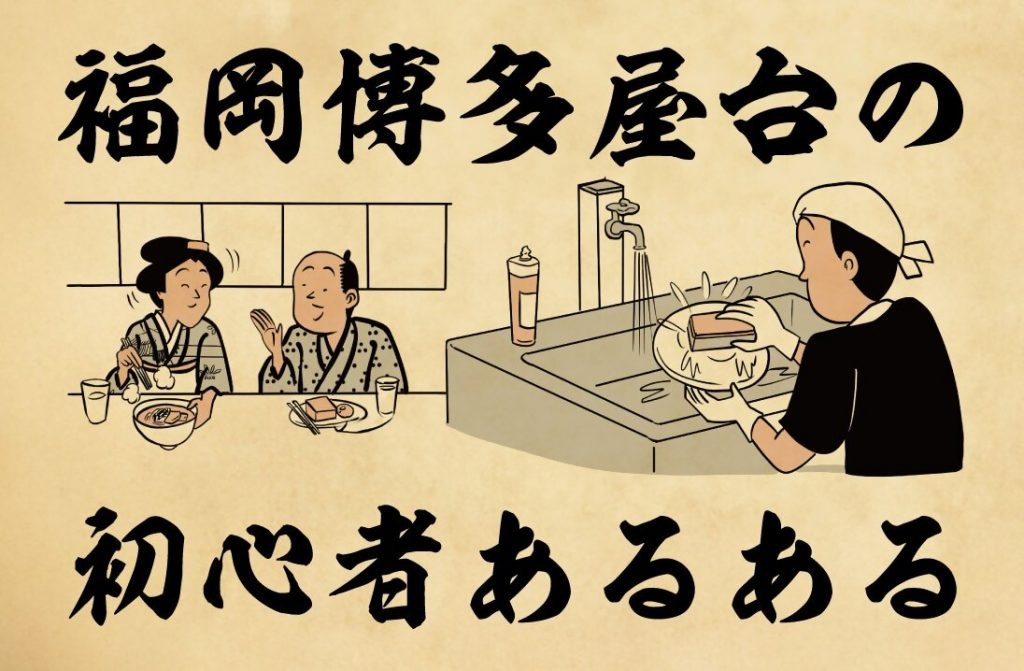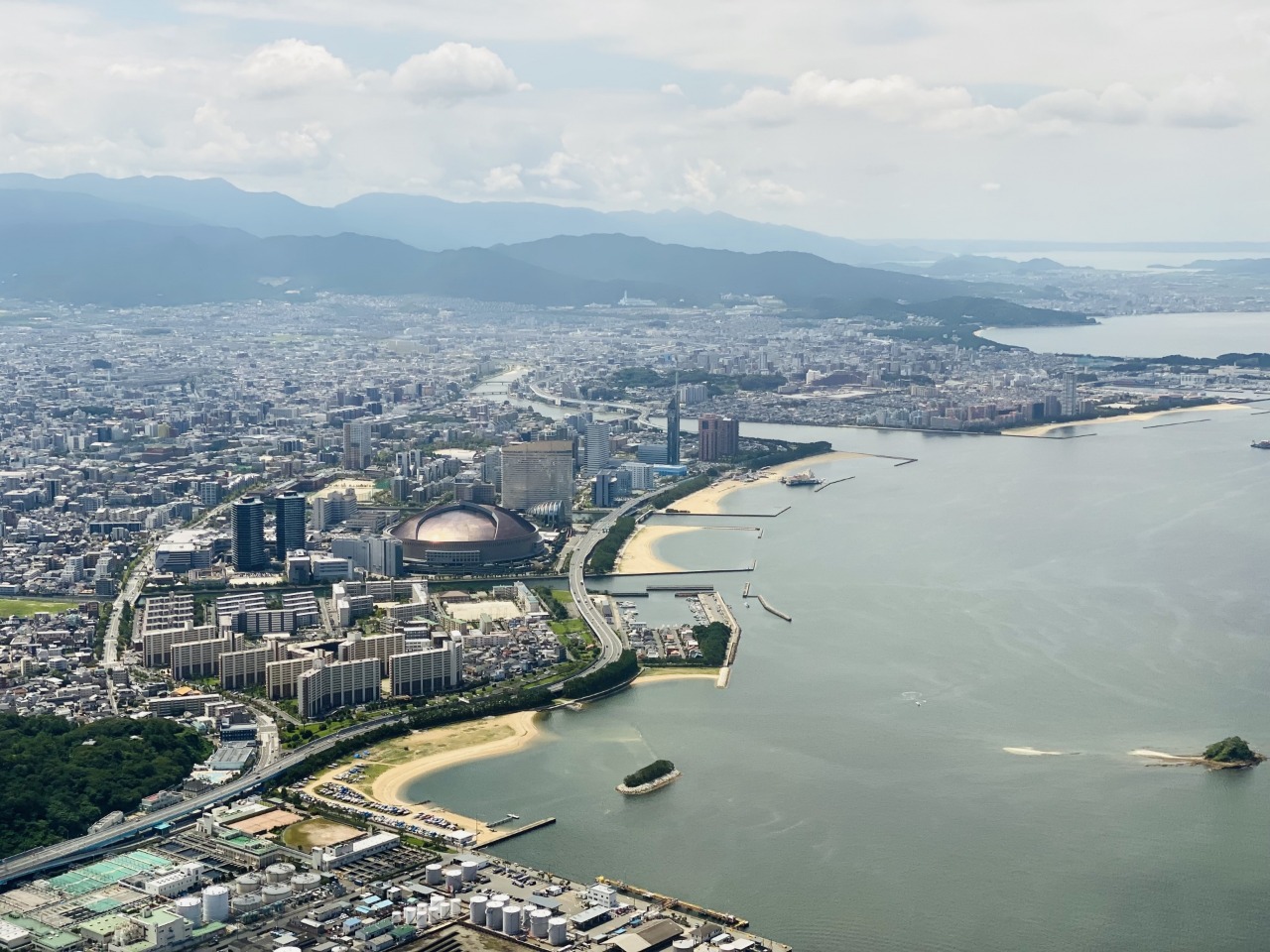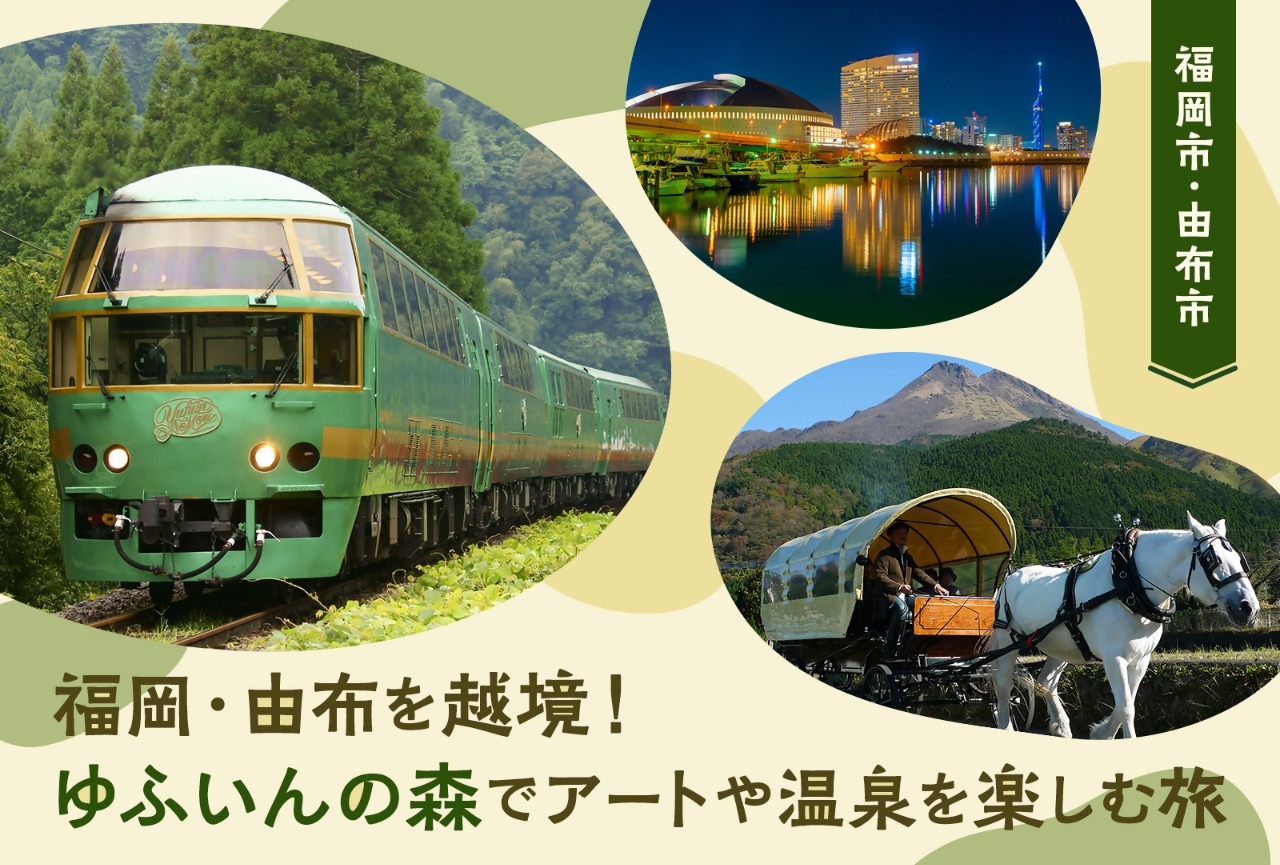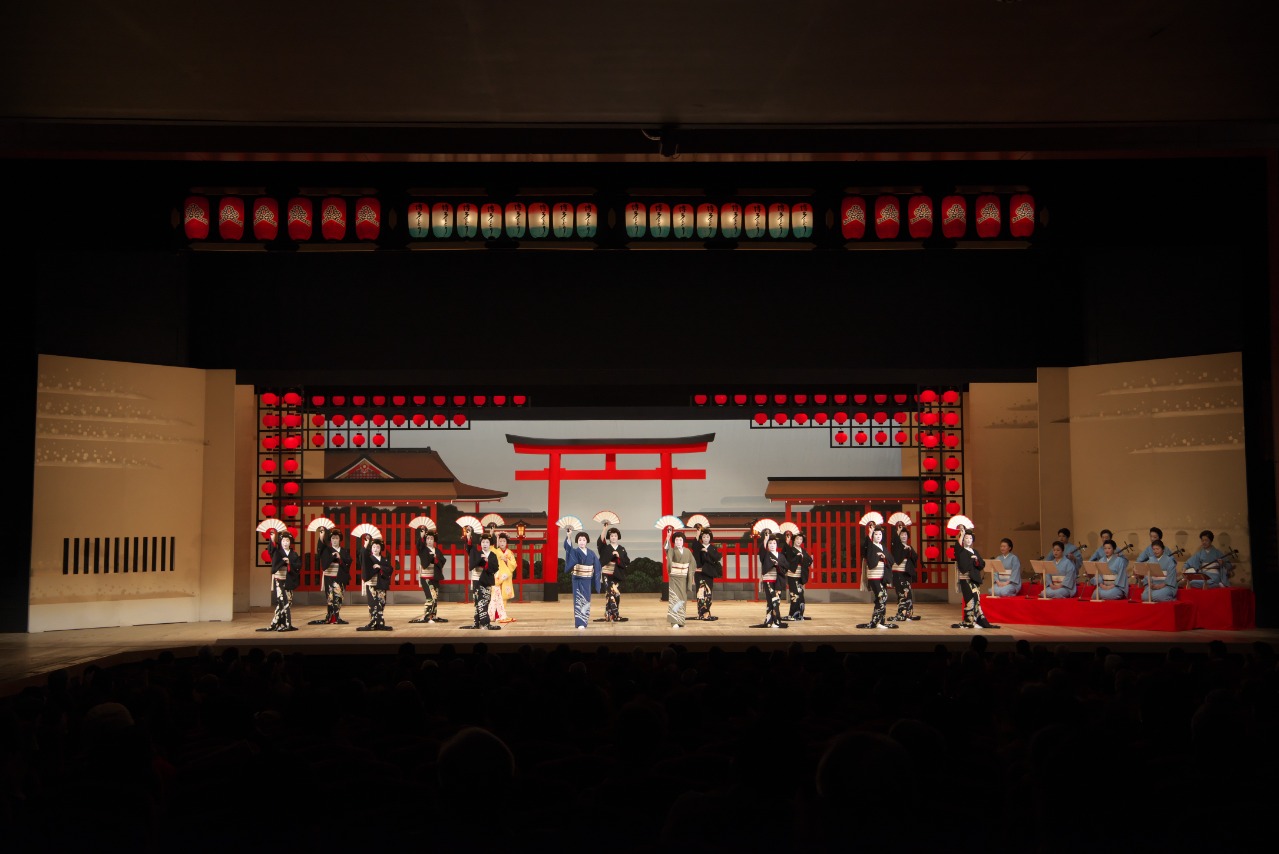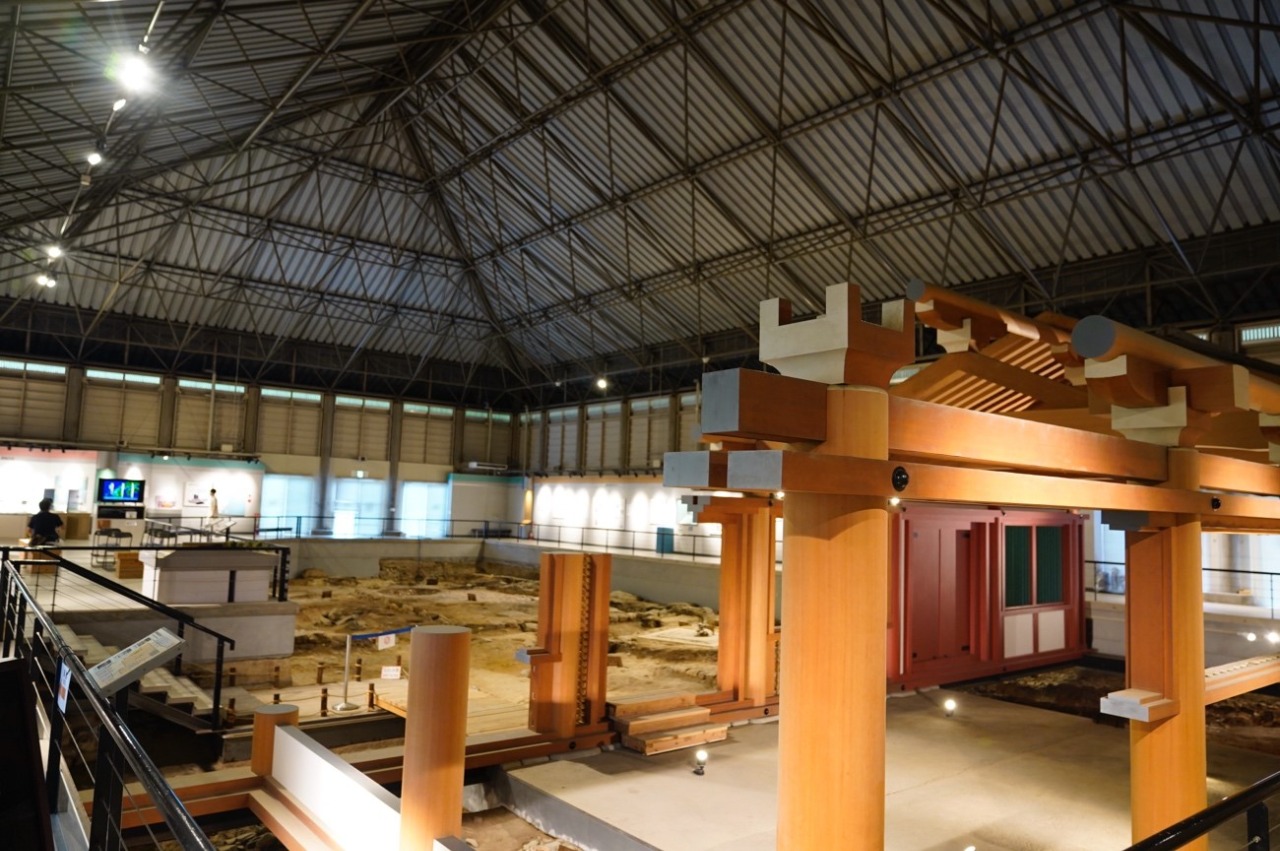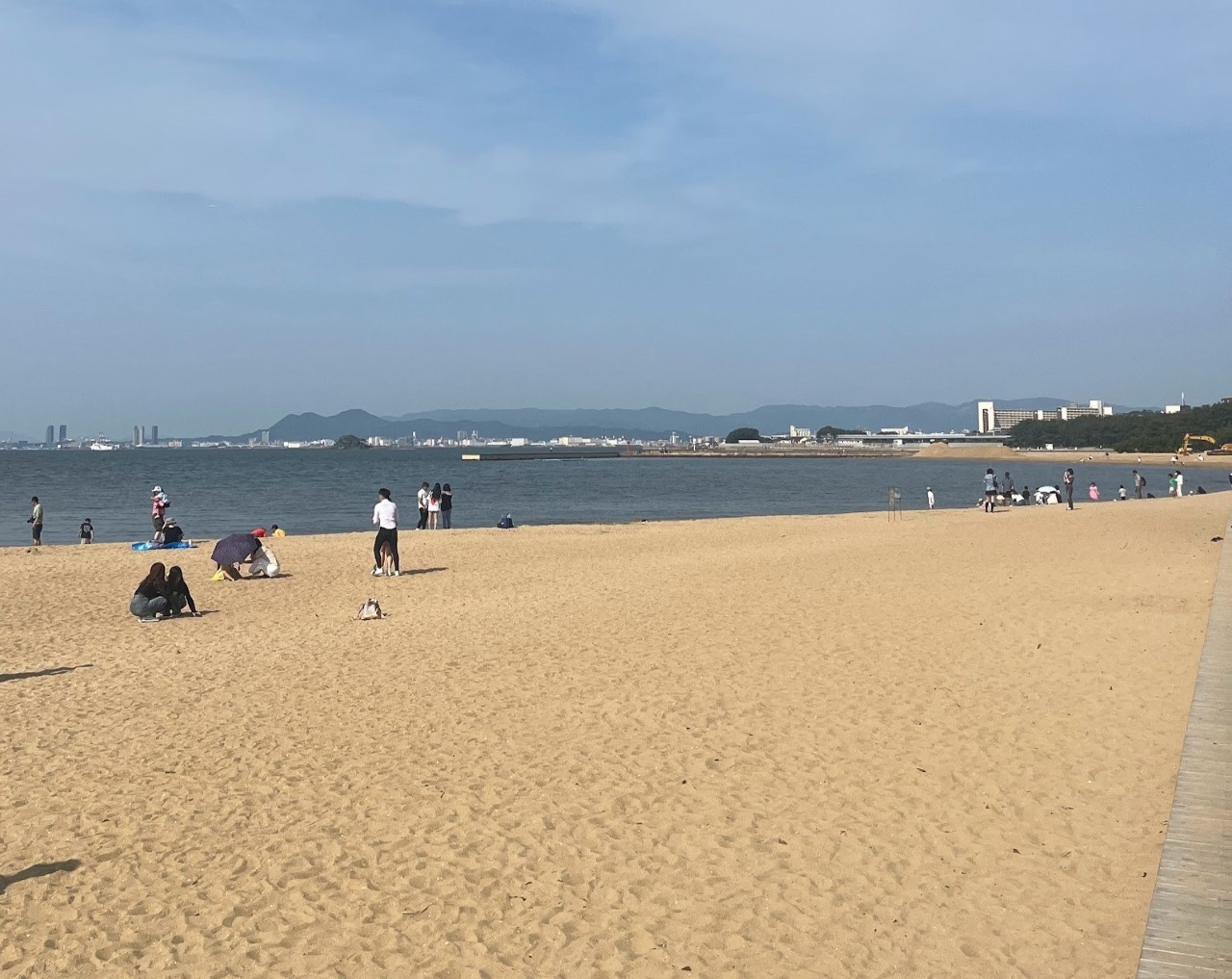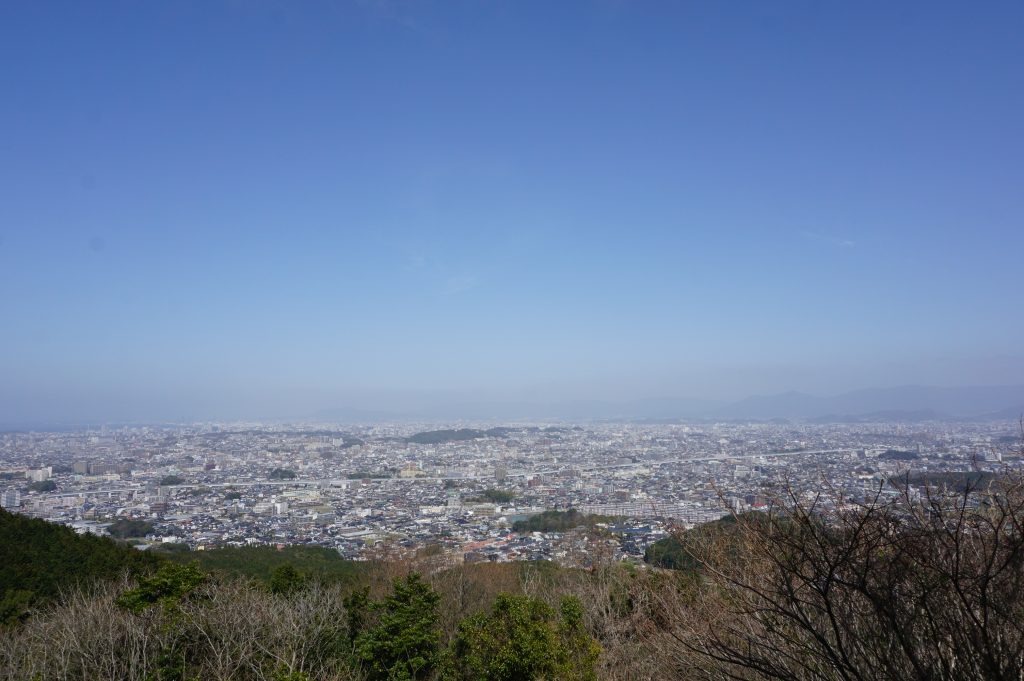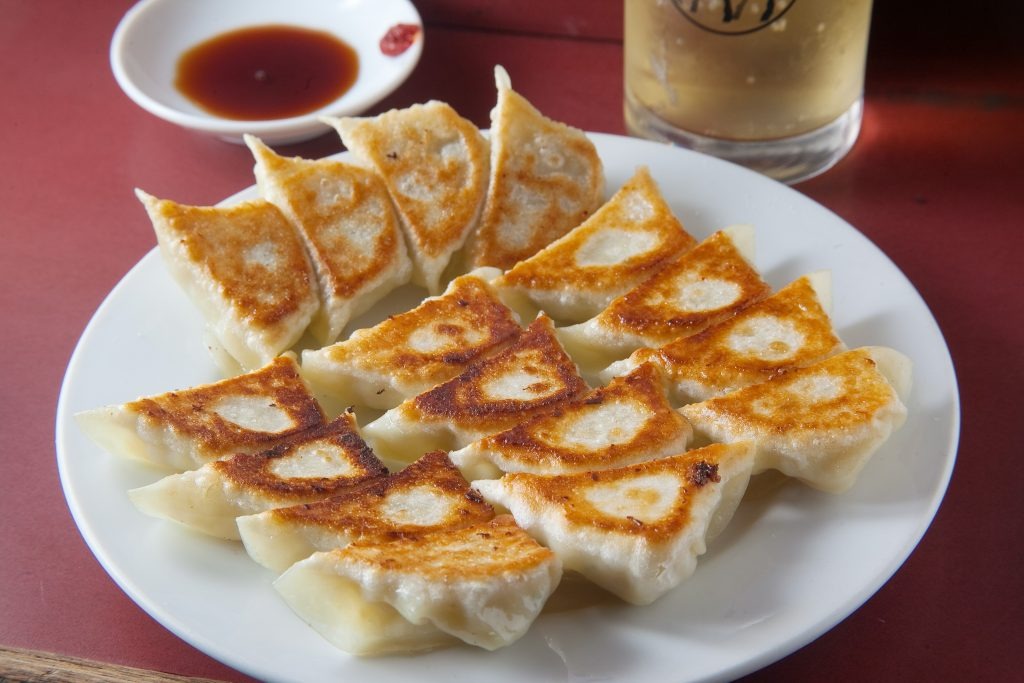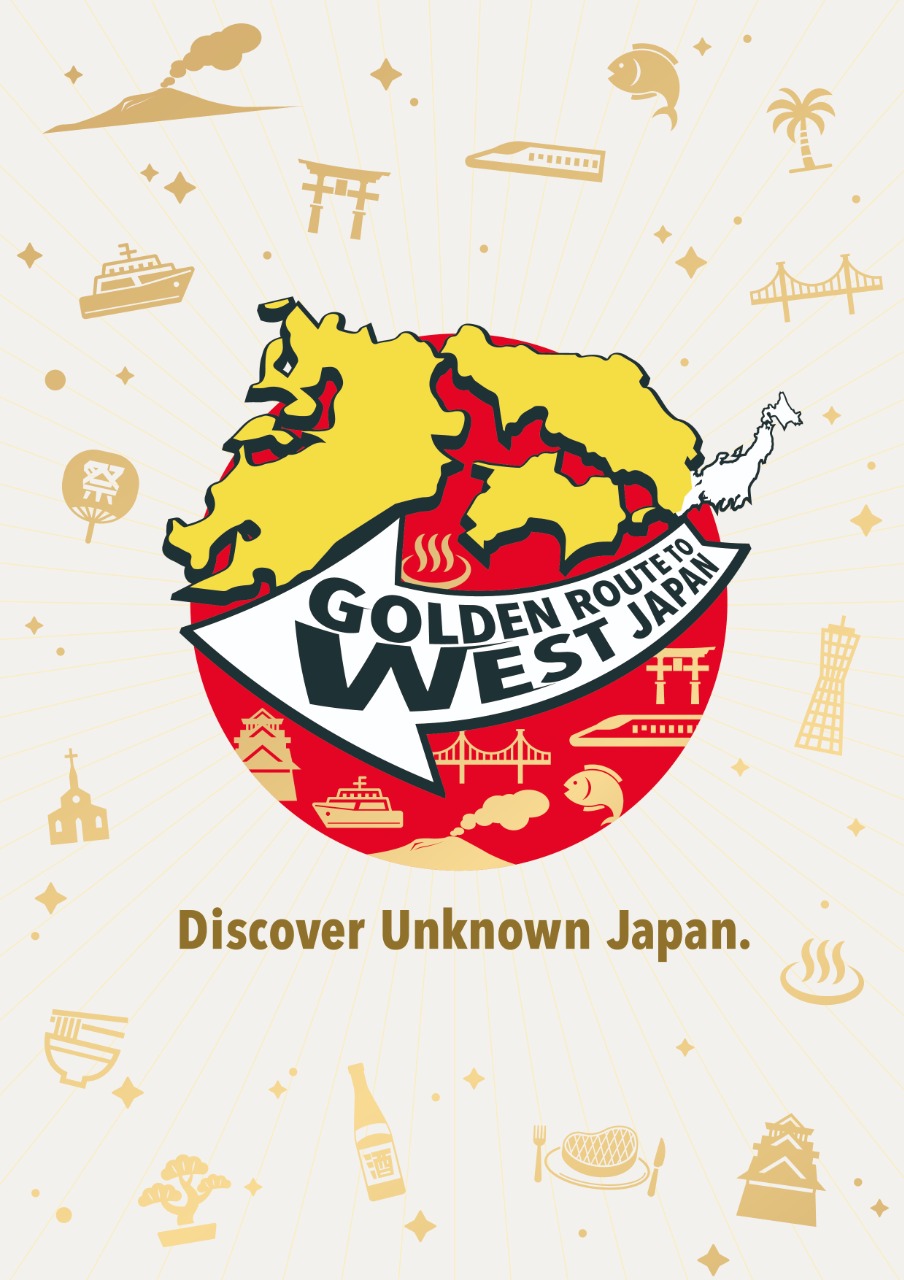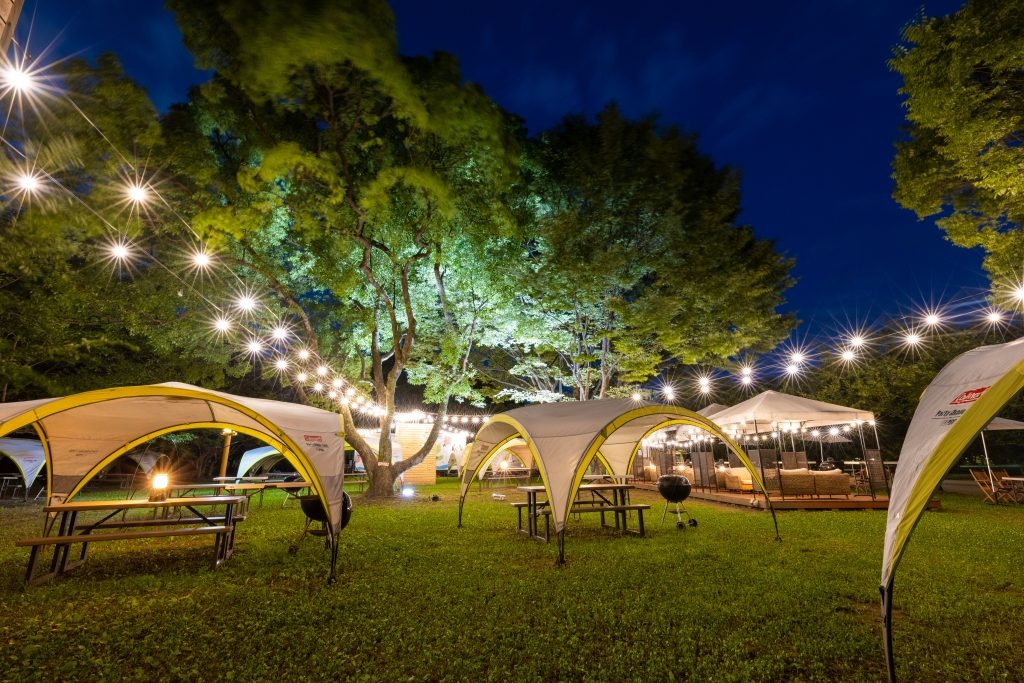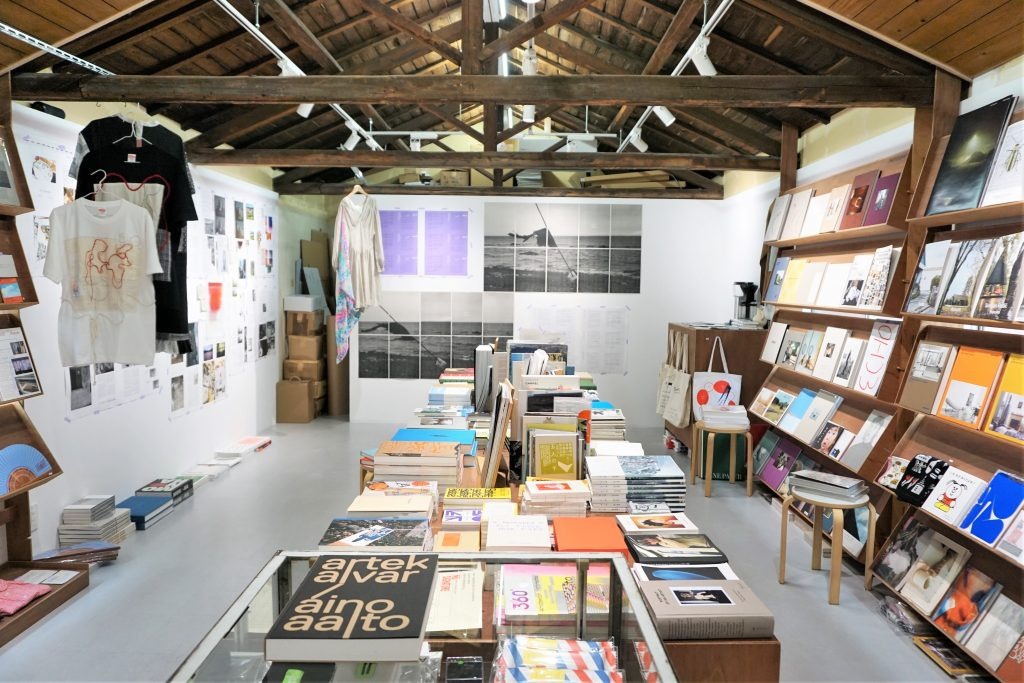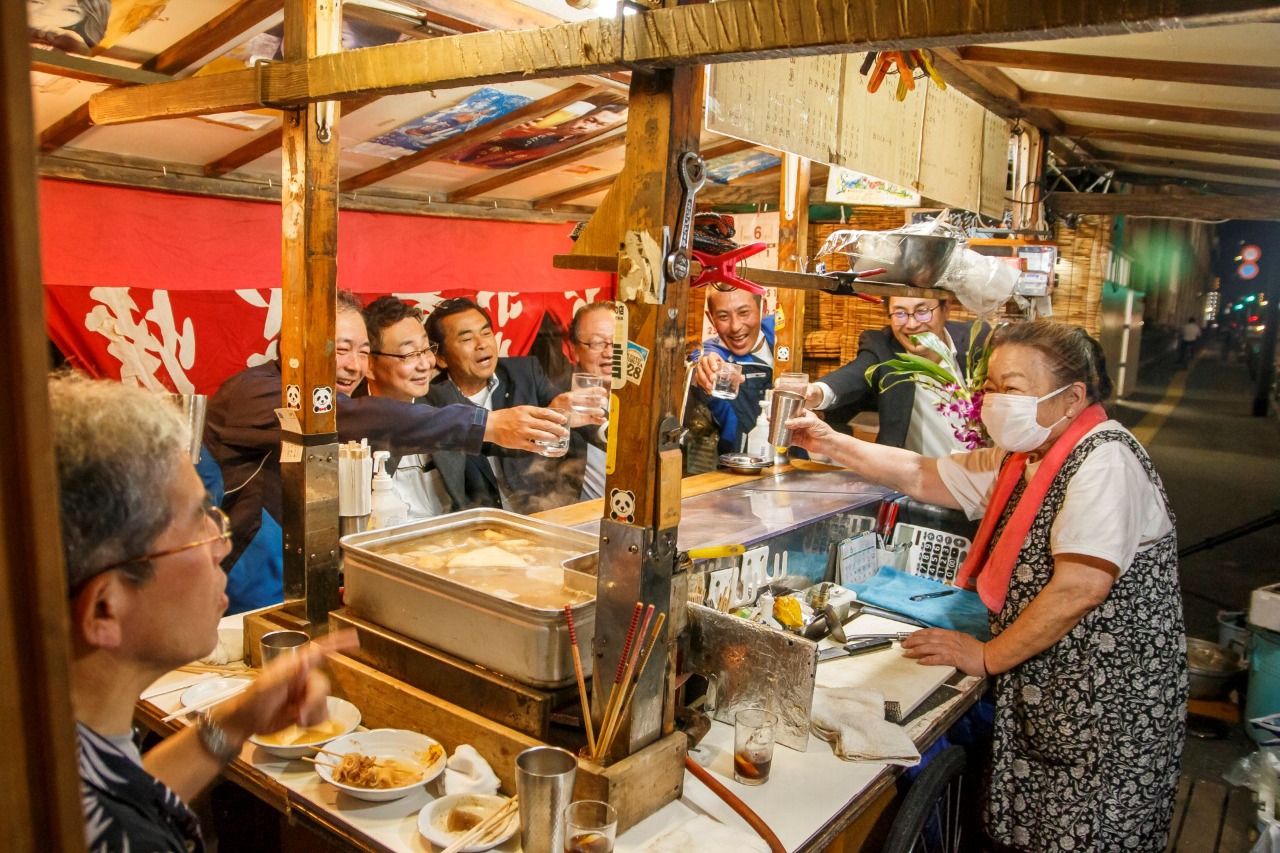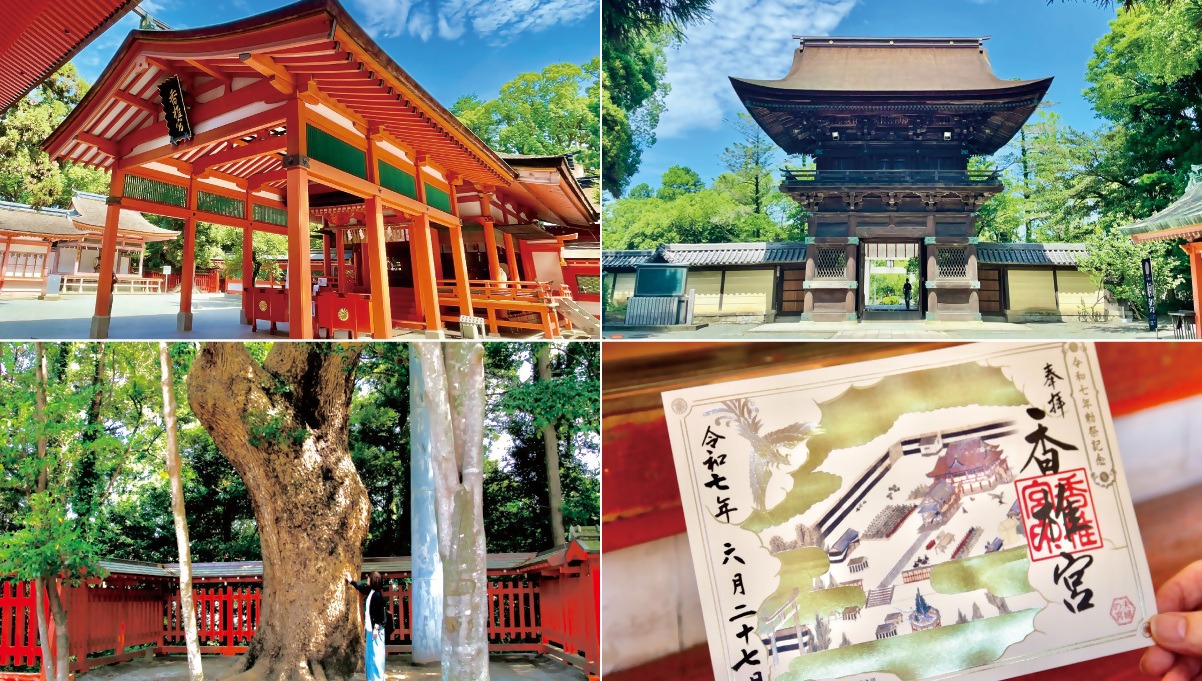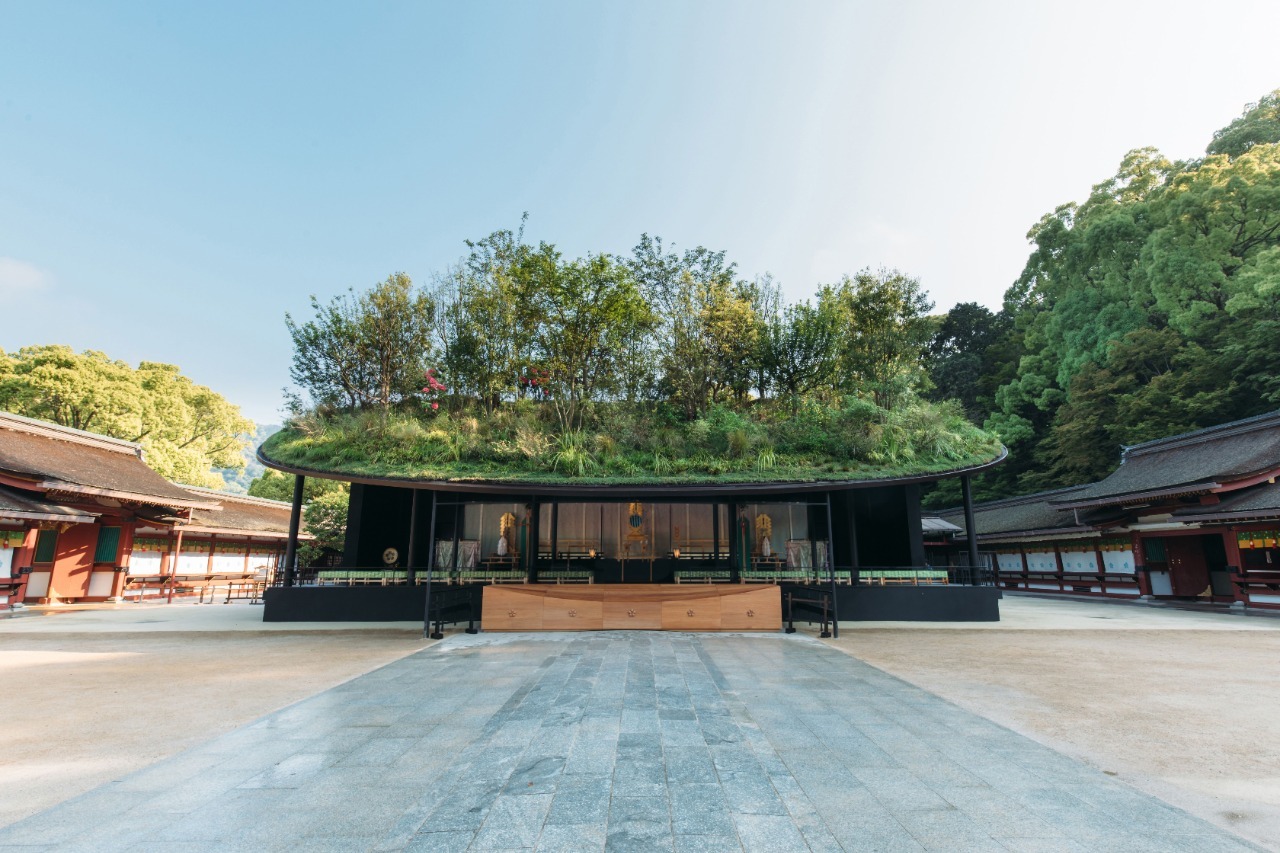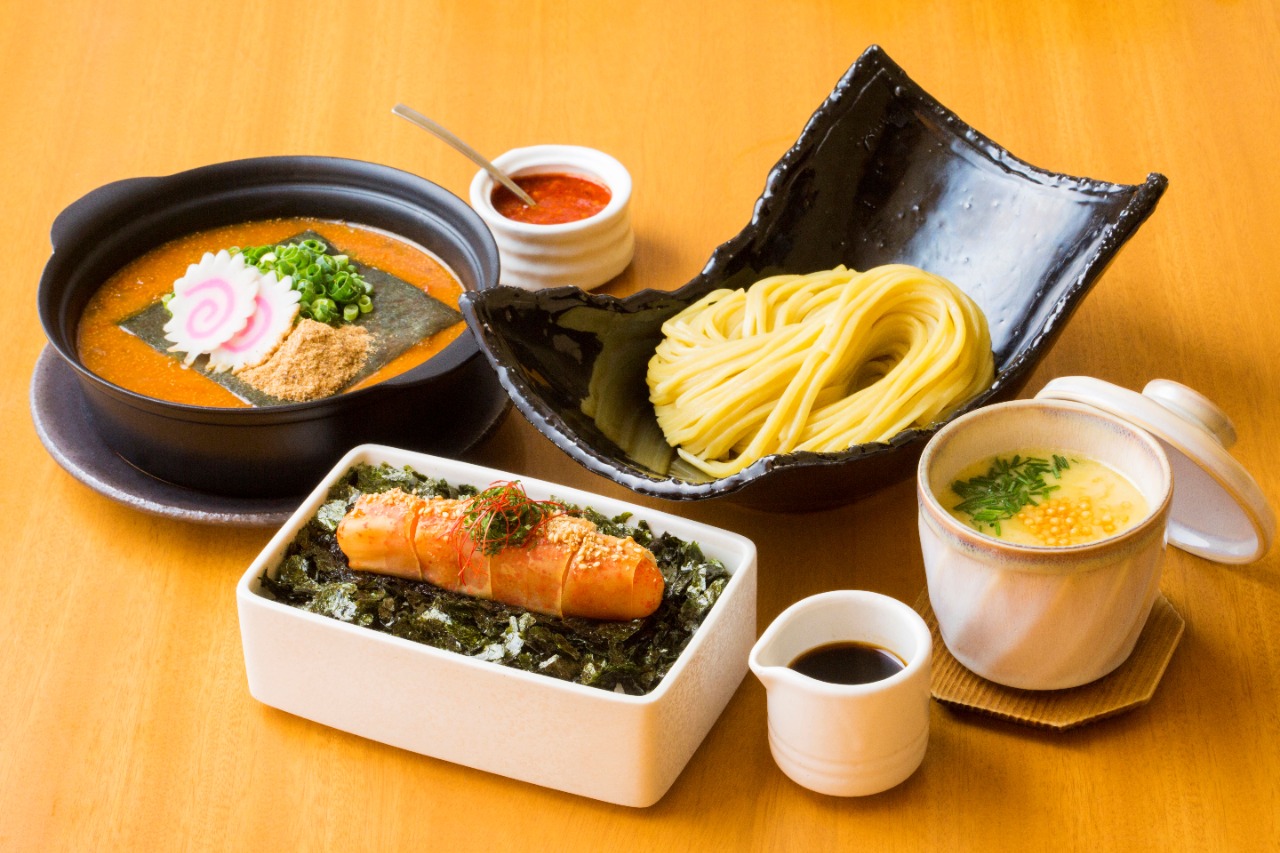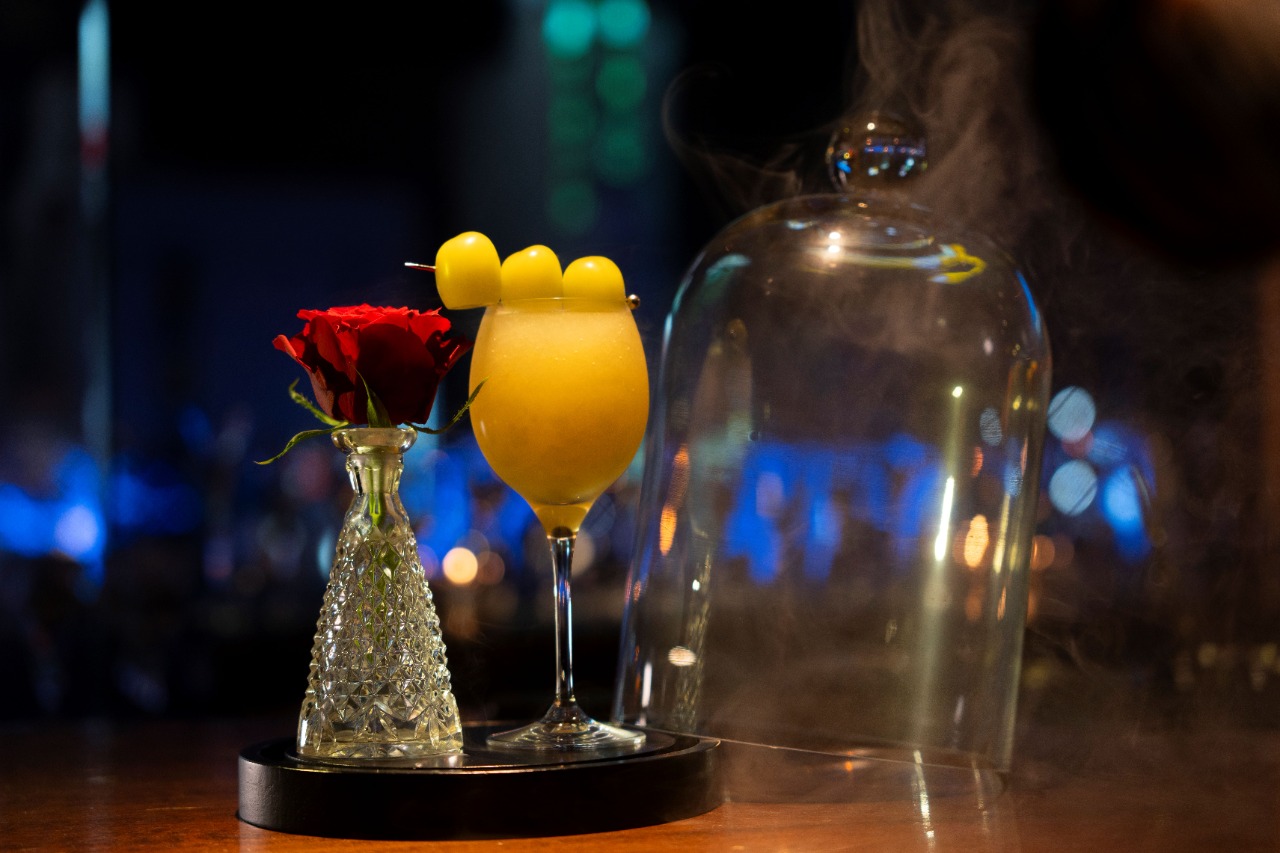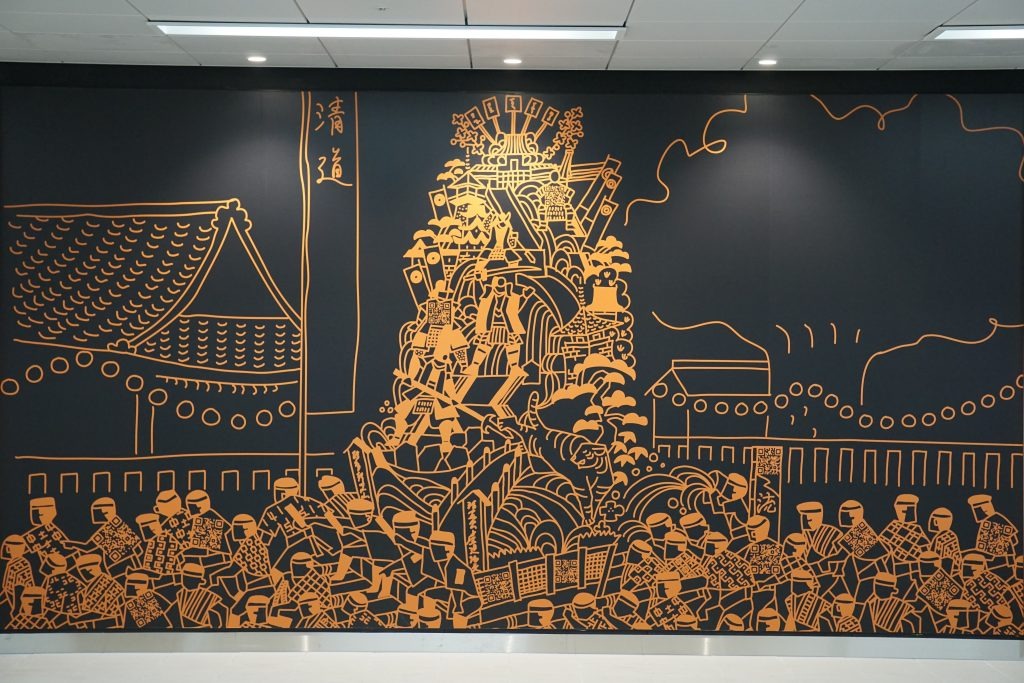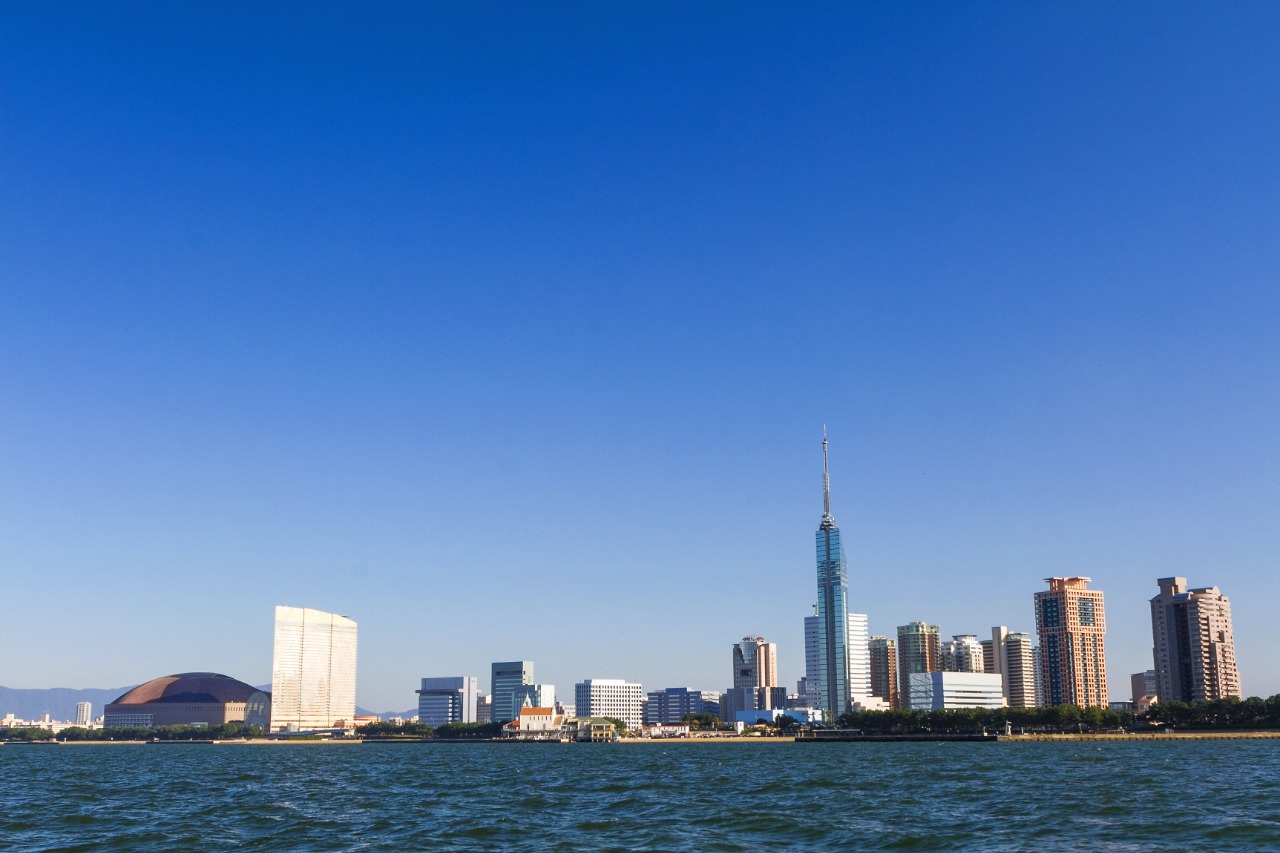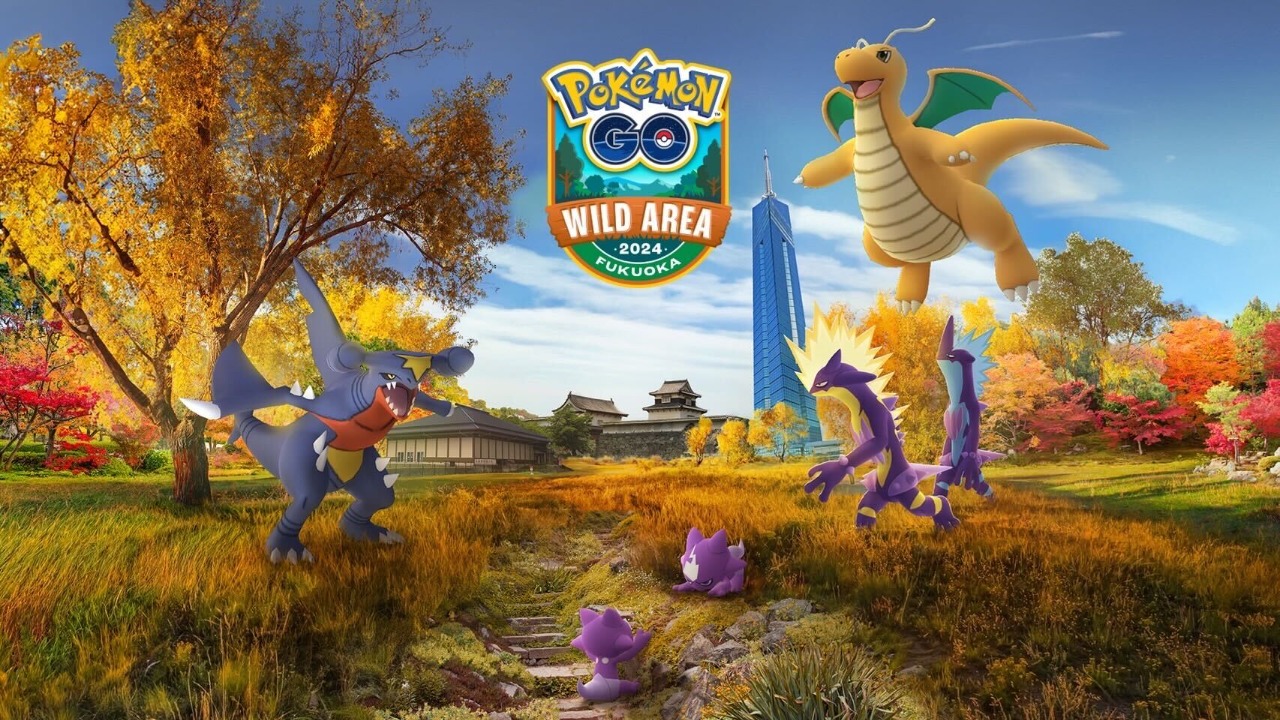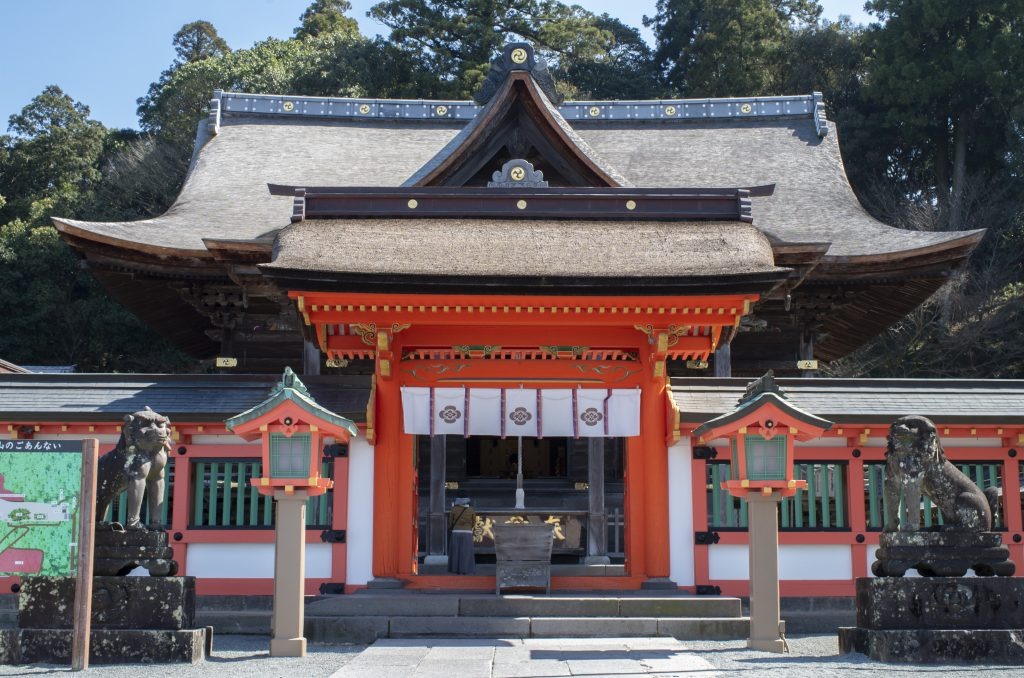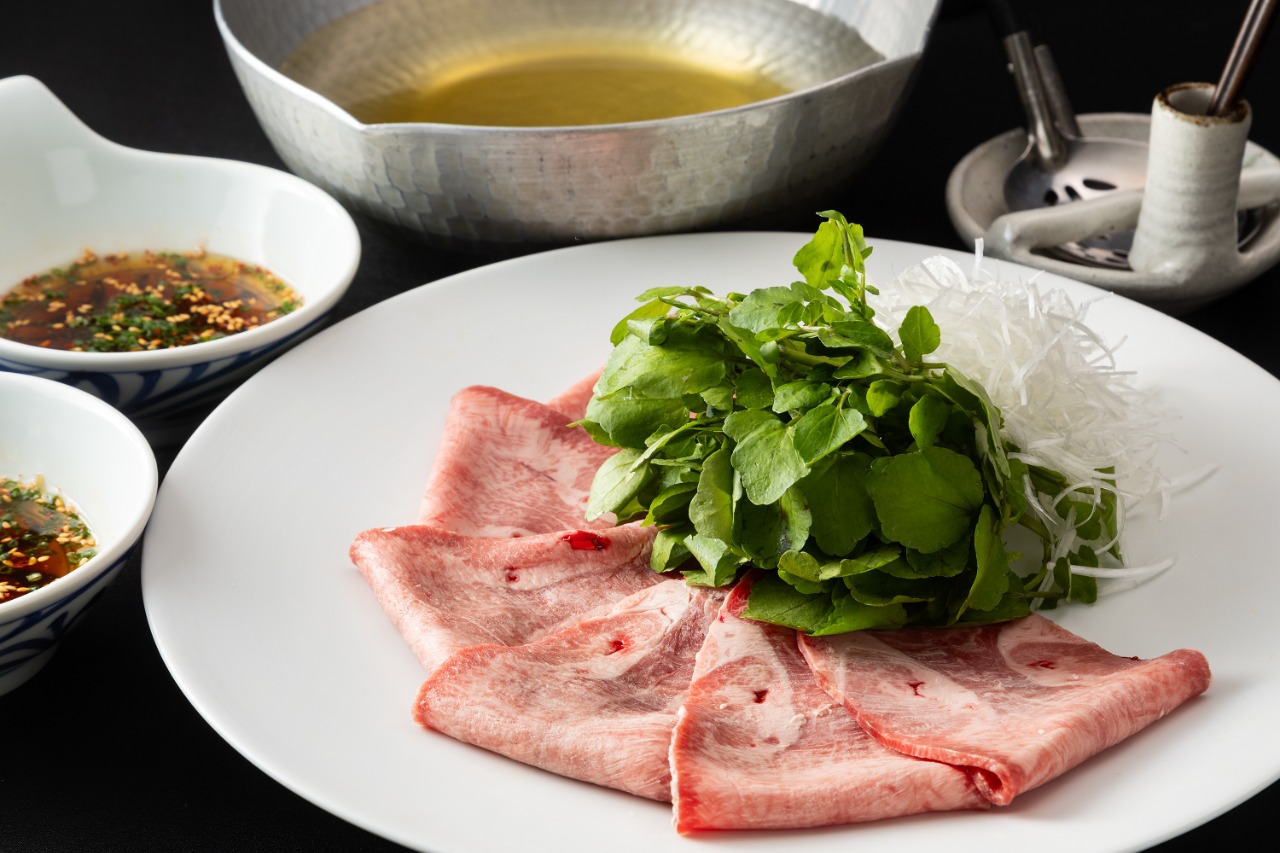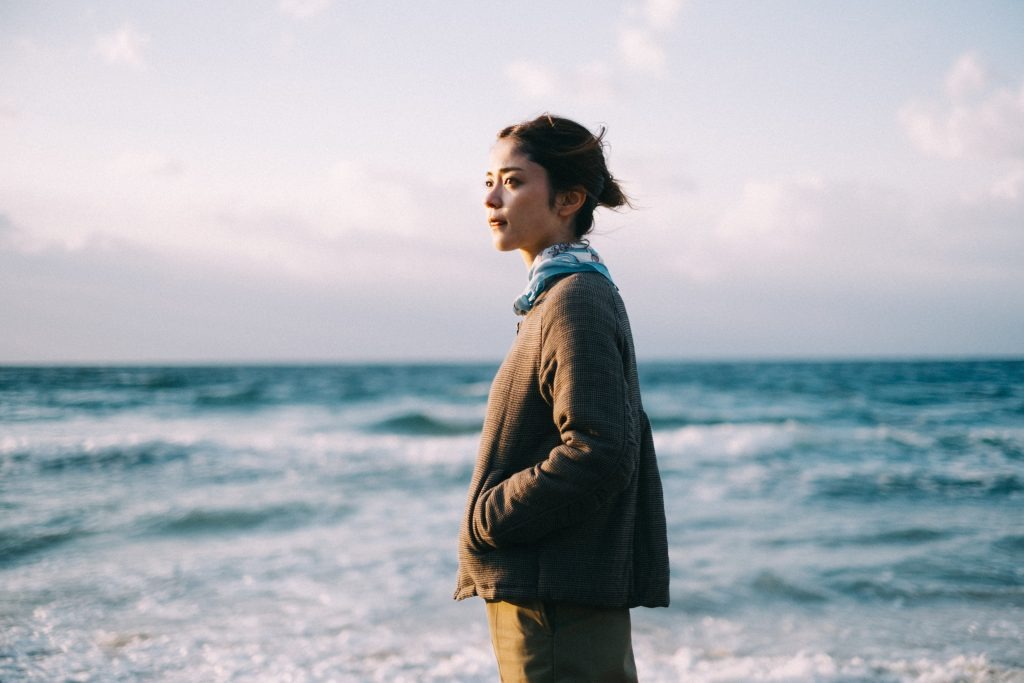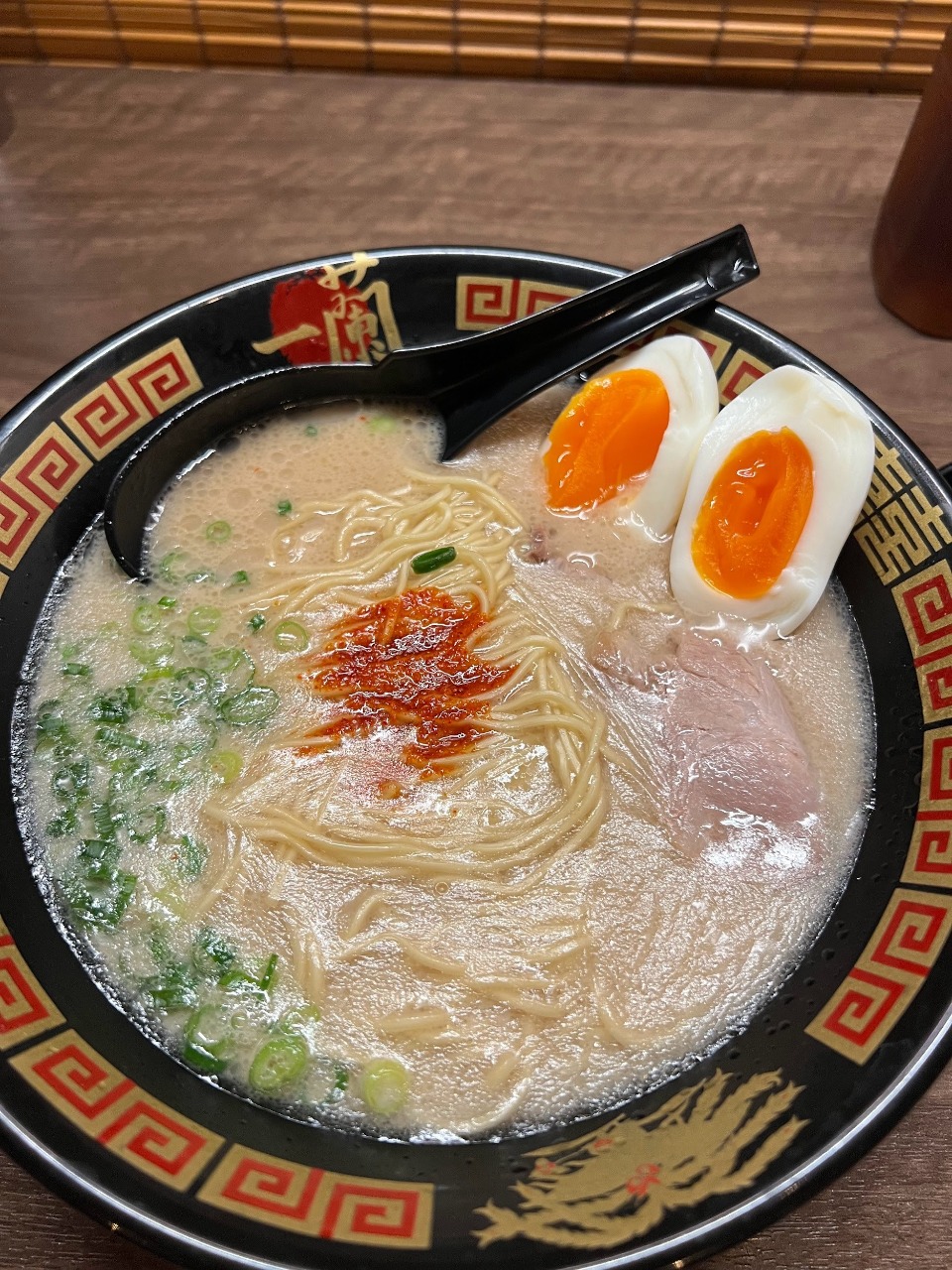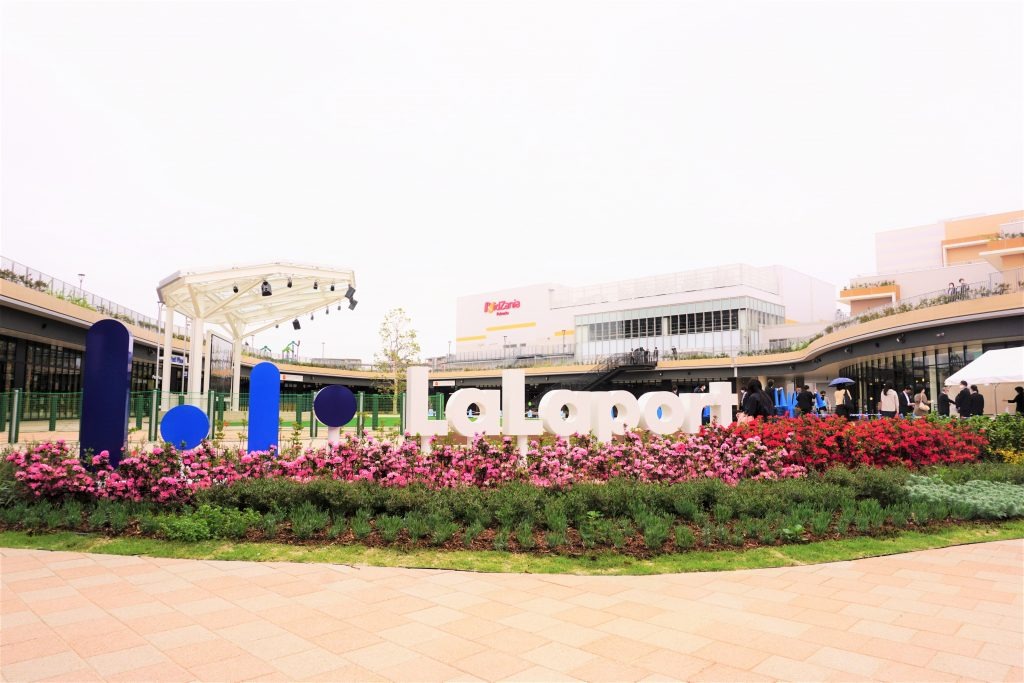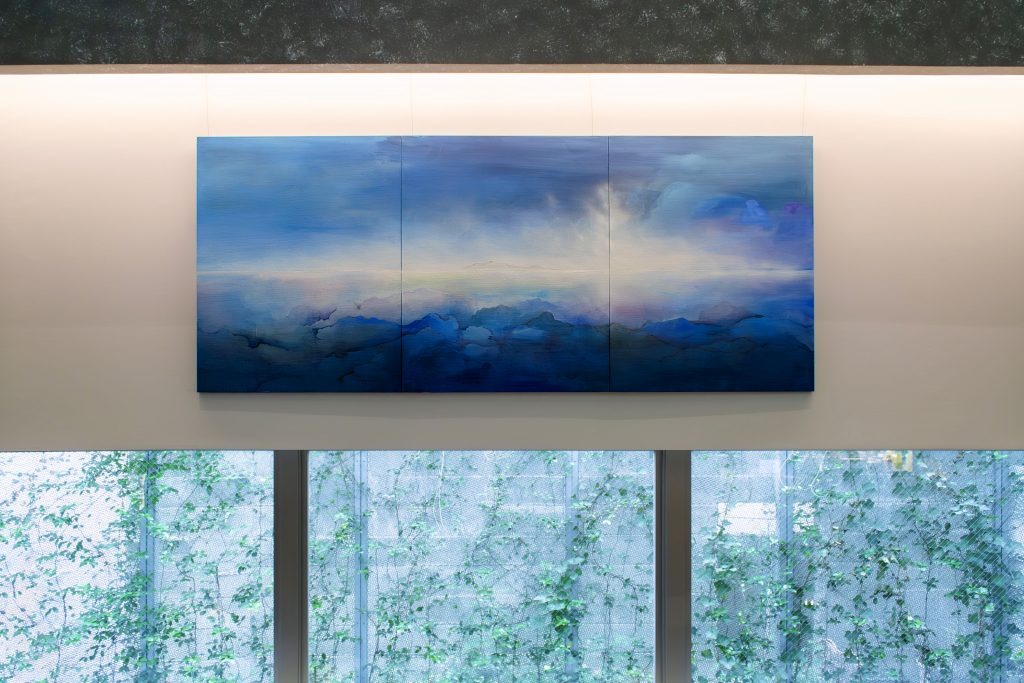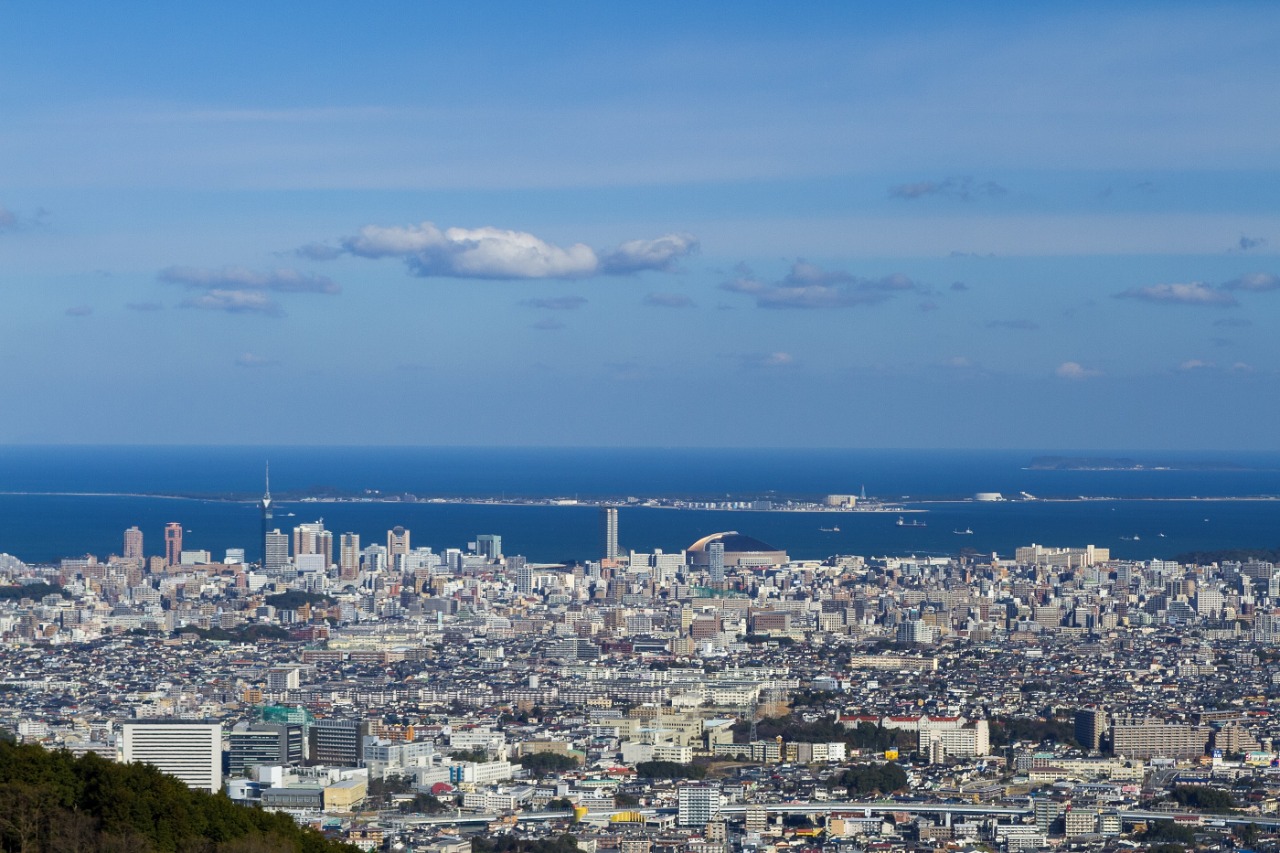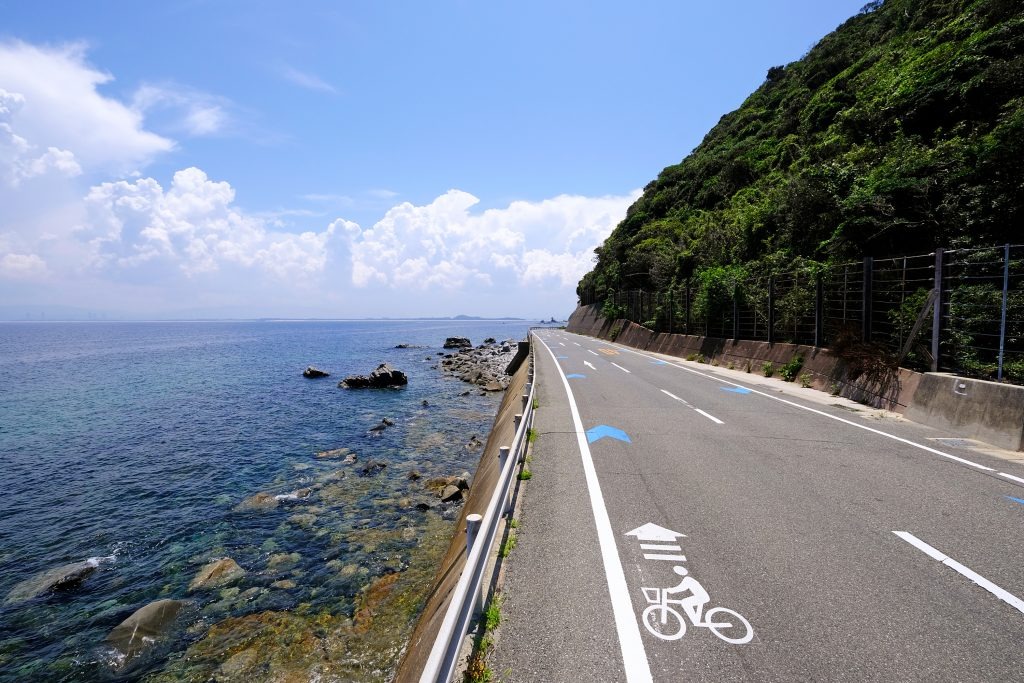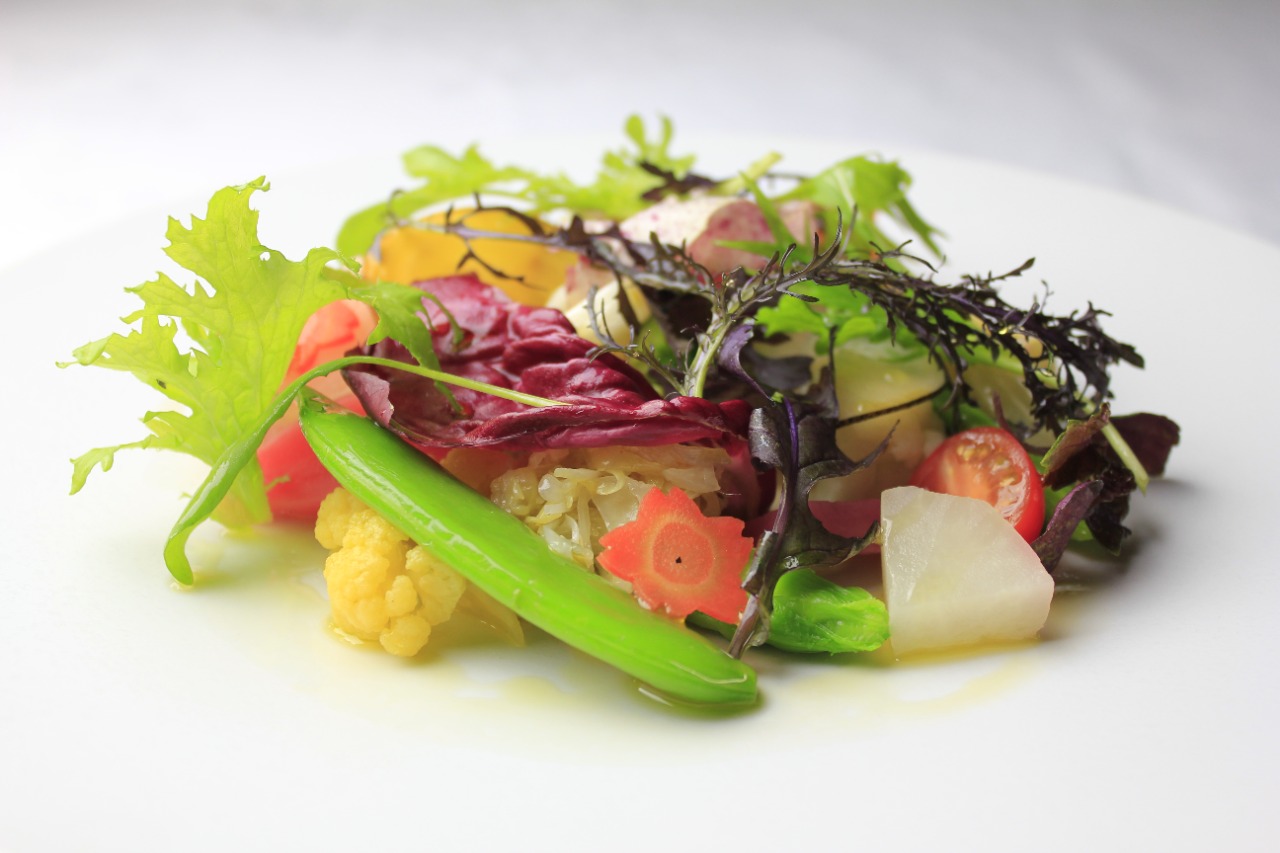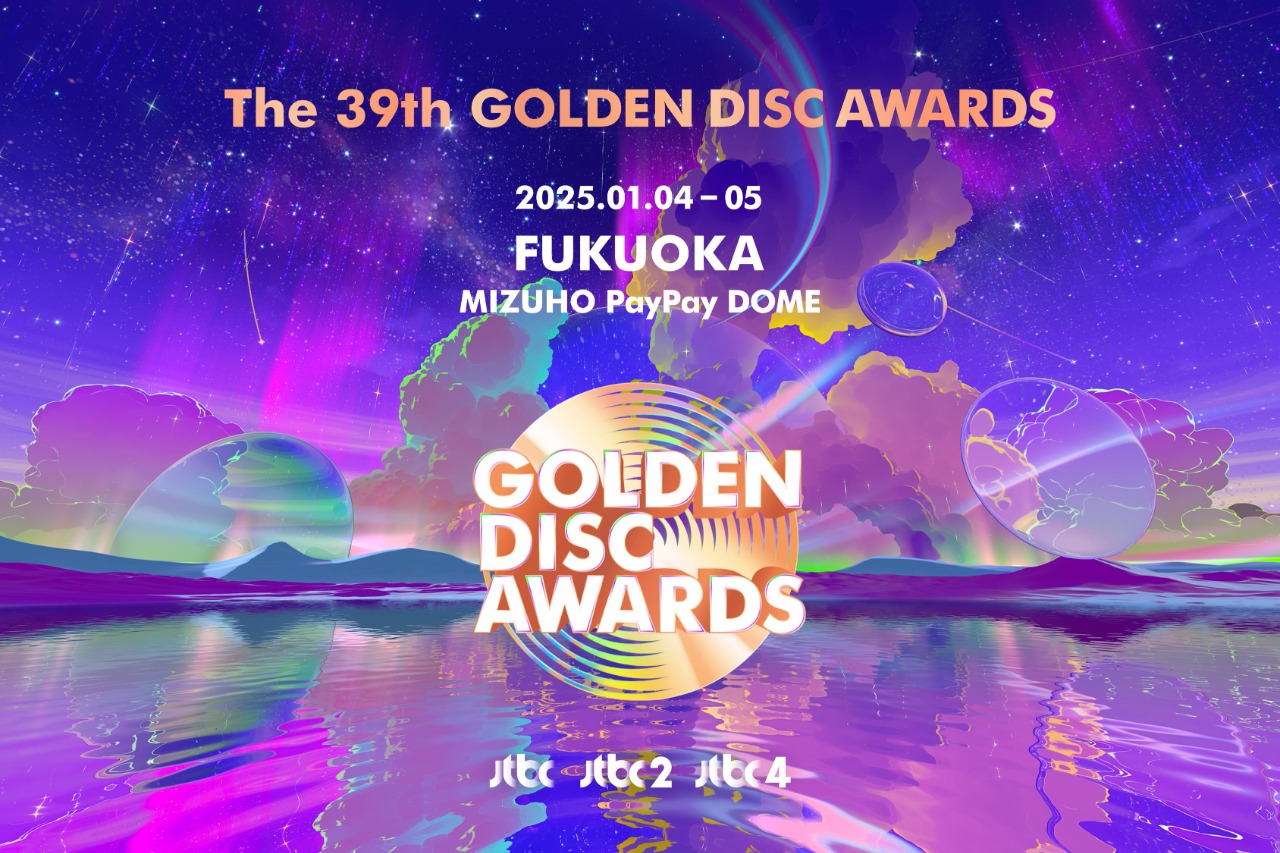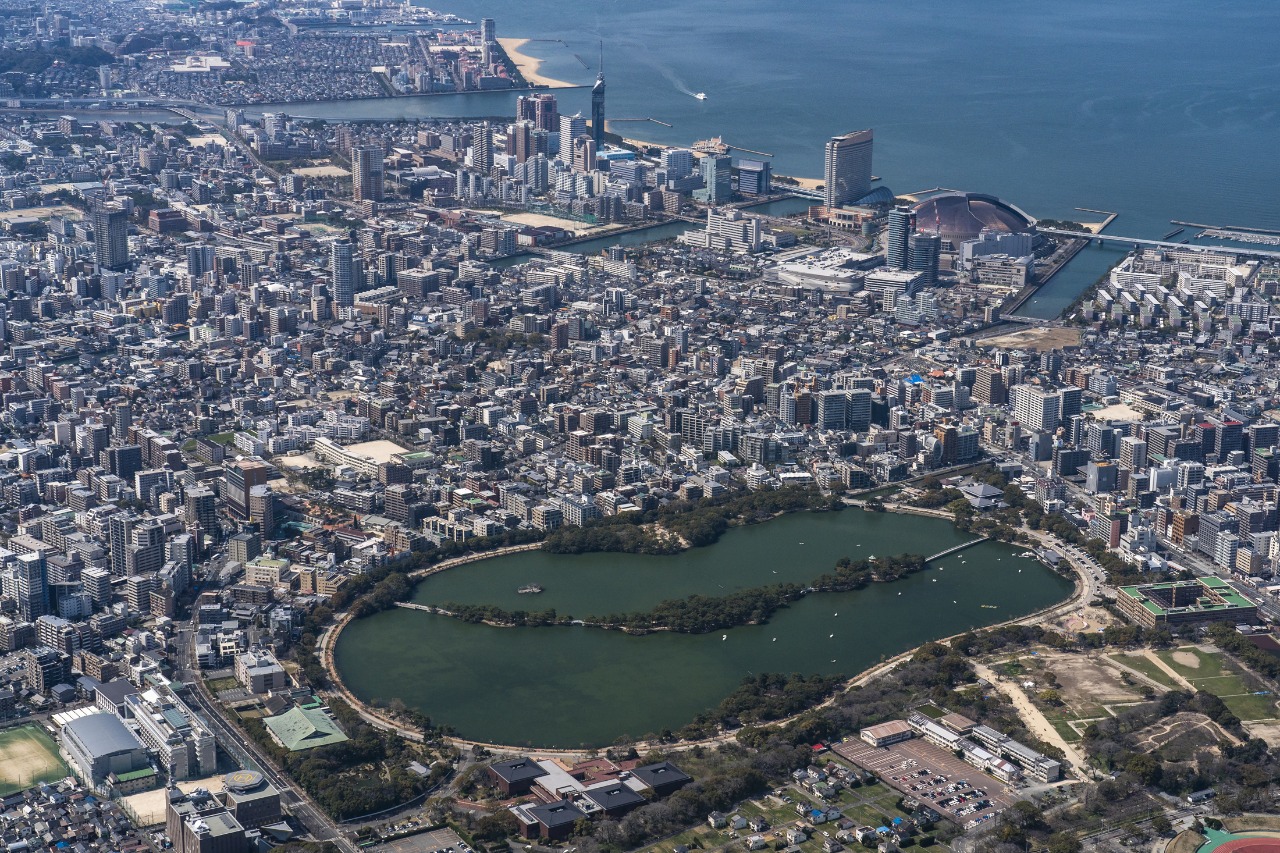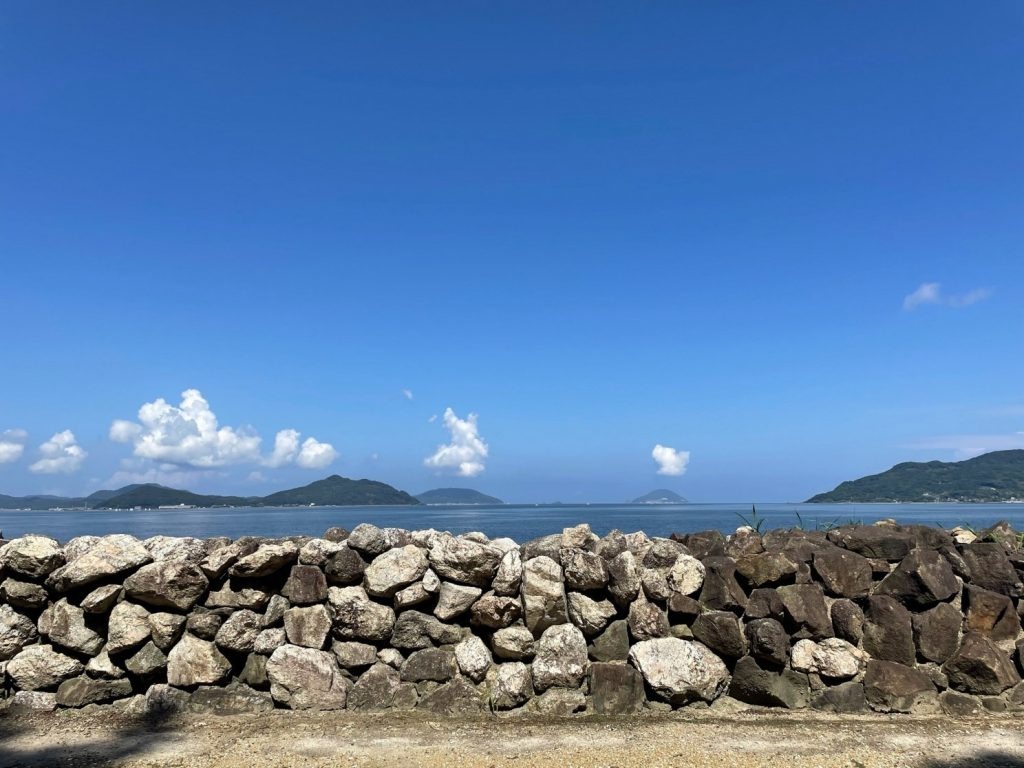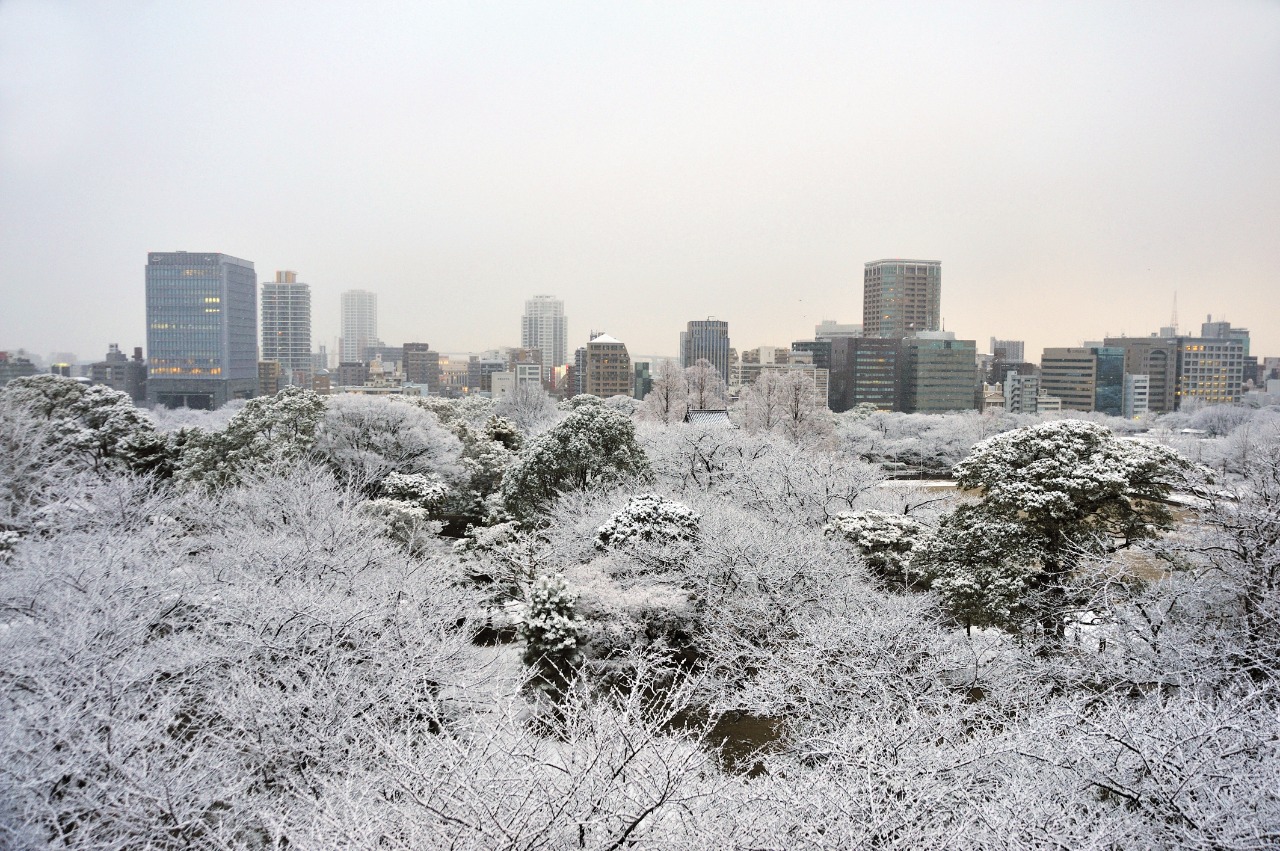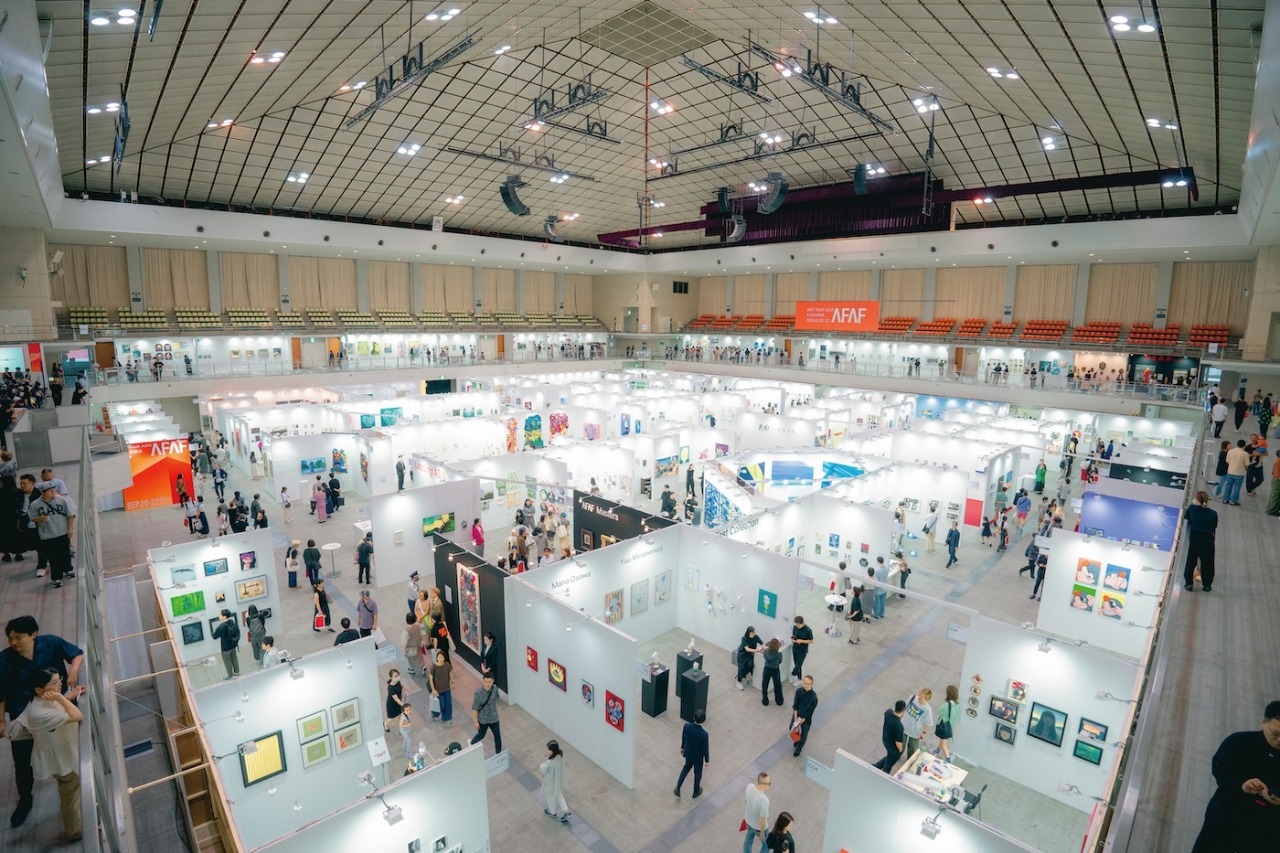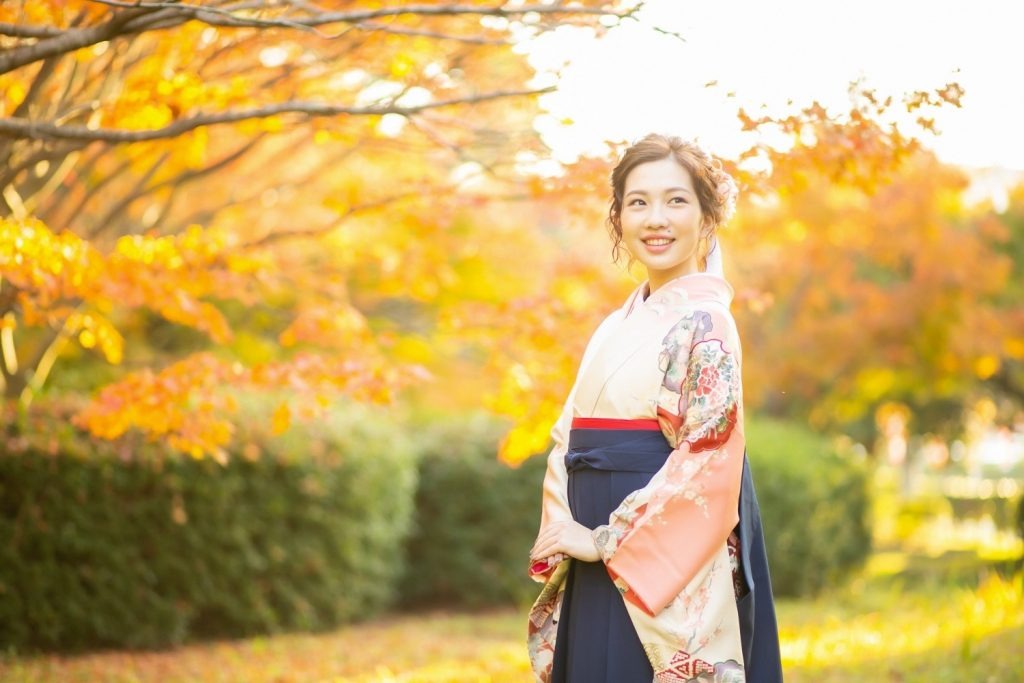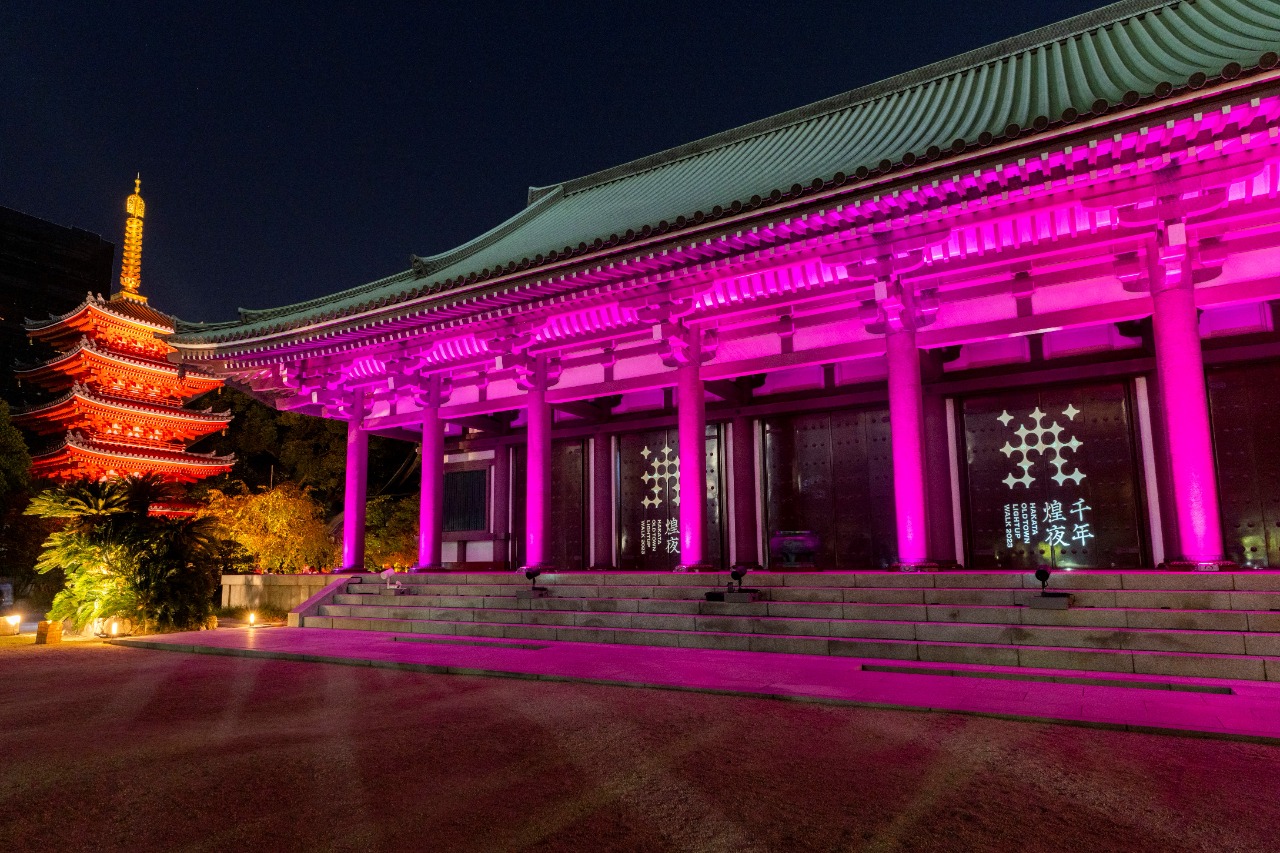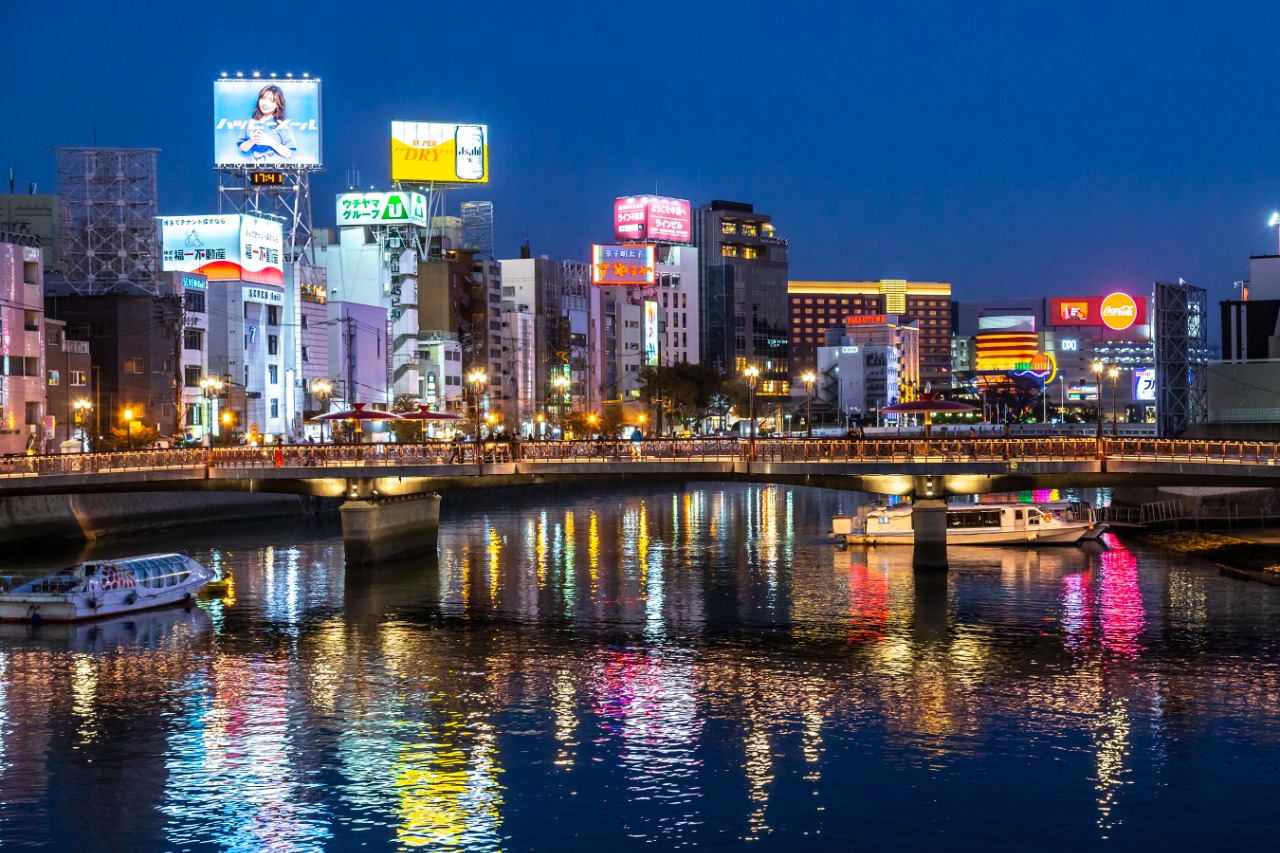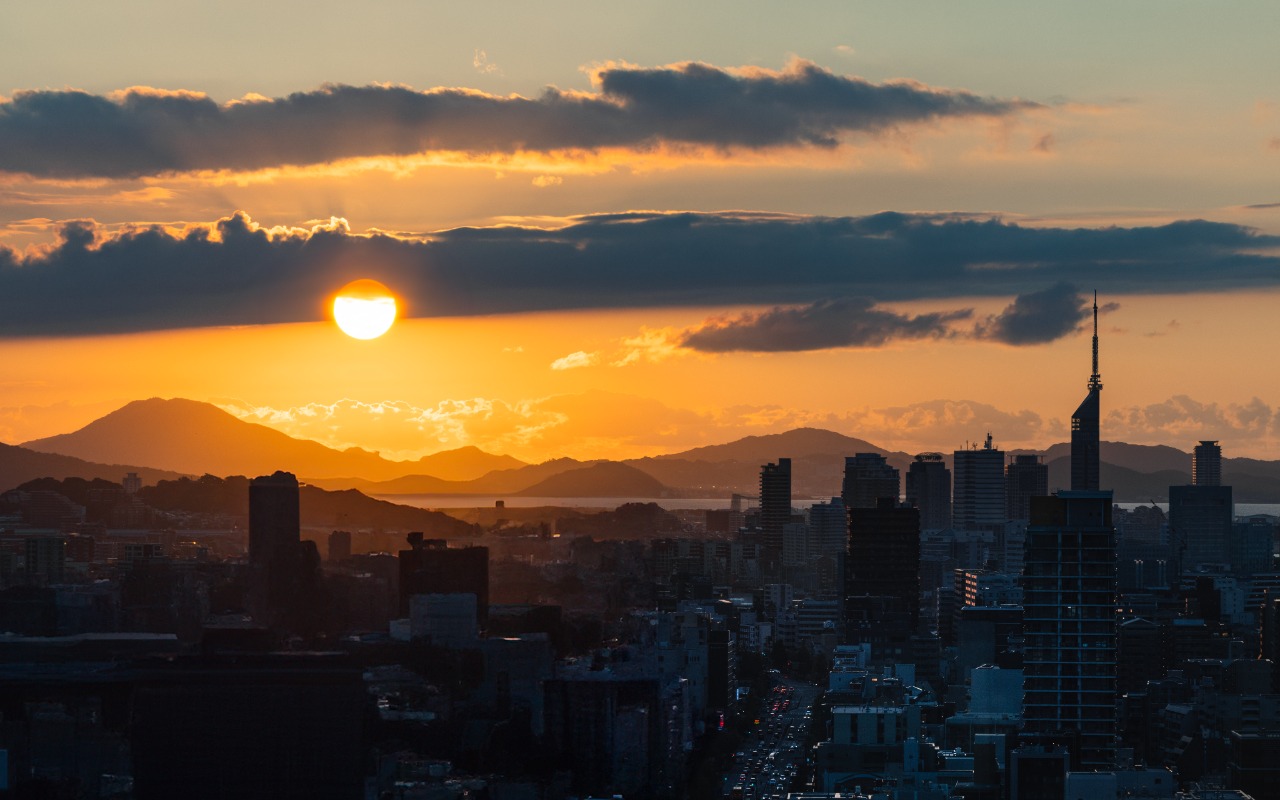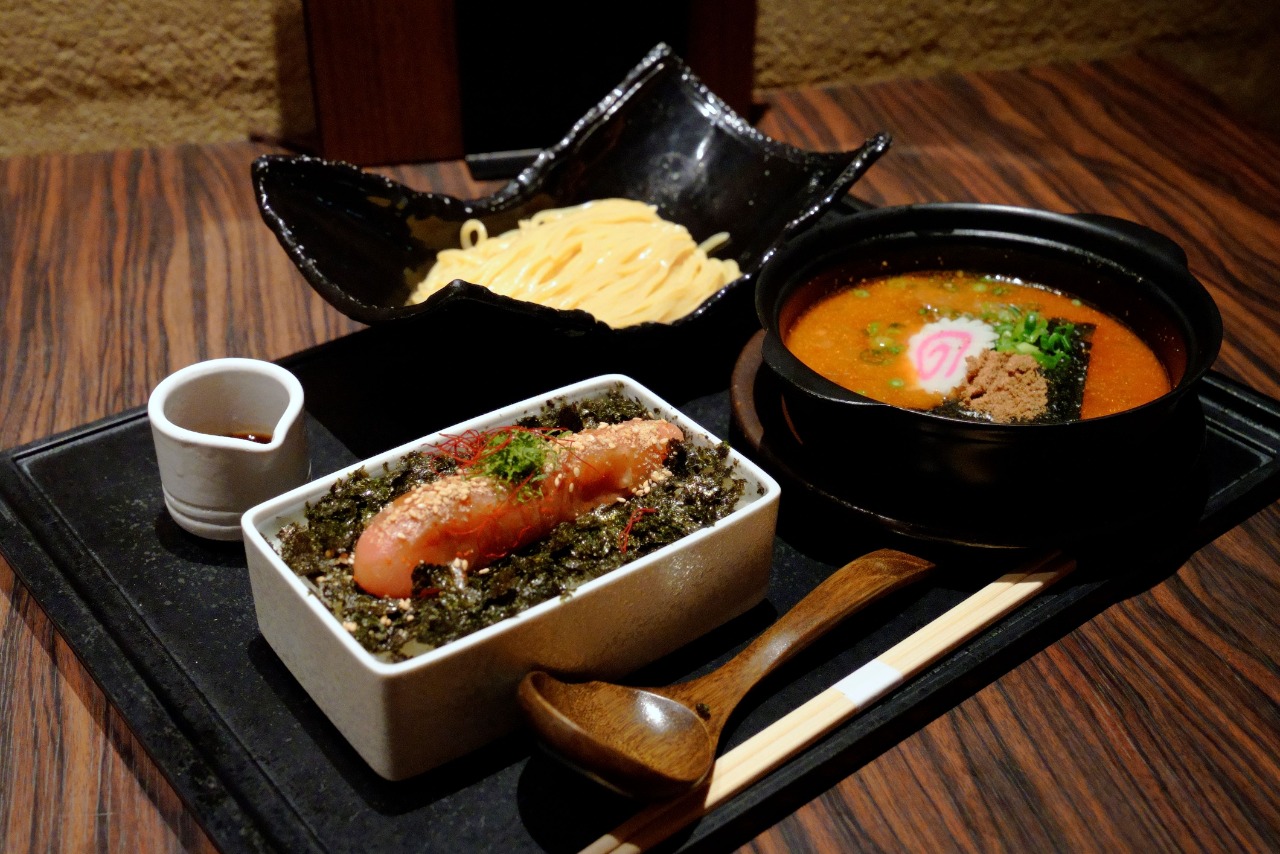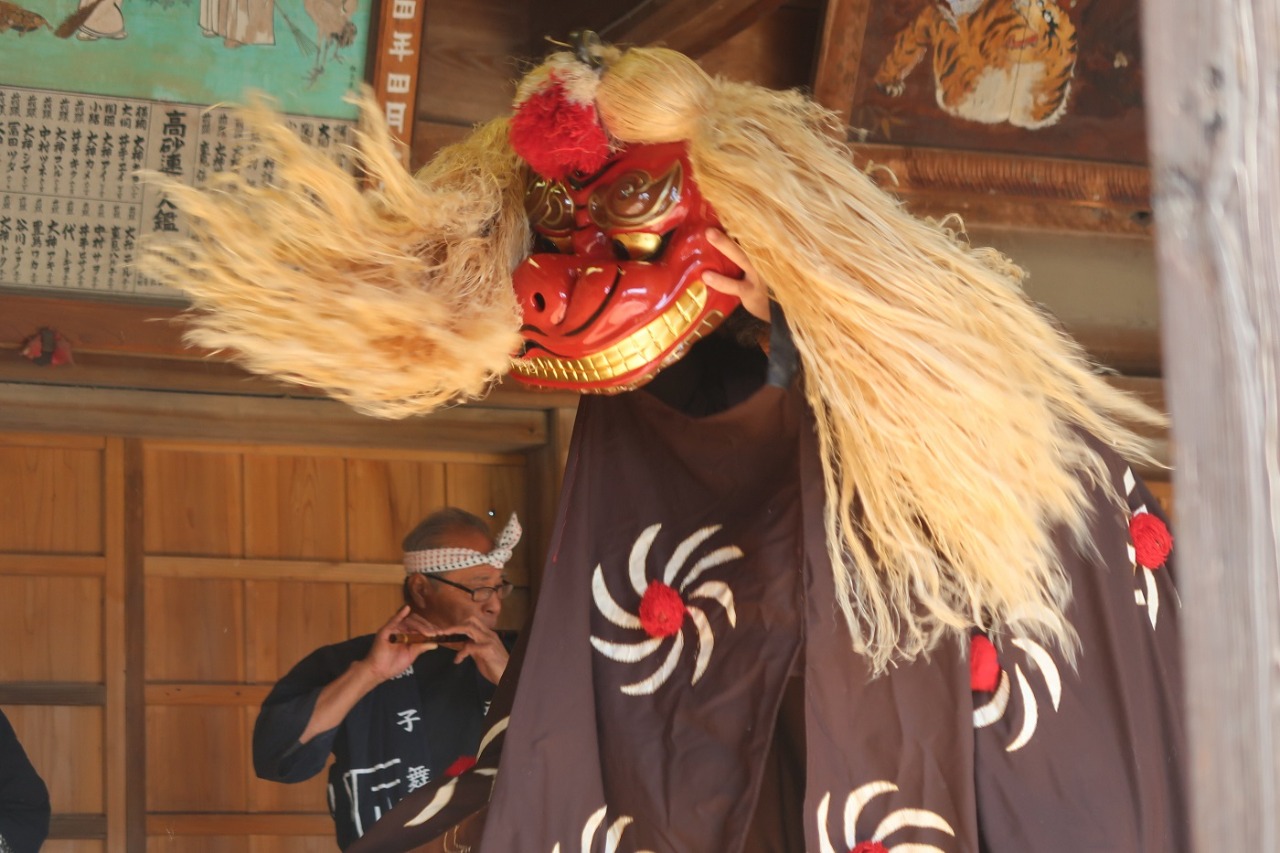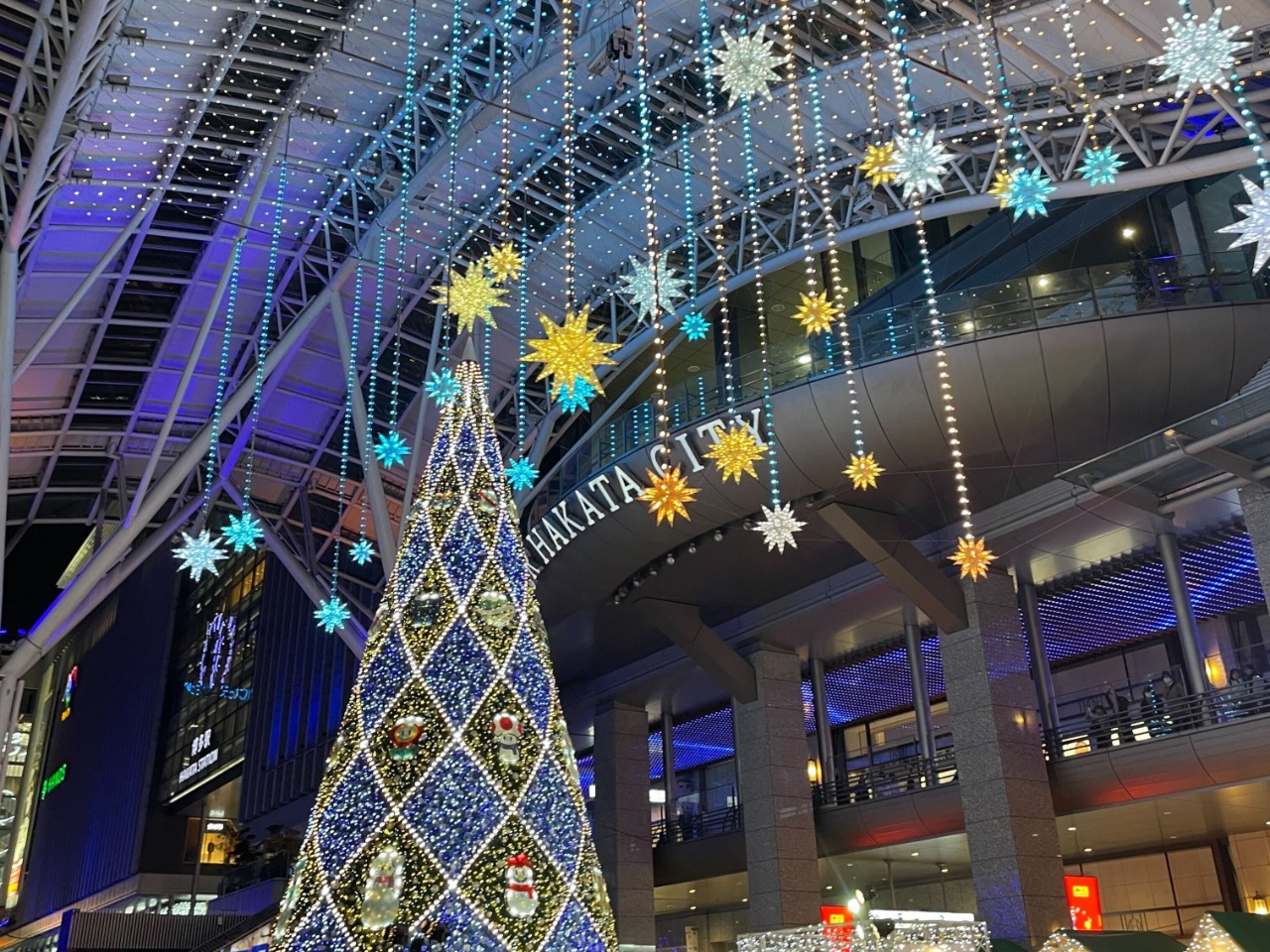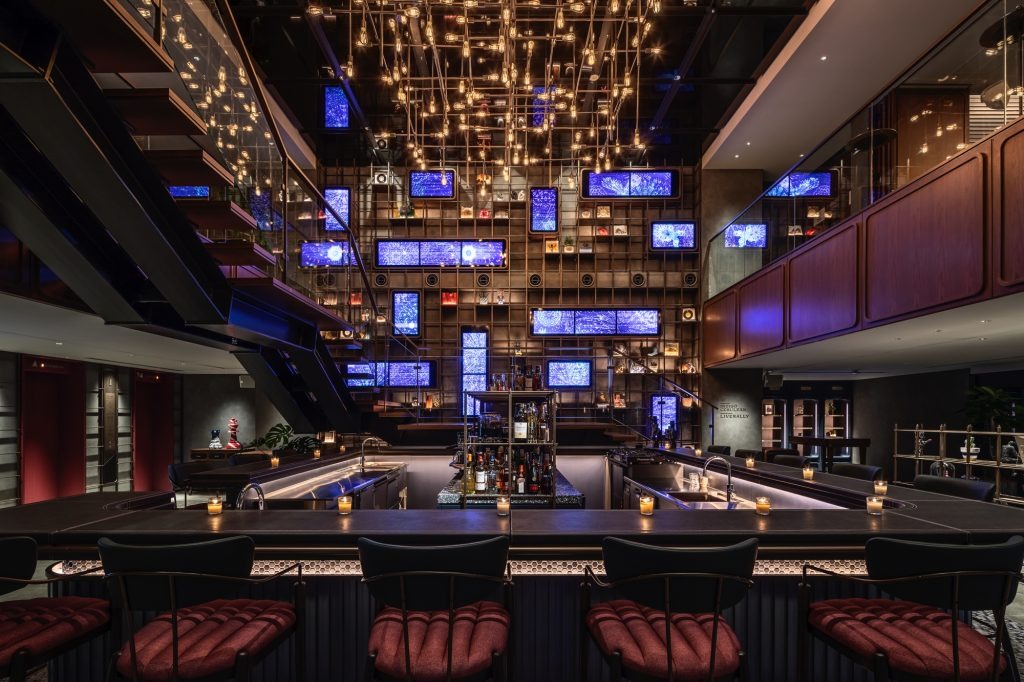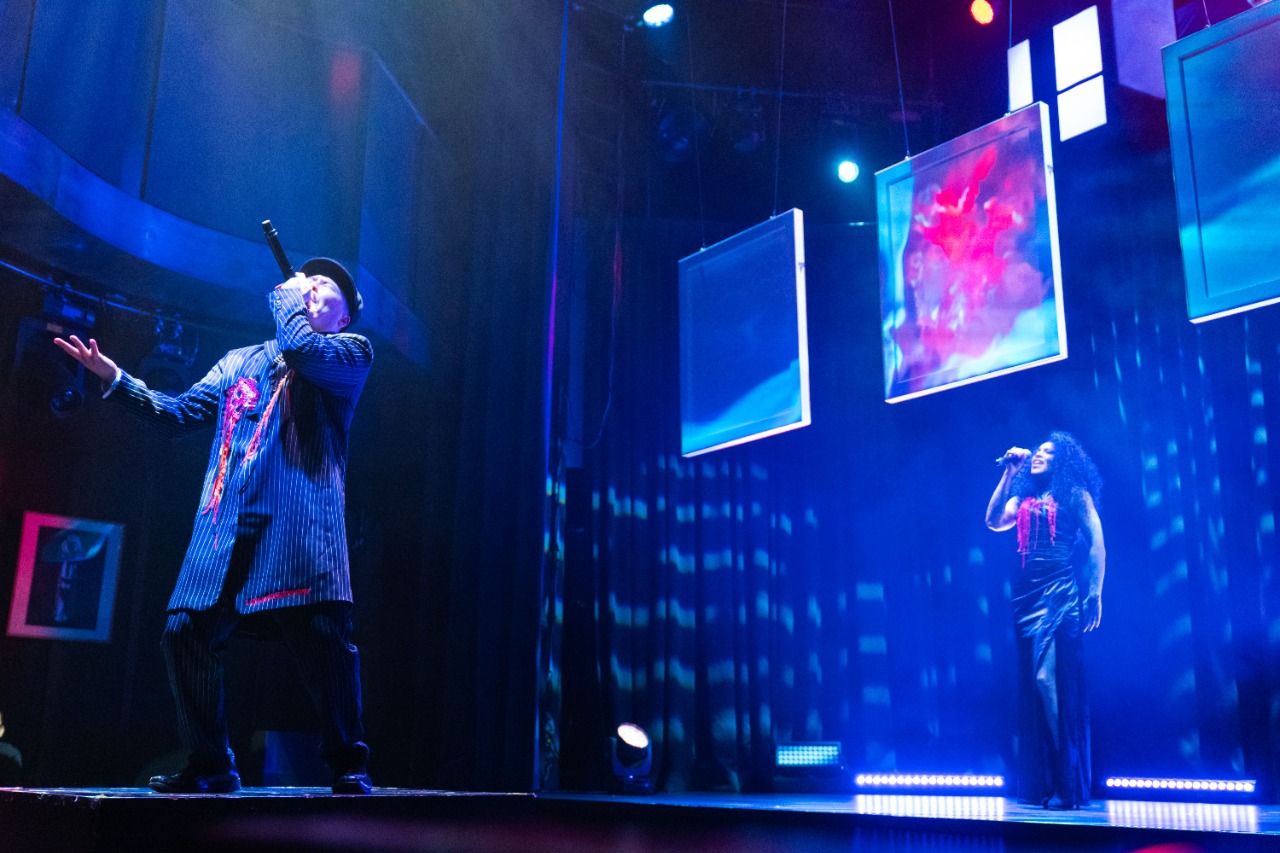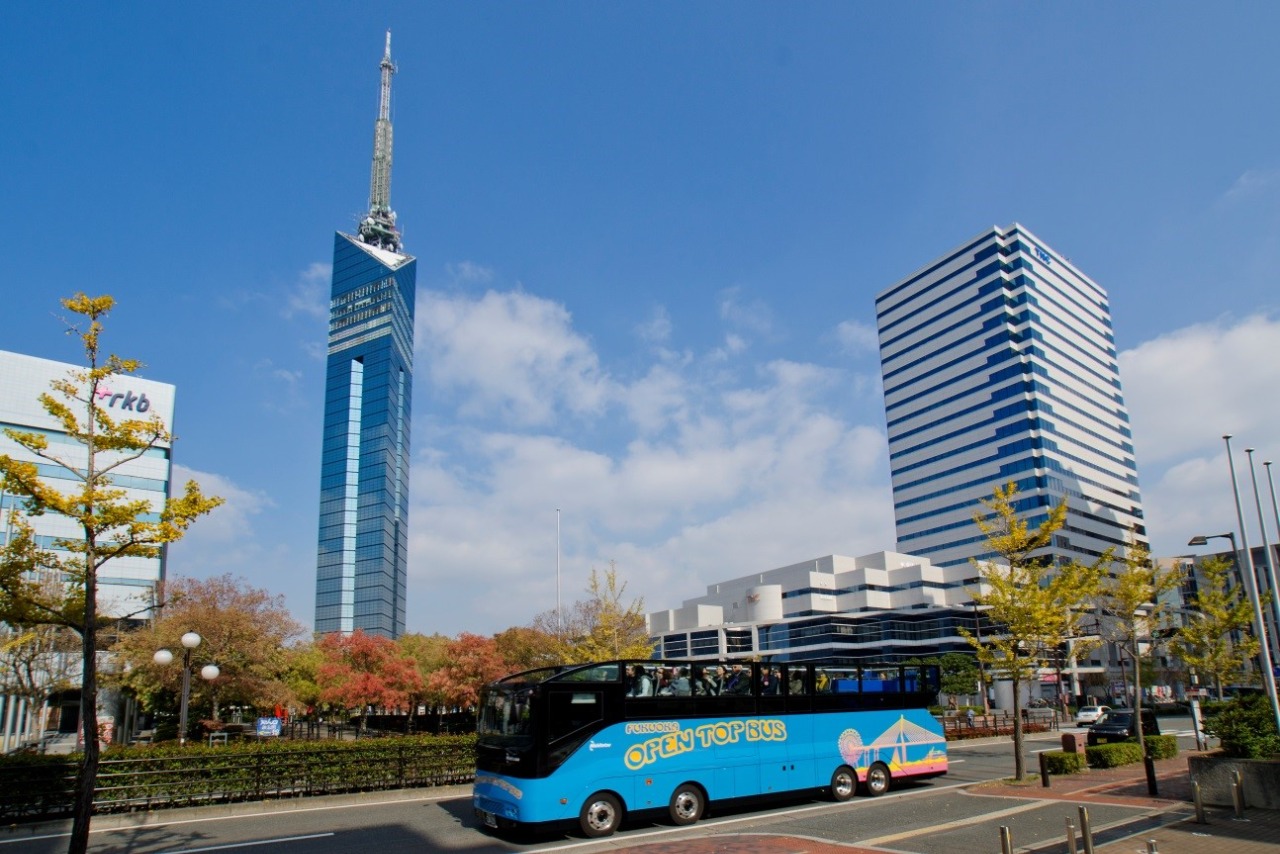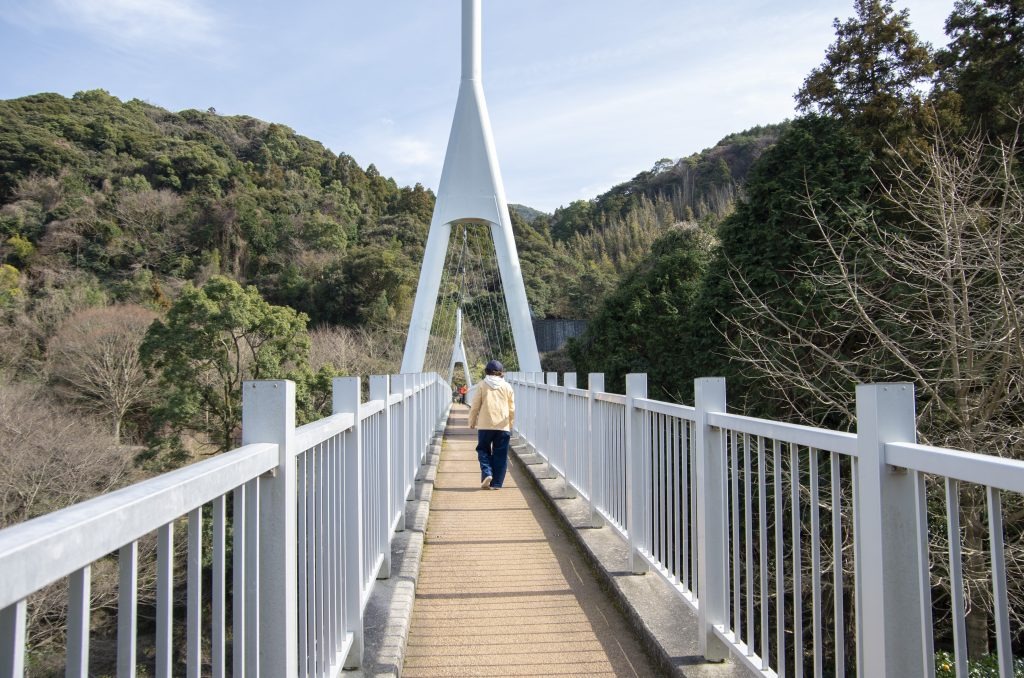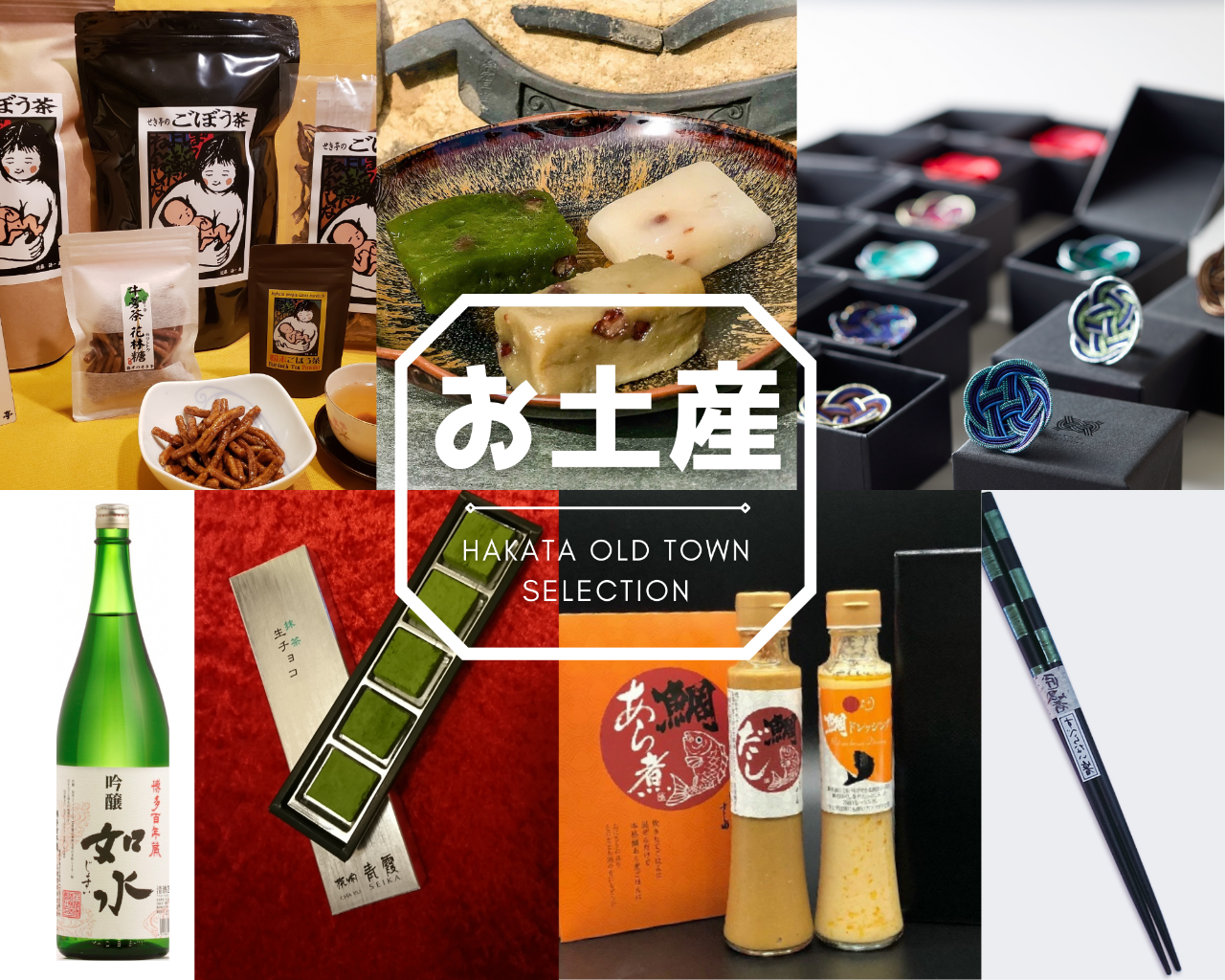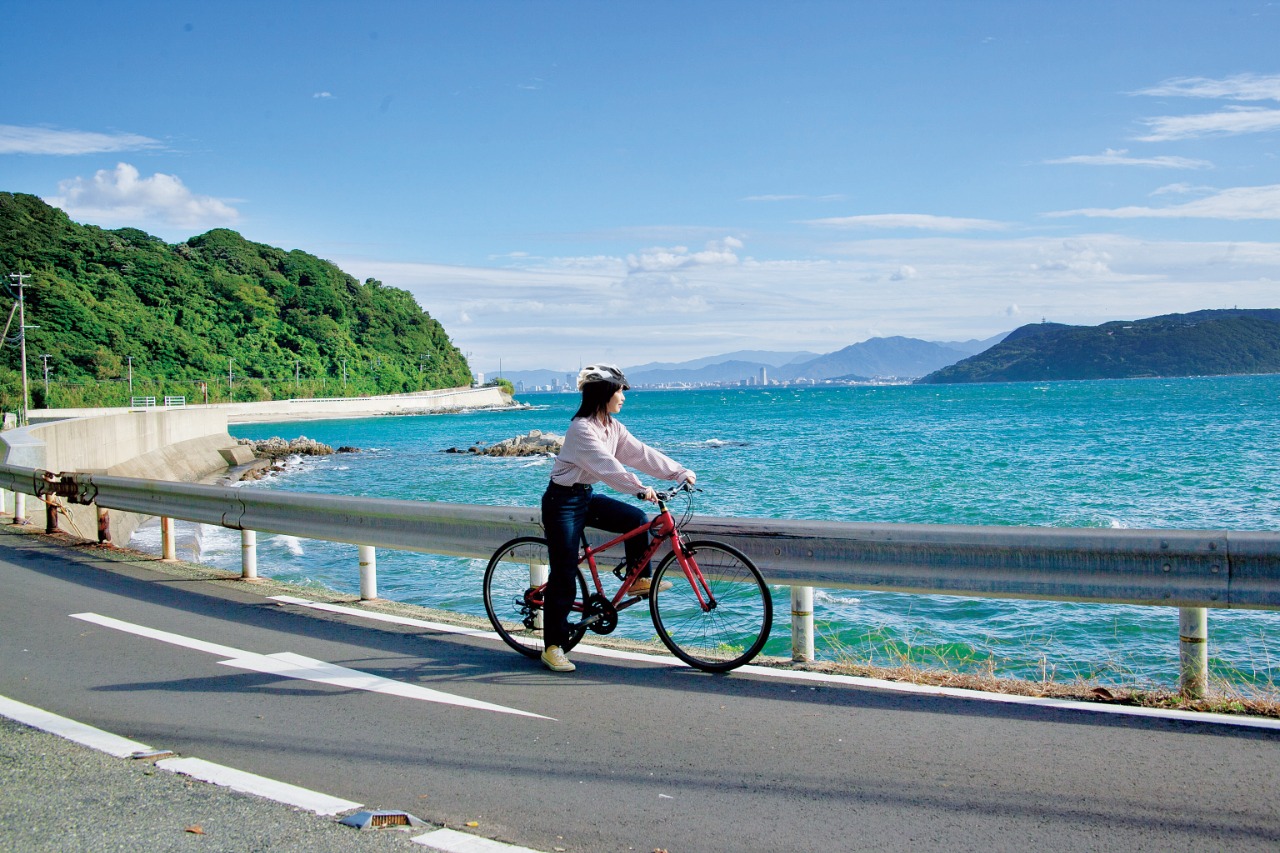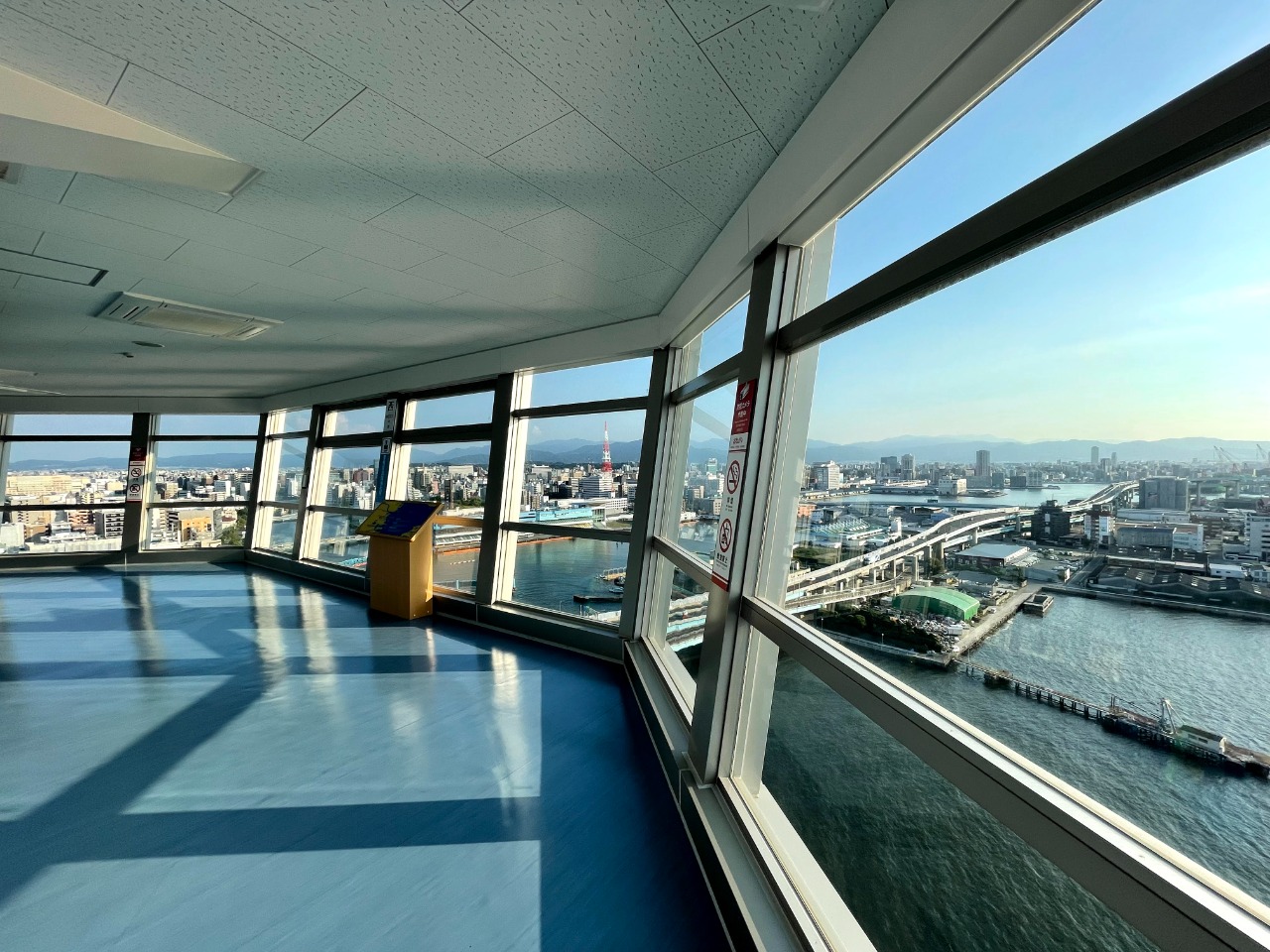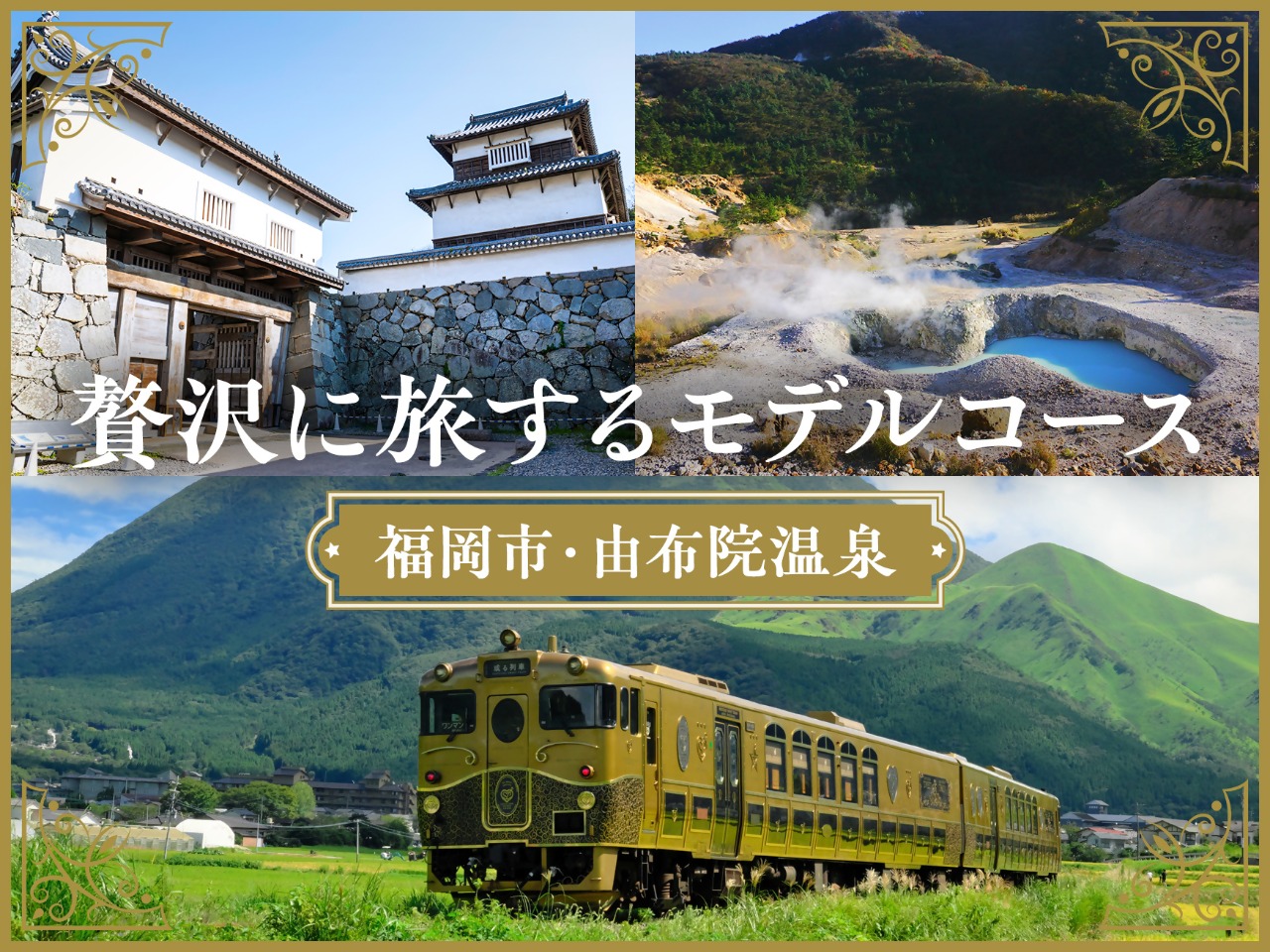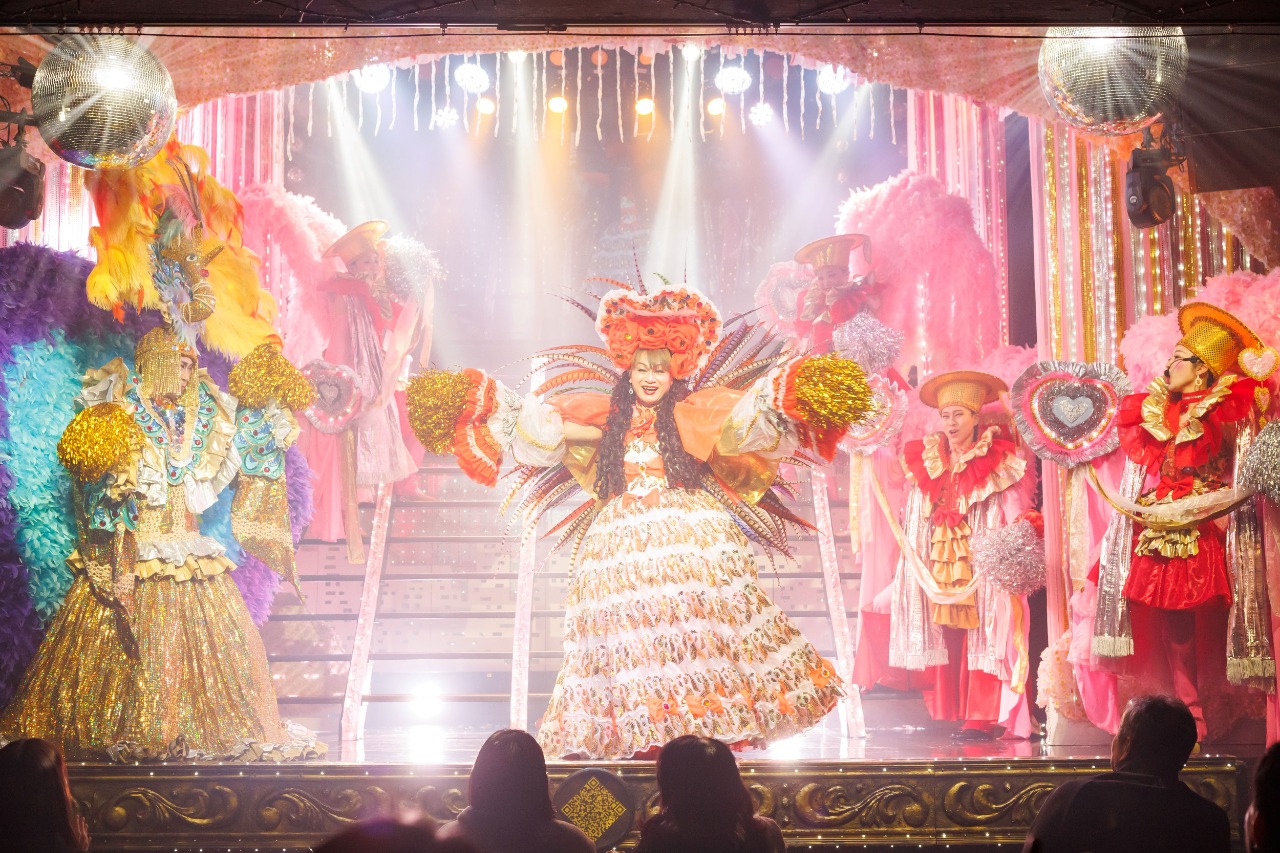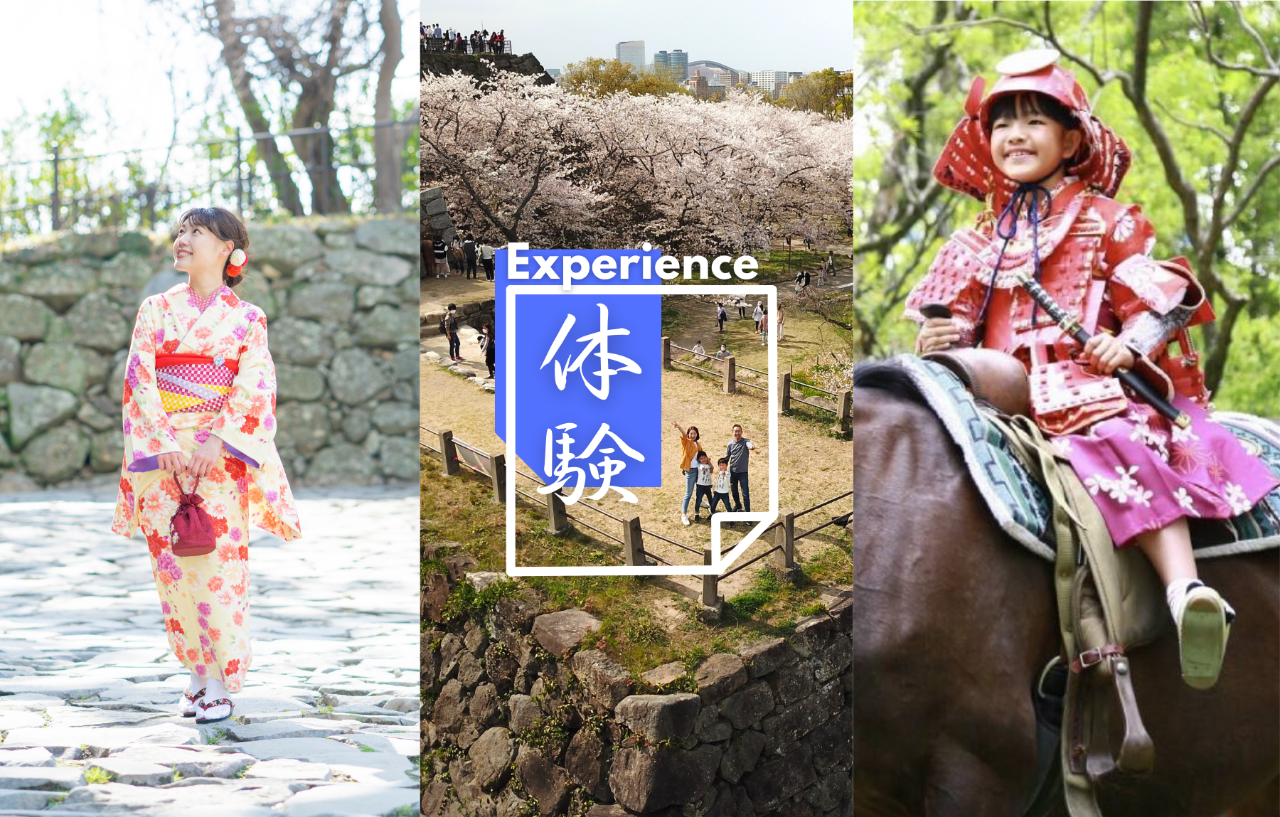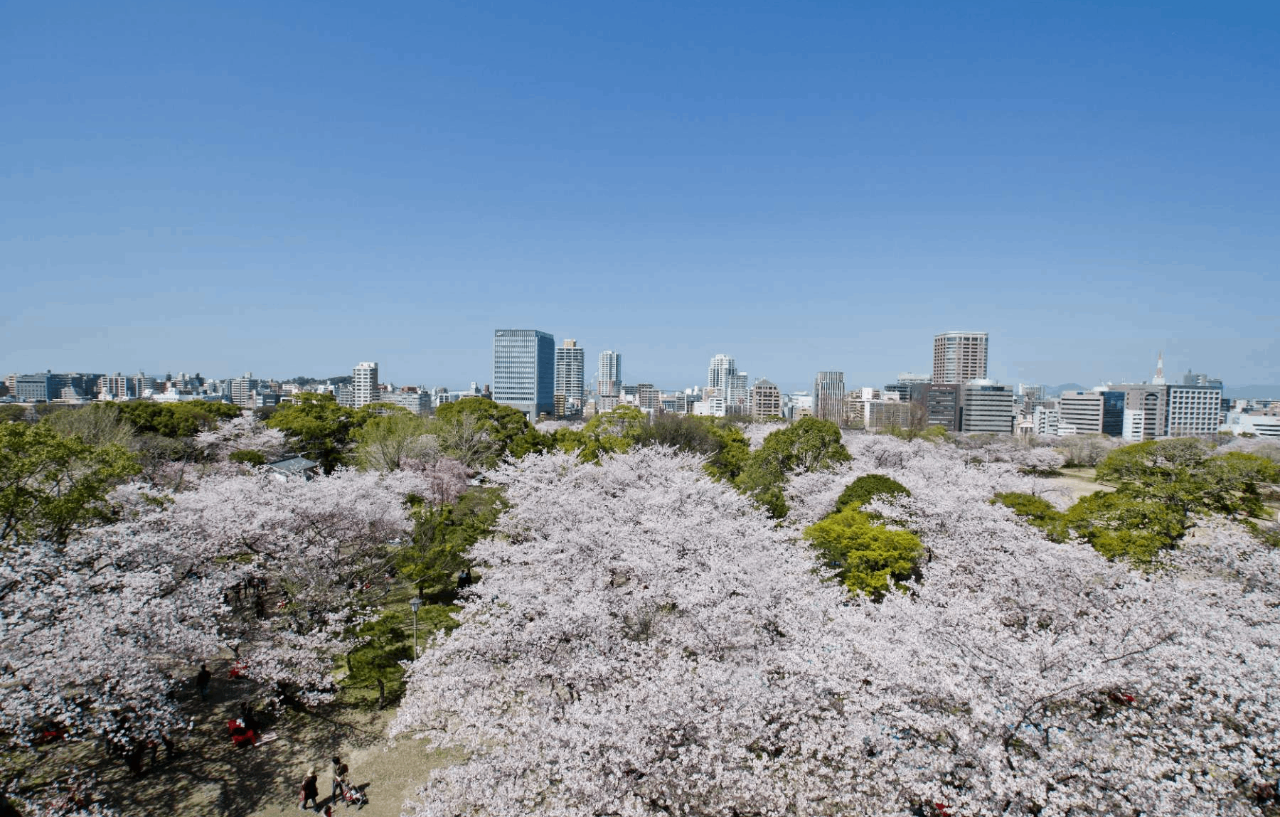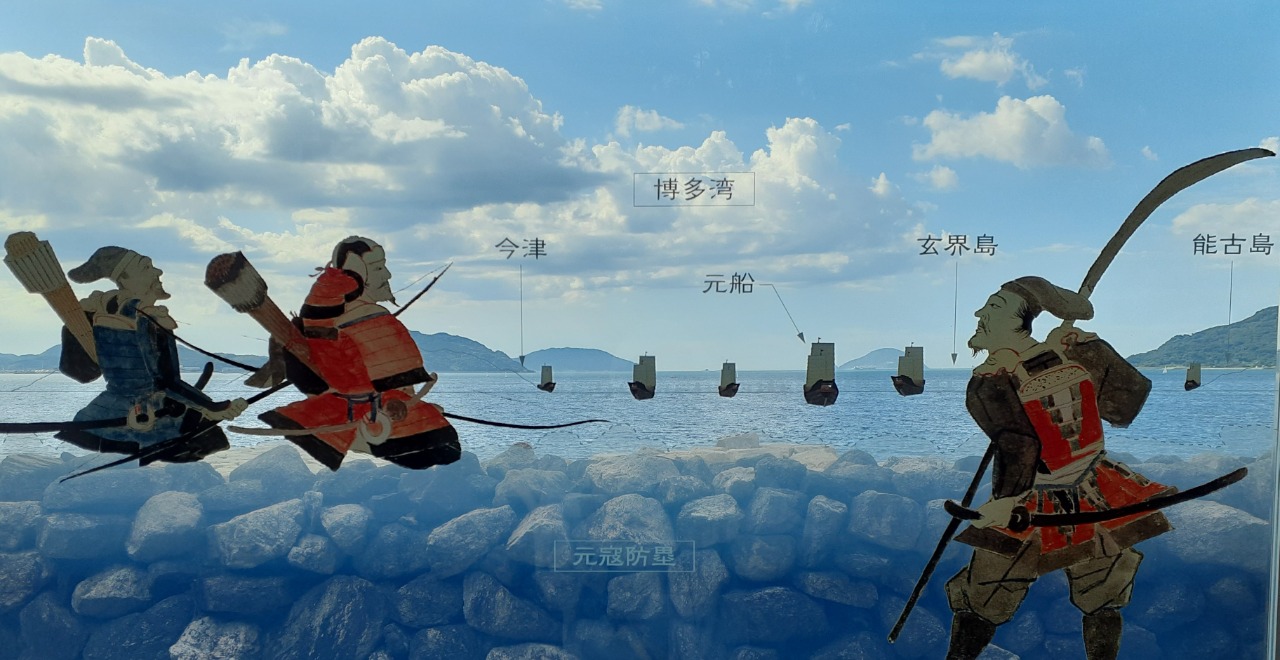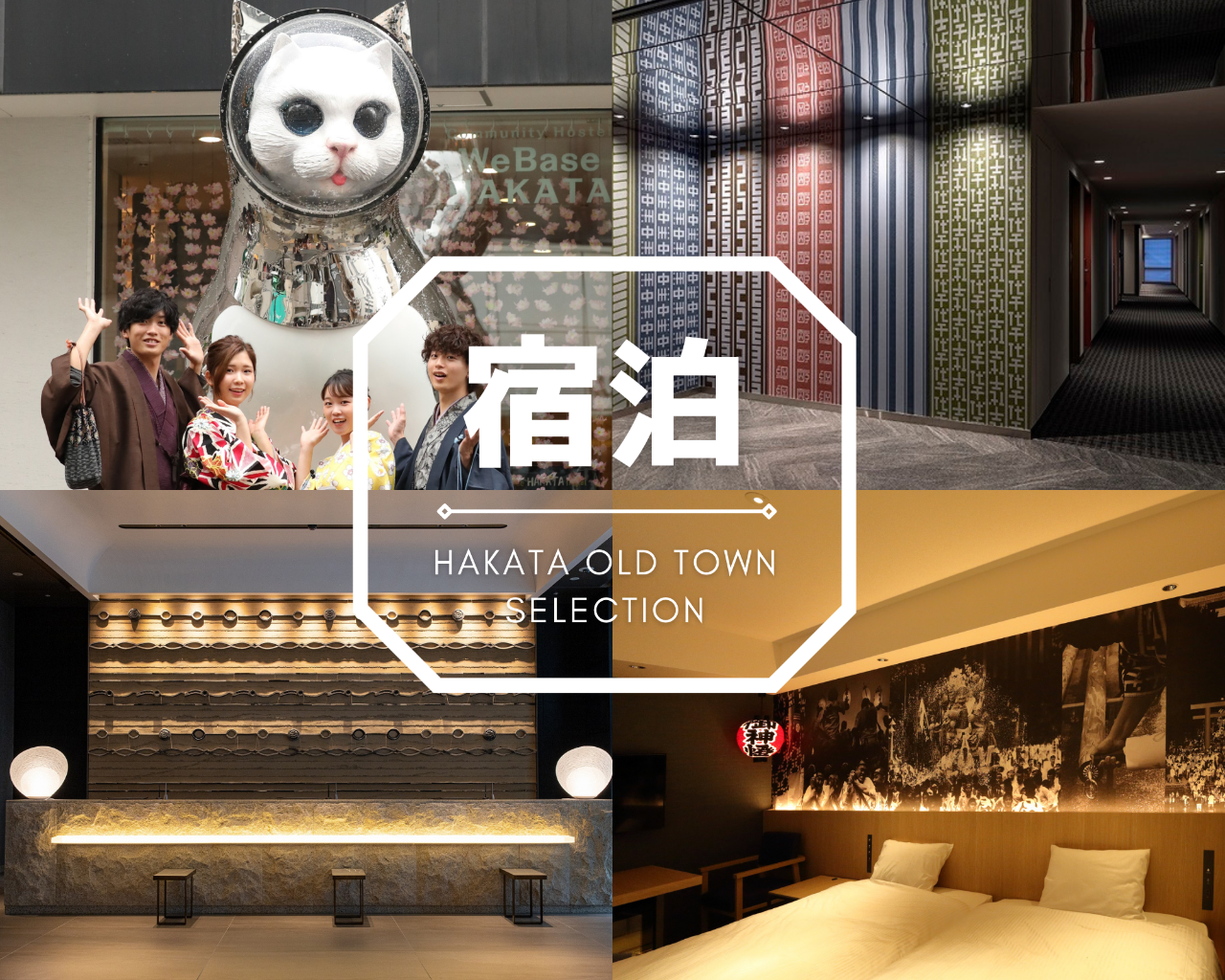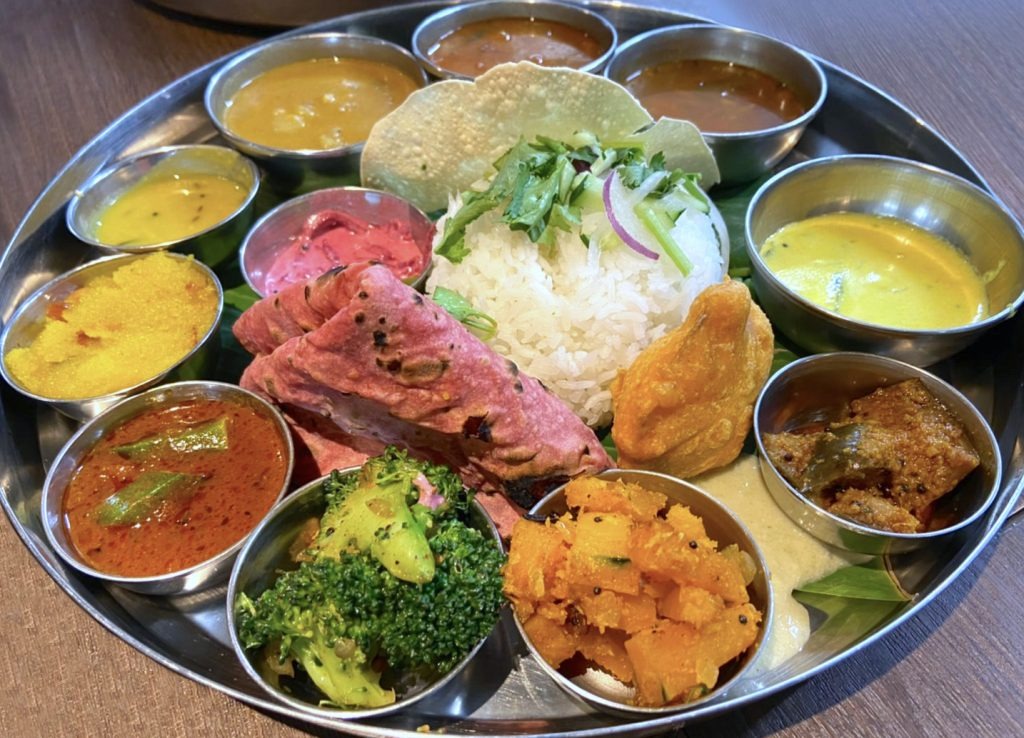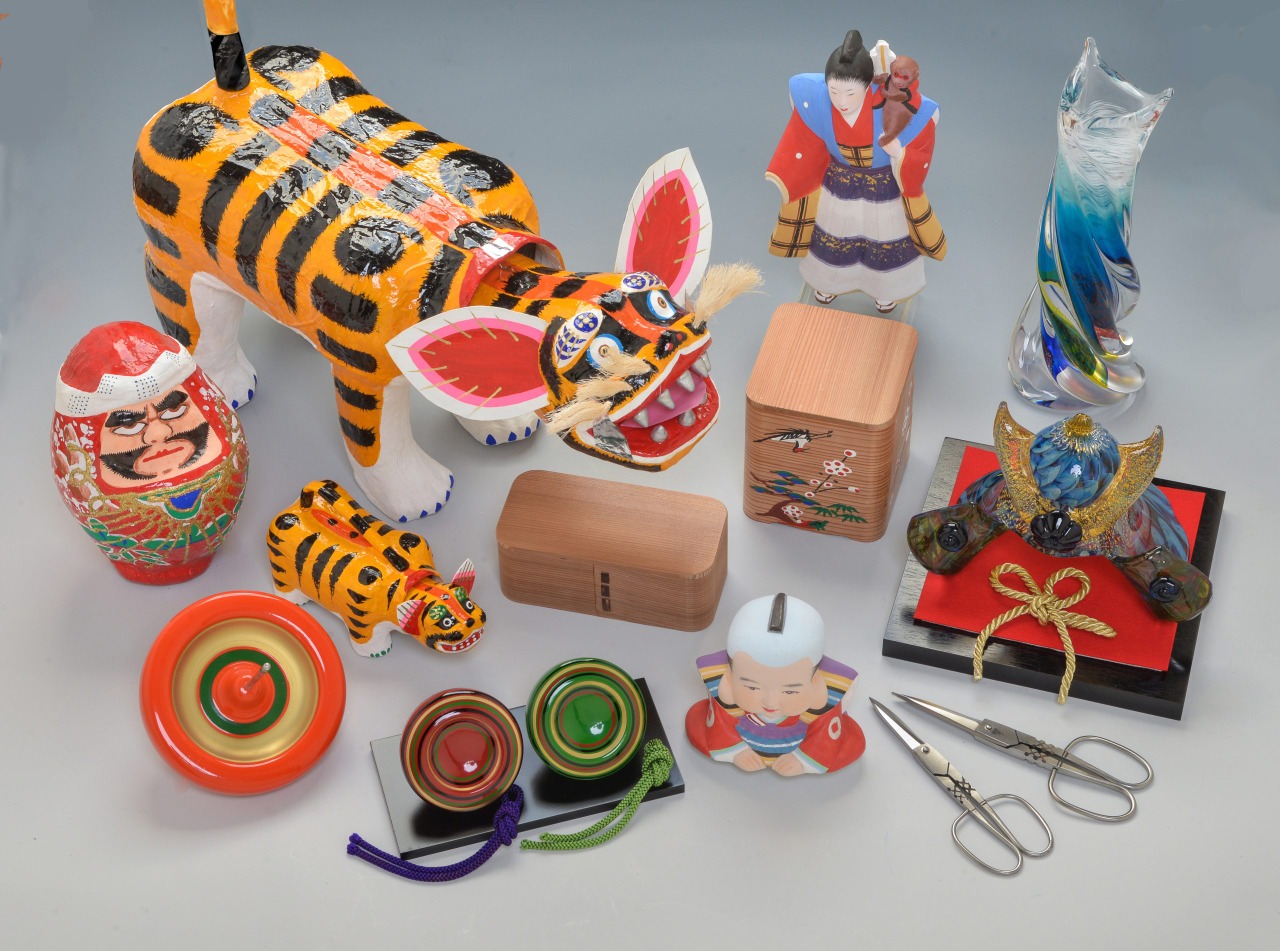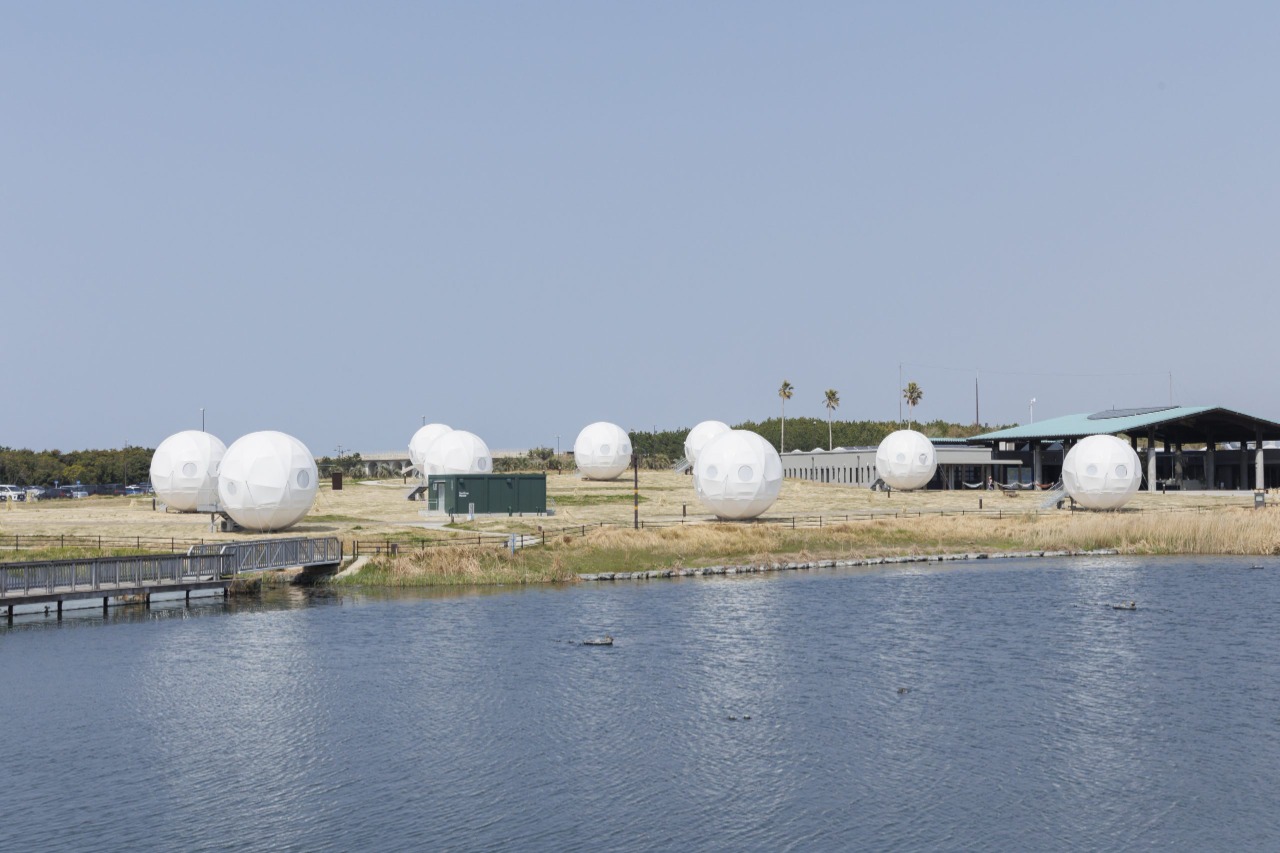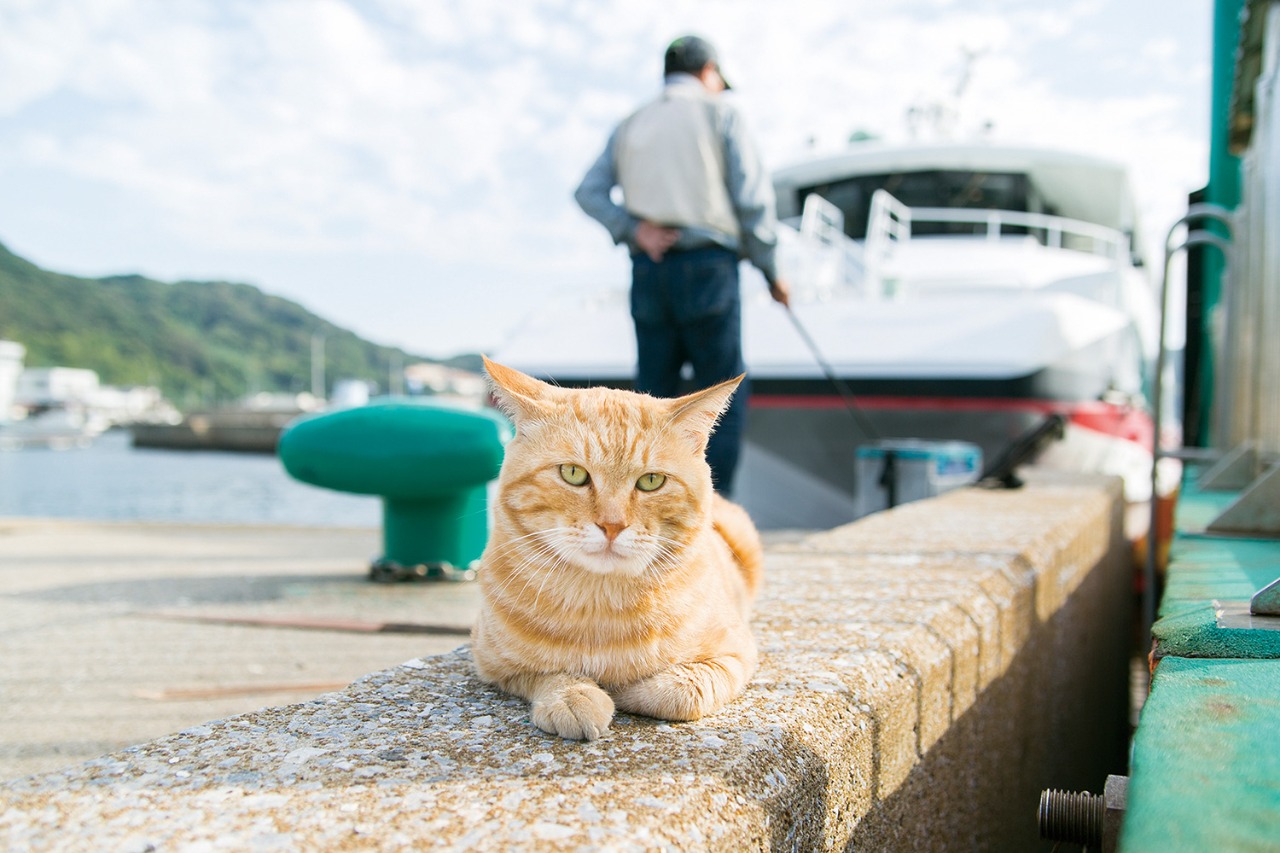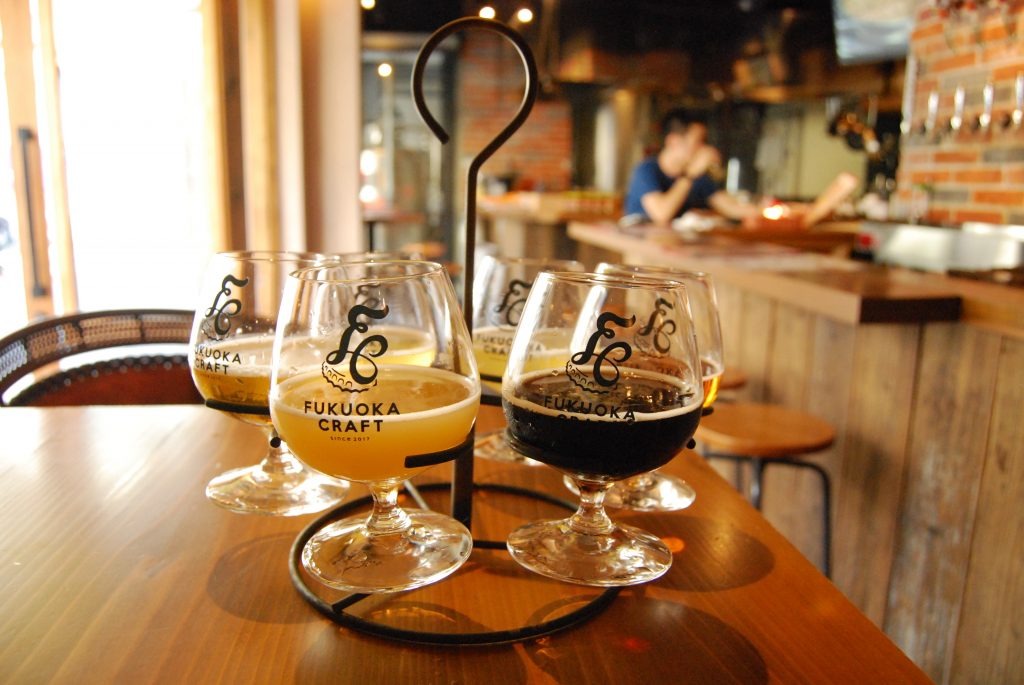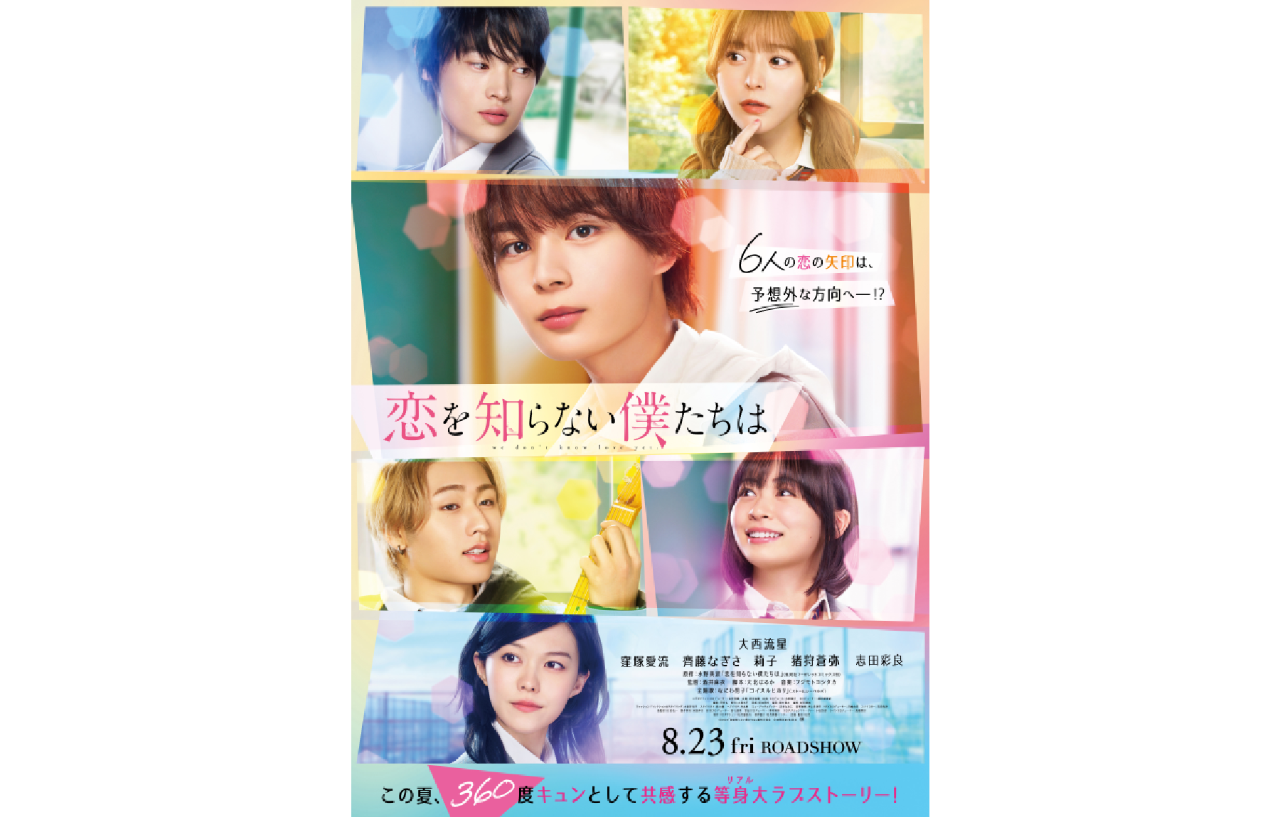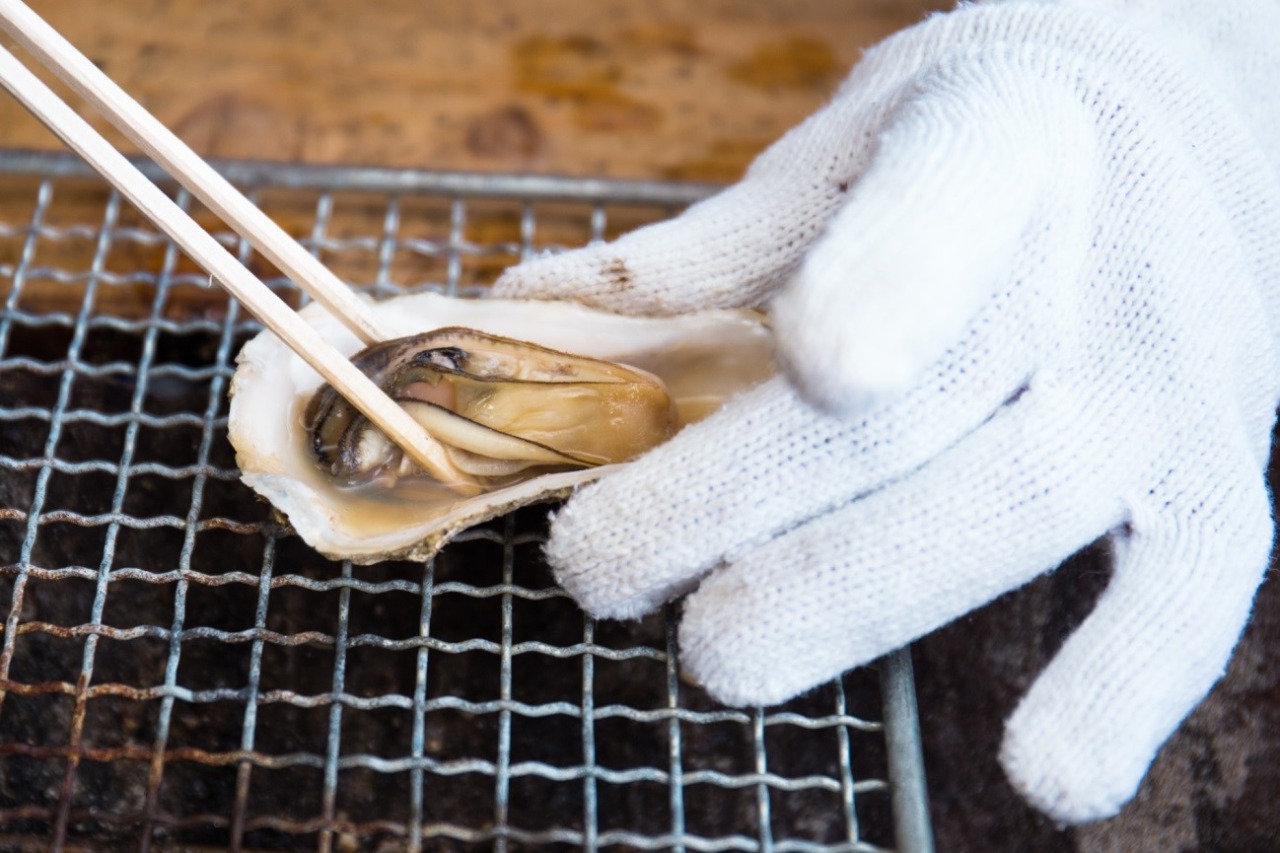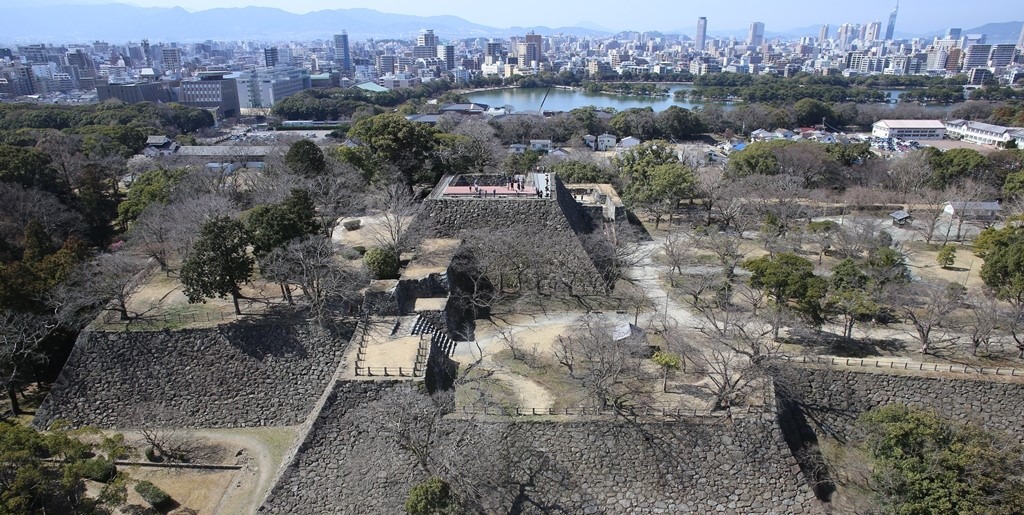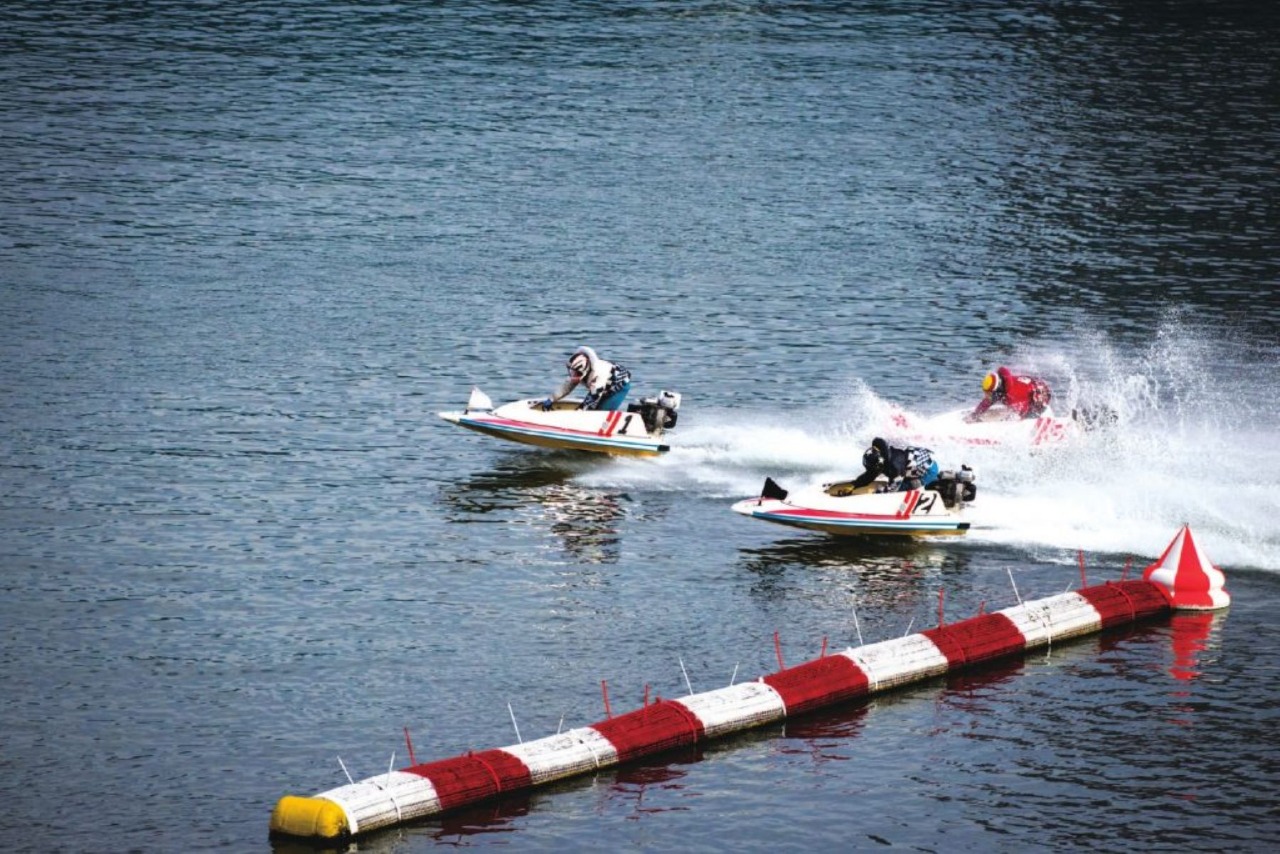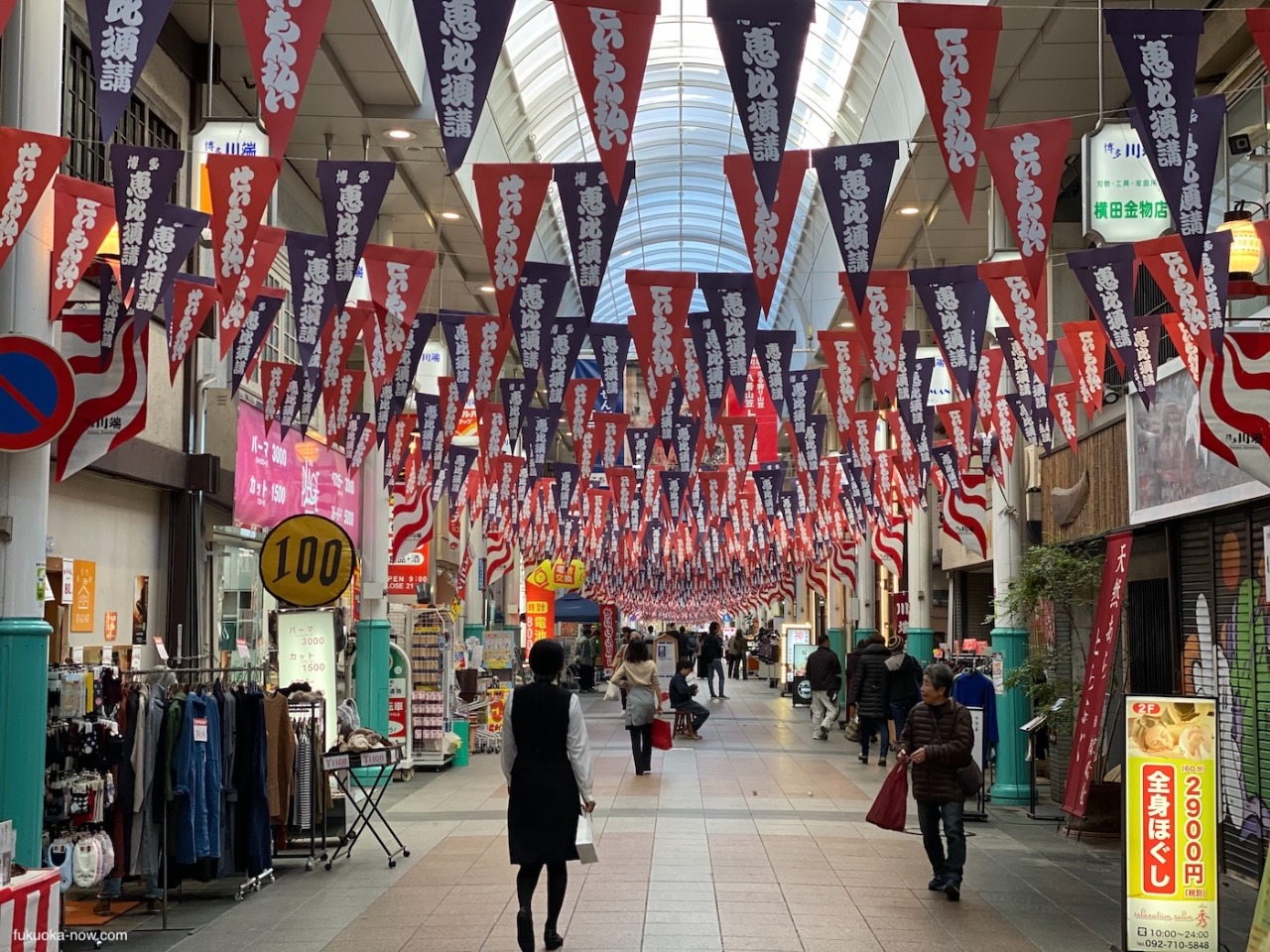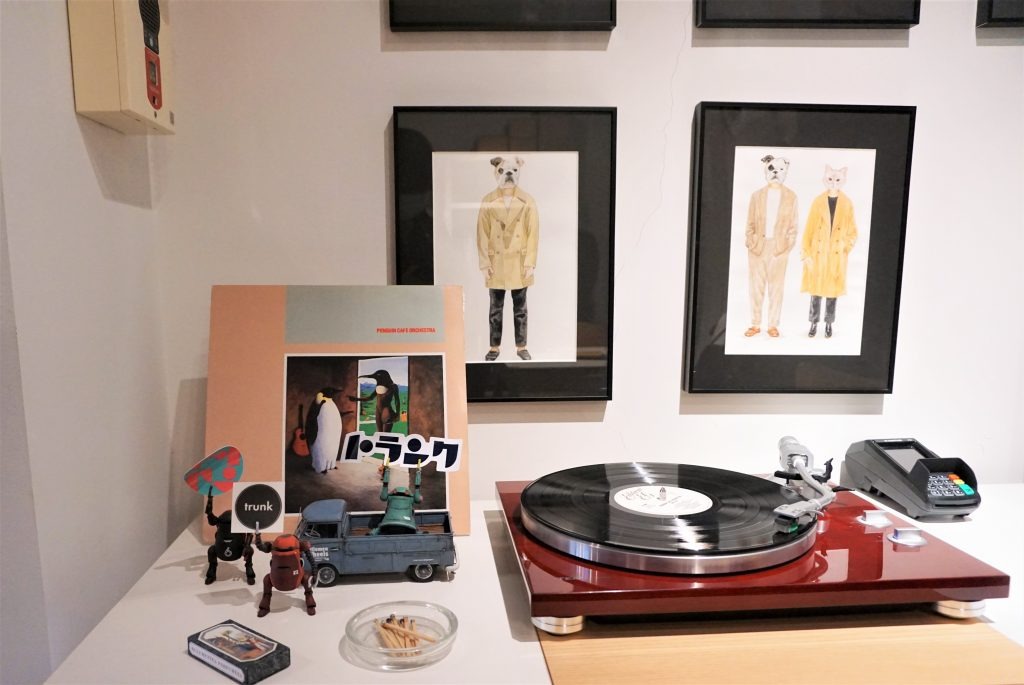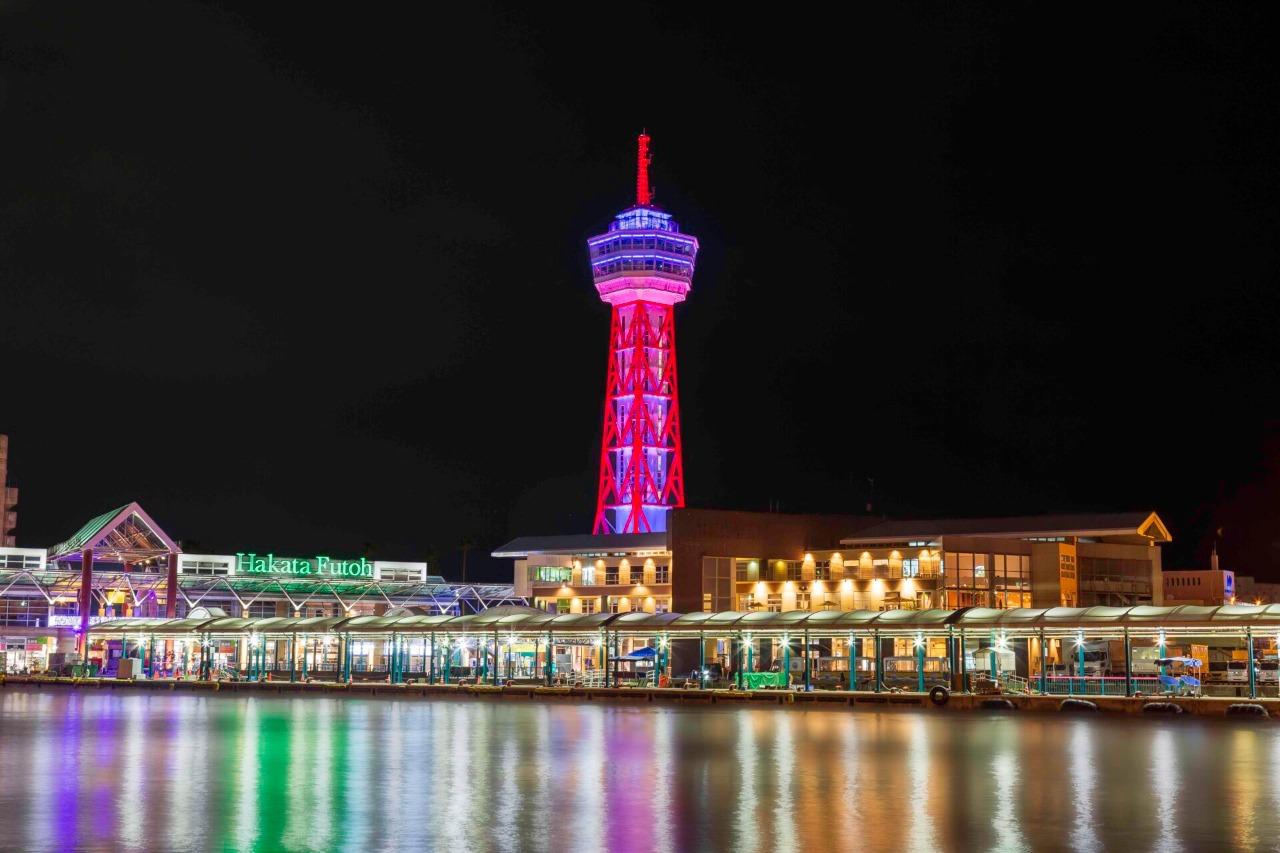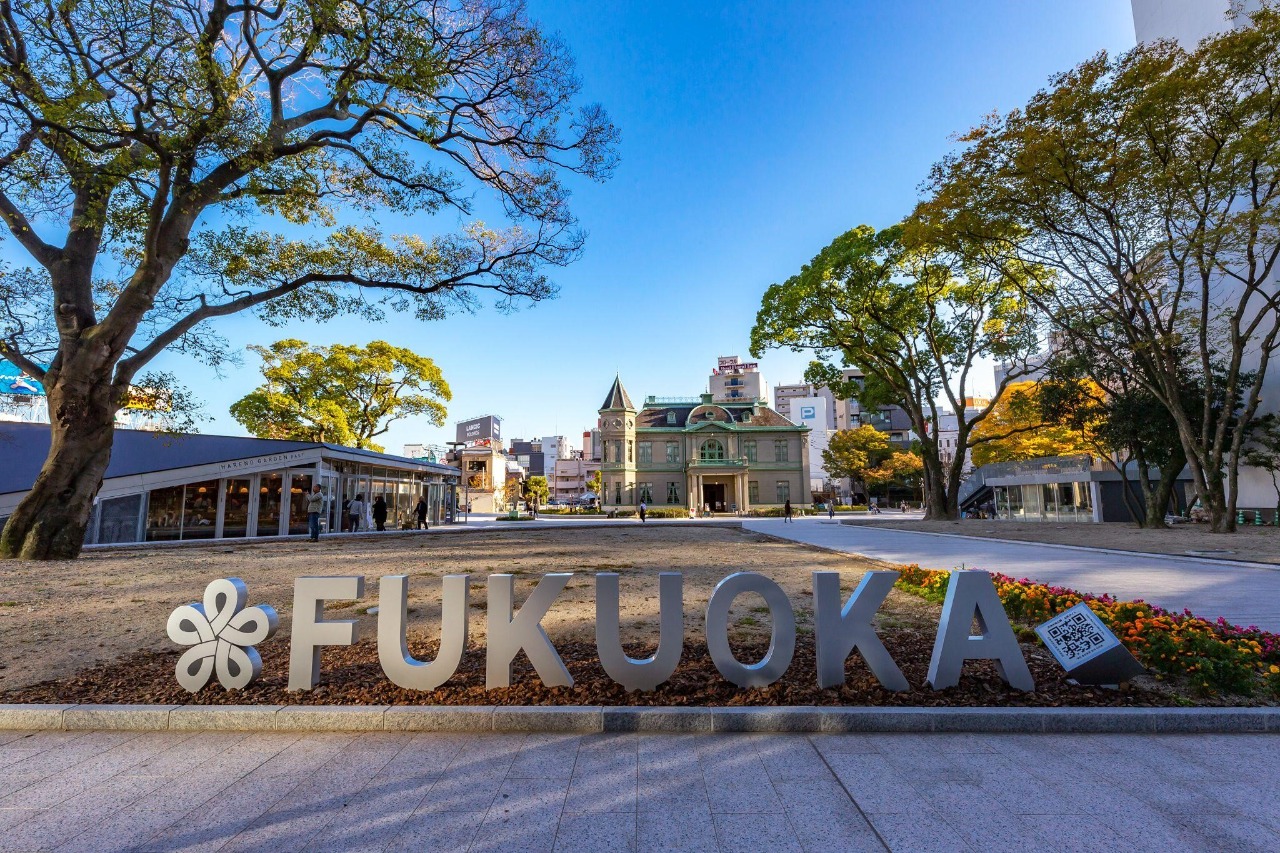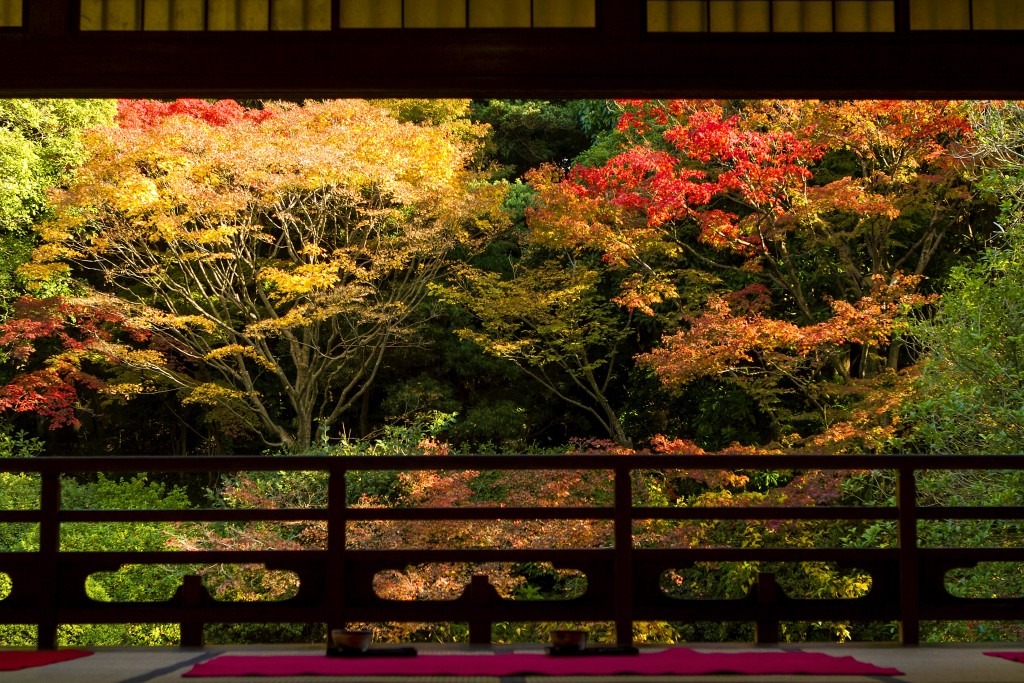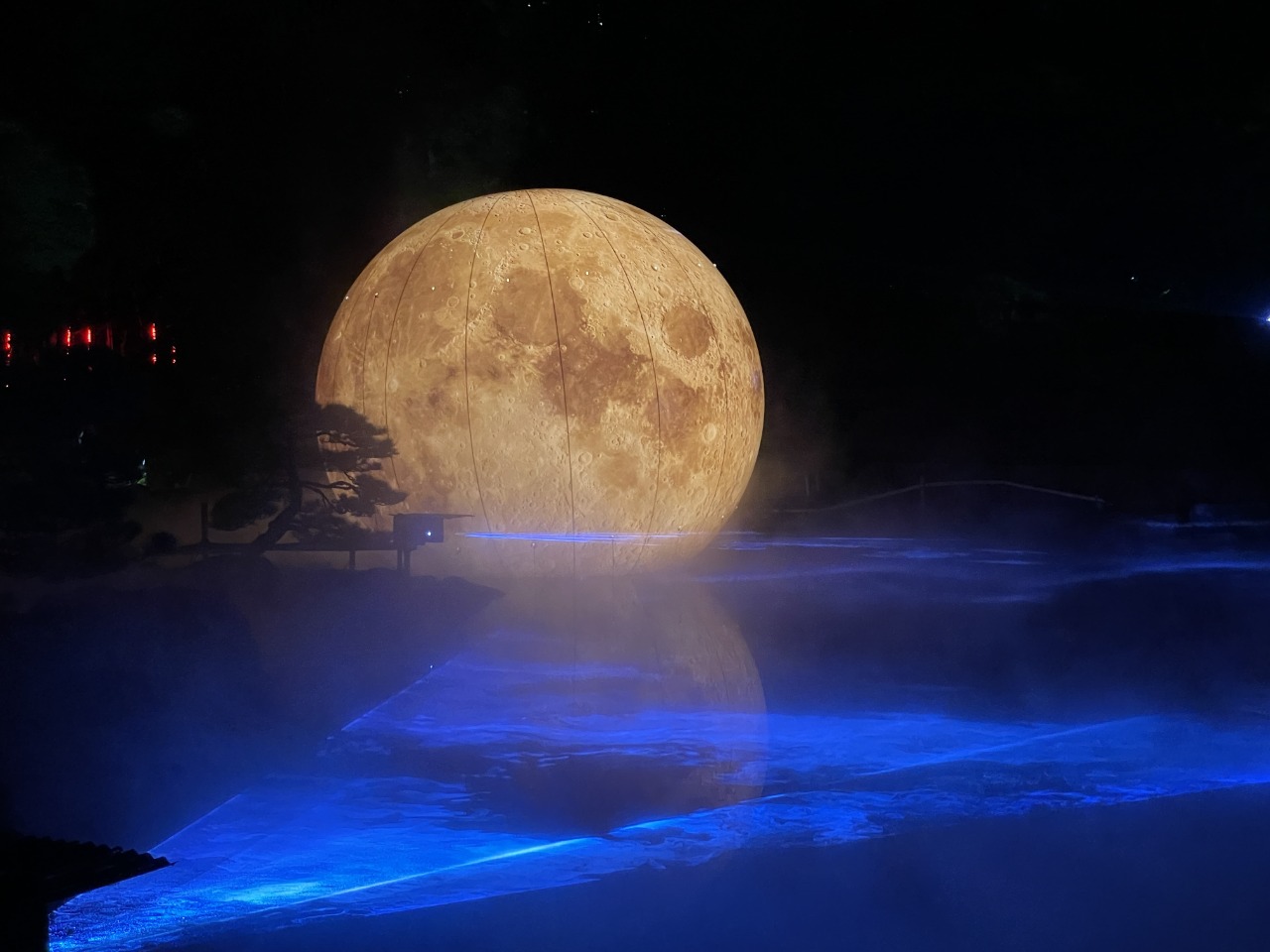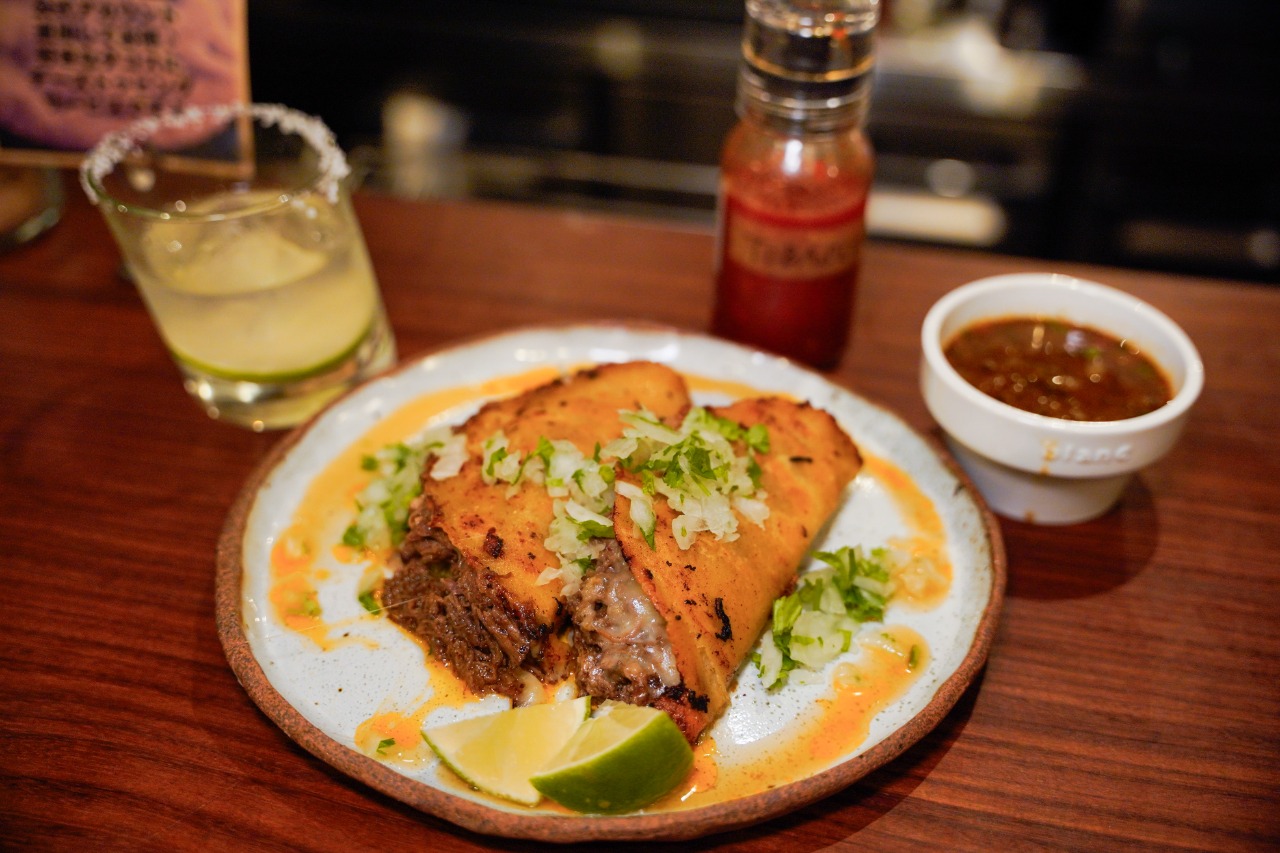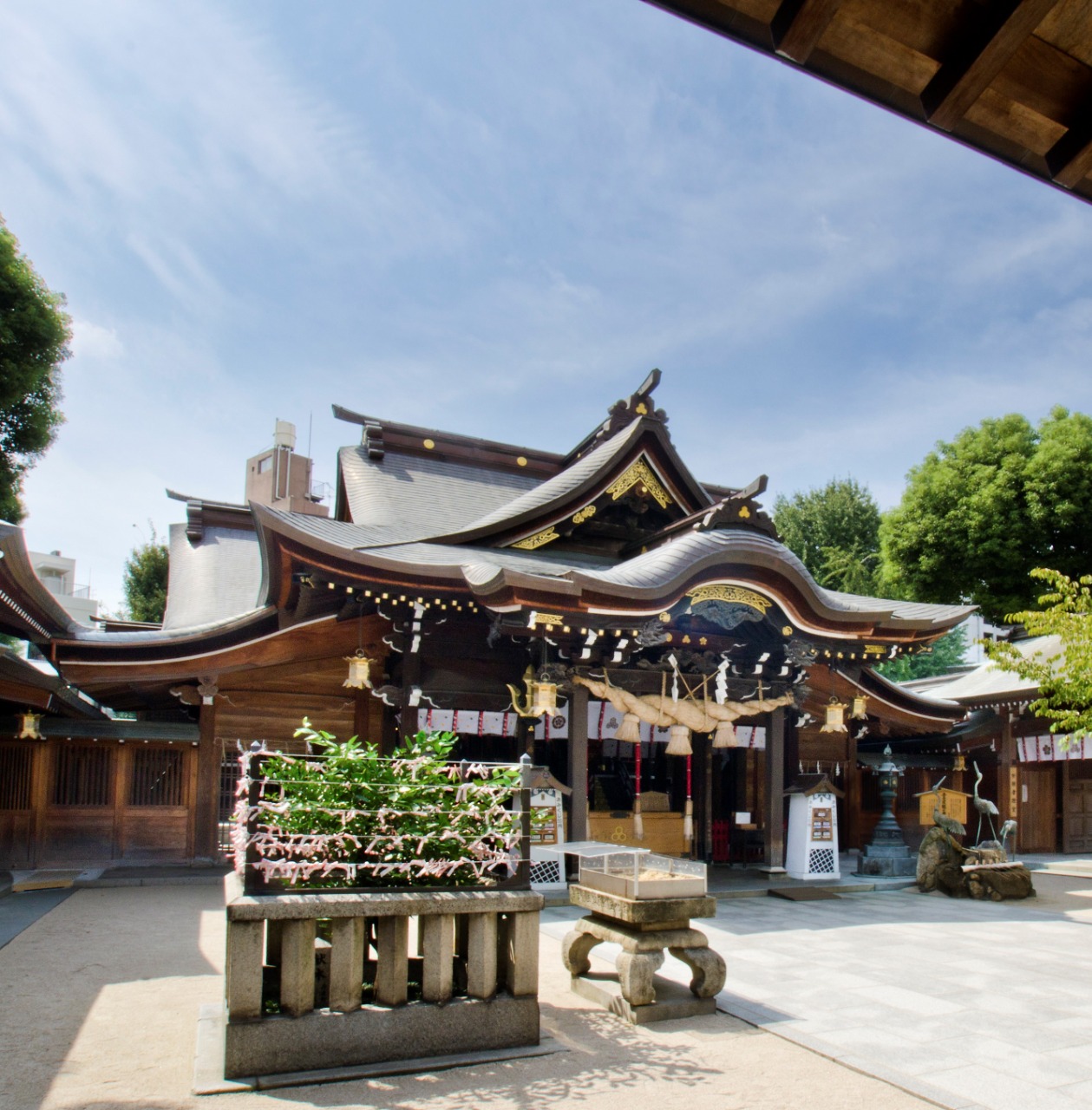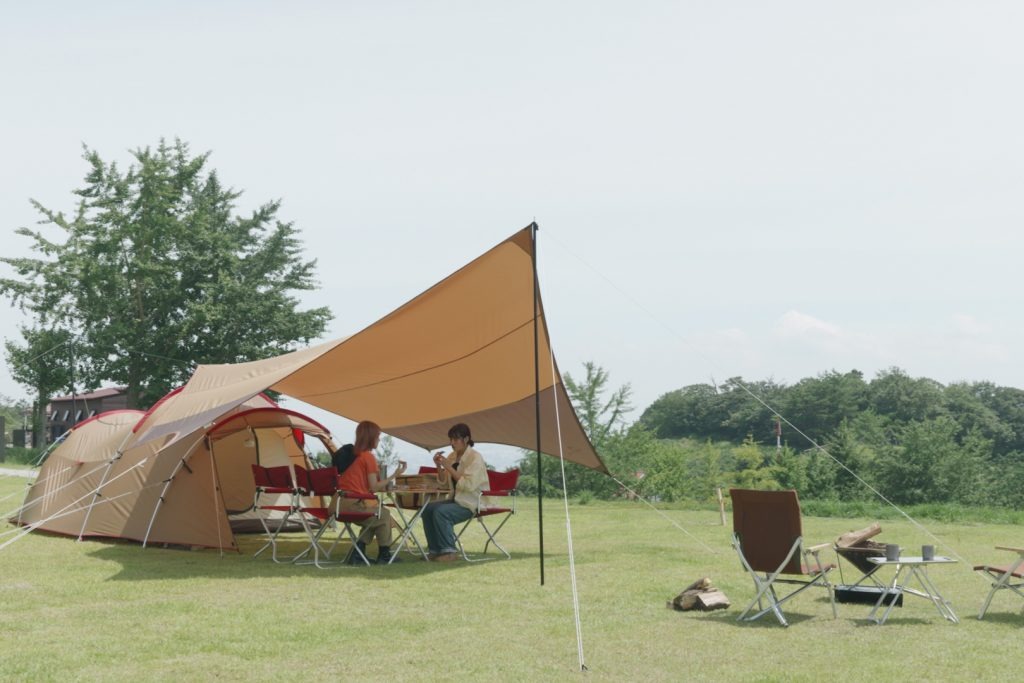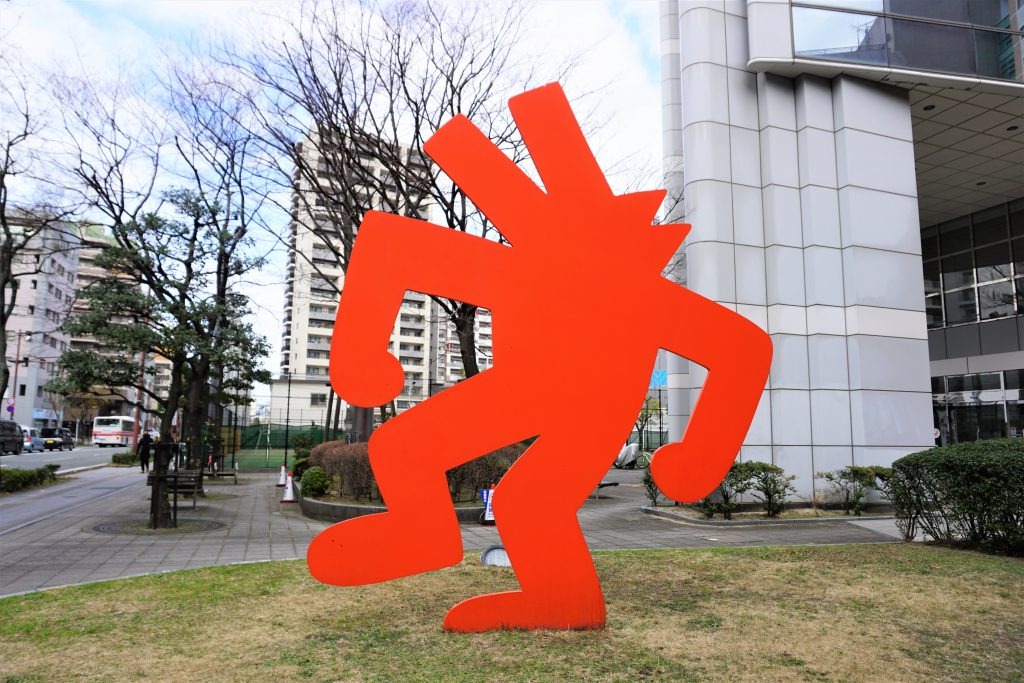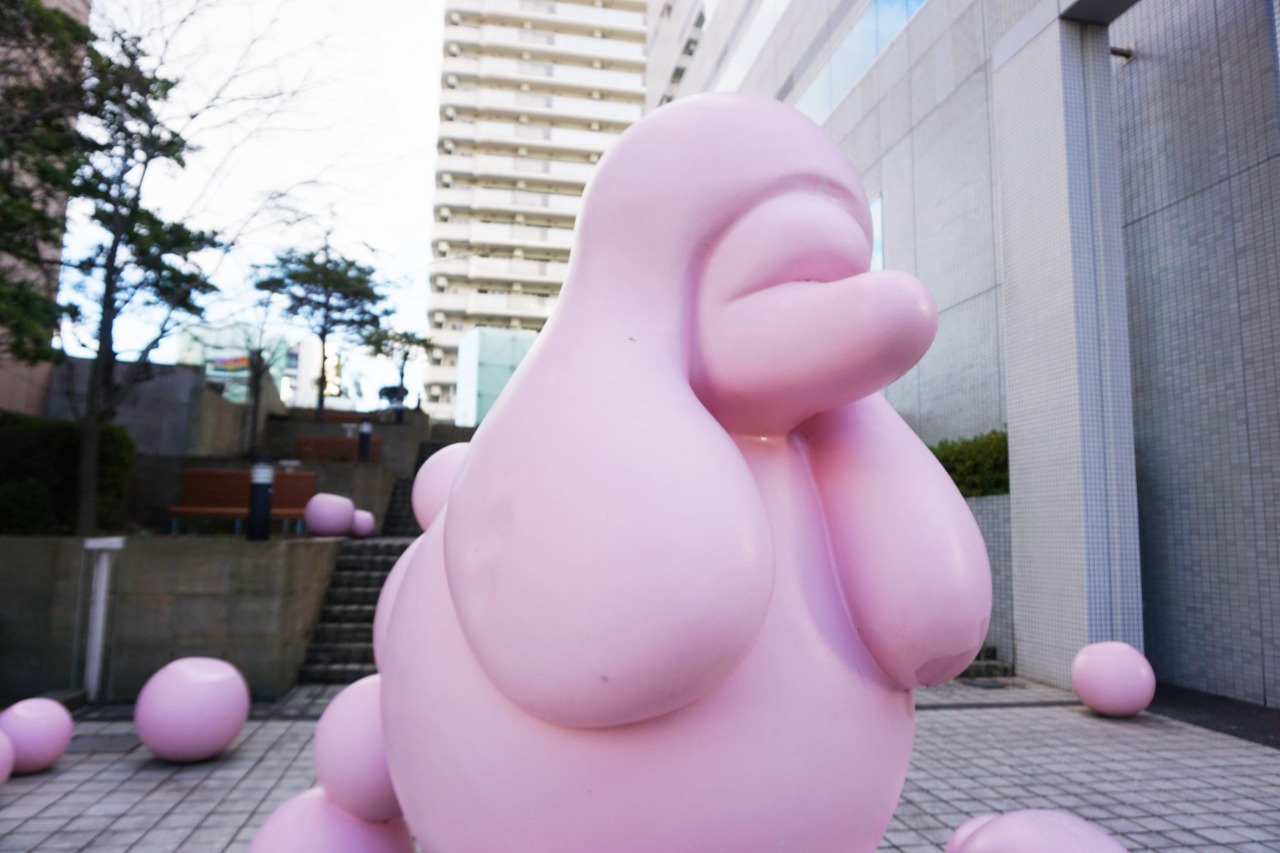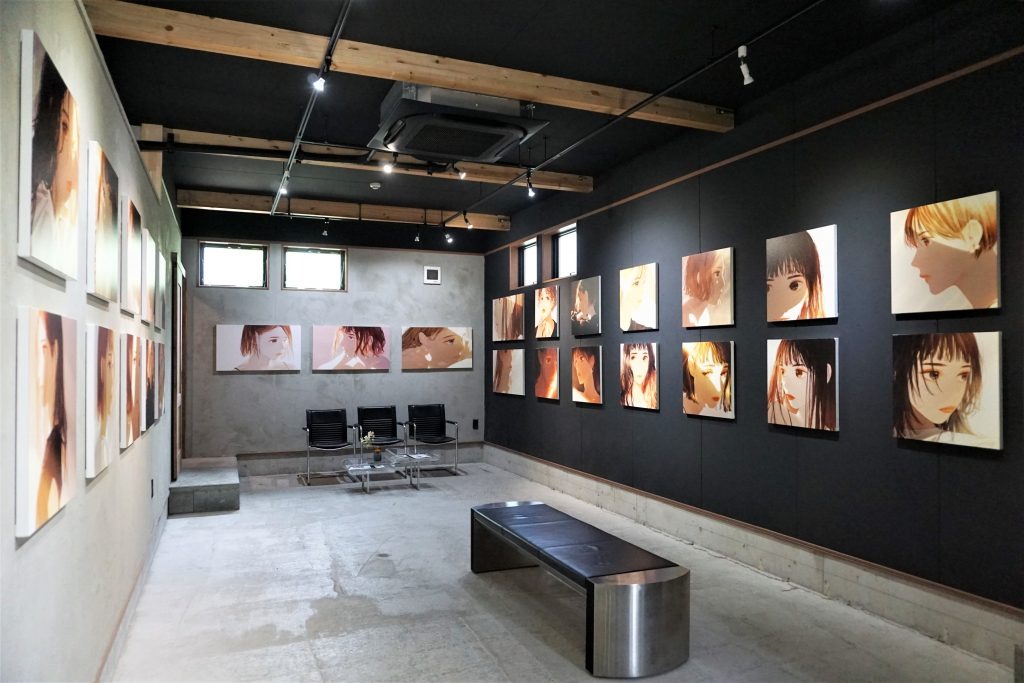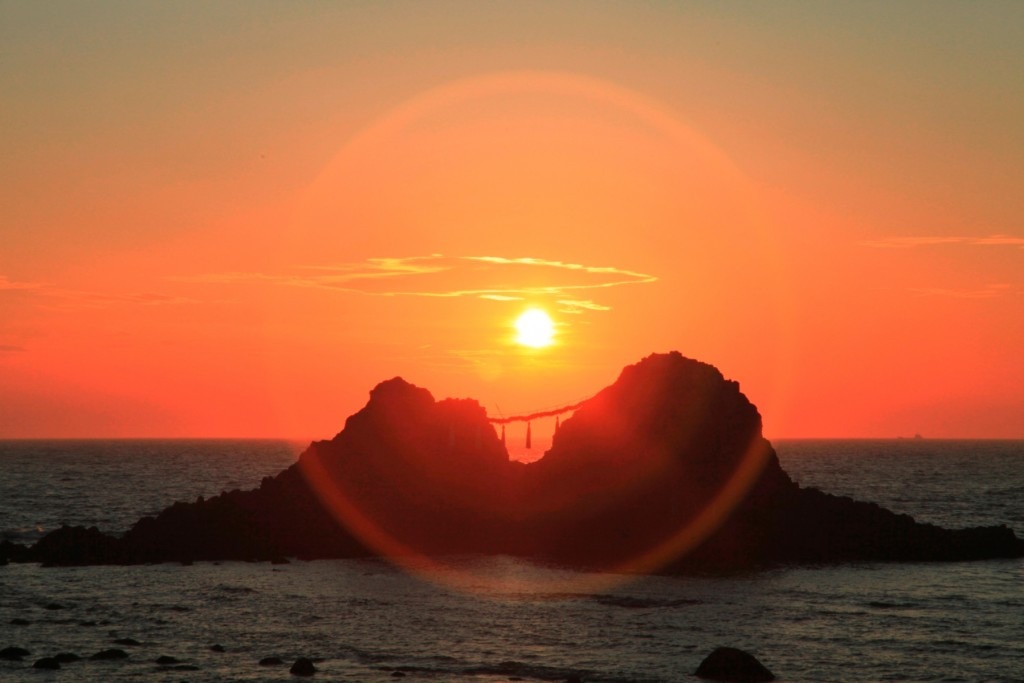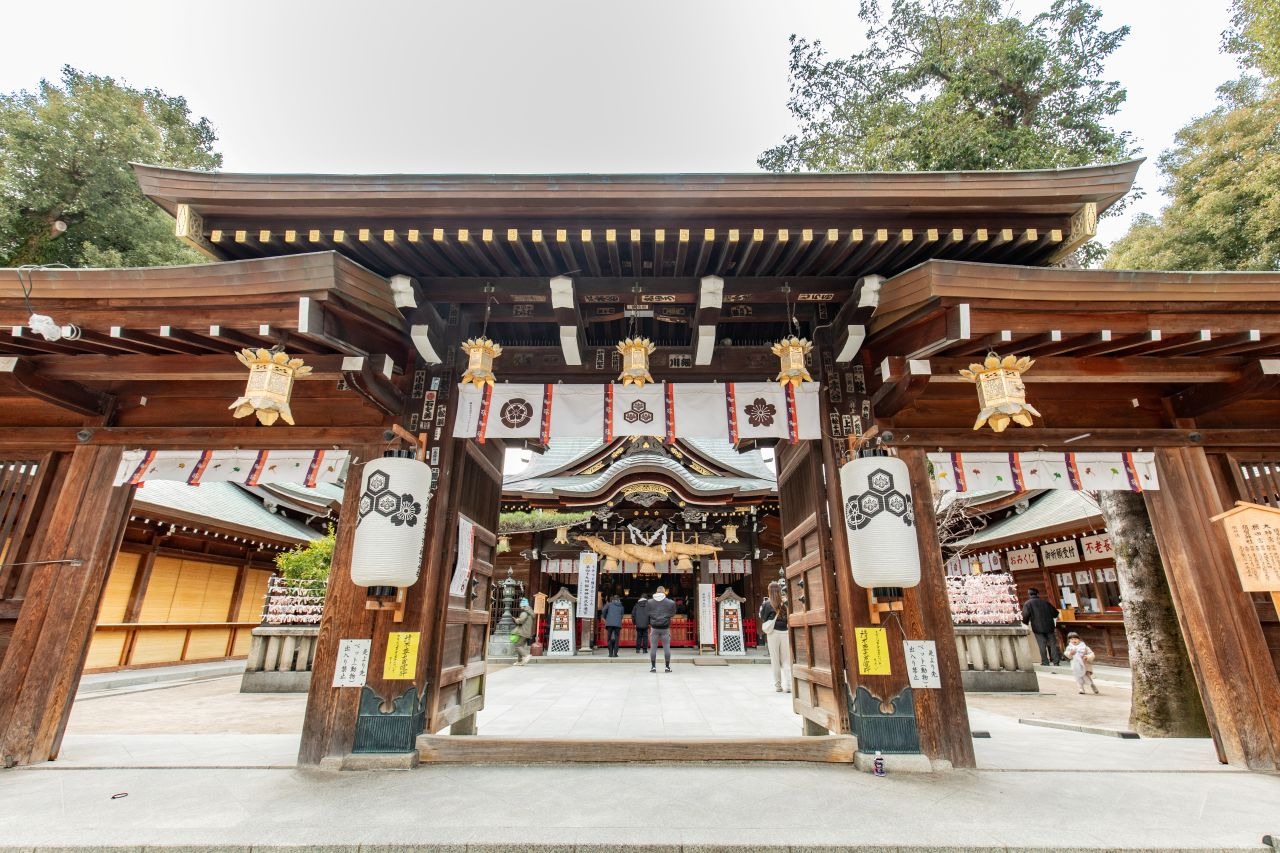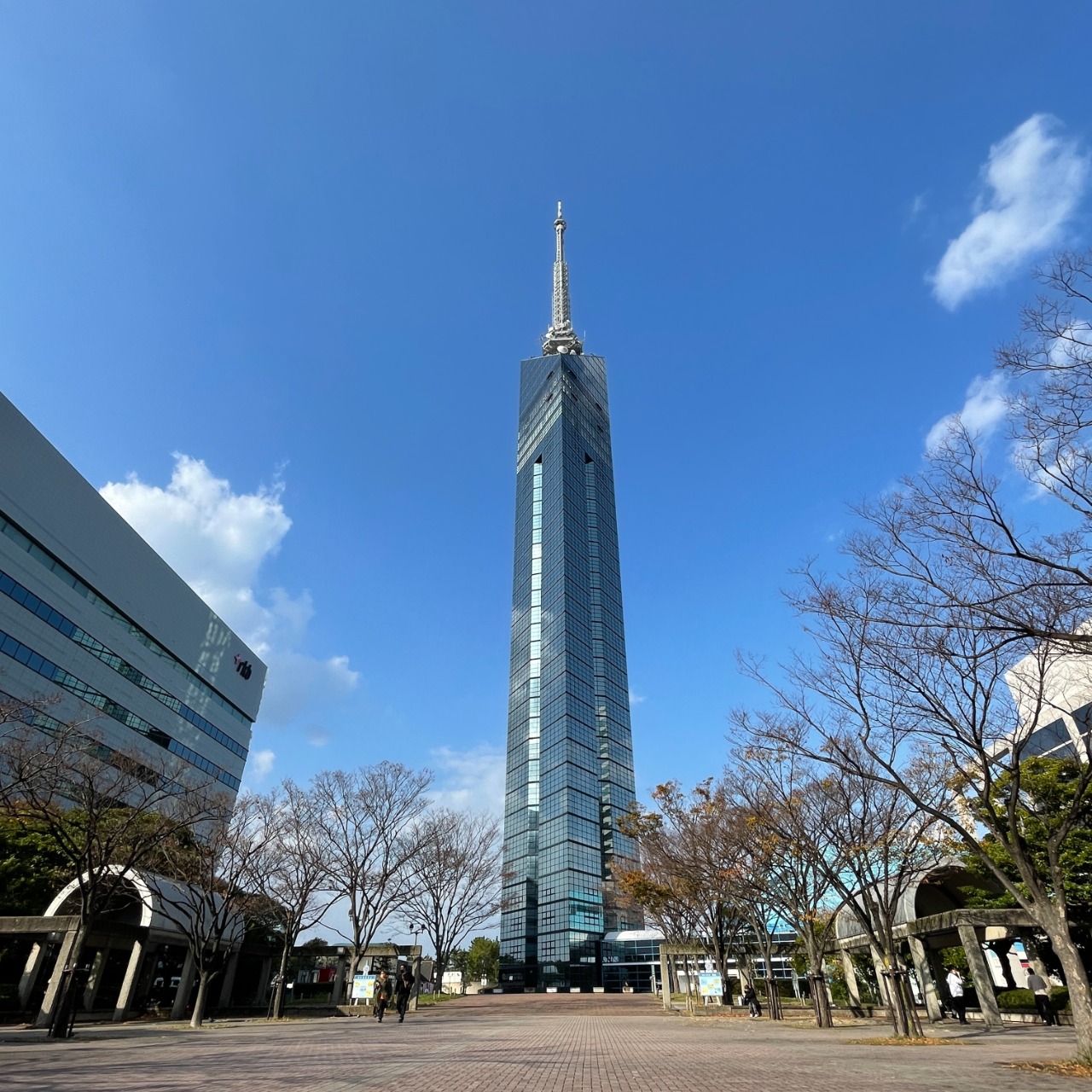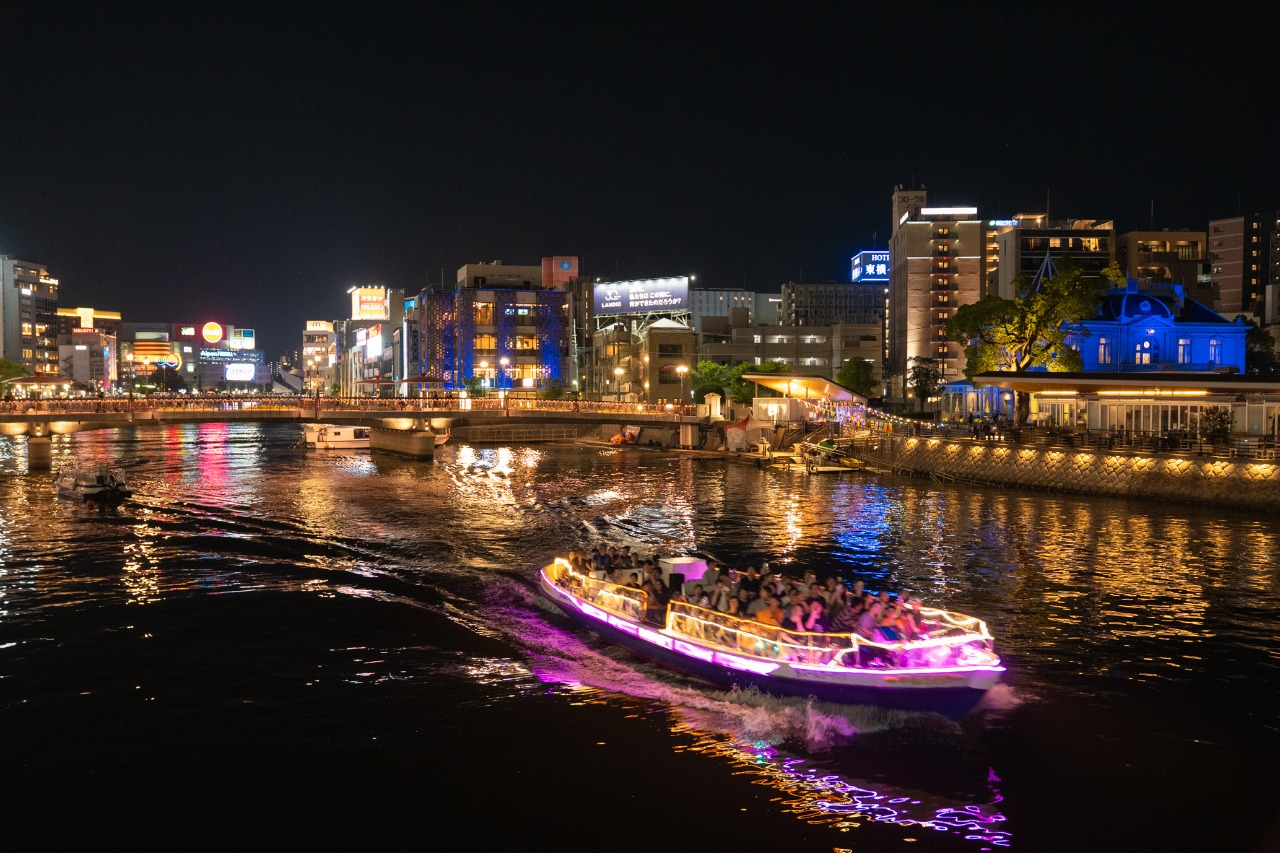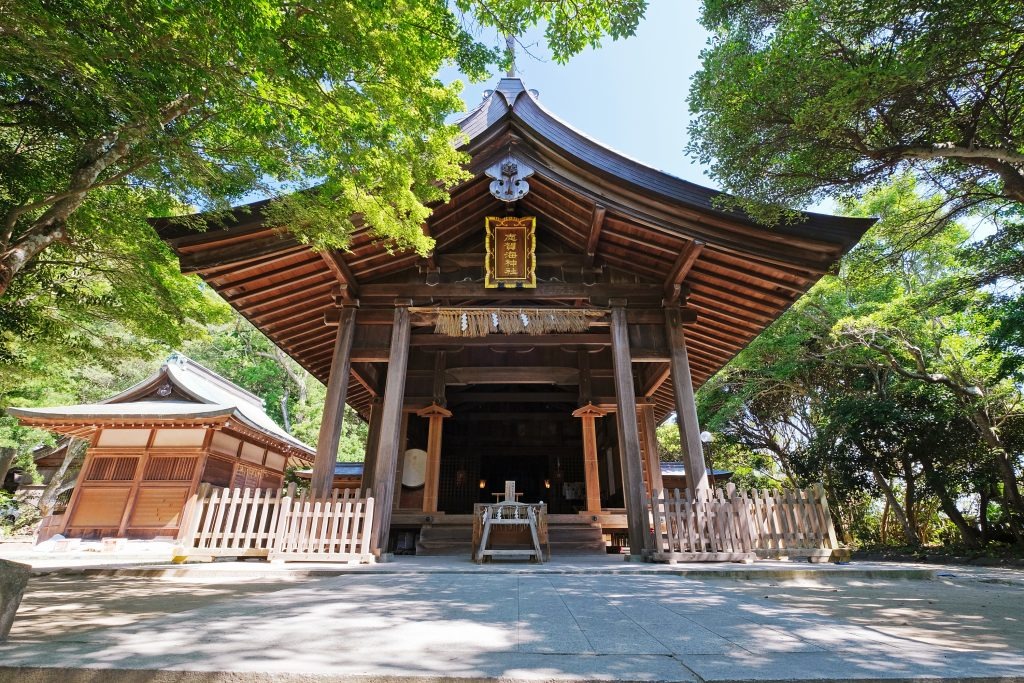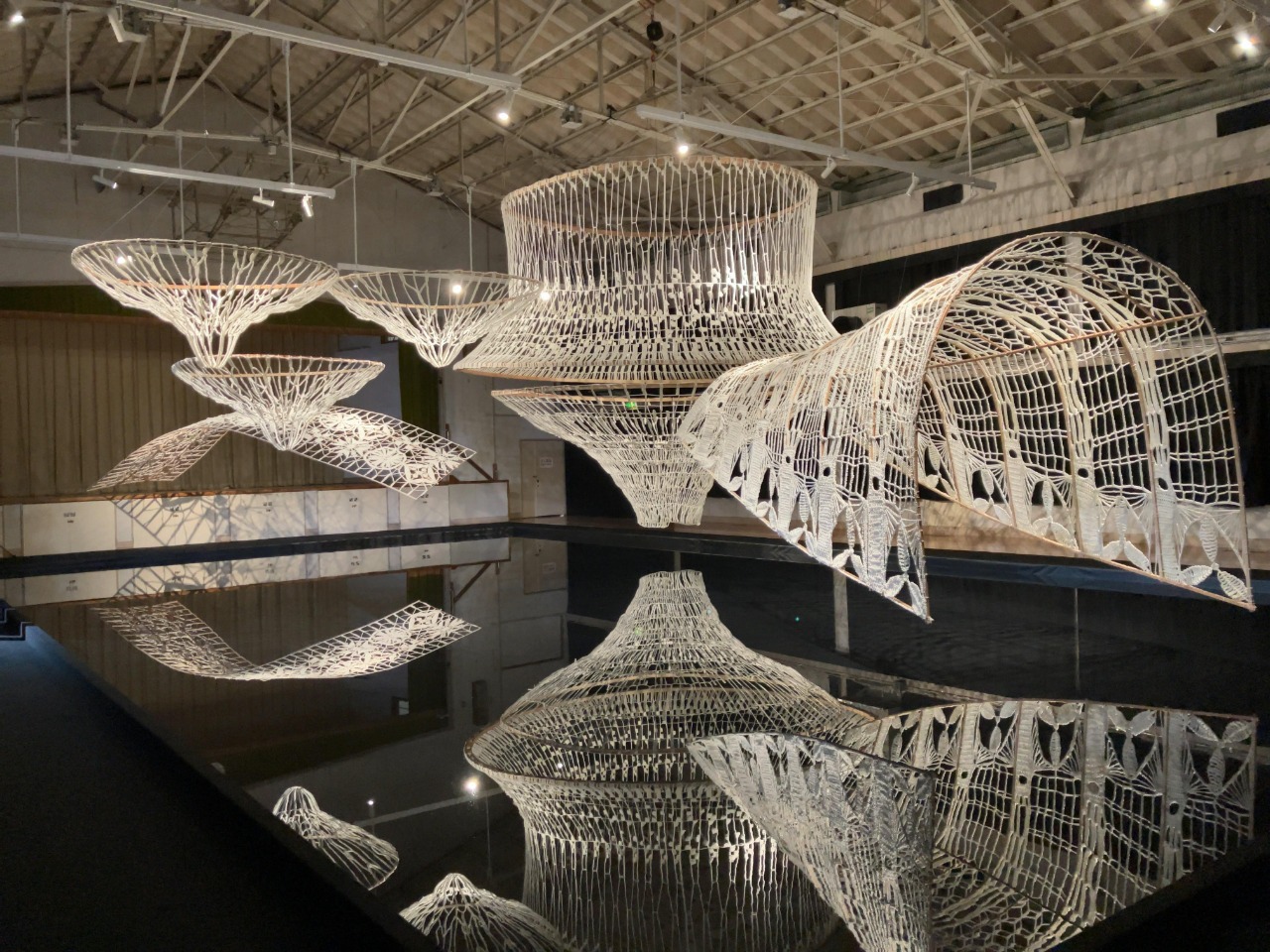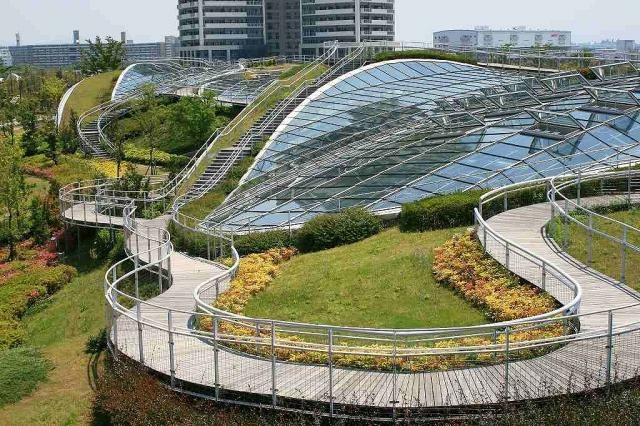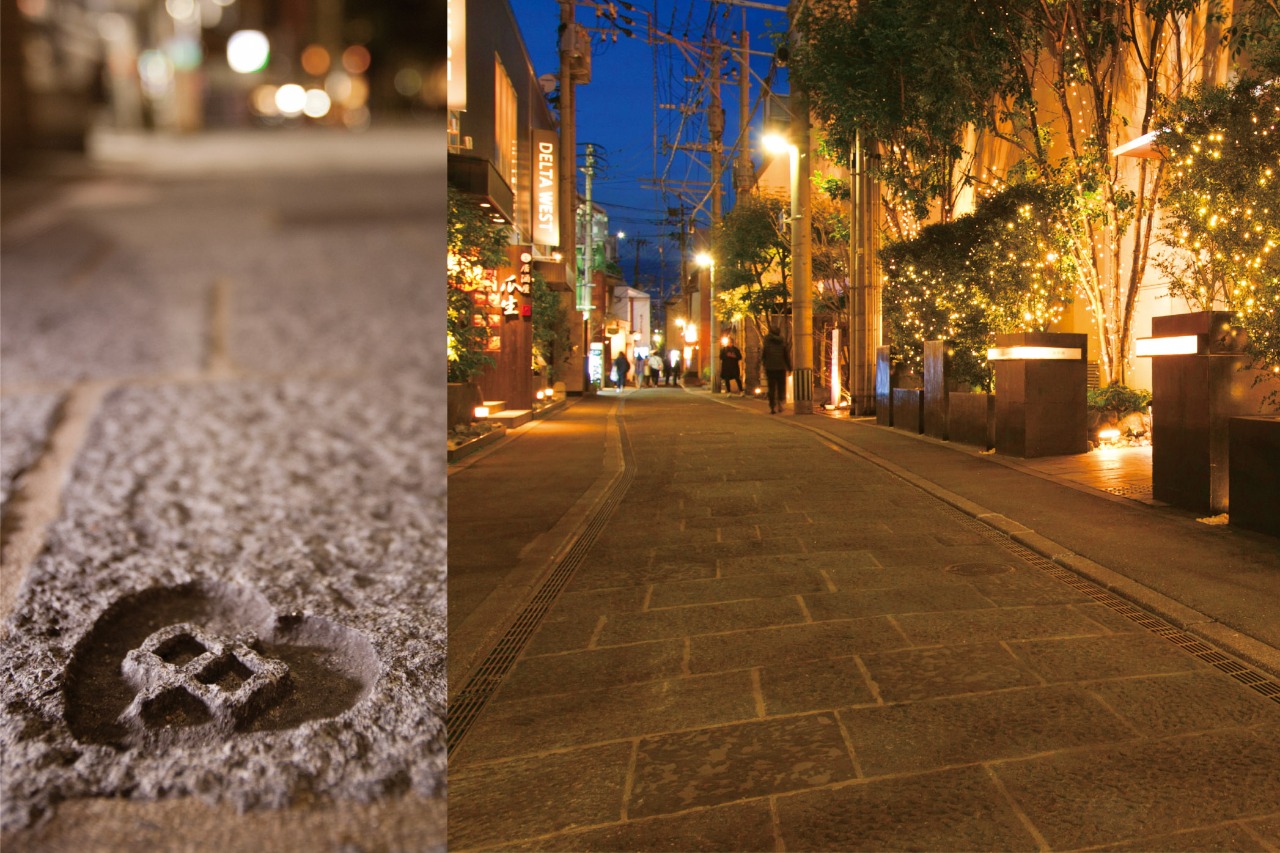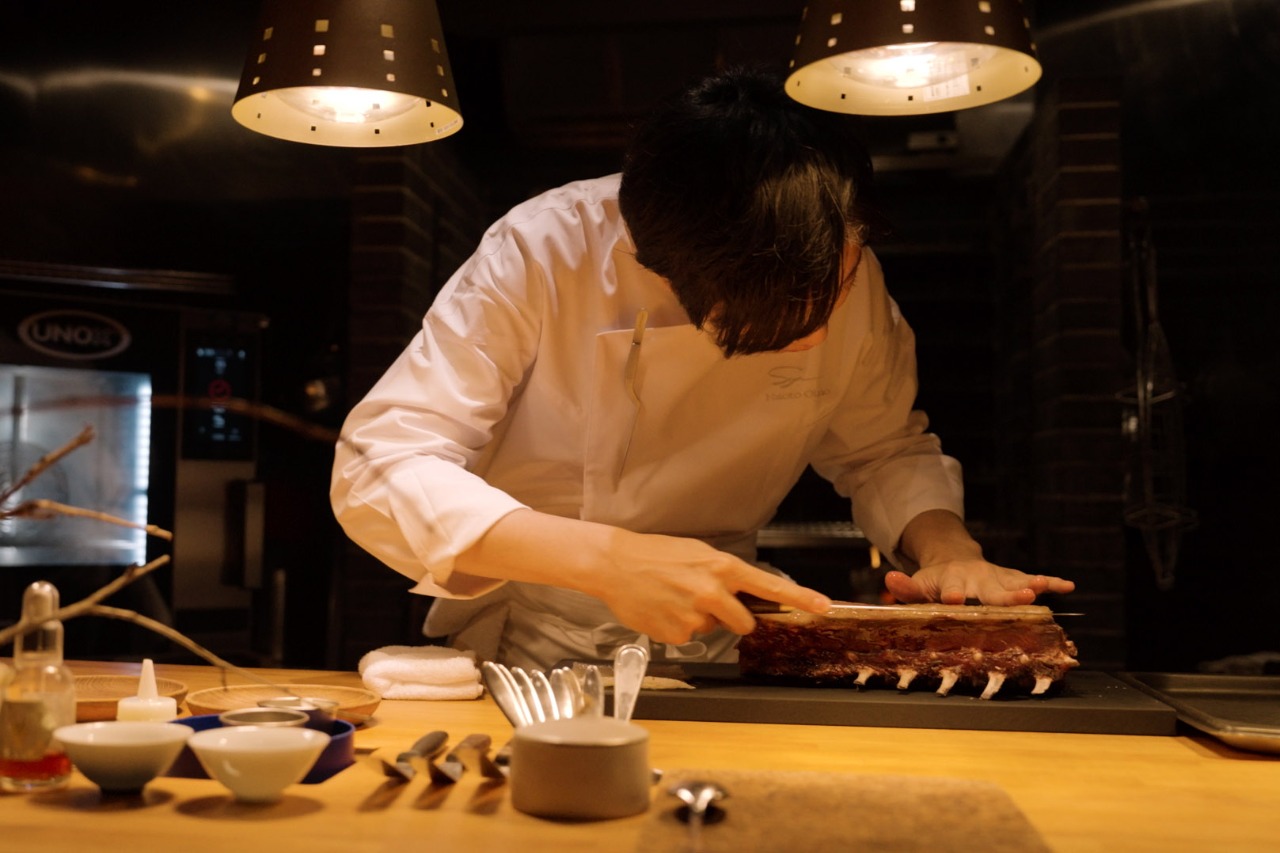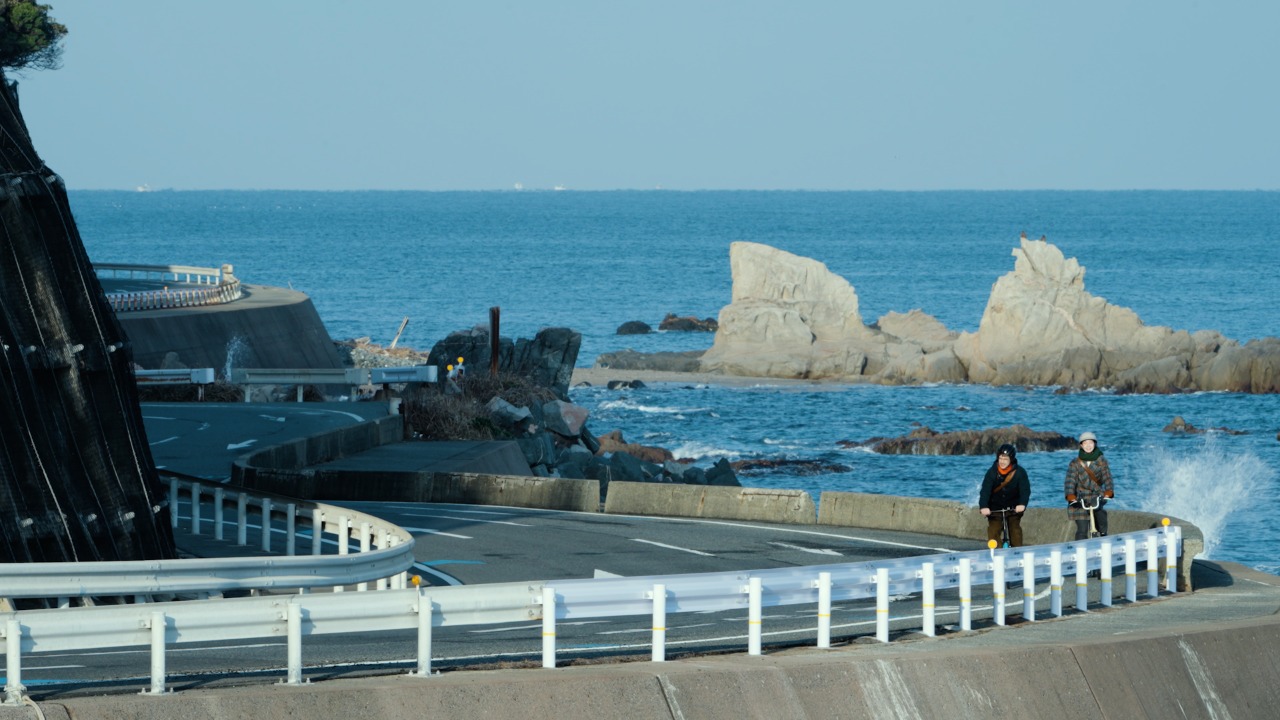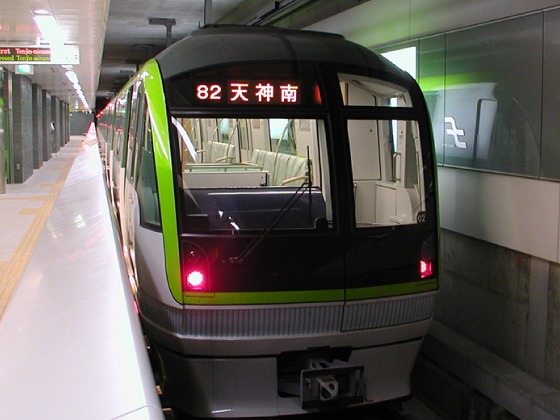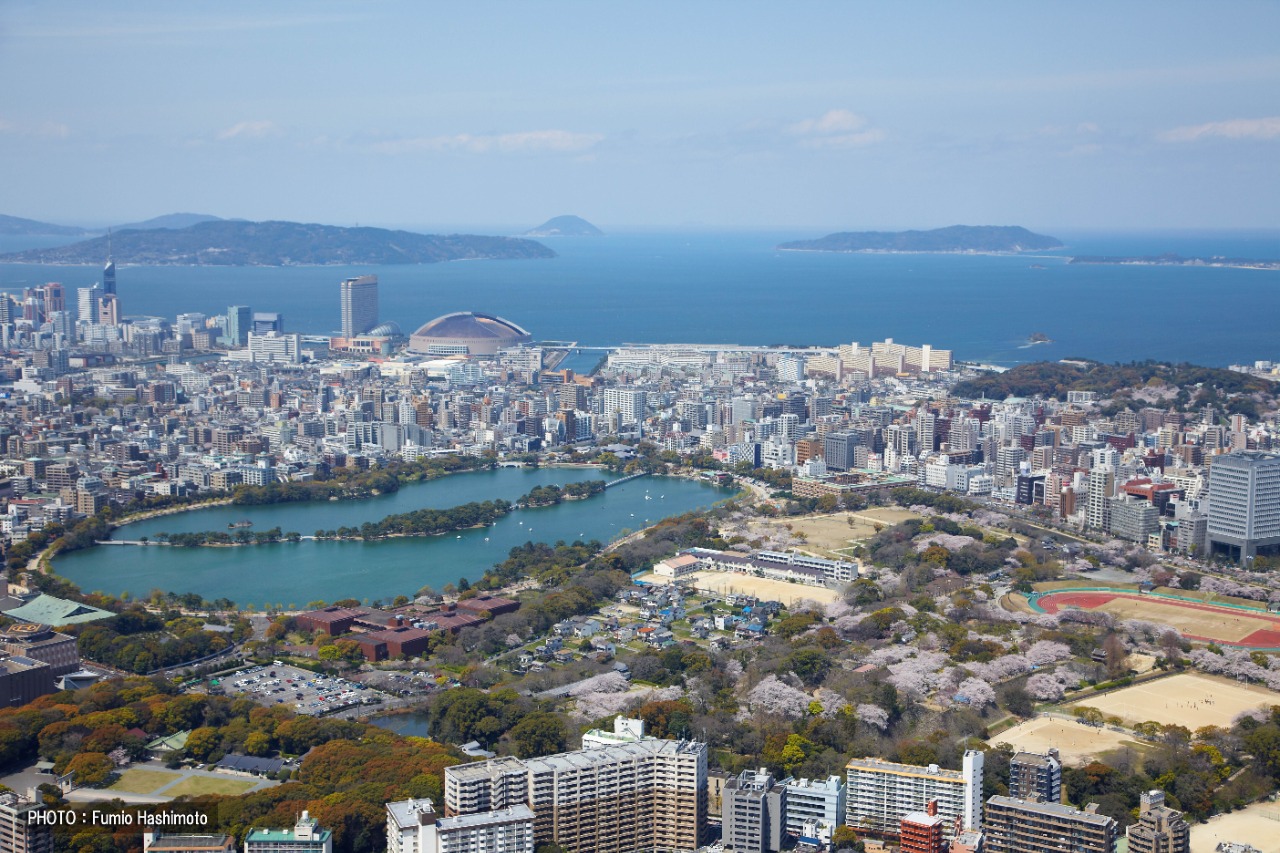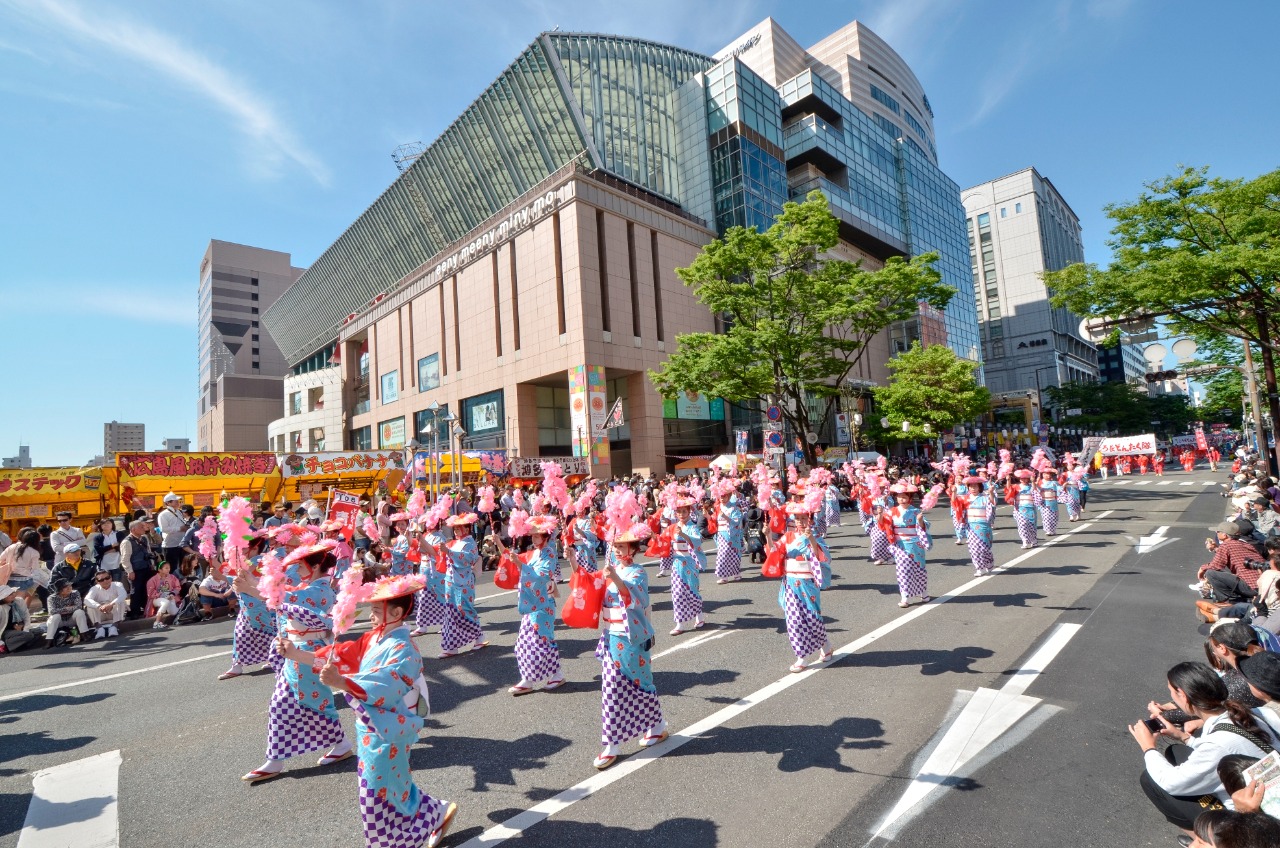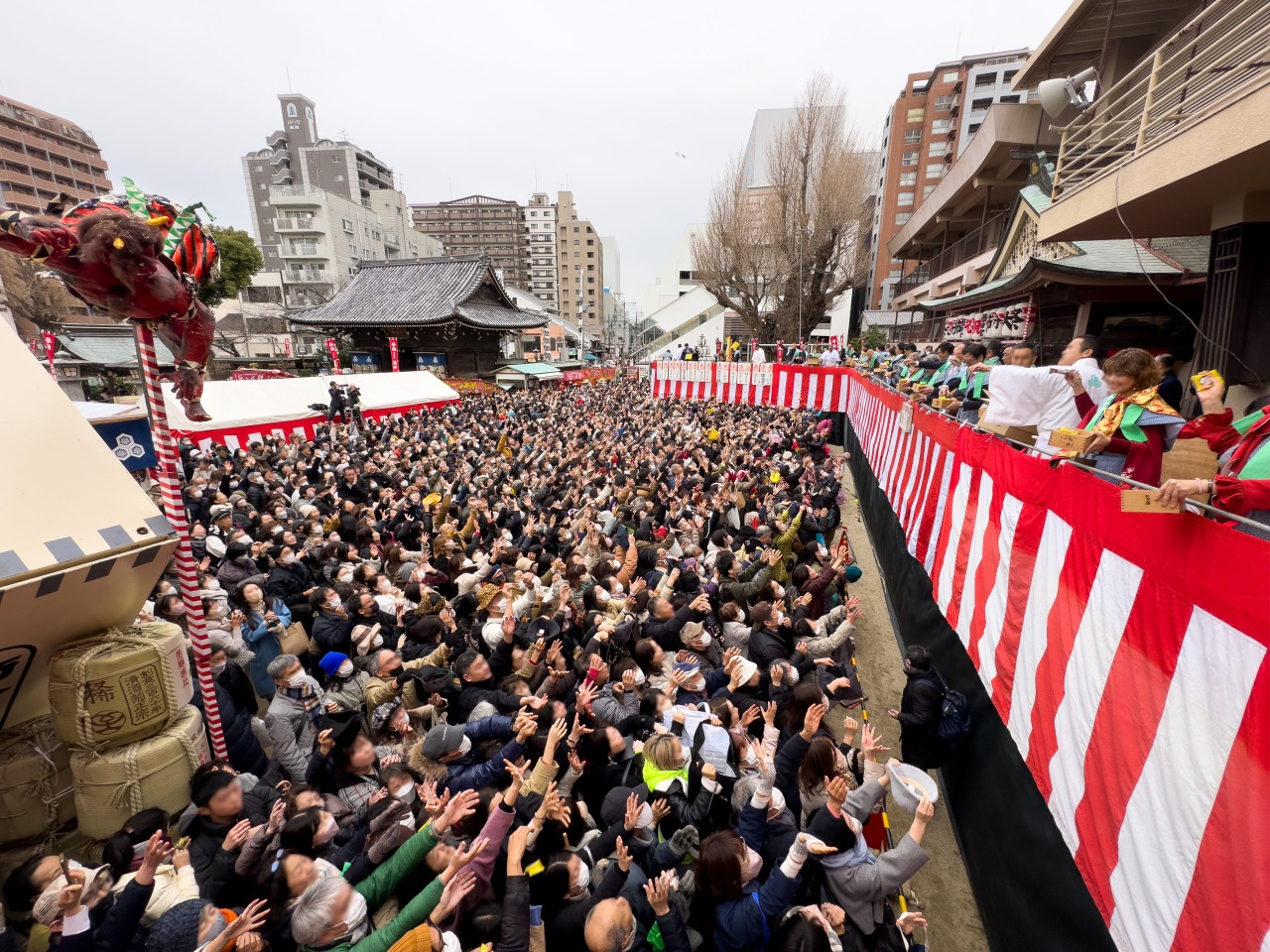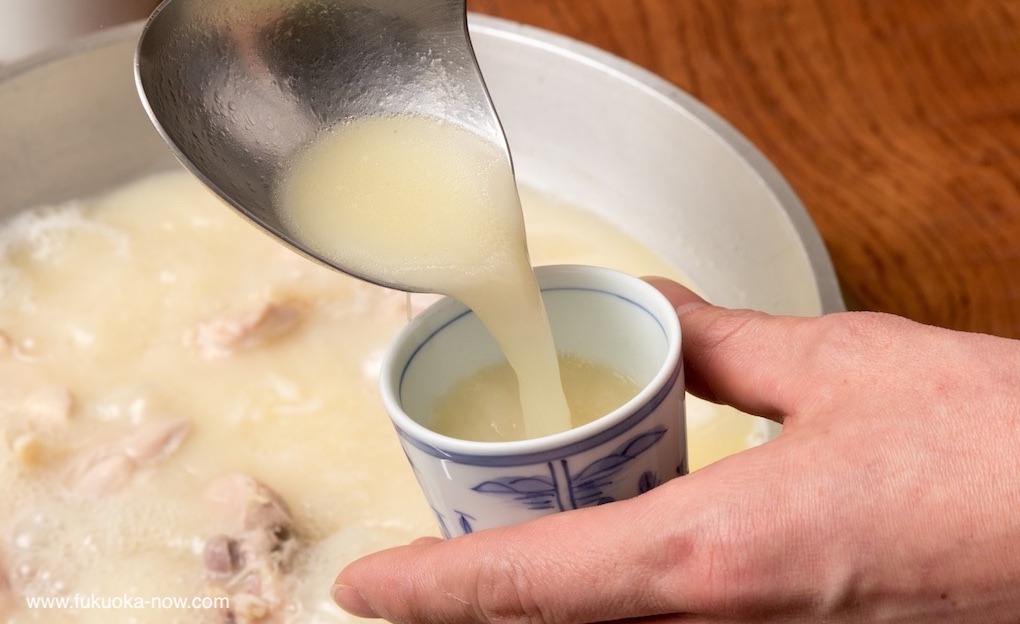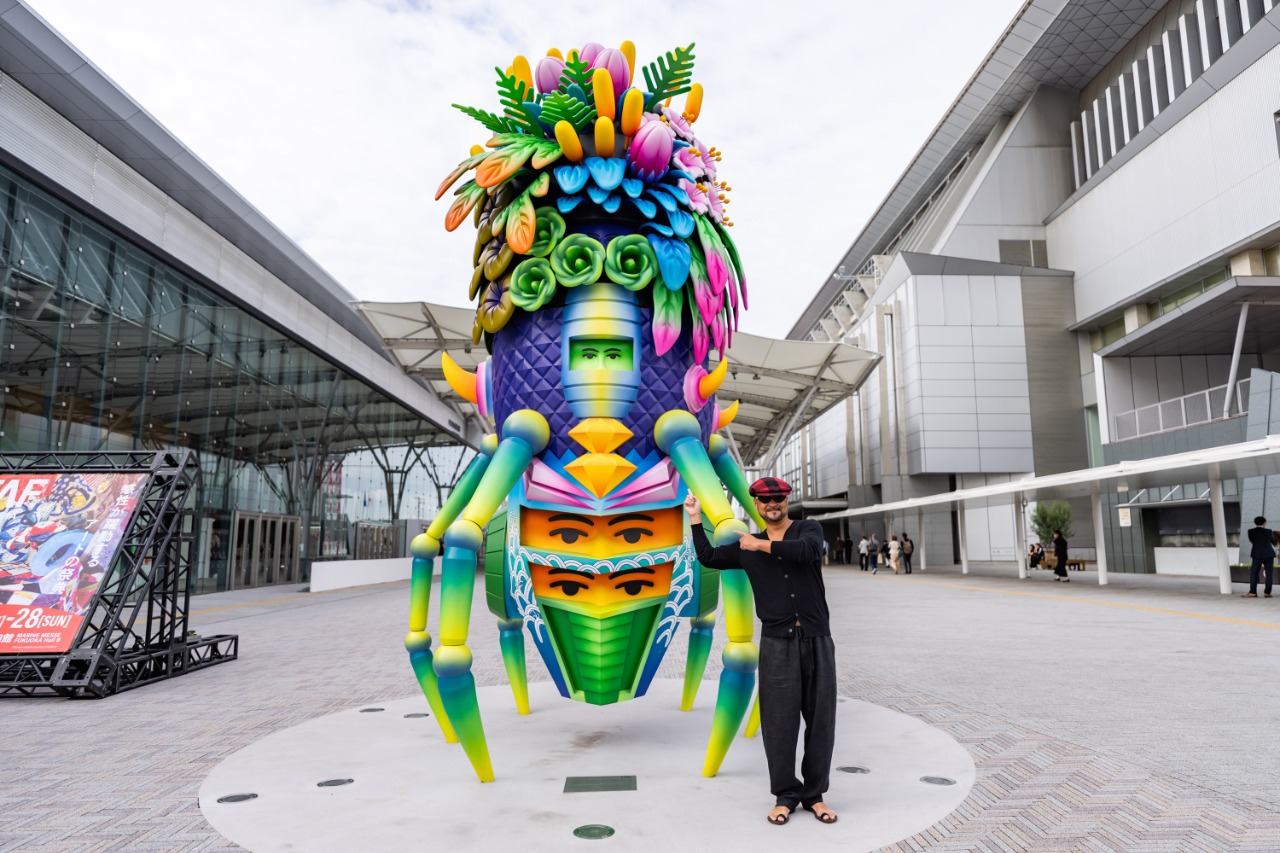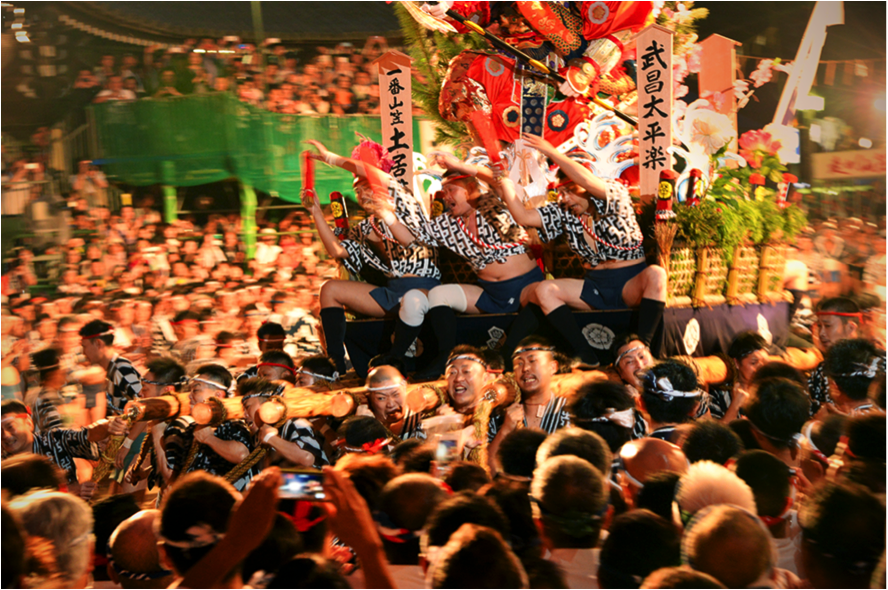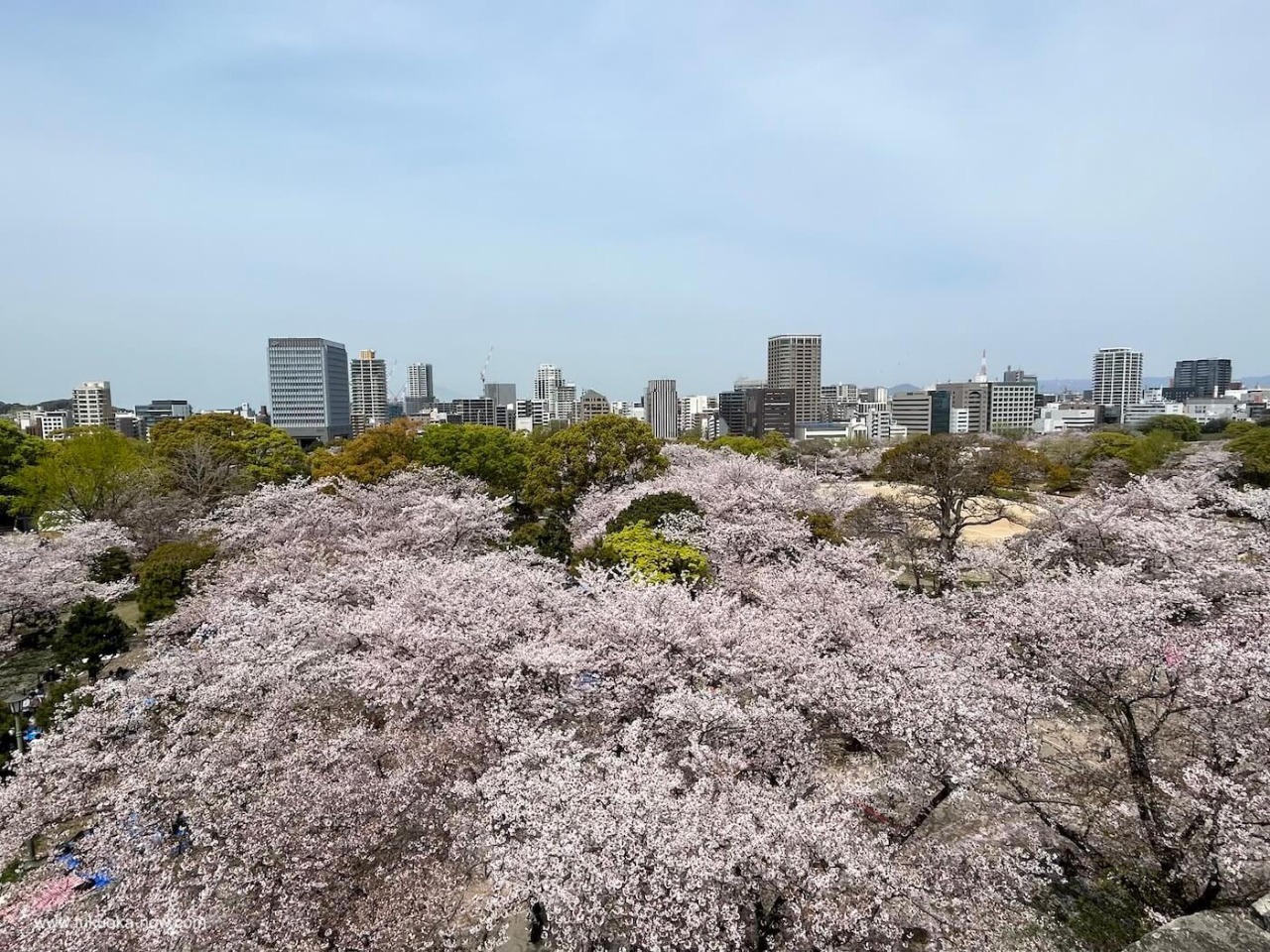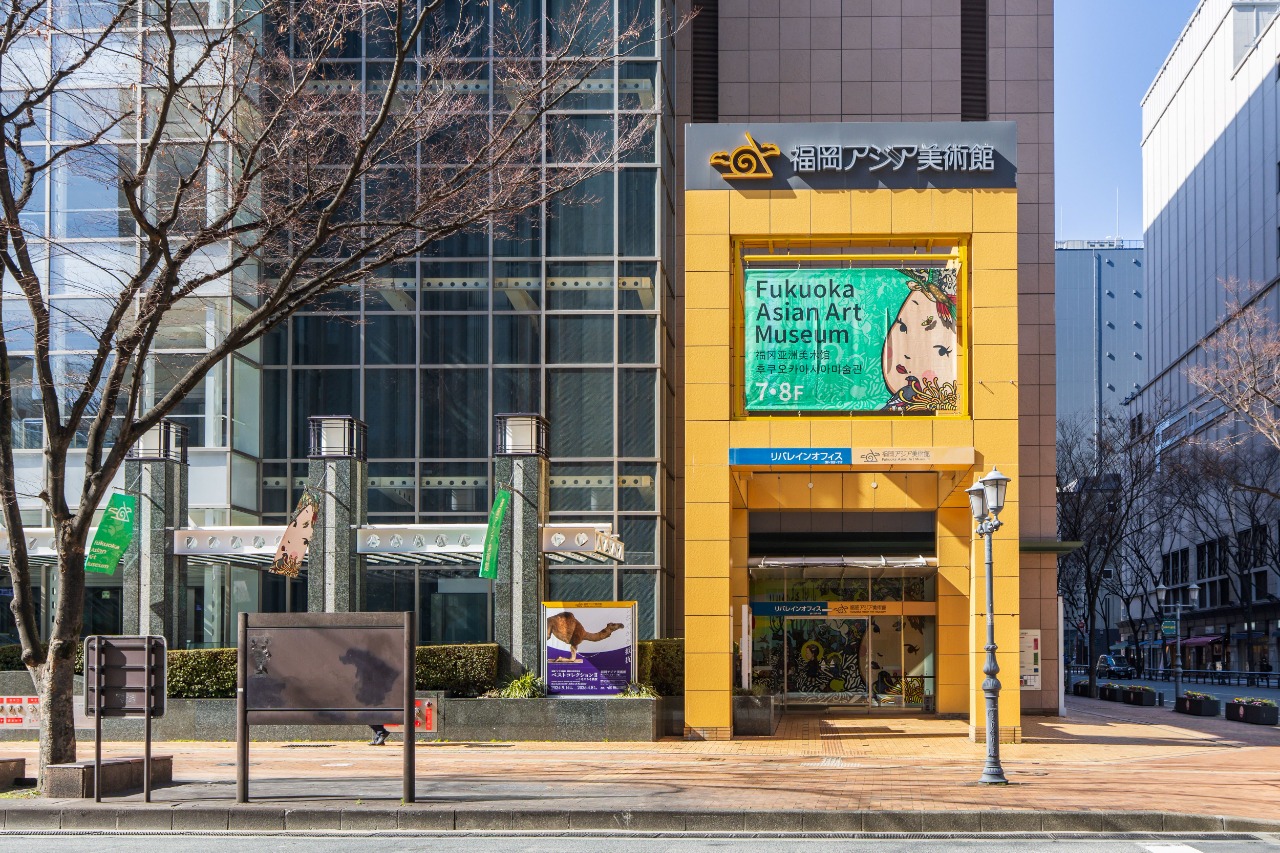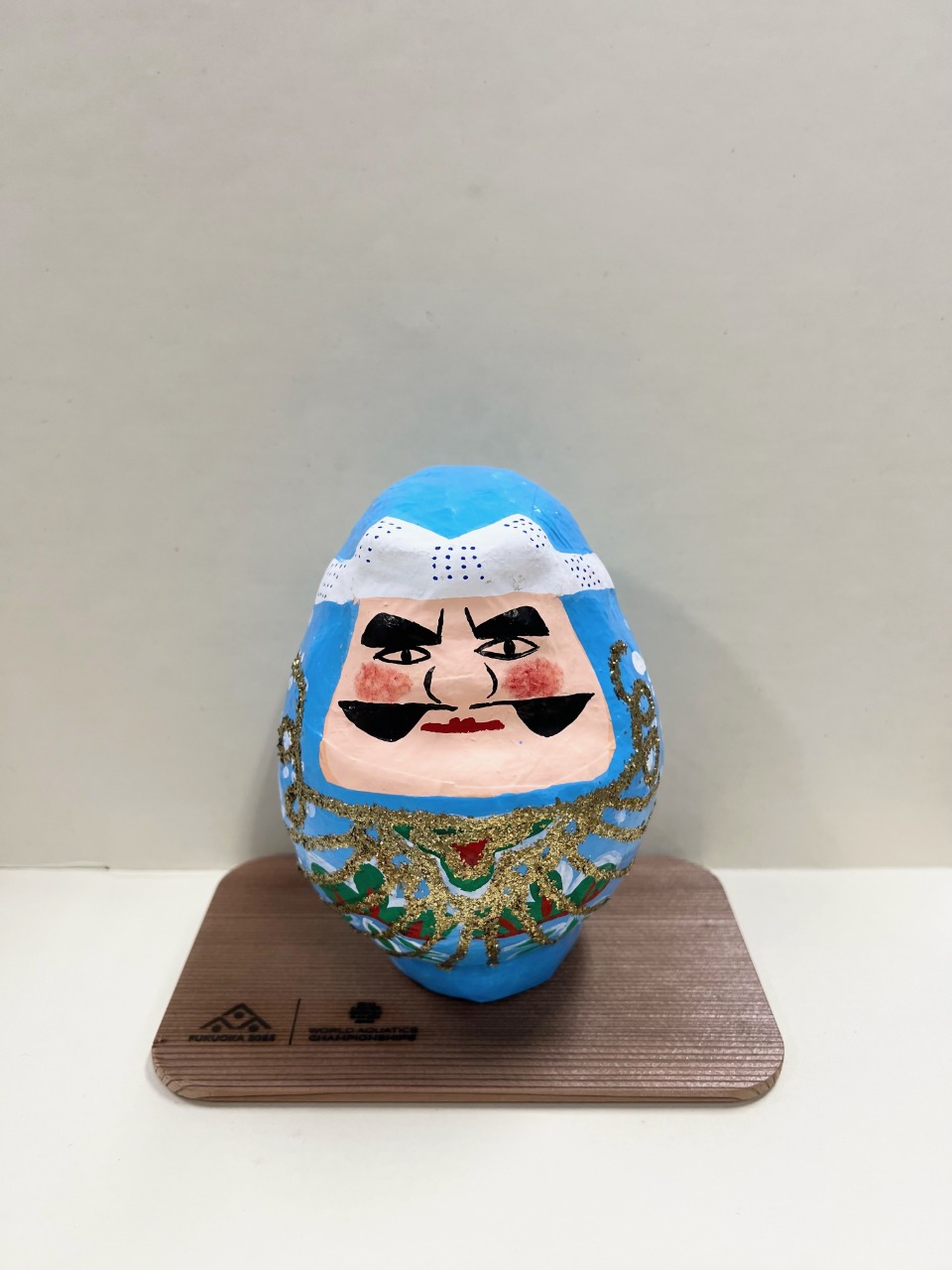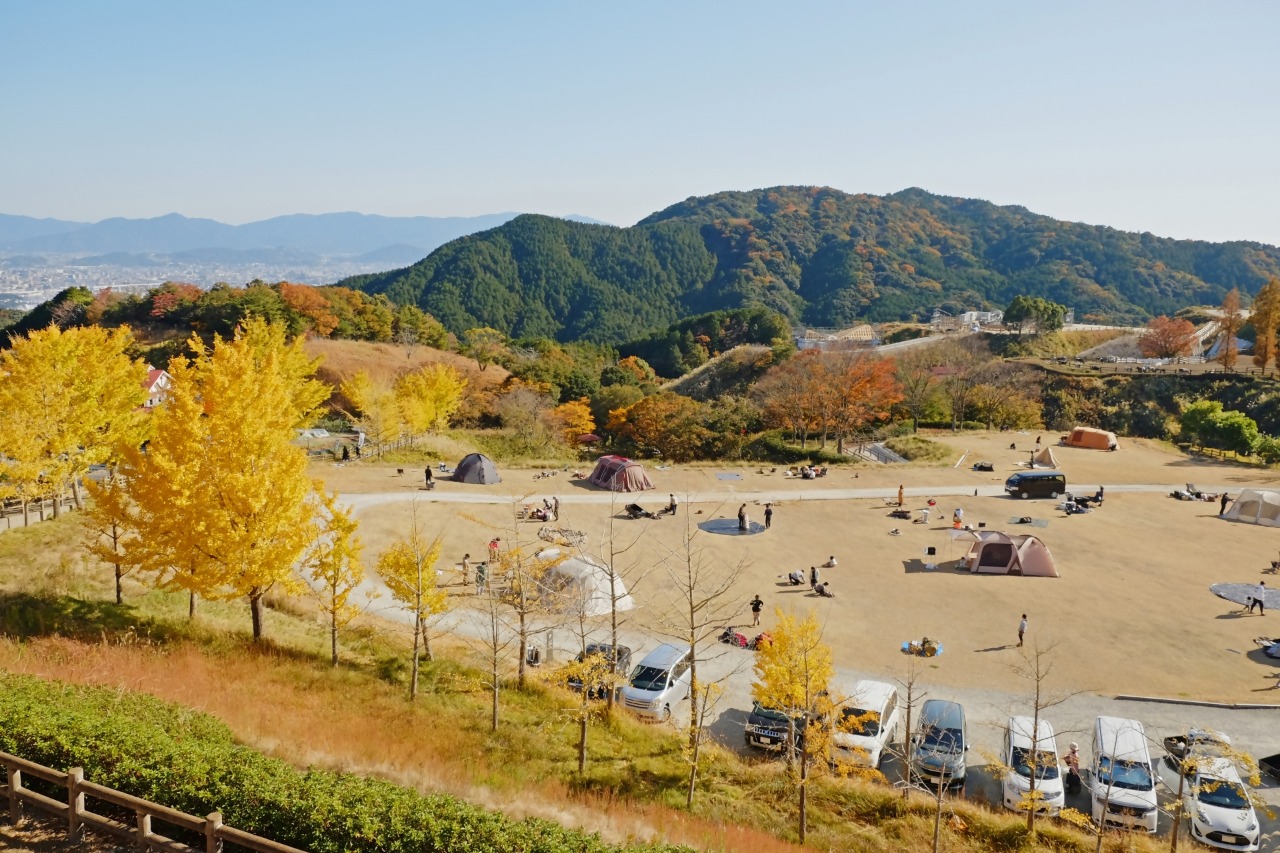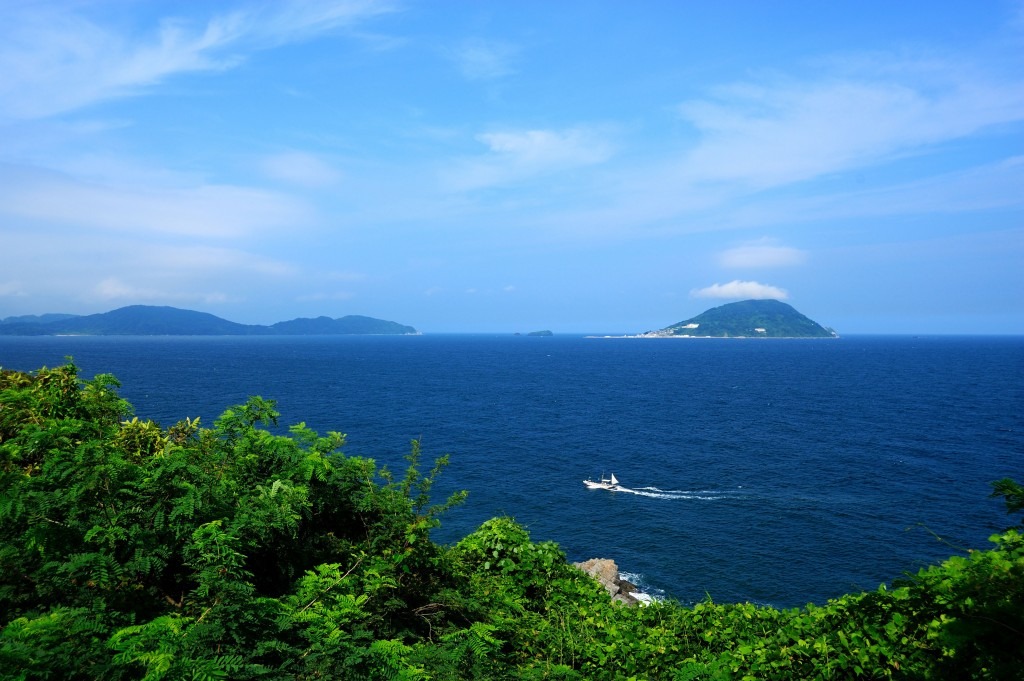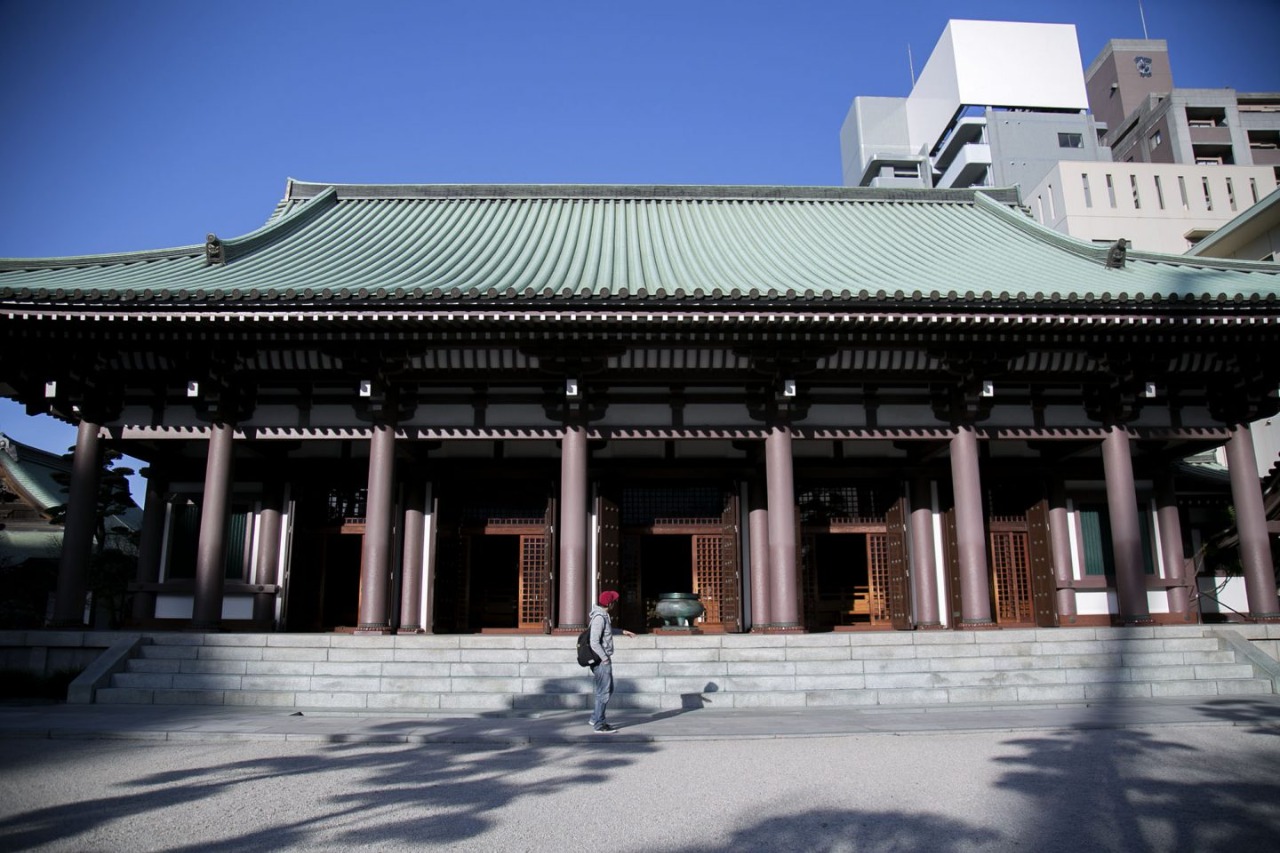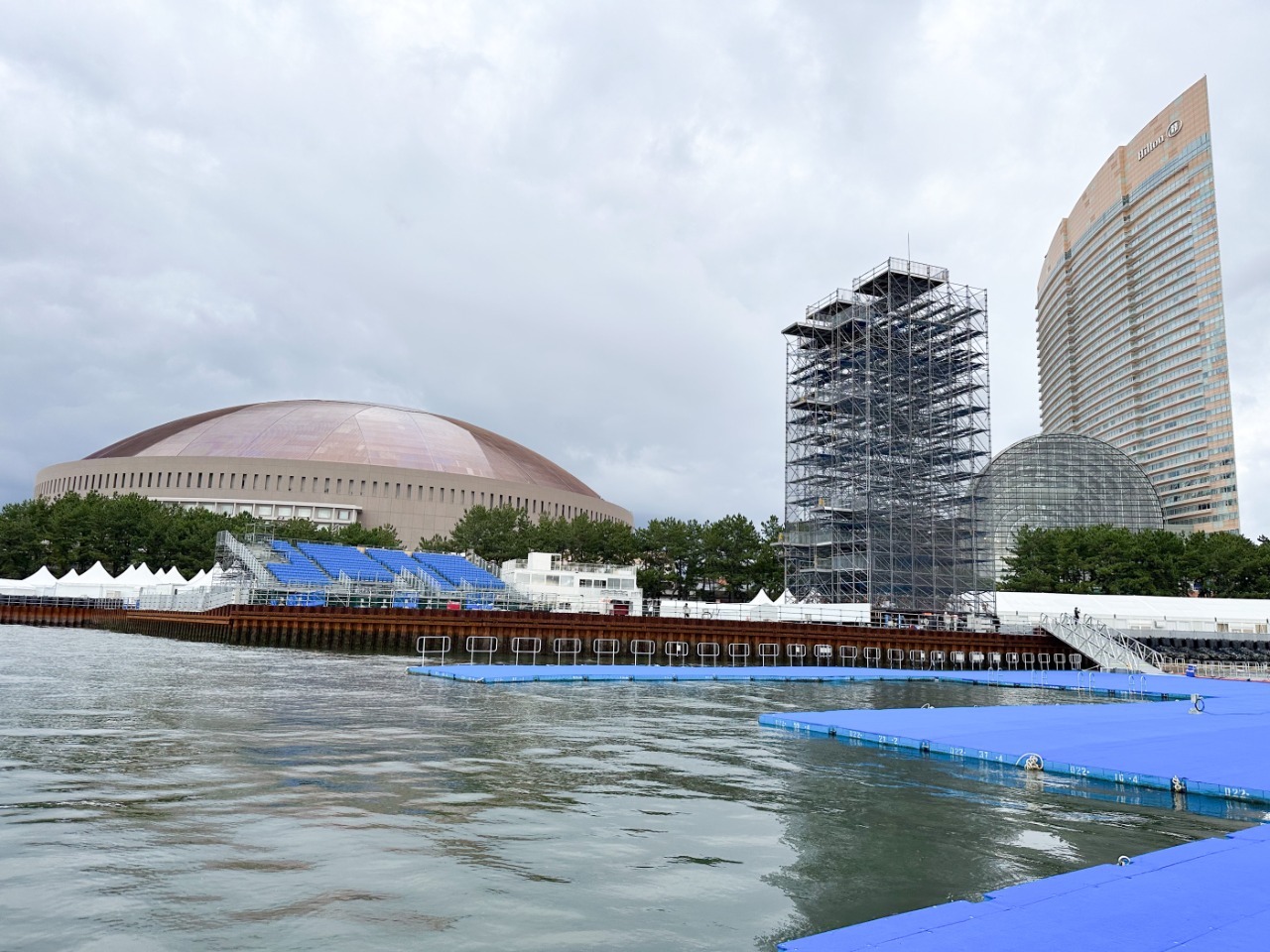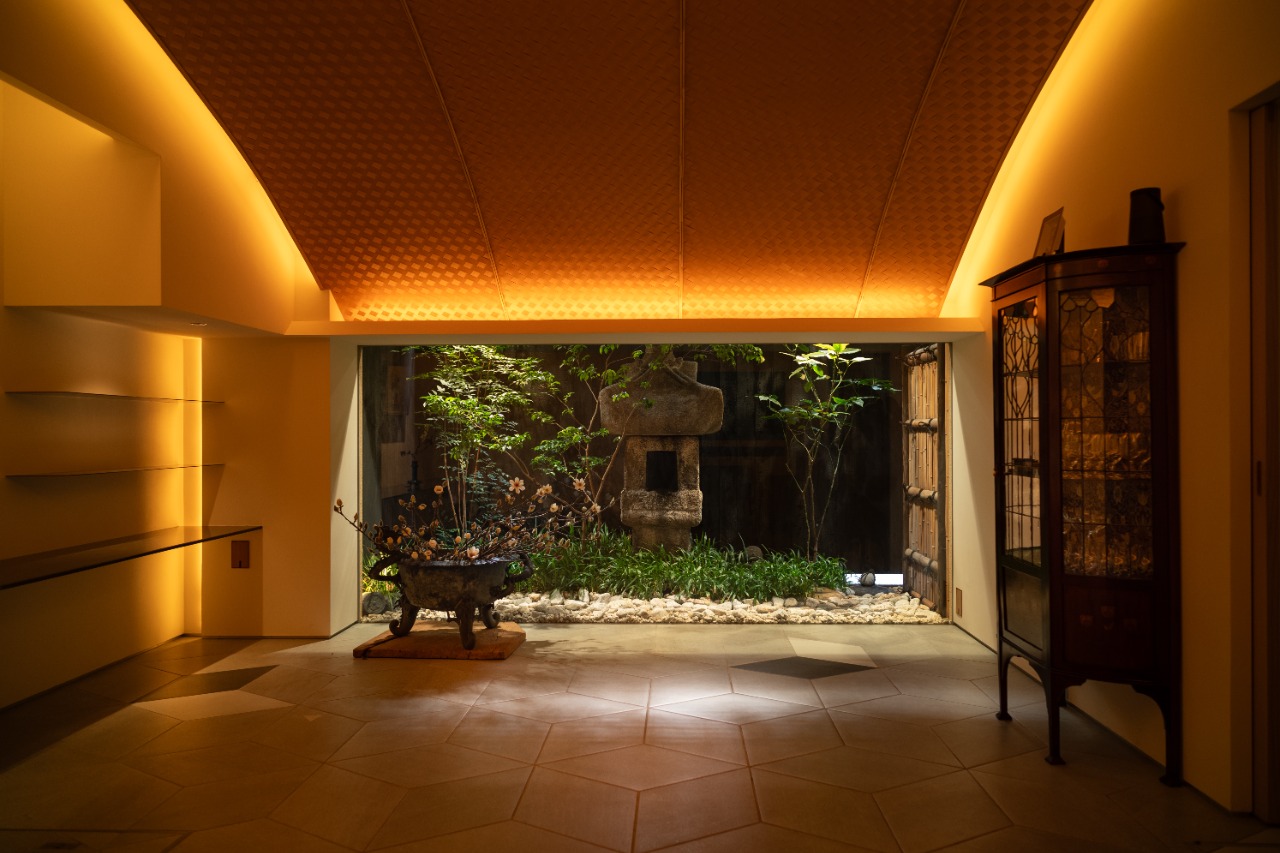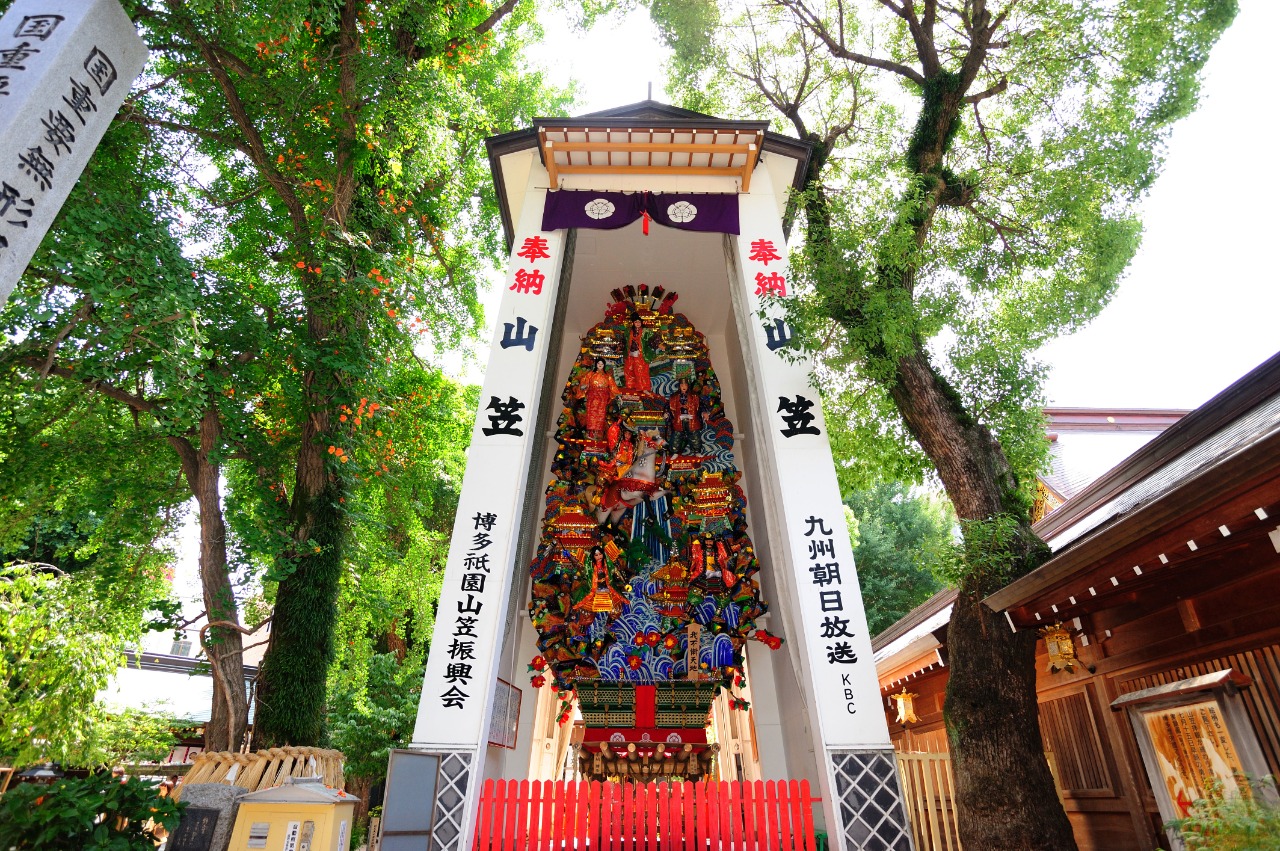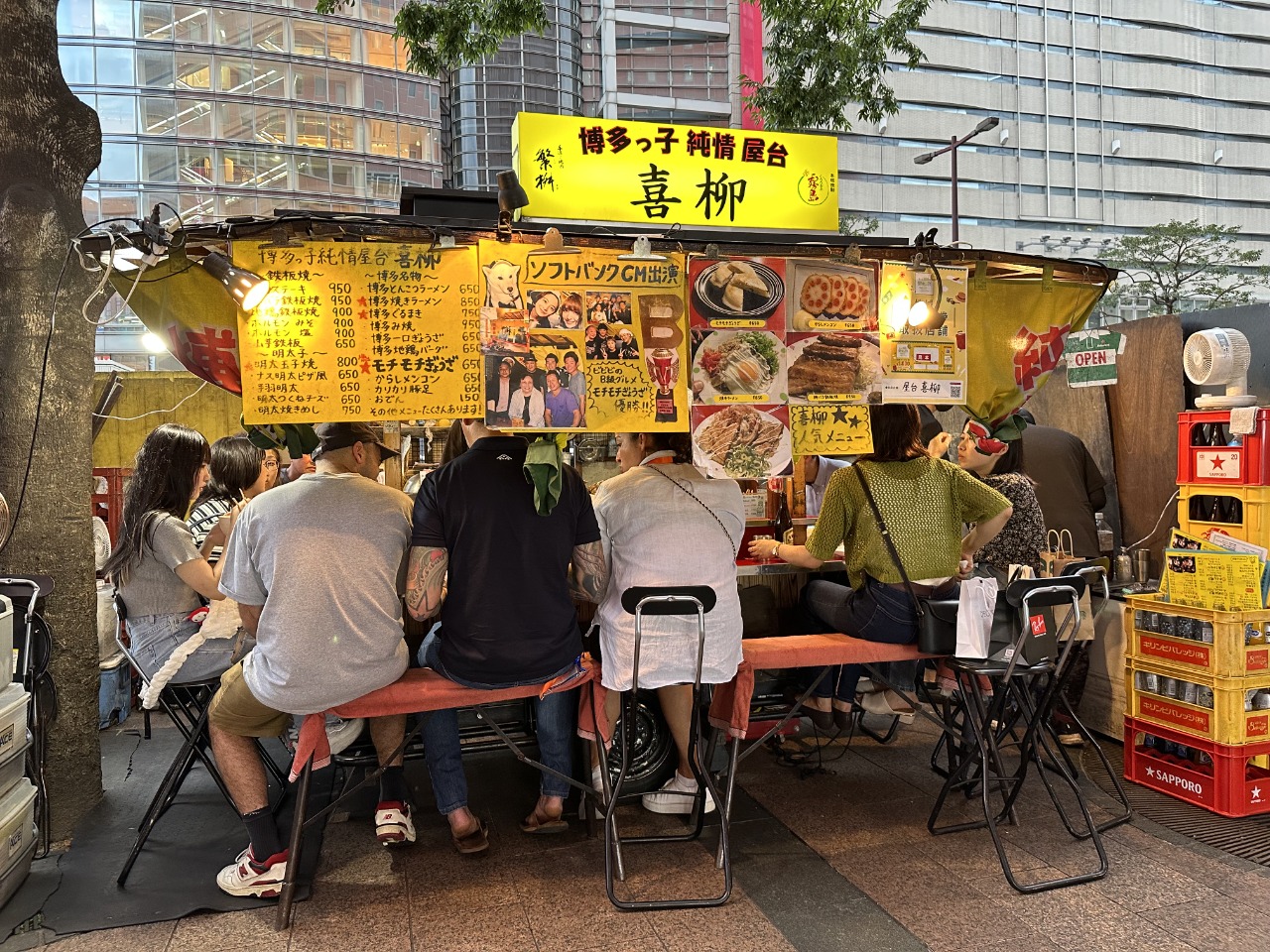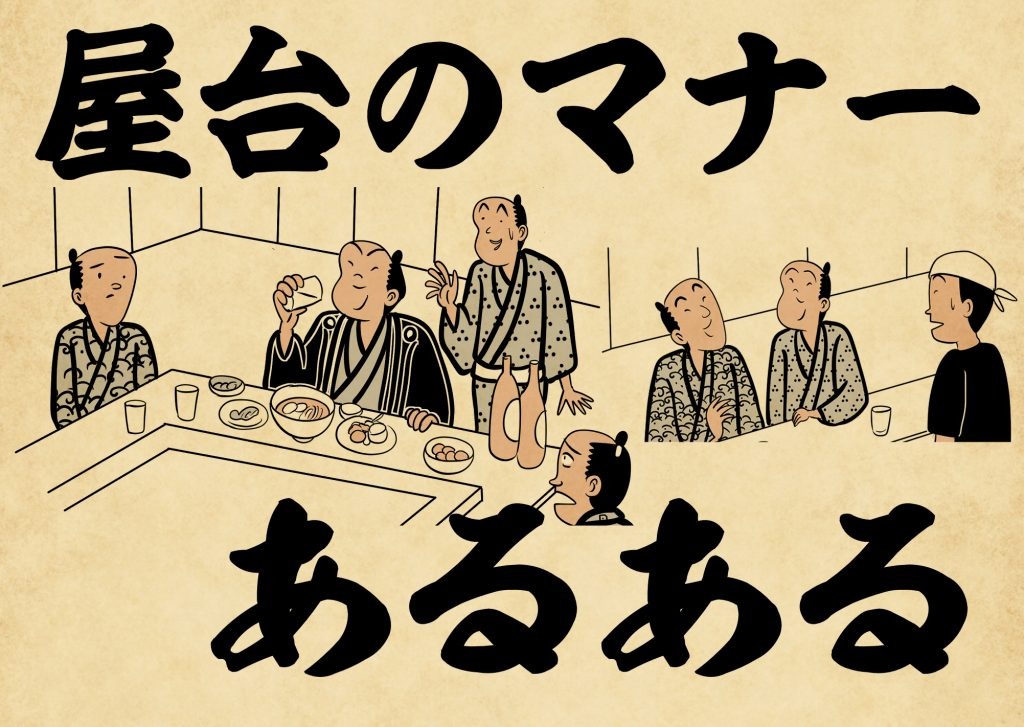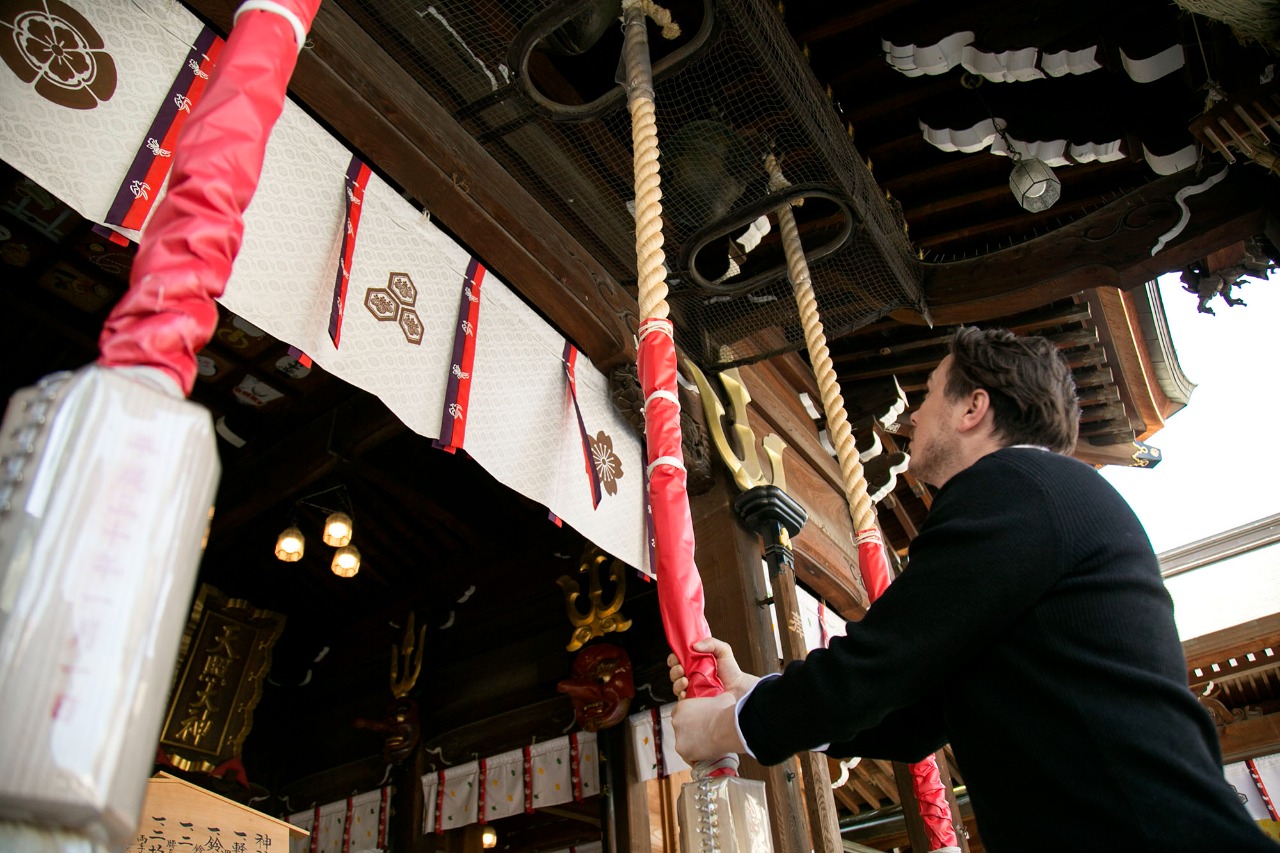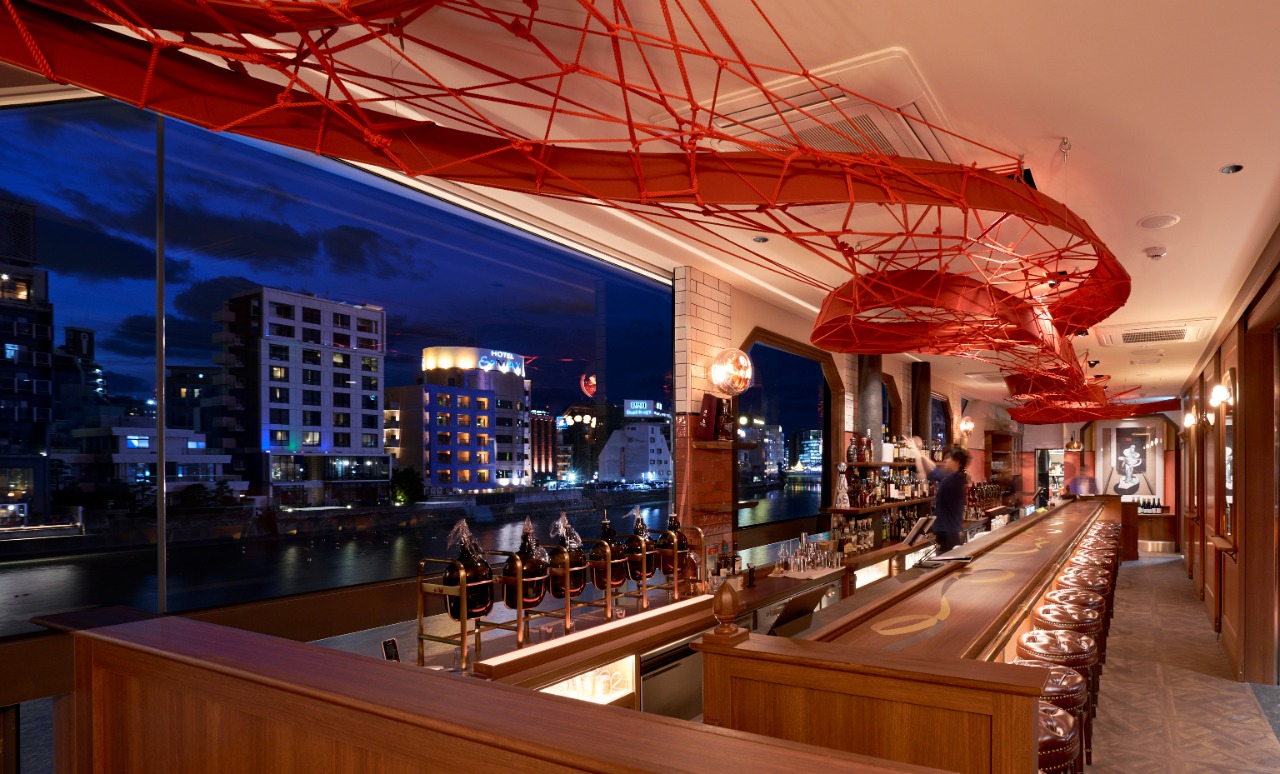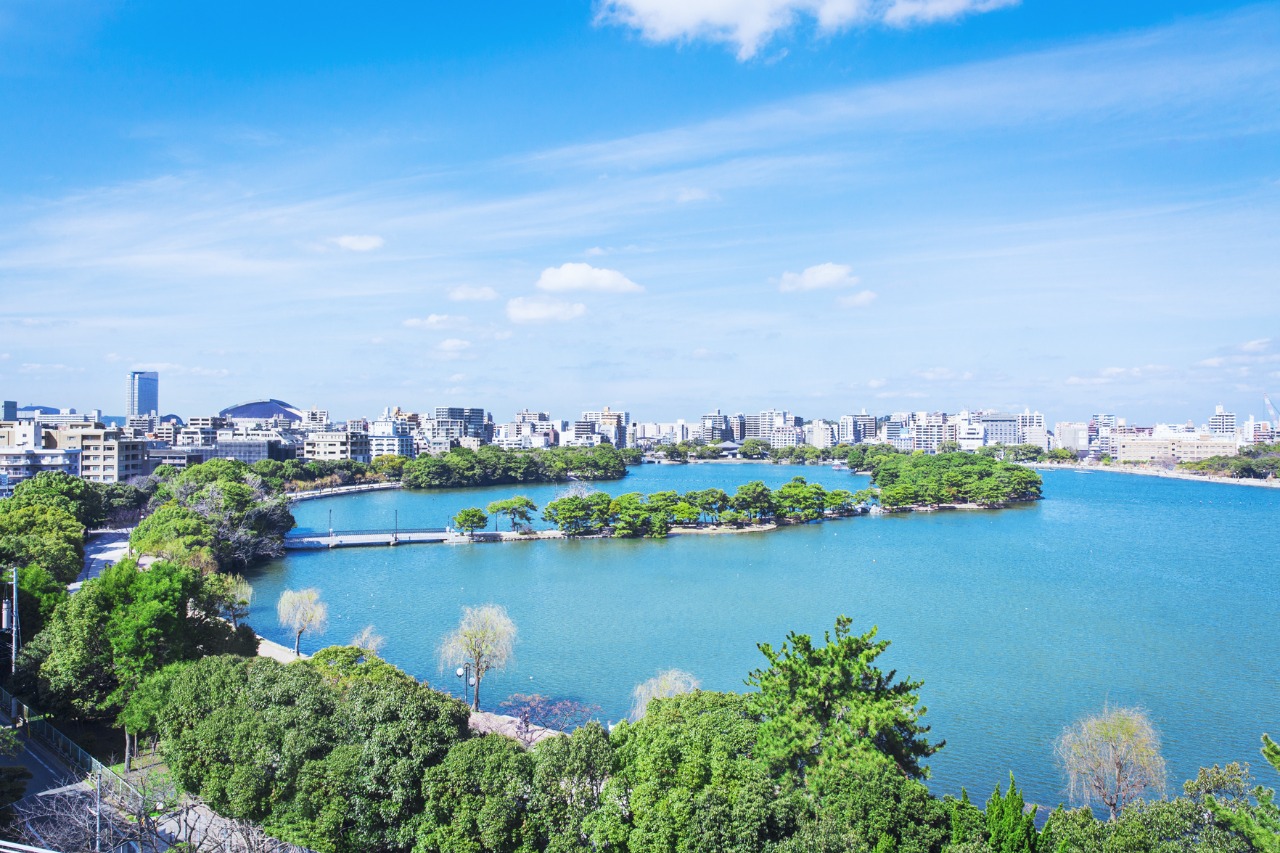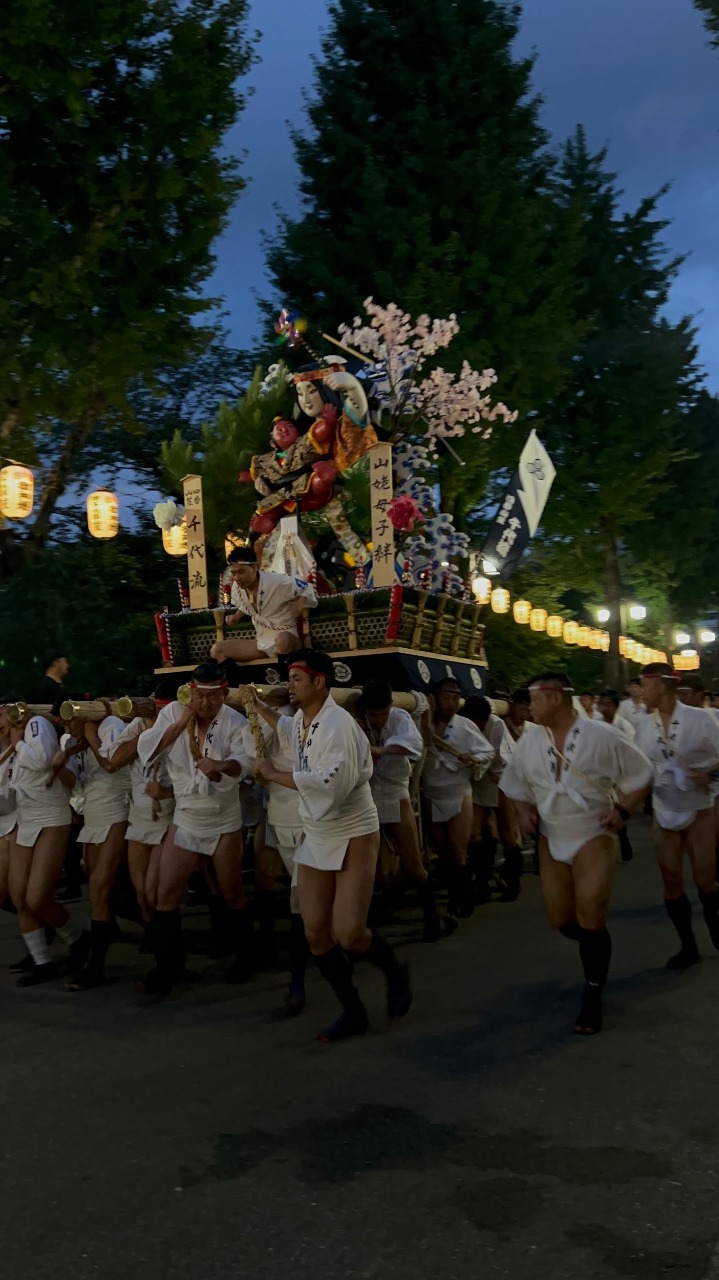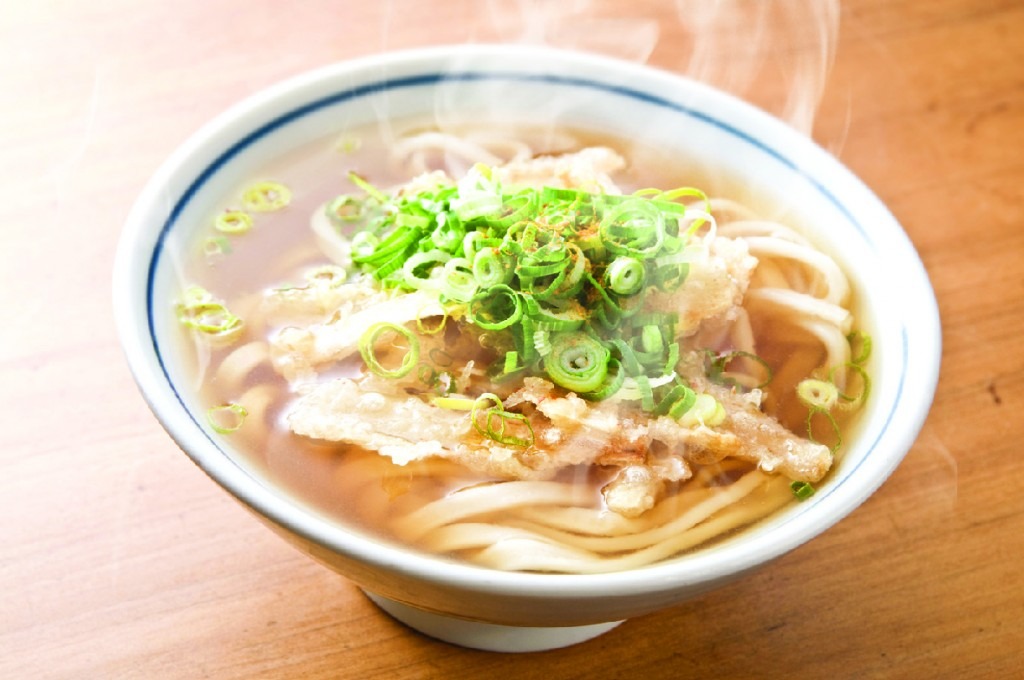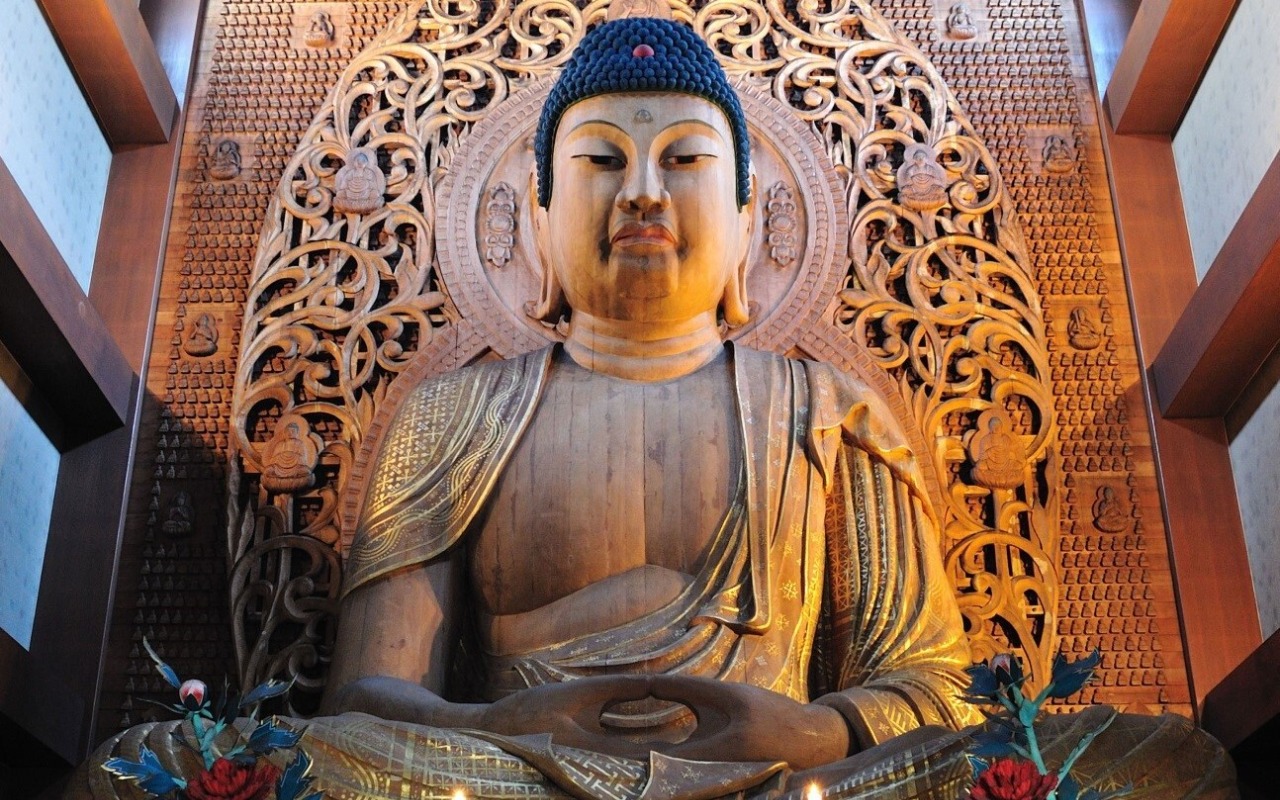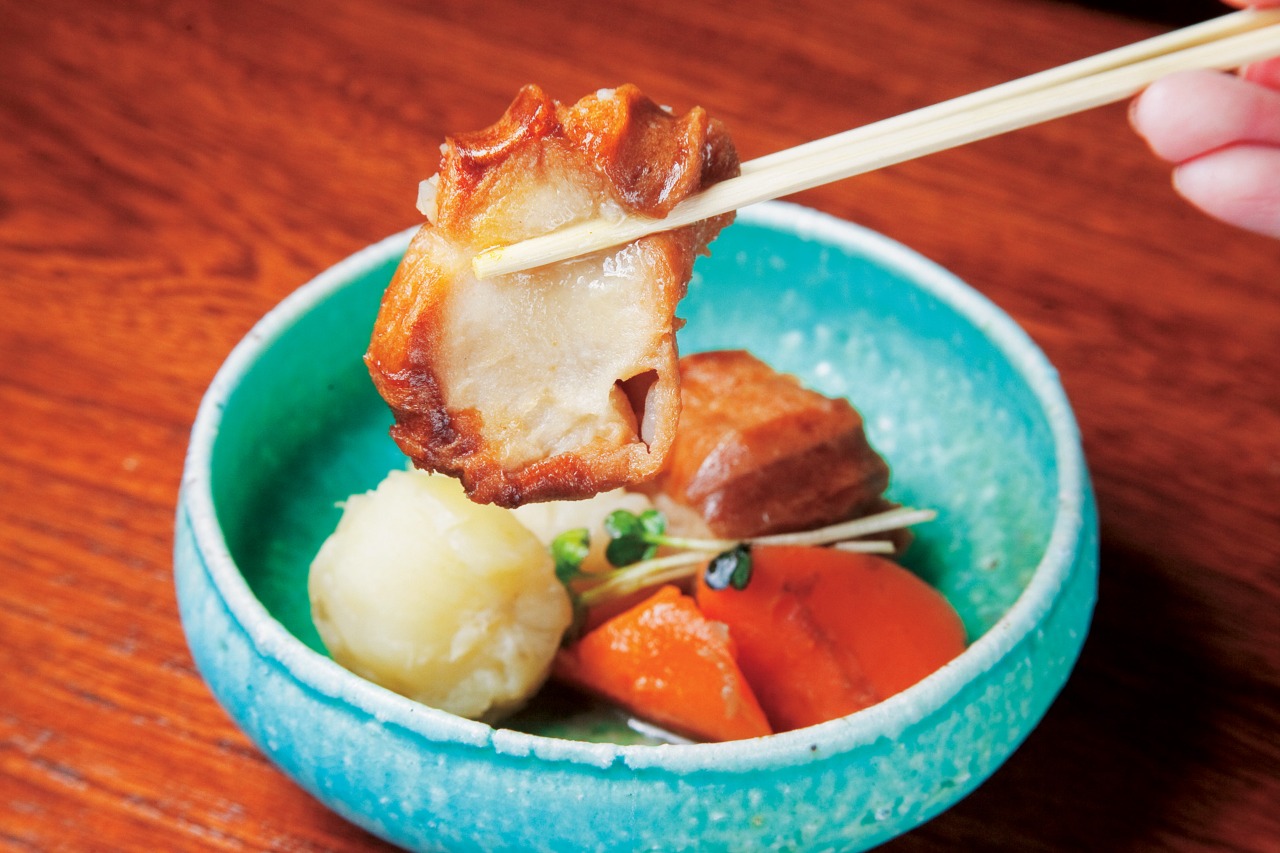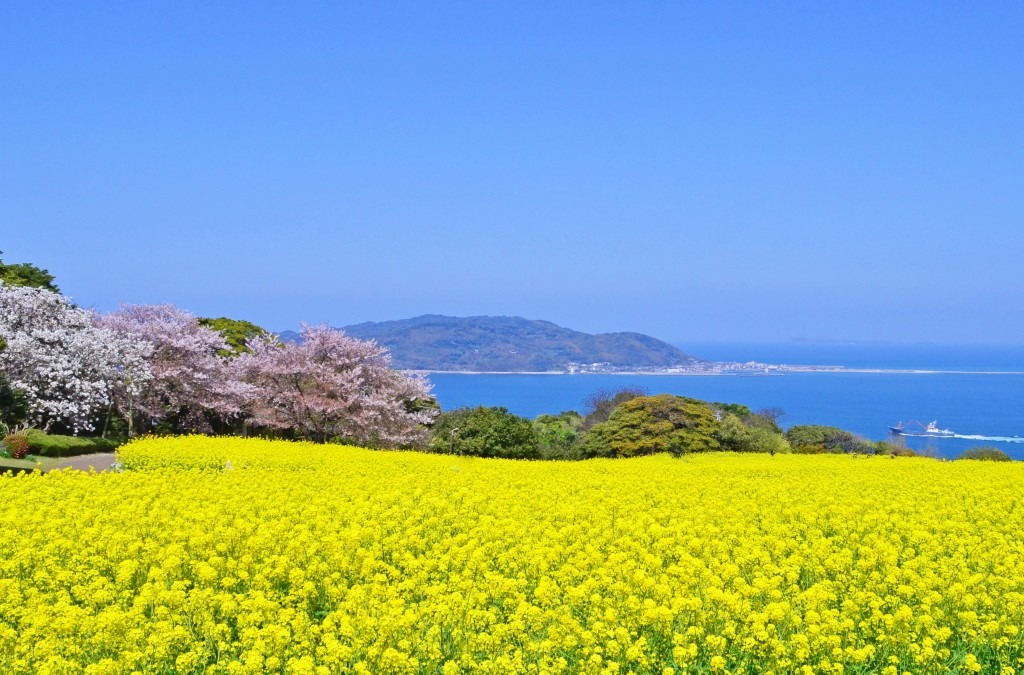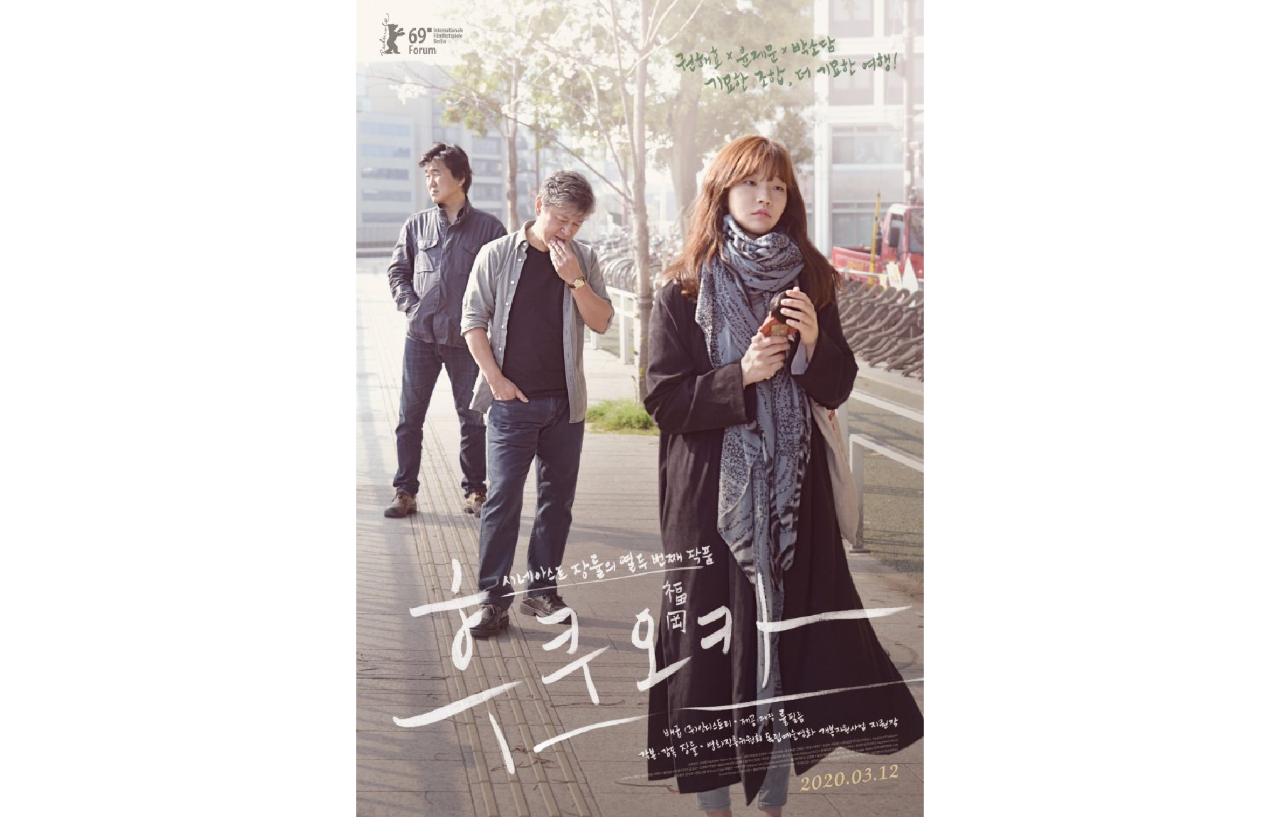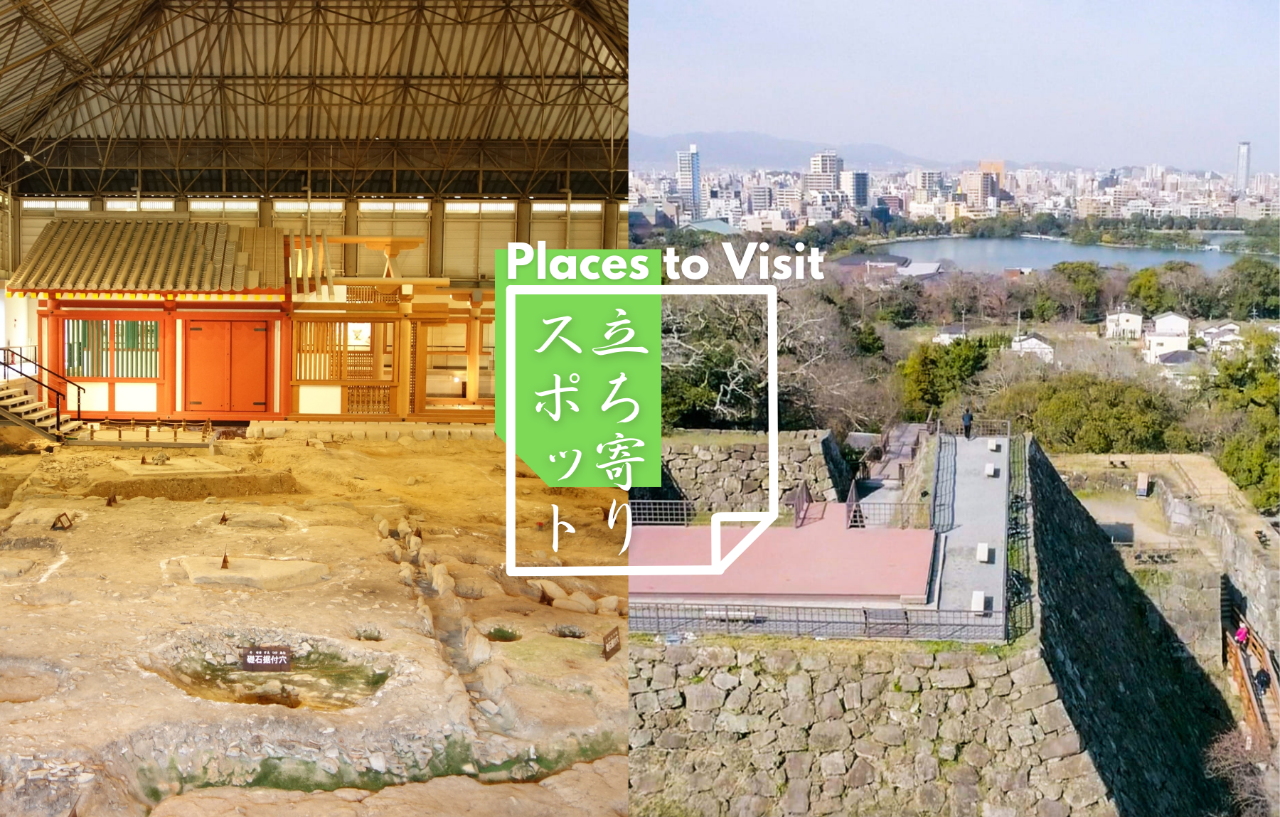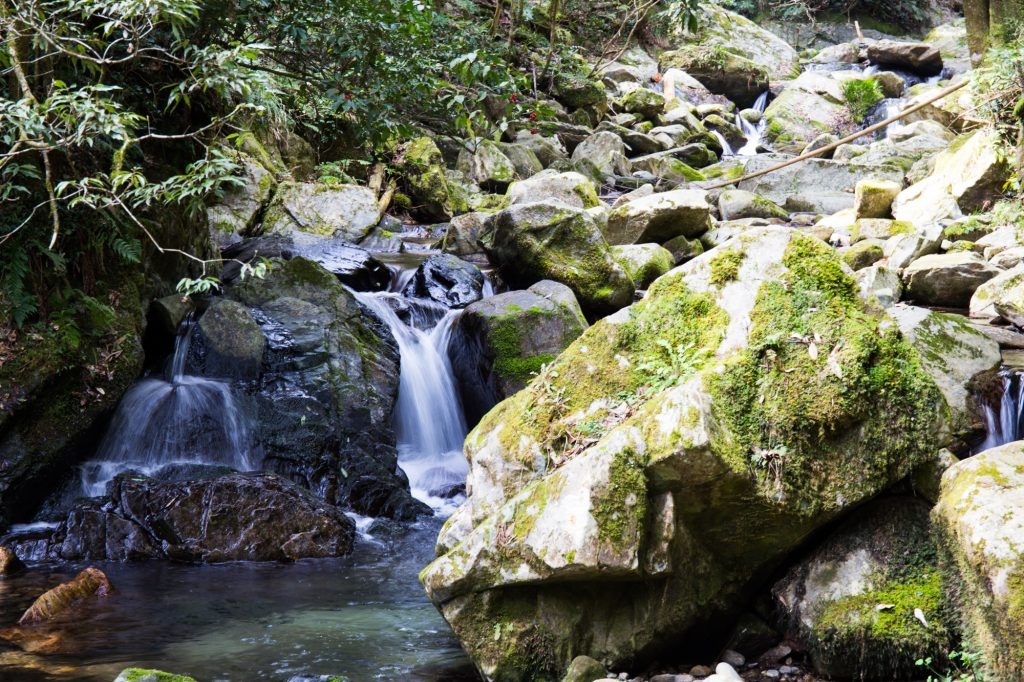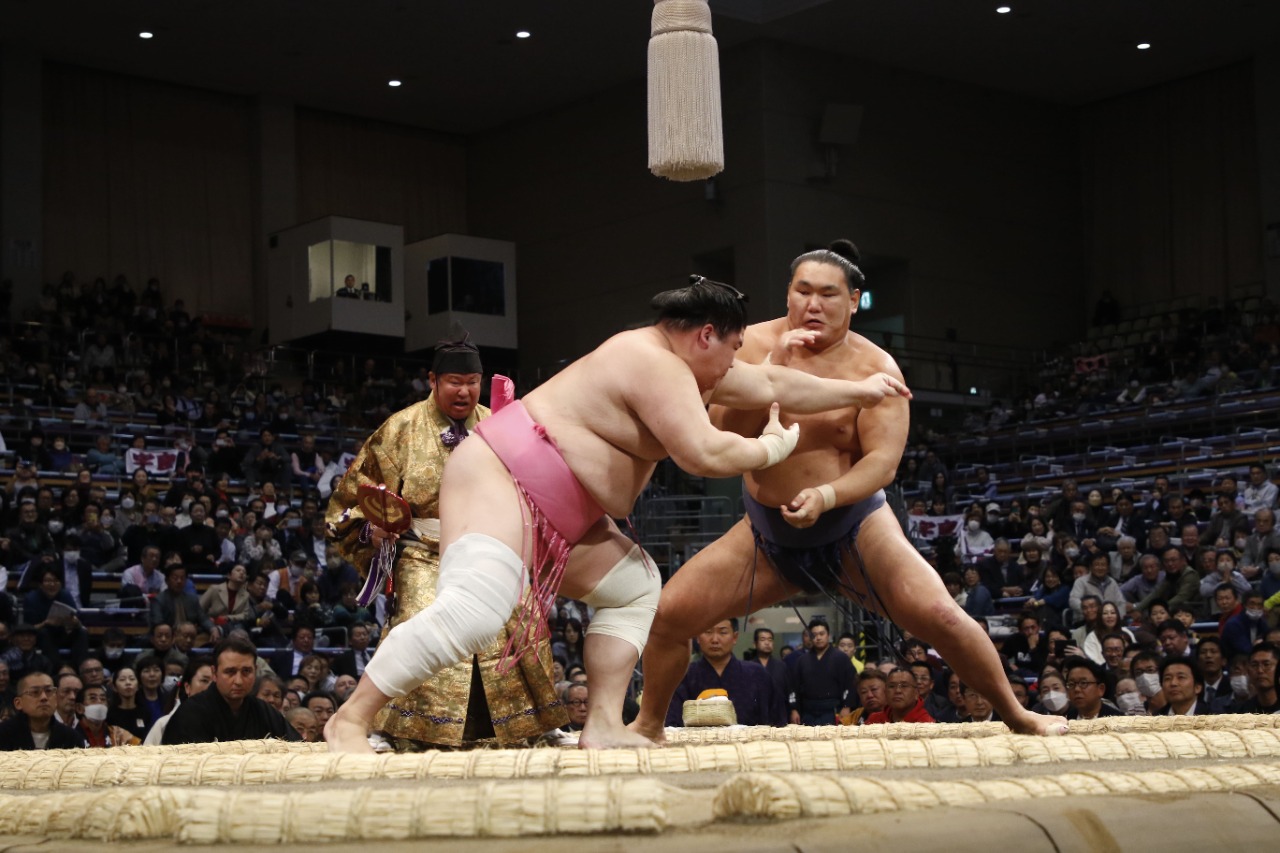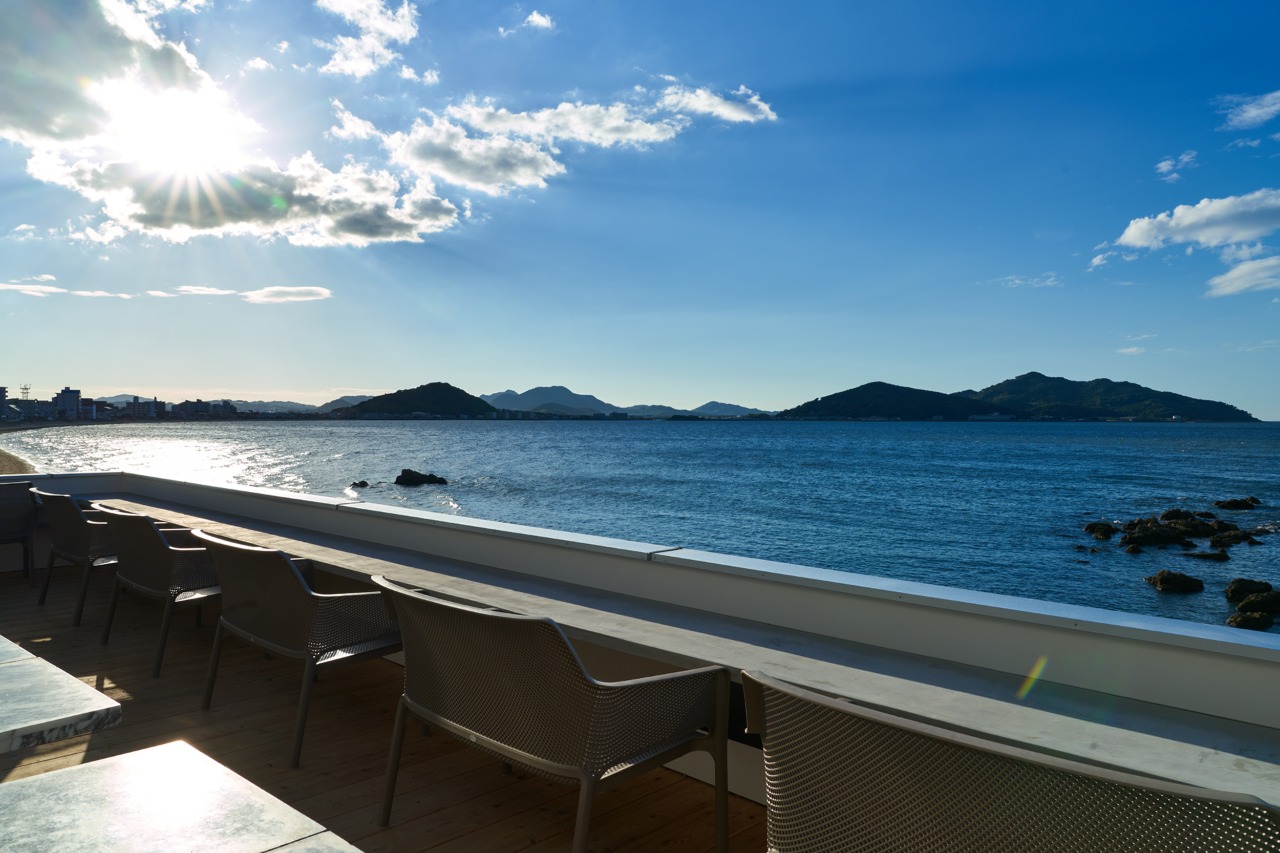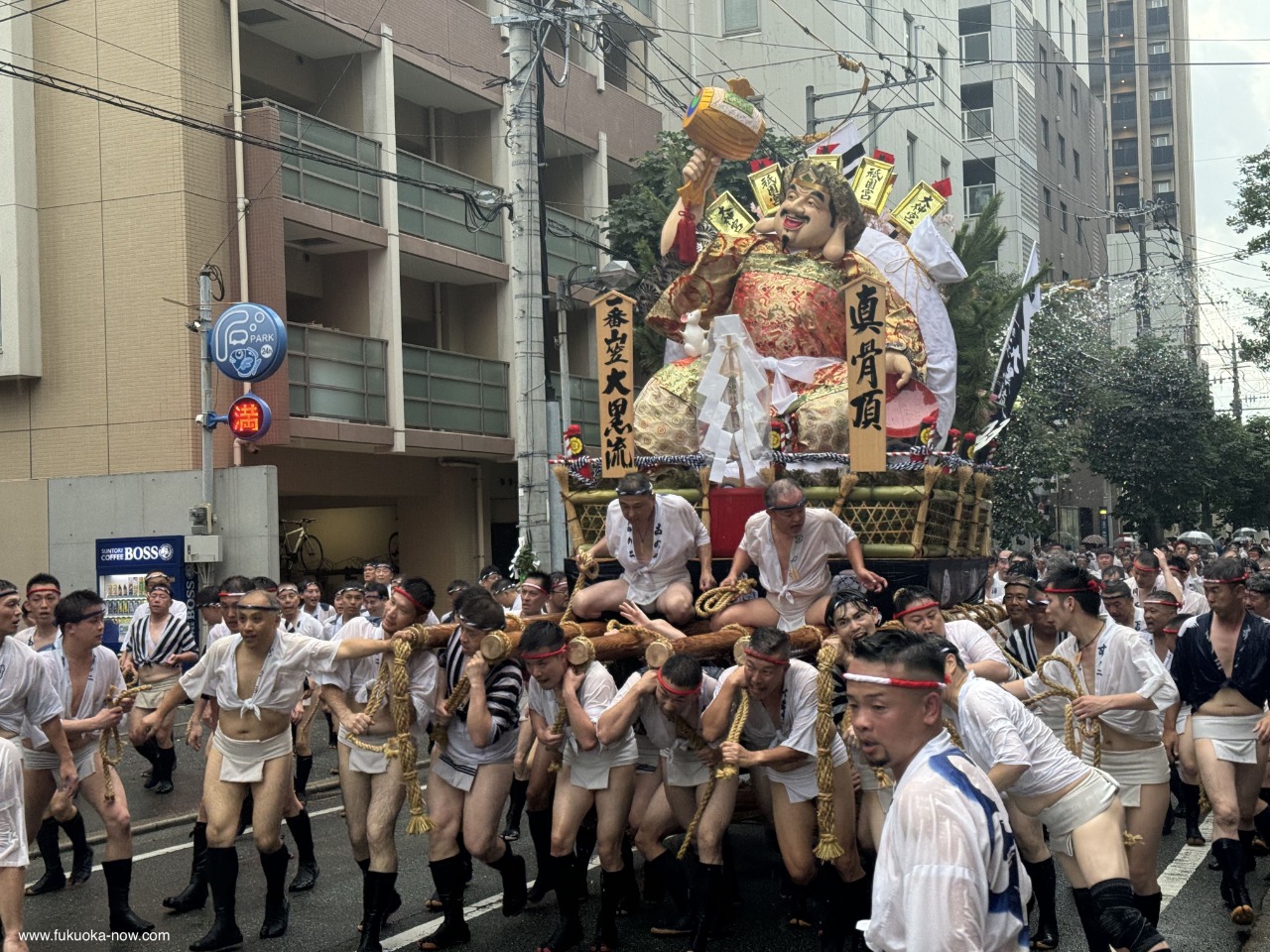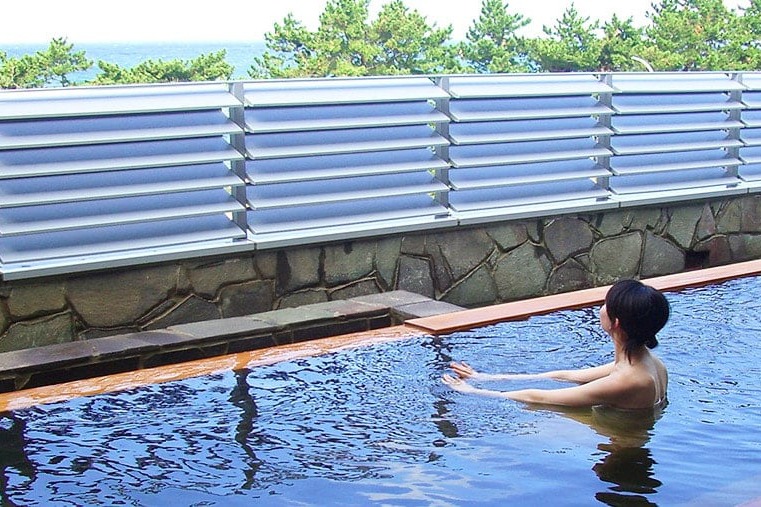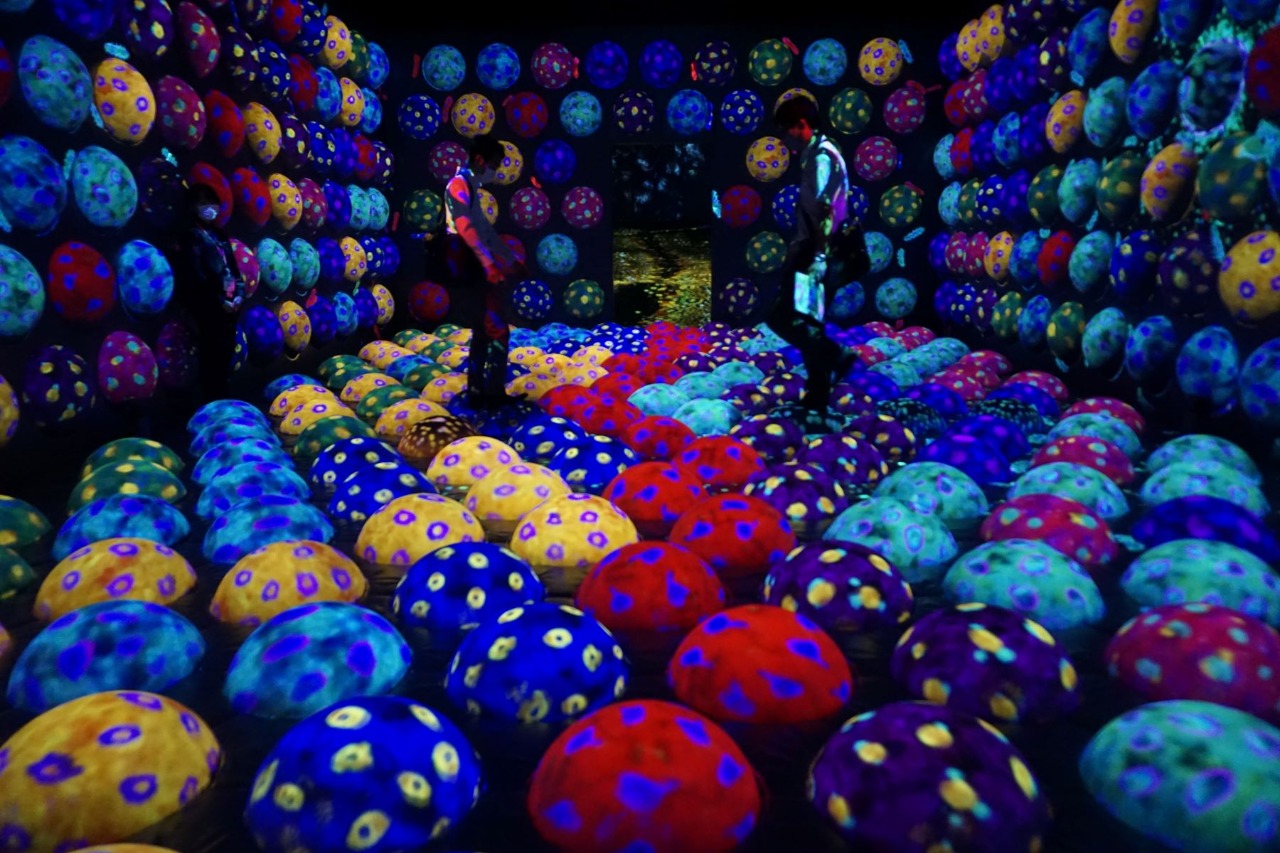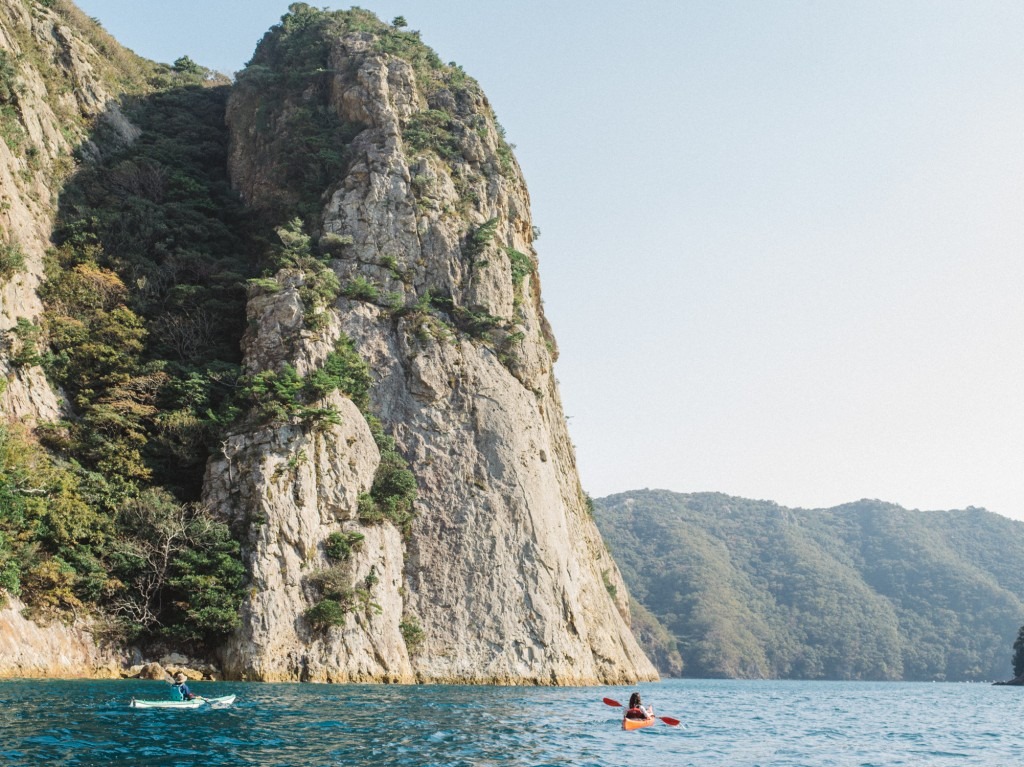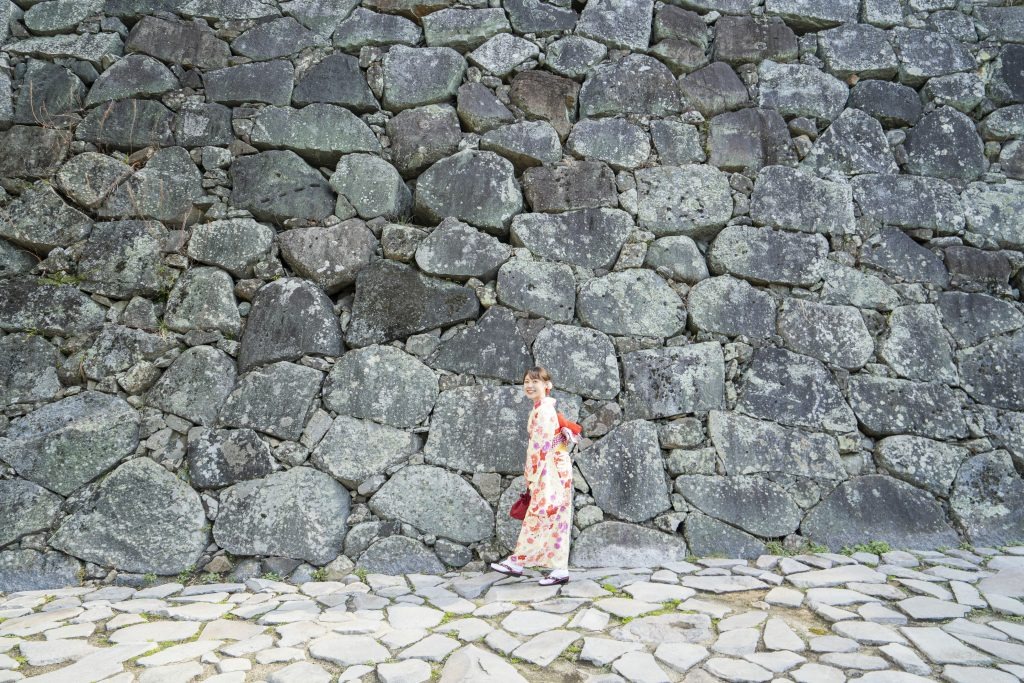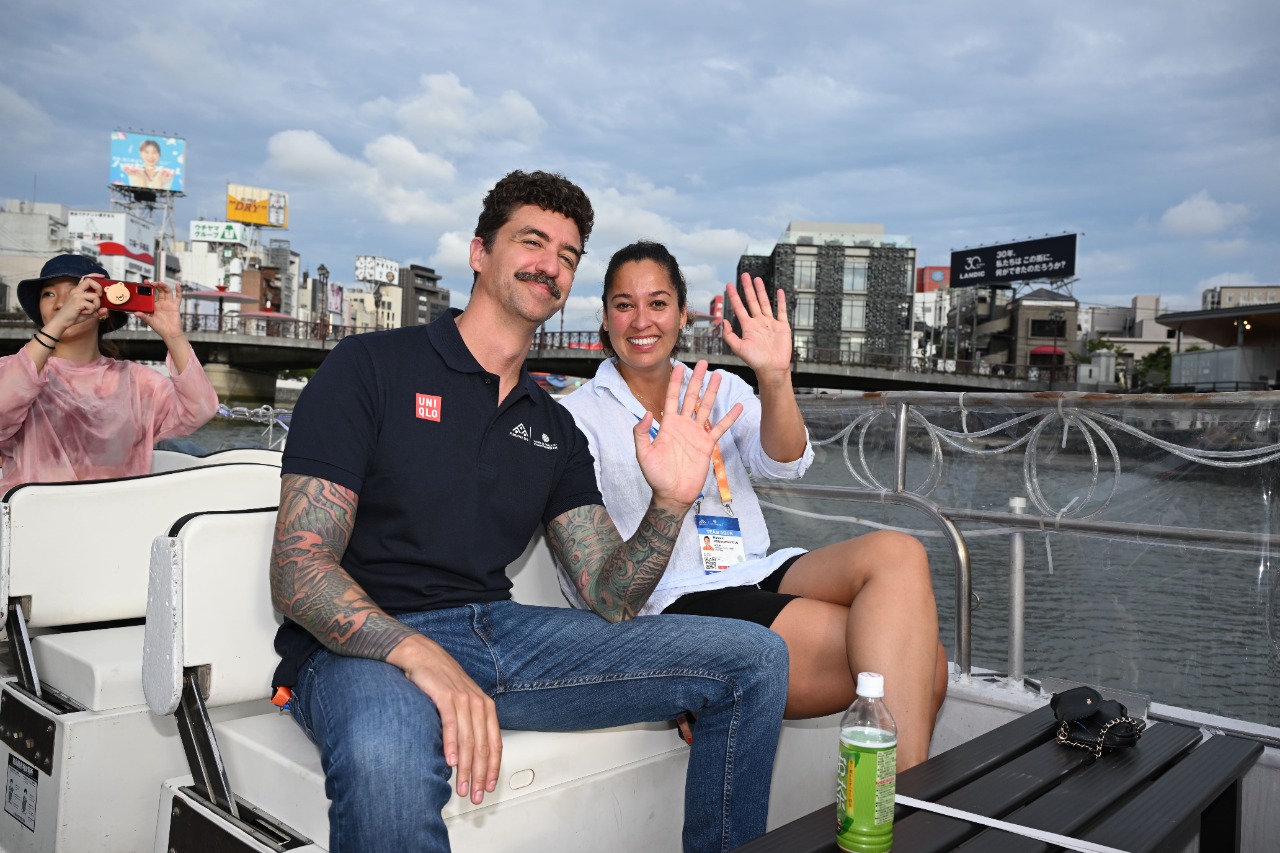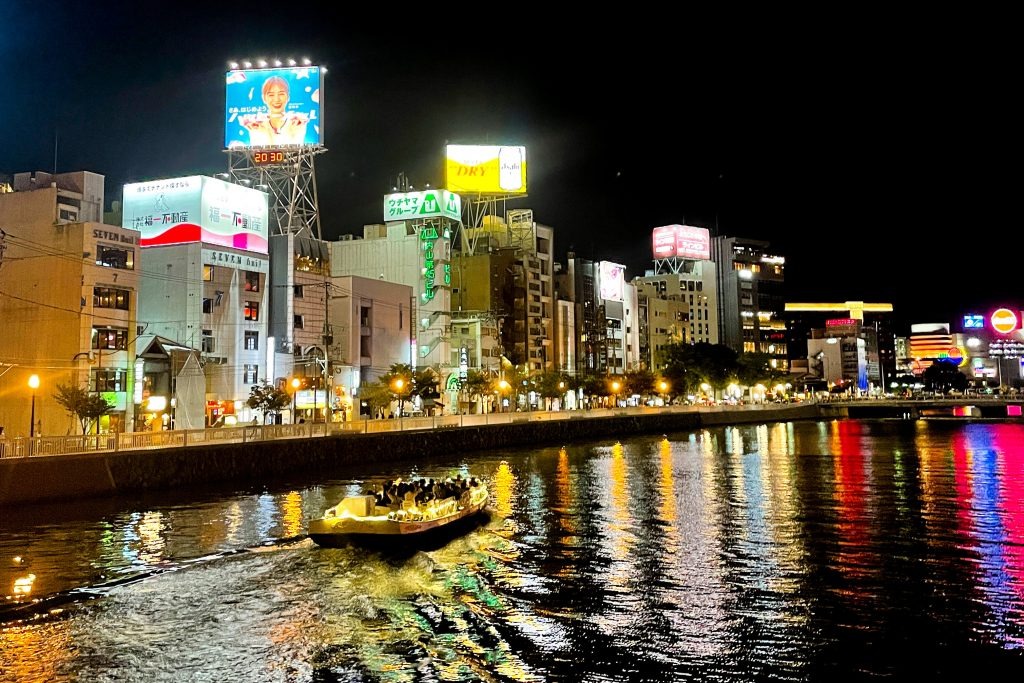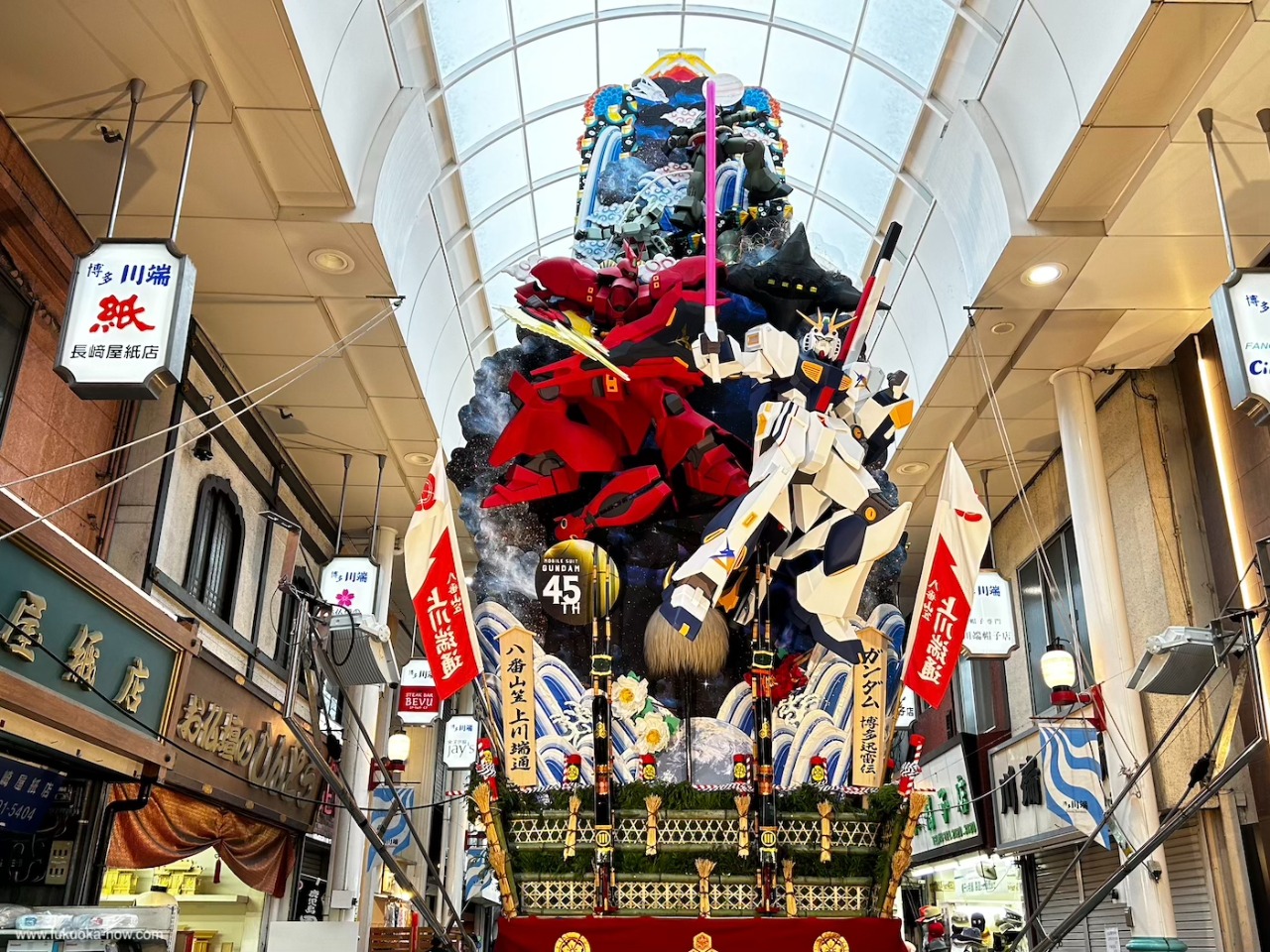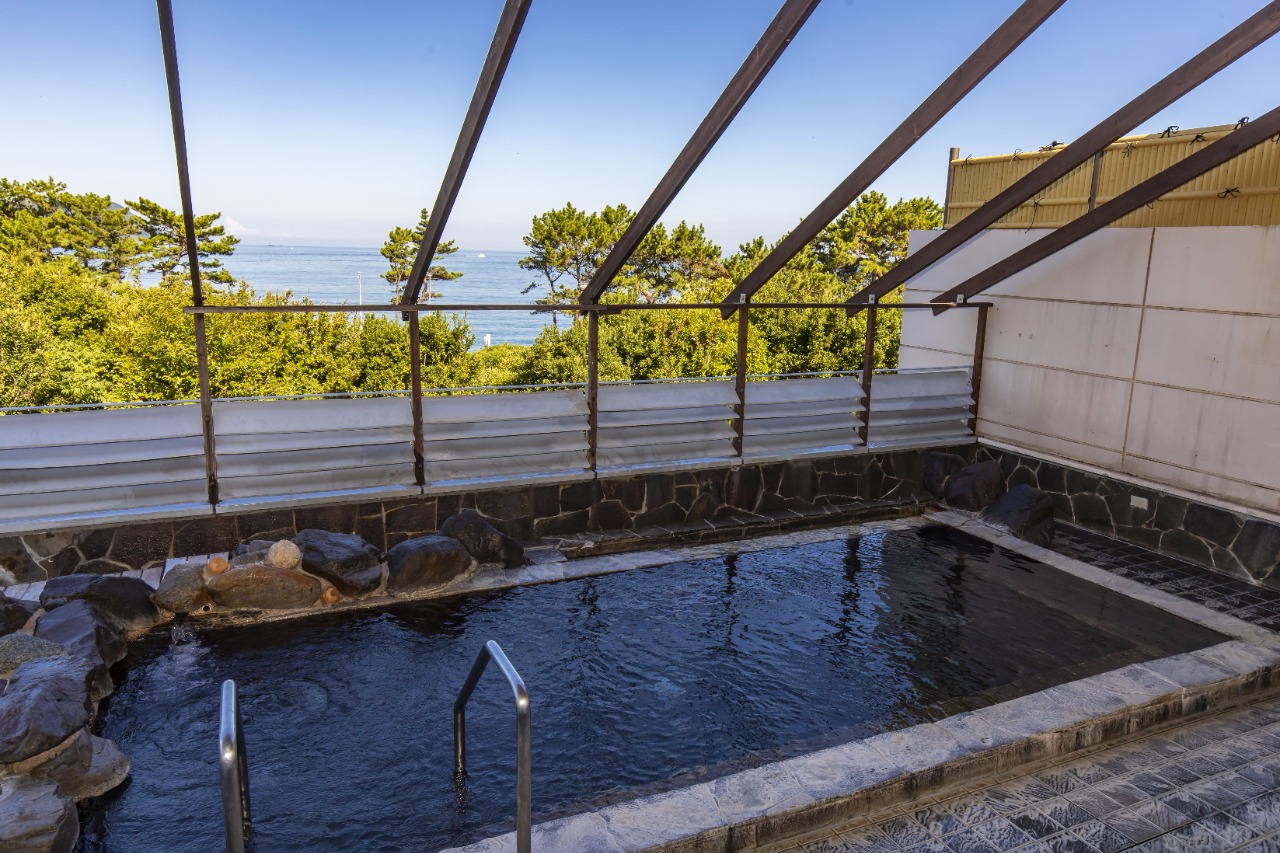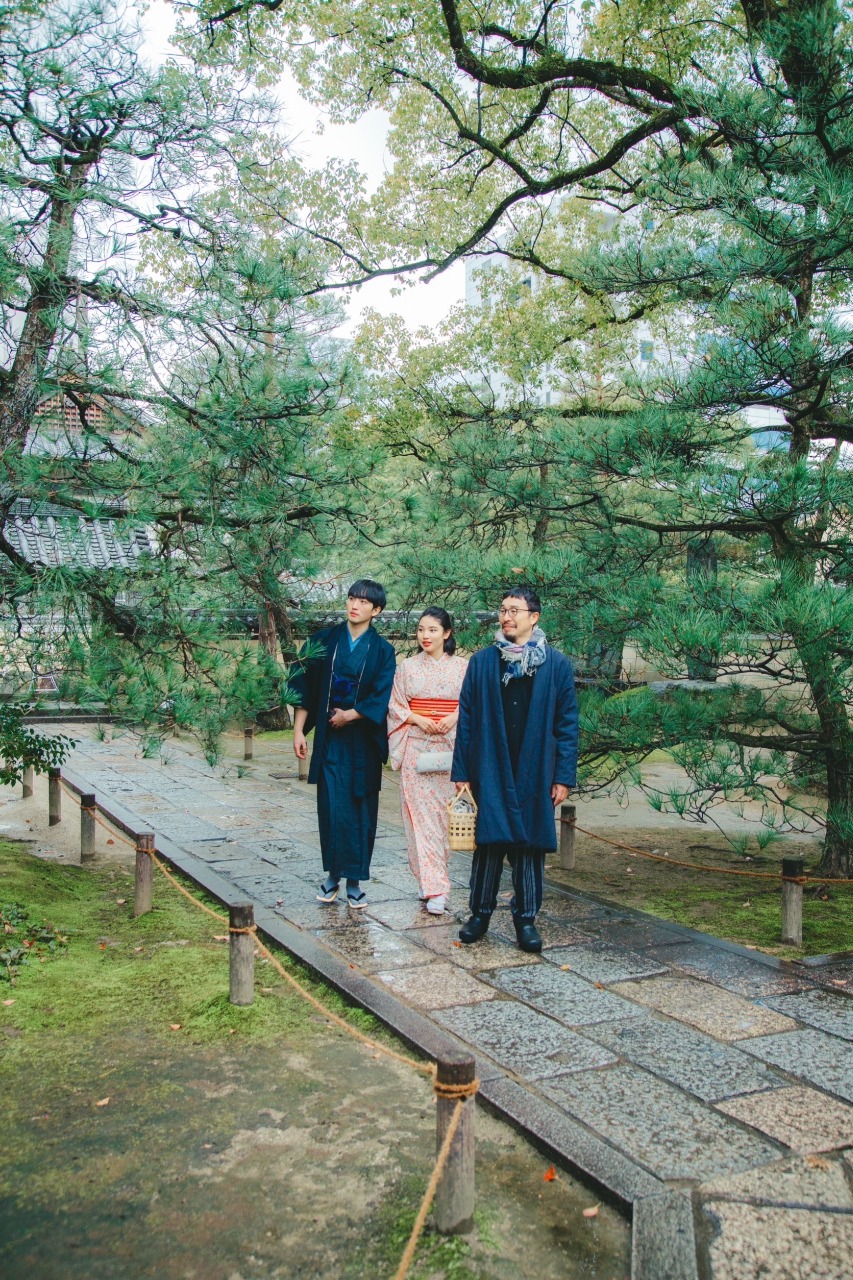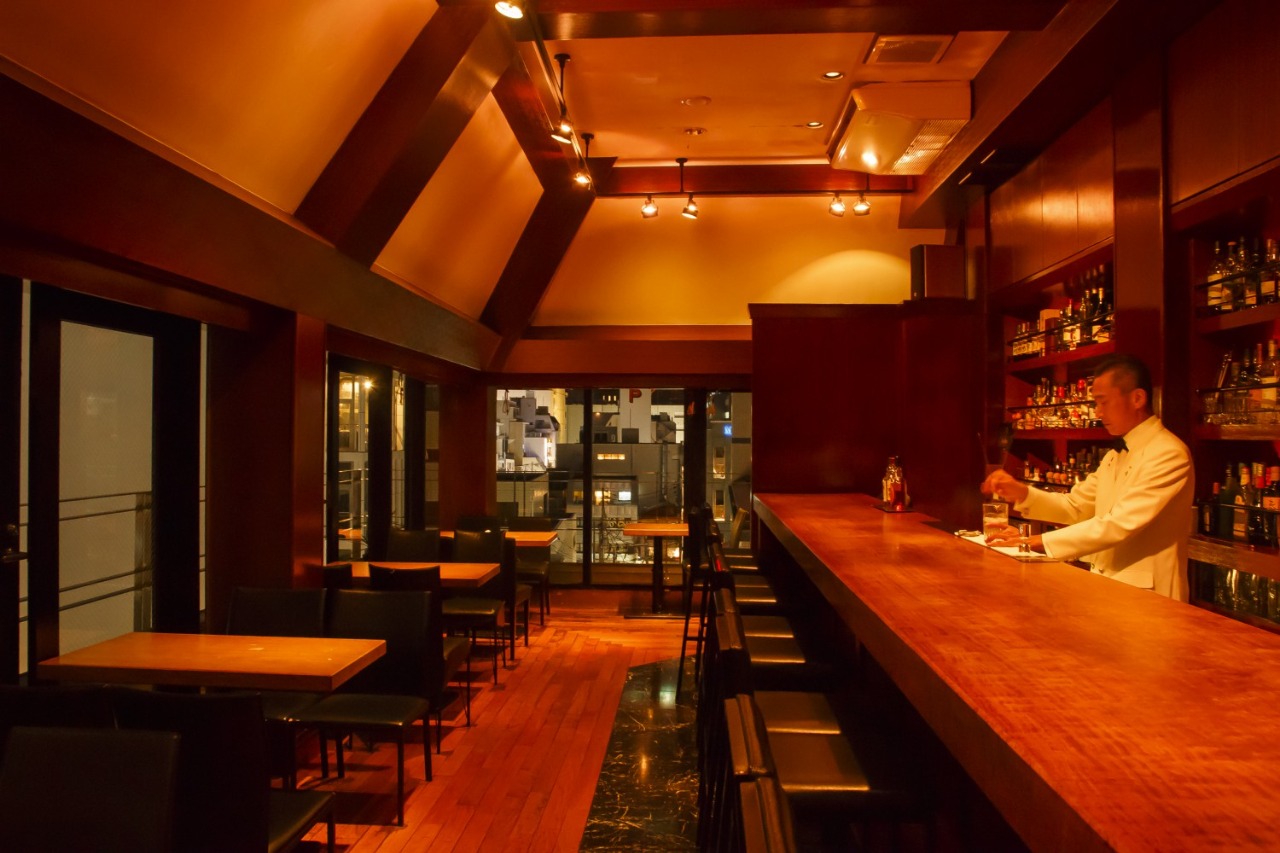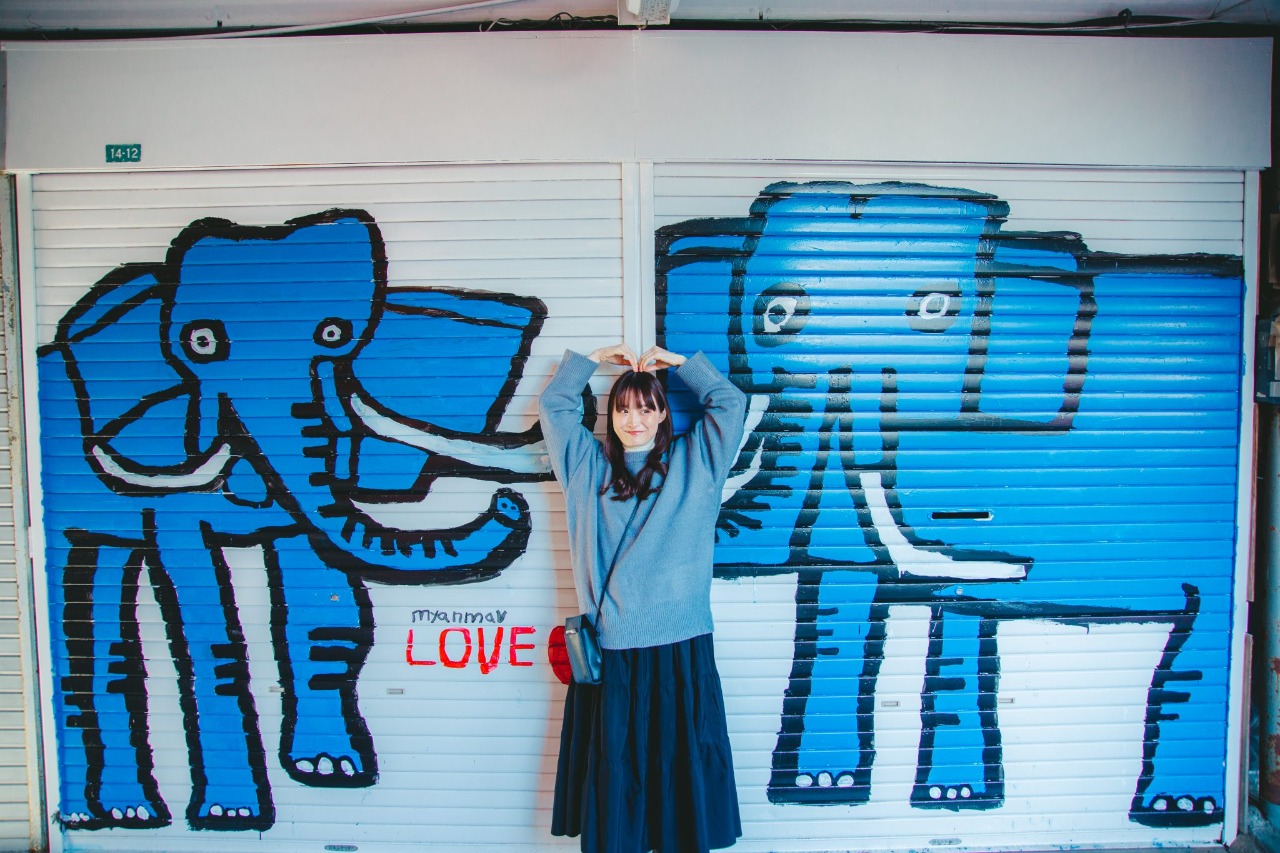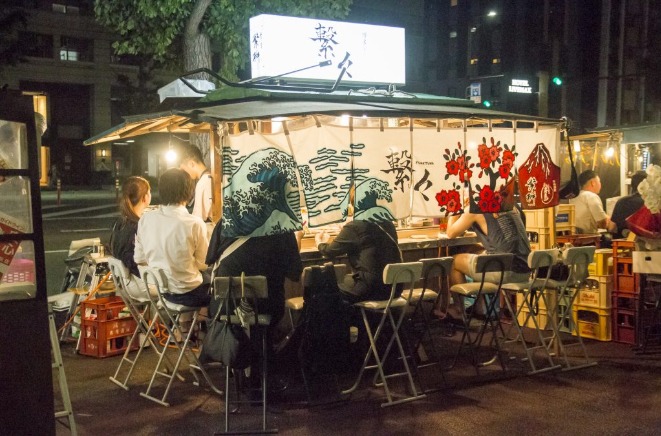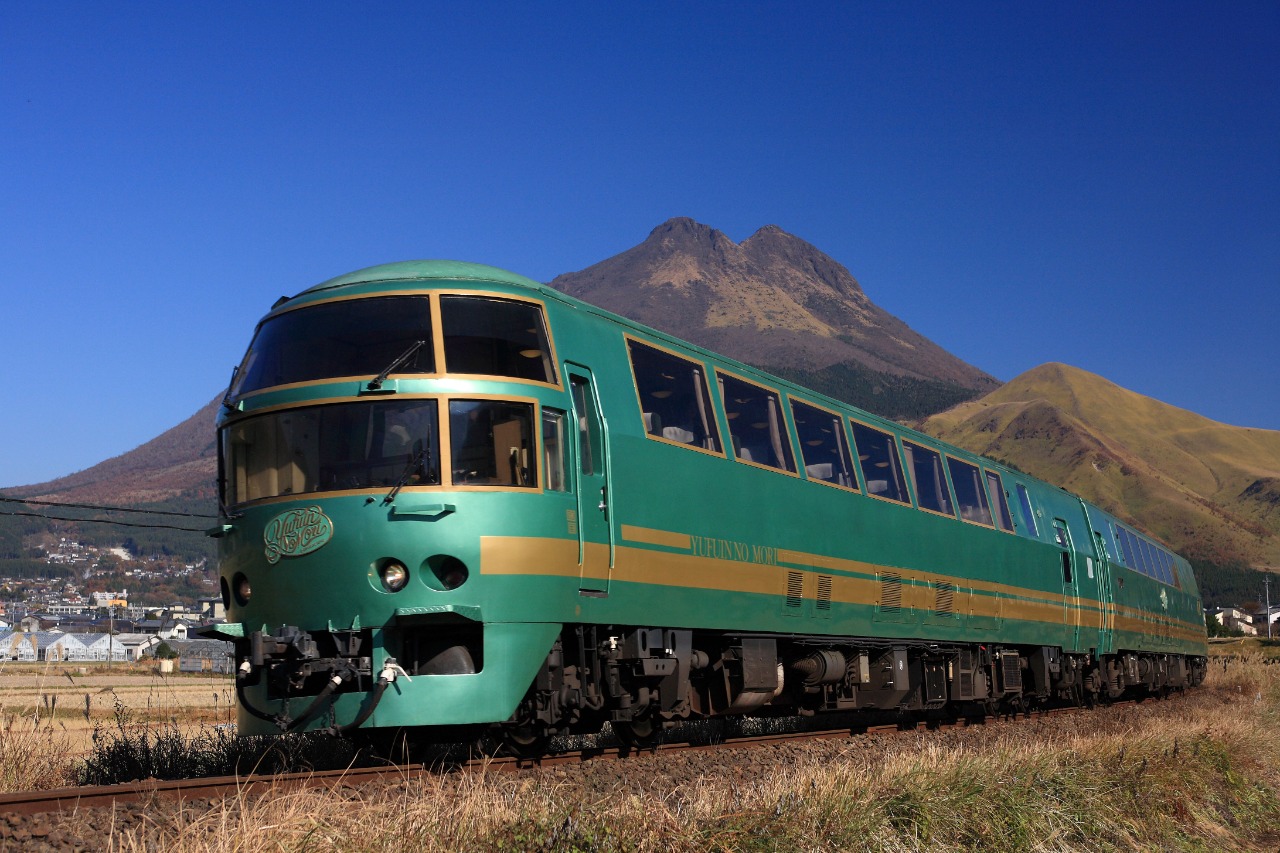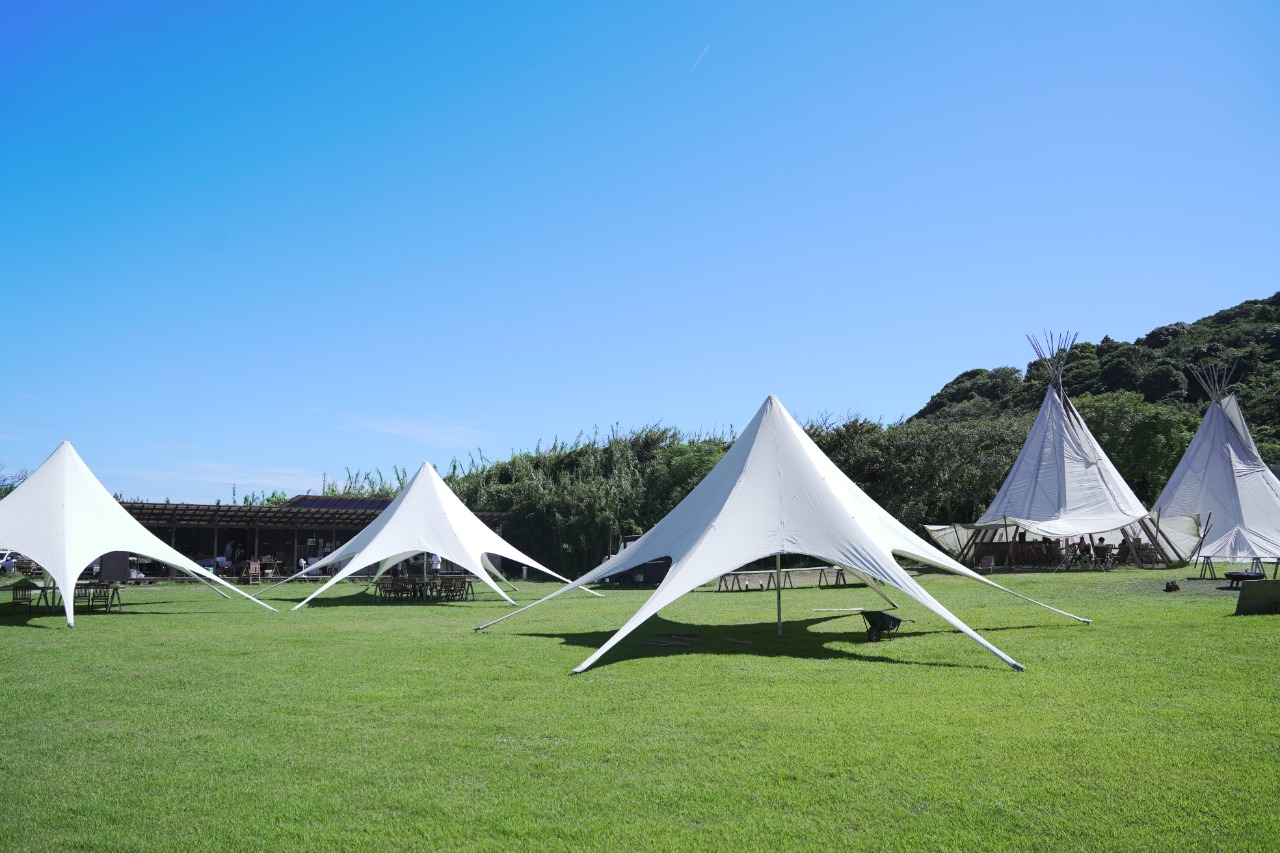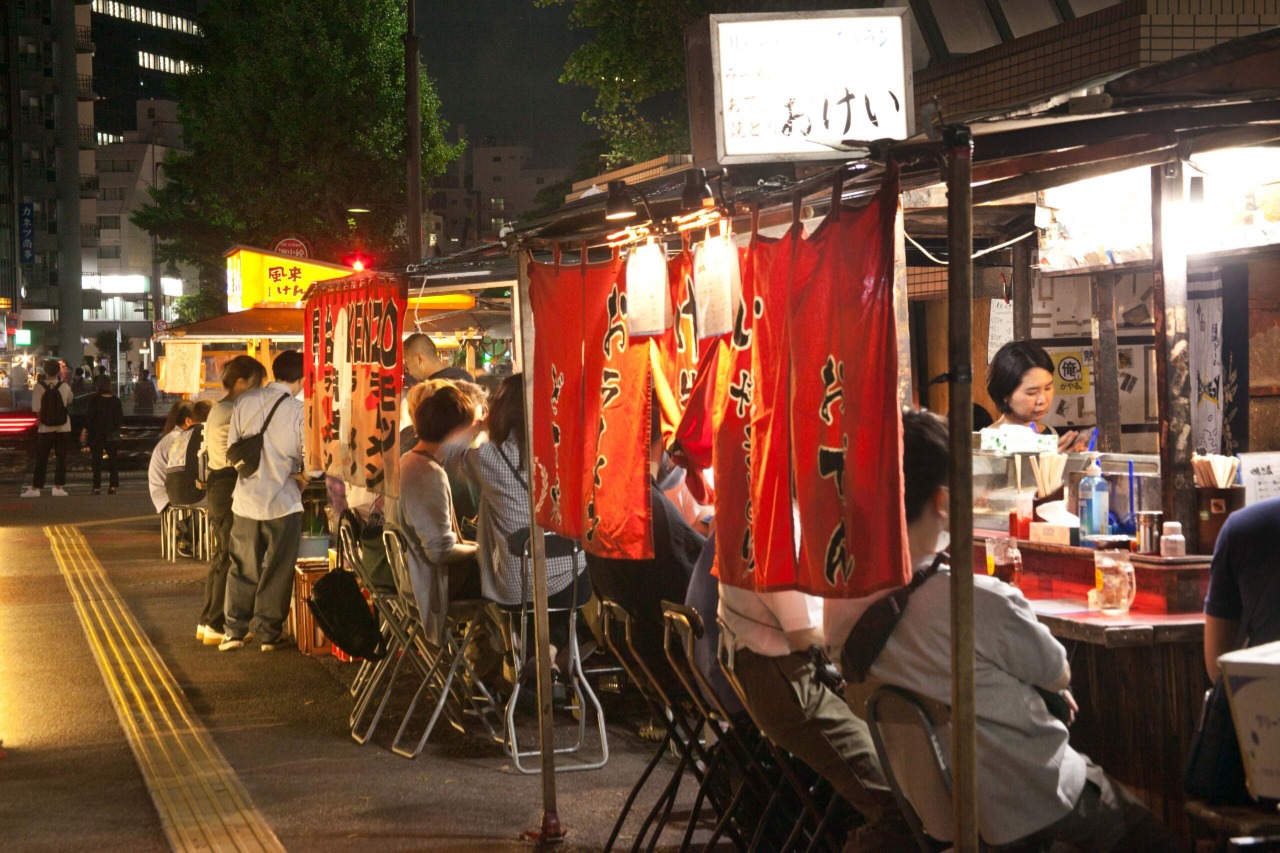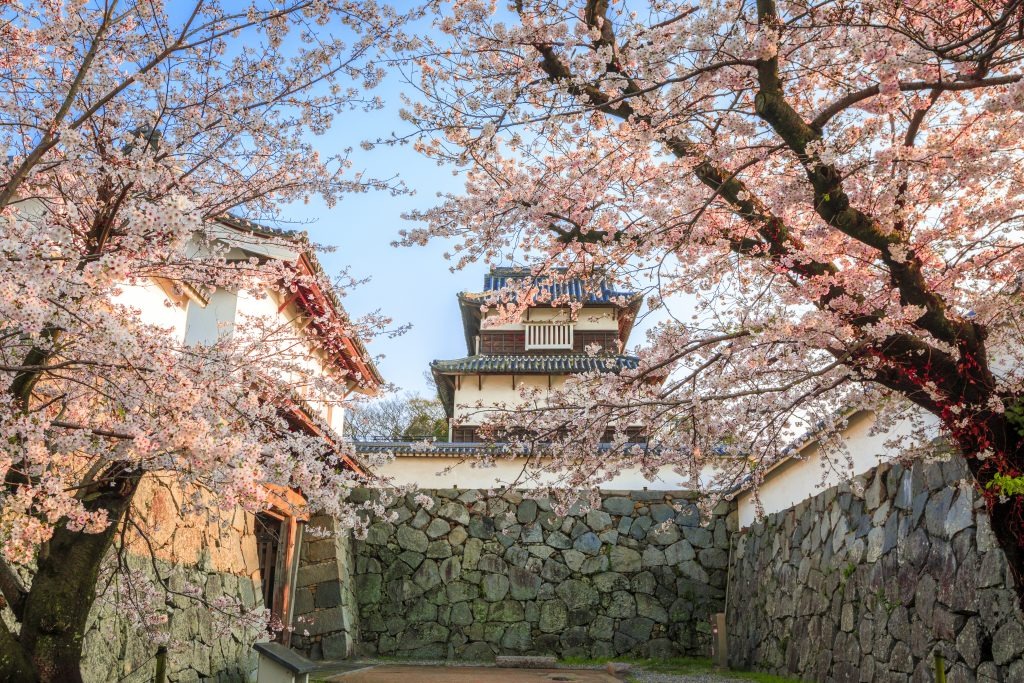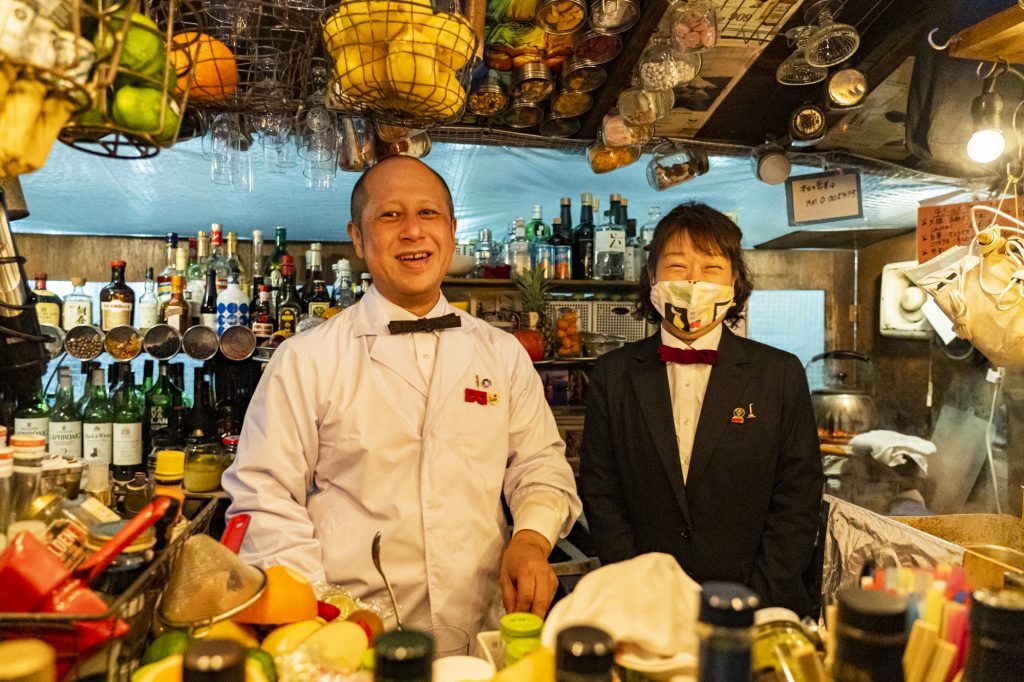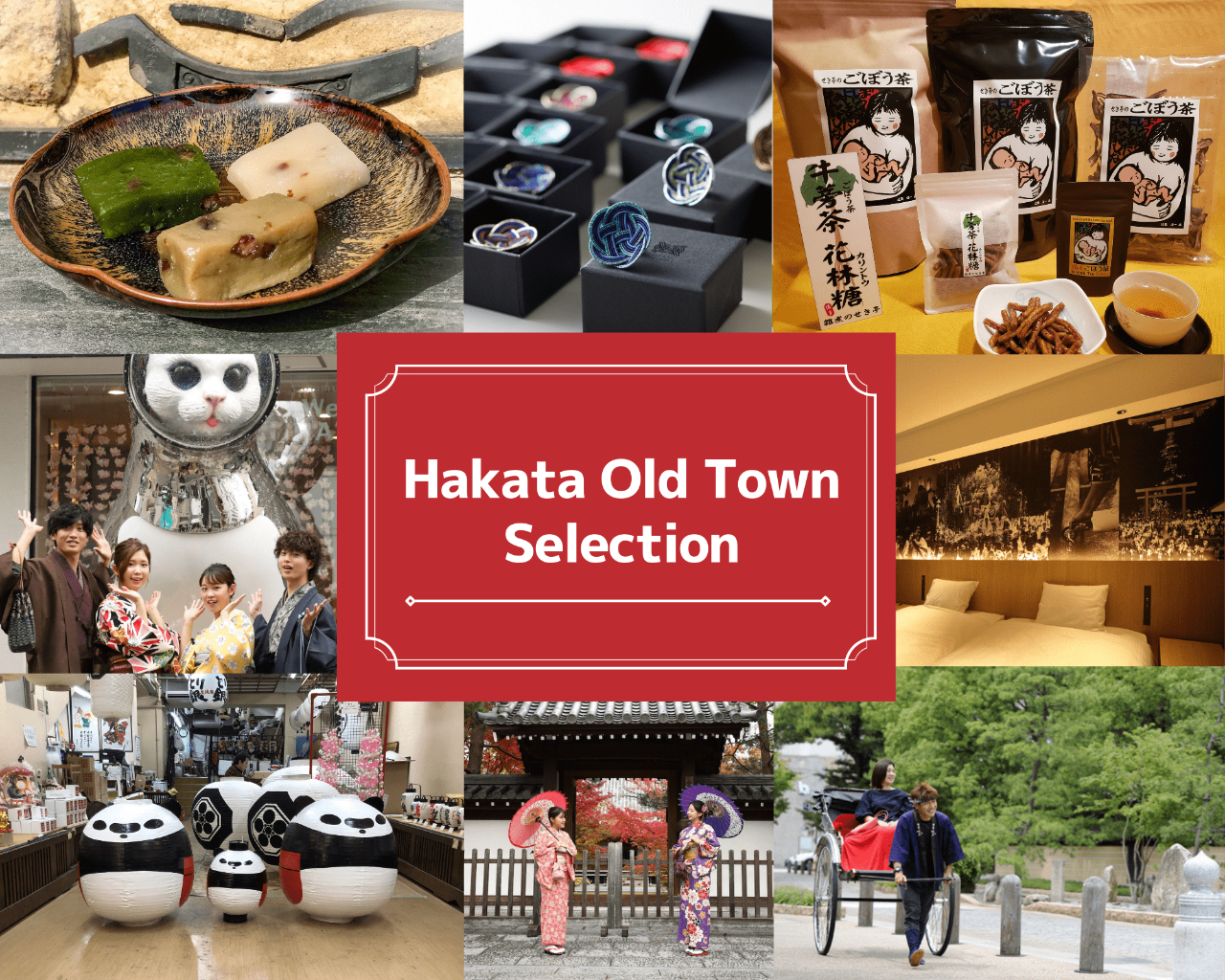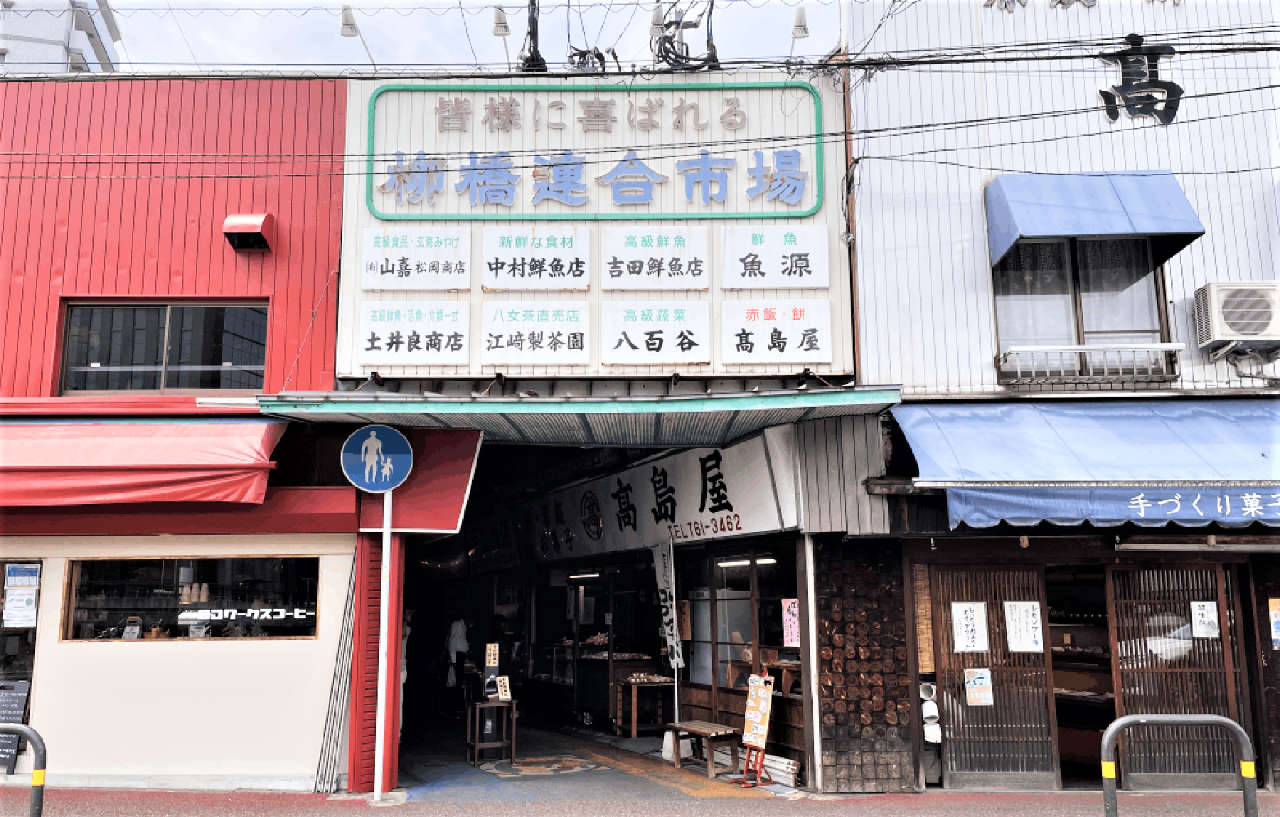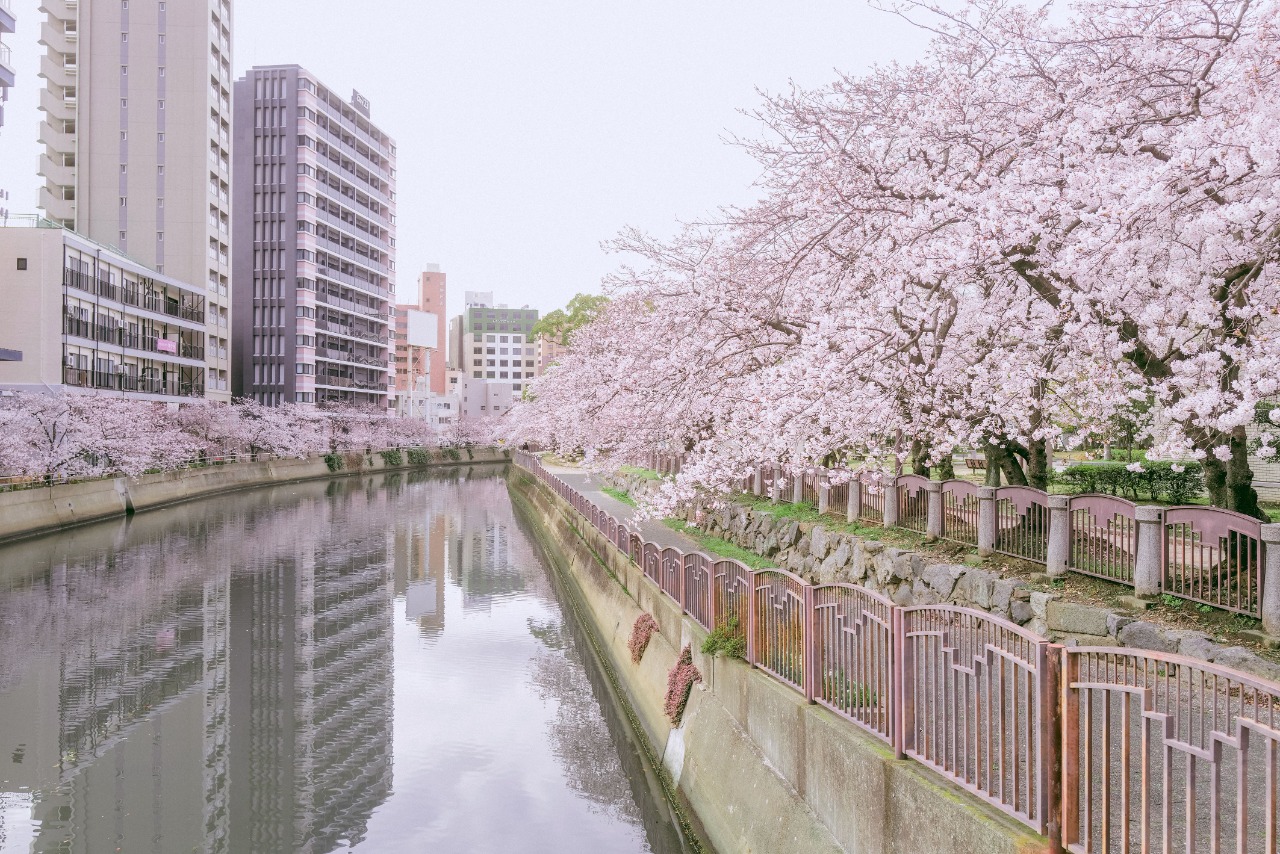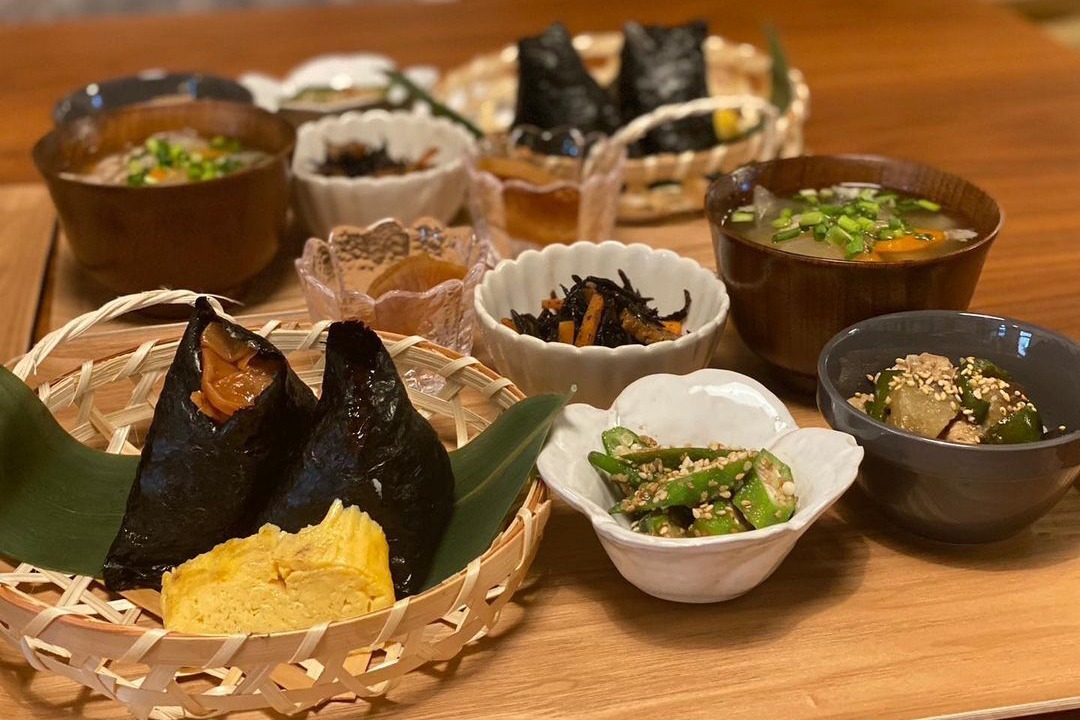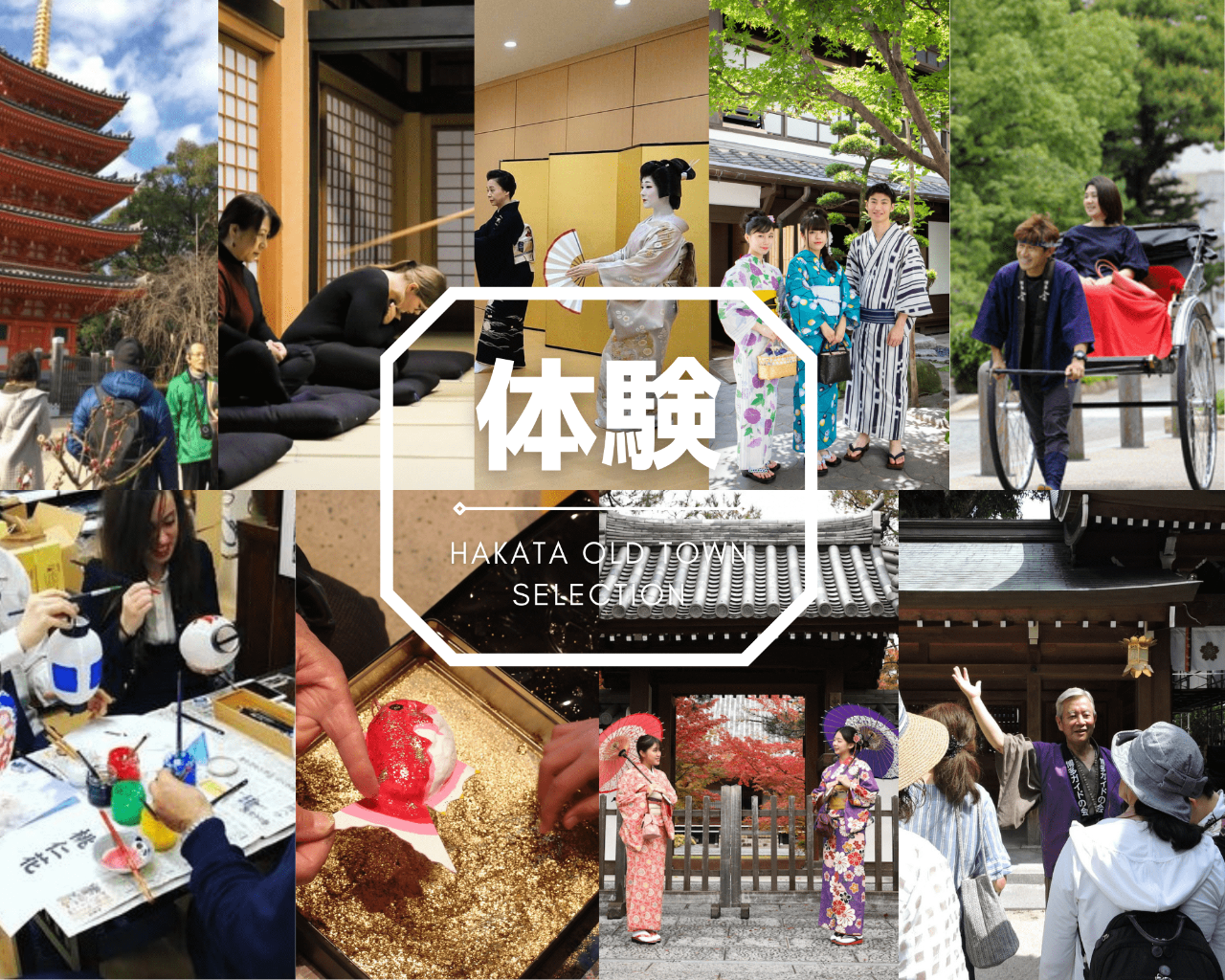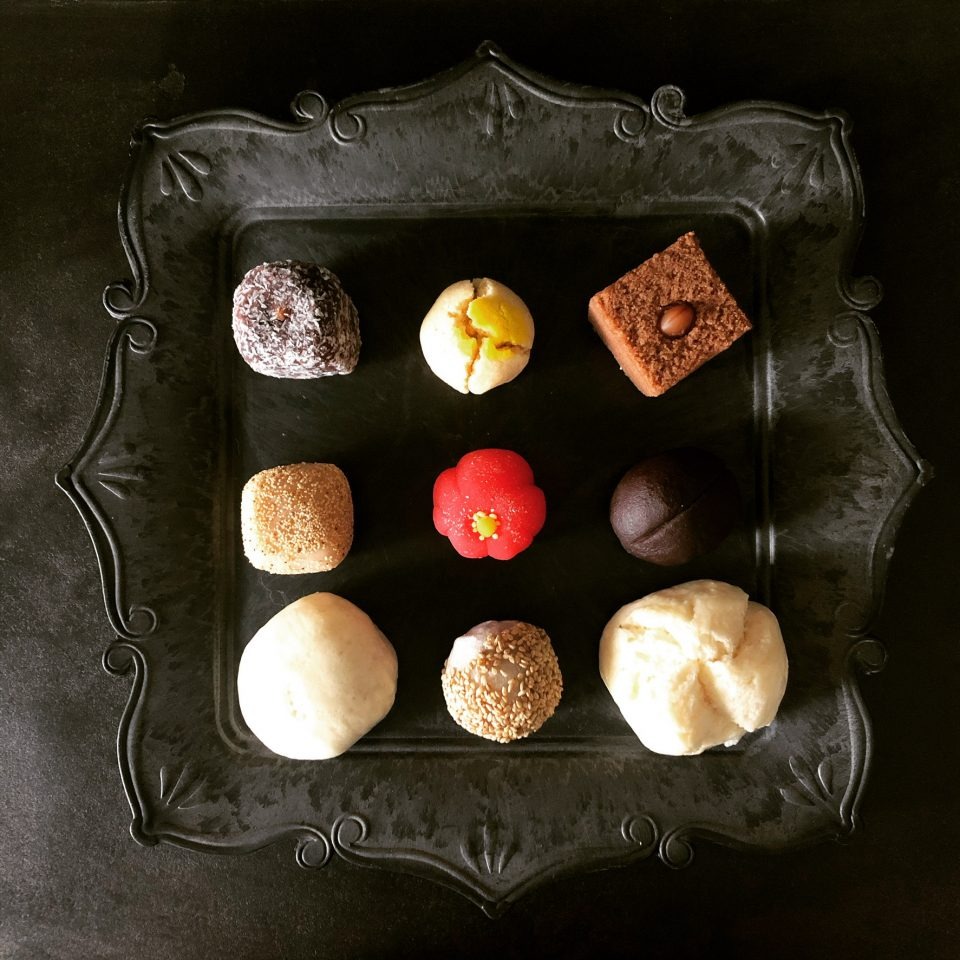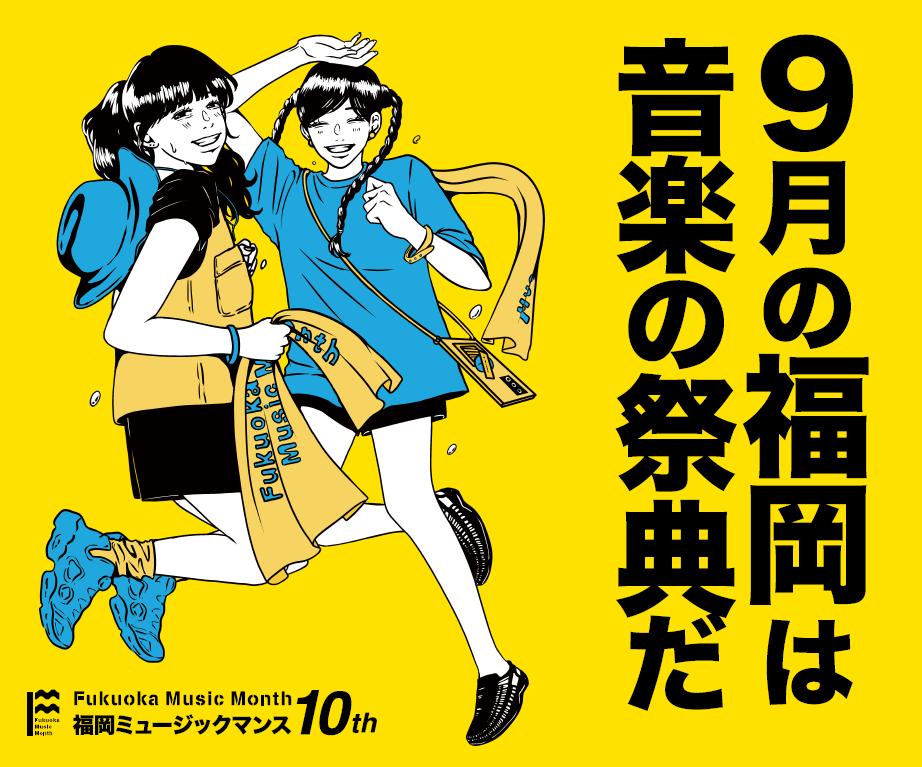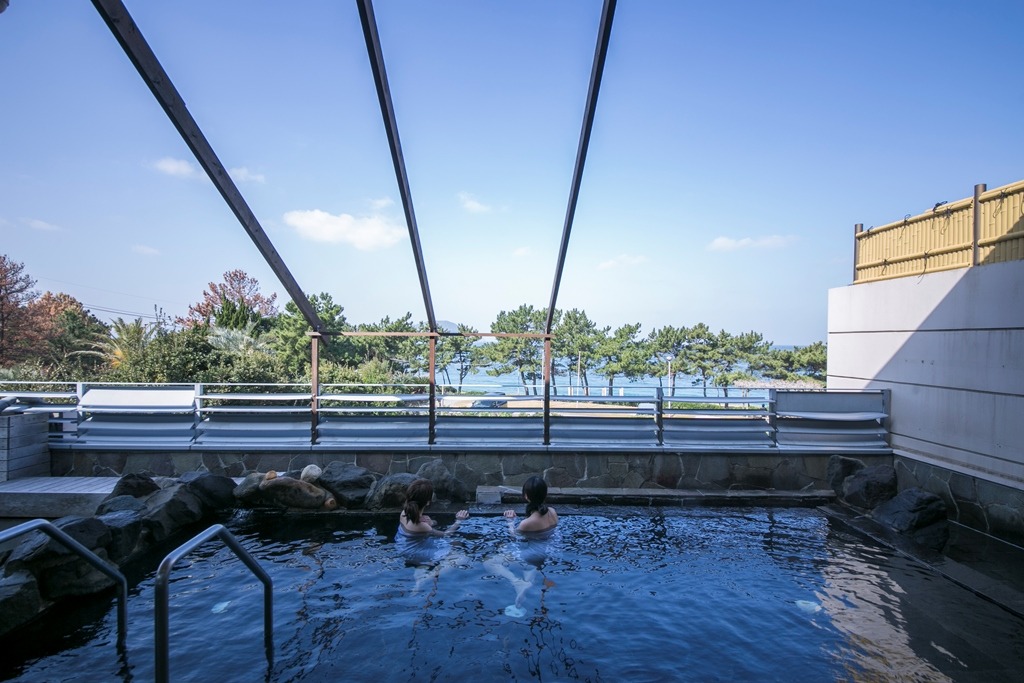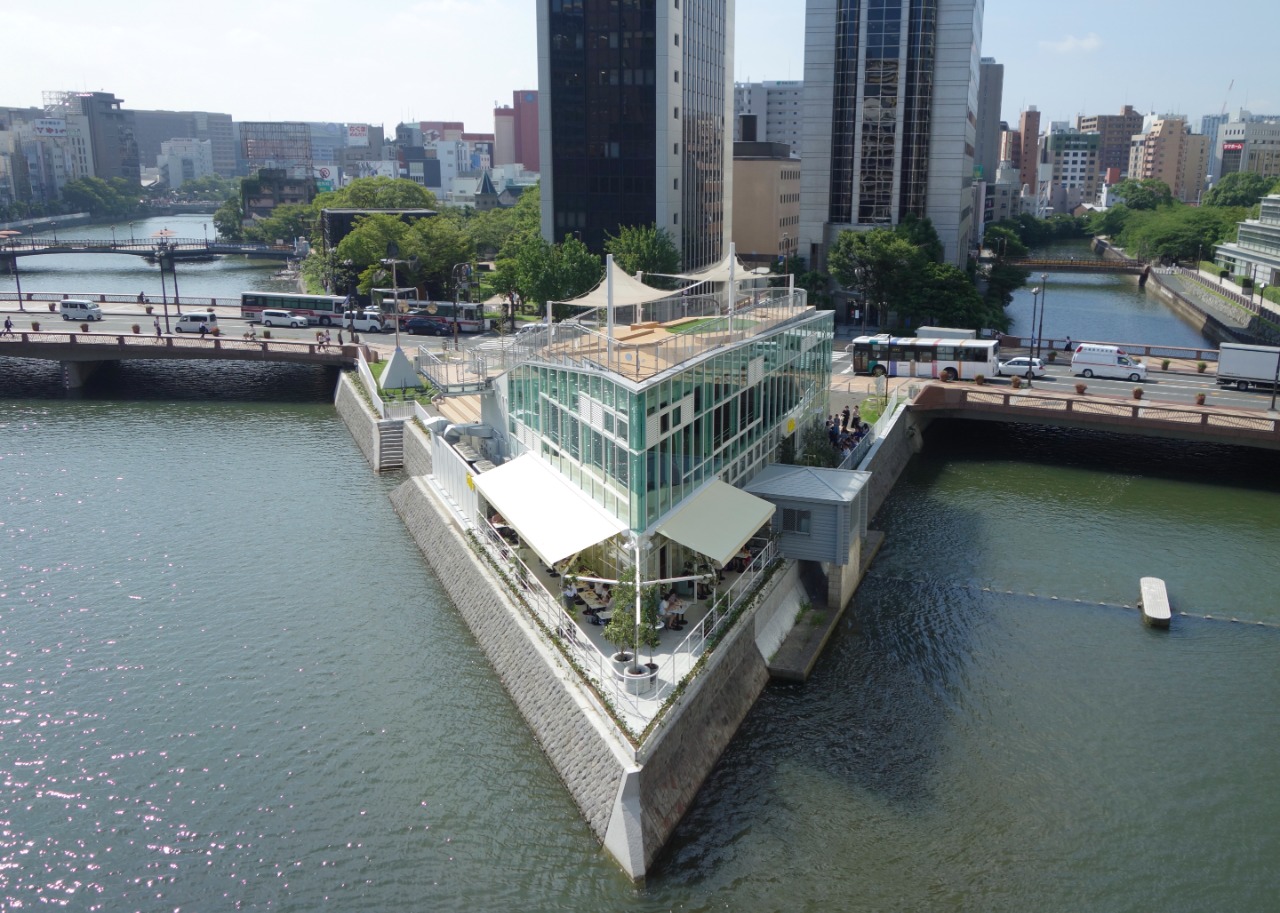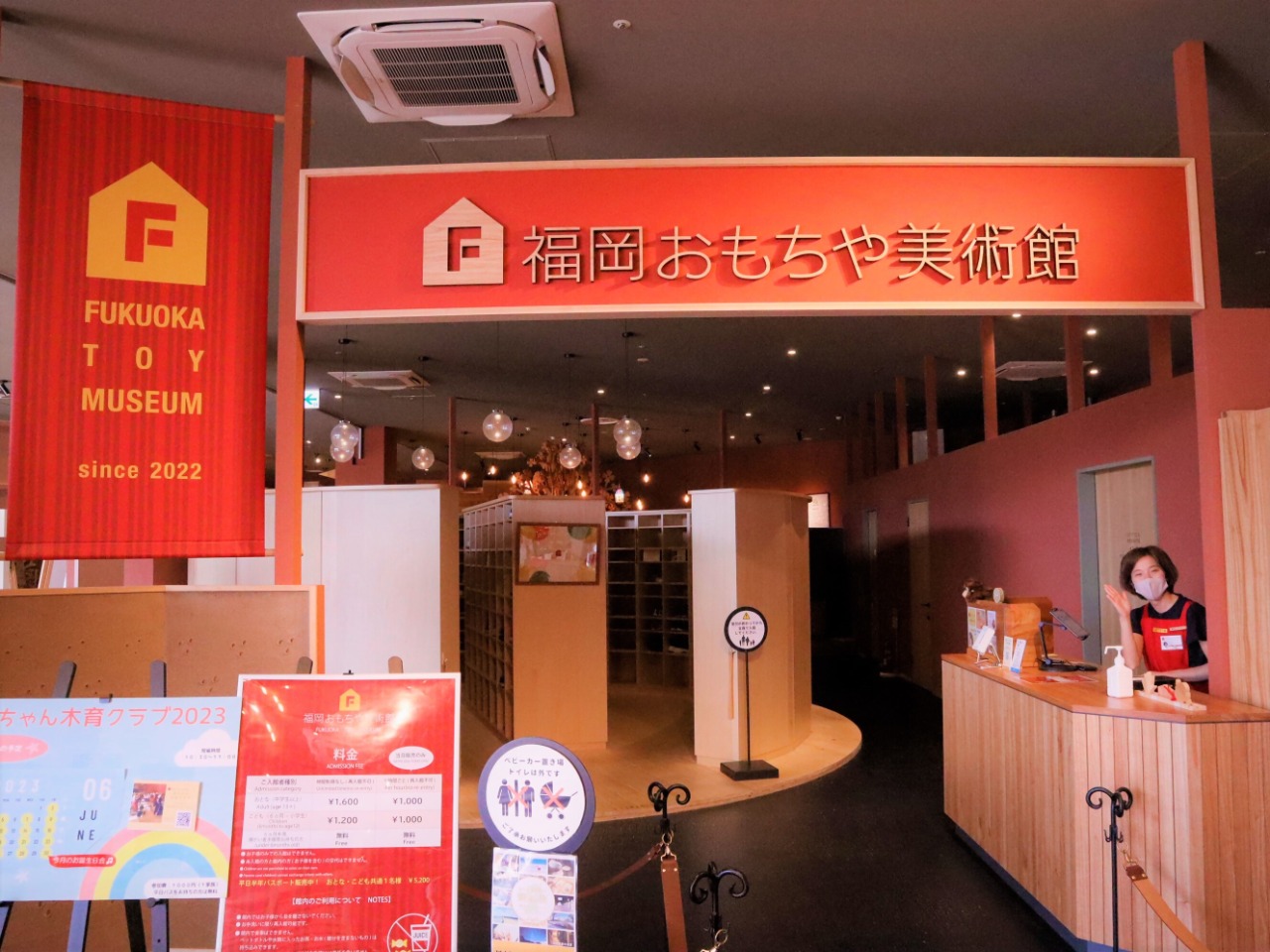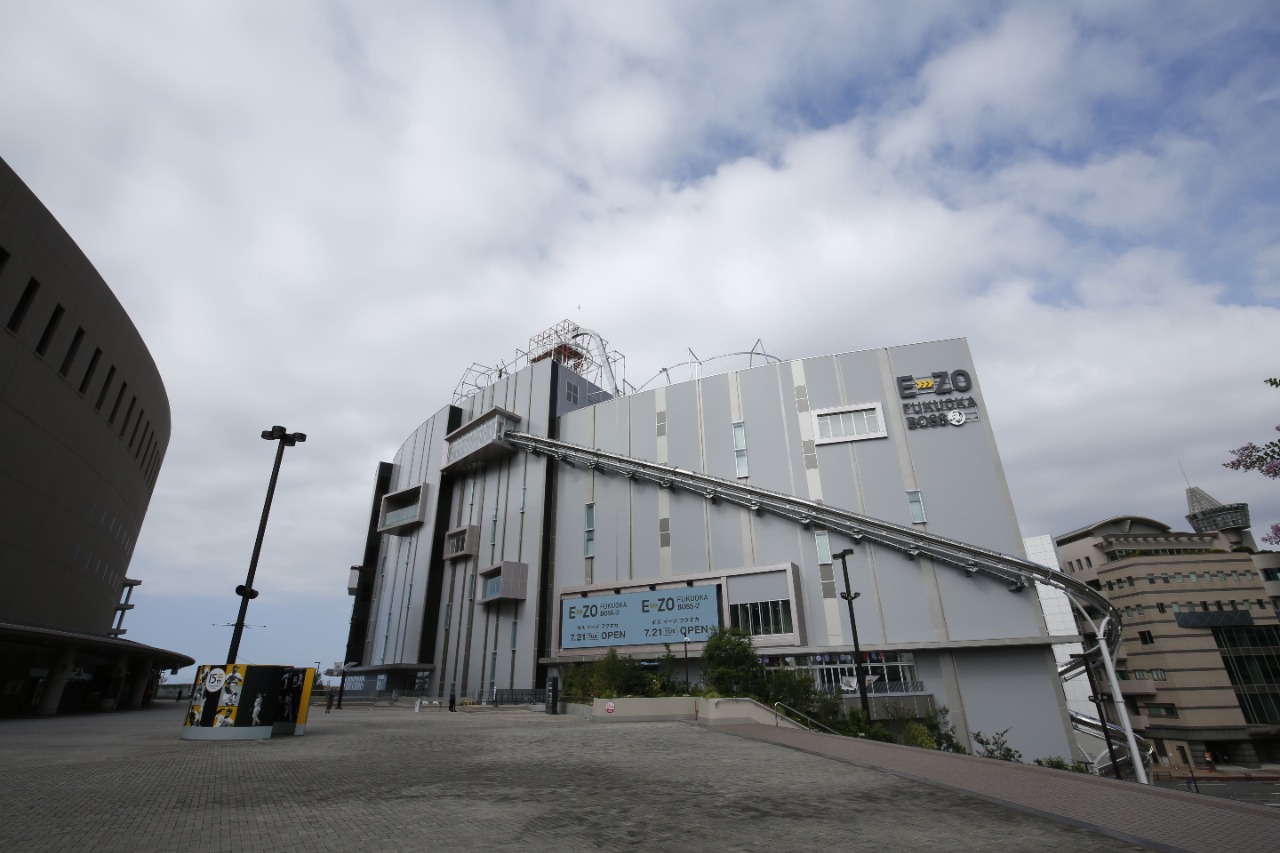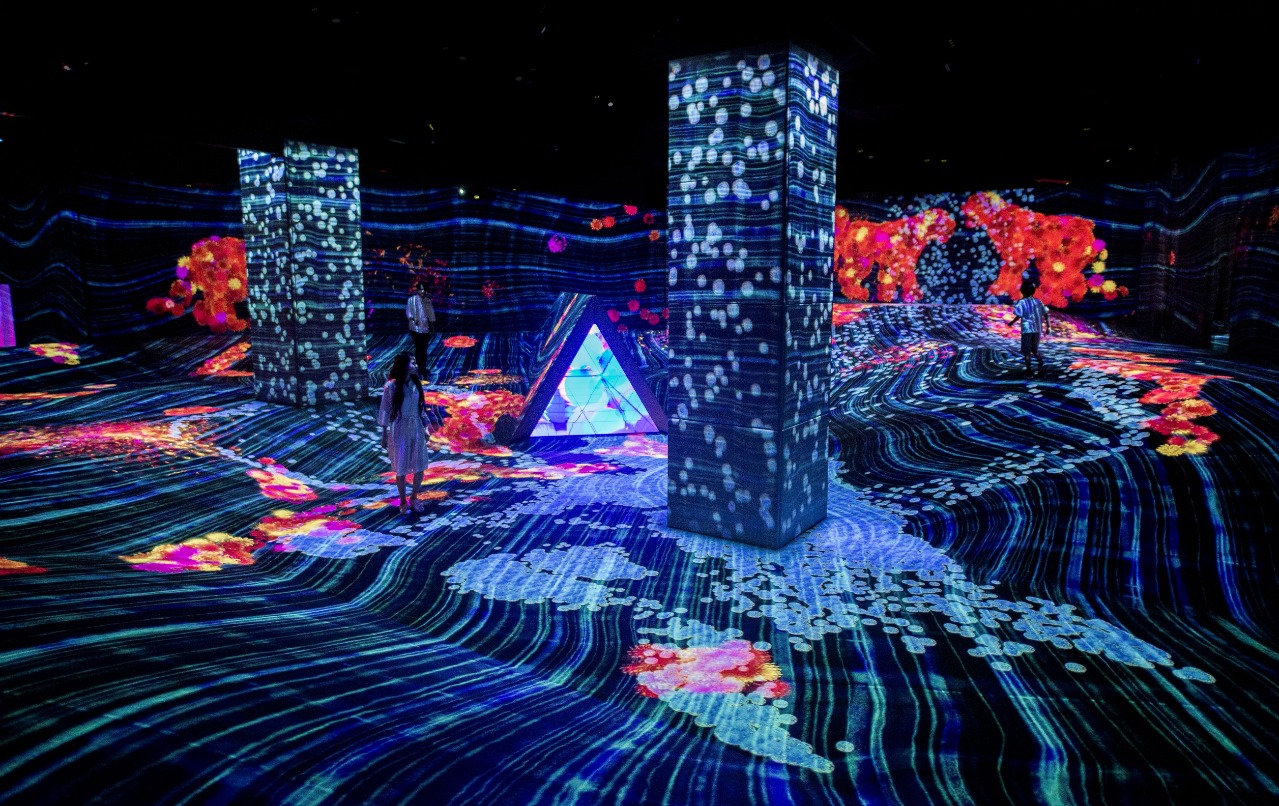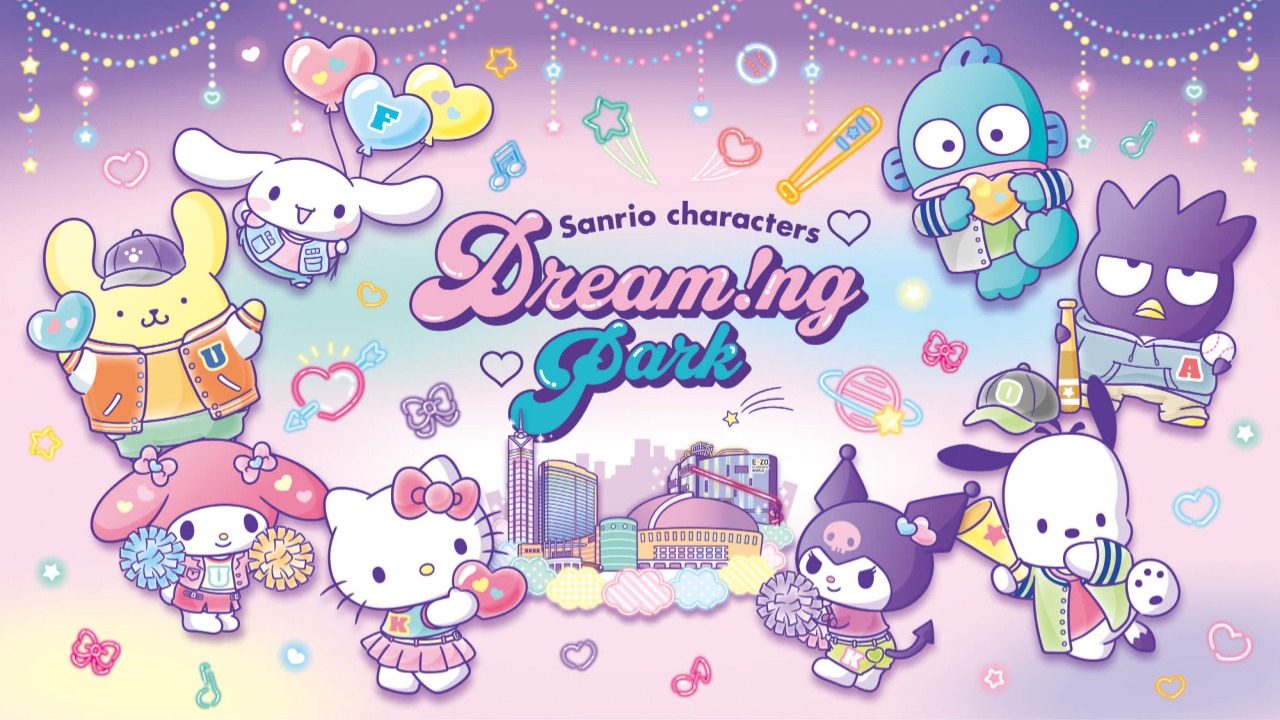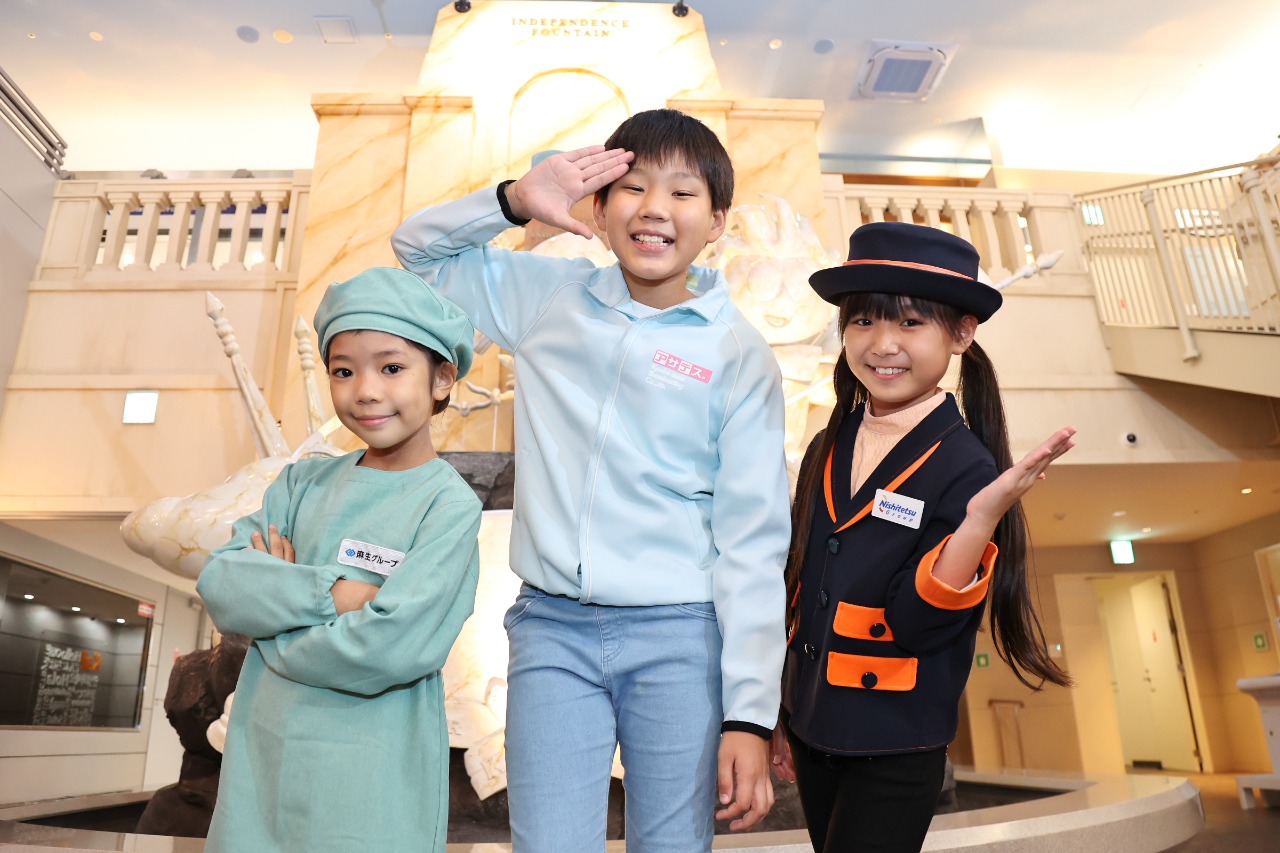Filmset Touring in Fukuoka: “Let Me Eat Your Pancreas” Filming Location Tour
“Wanna travel a little further” said Sakura and, without telling “me”, the destination of our trip she planned was to Fukuoka.
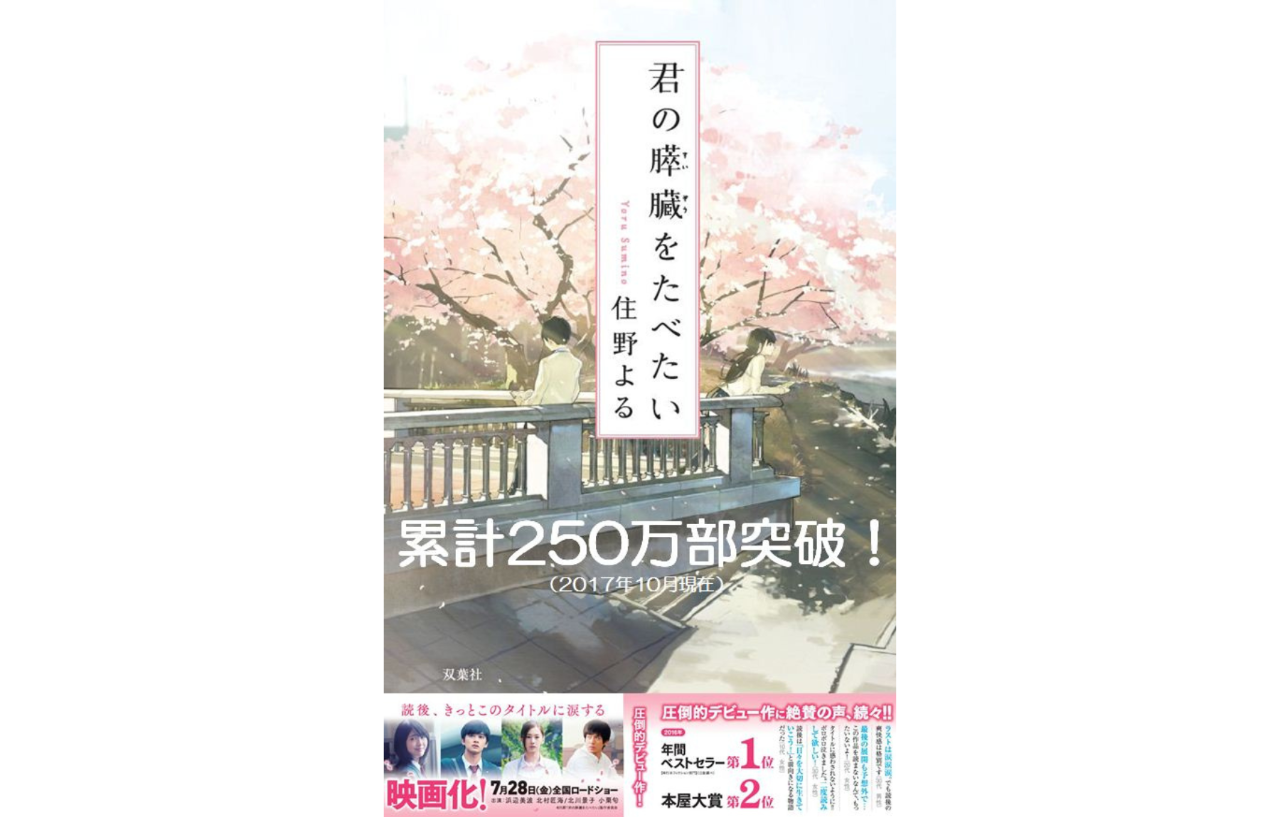
(C)Sumino Yoru / Futabasha Publishers Ltd.
"Wanna travel a little further?" asked Sakura, and without telling "me", she planned a trip out to Fukuoka.
The two then make their journey and spend a precious and irreplaceable time together there.
Released on July 28th, 2017, "Kimi-Sui" or Let Me Eat Your Pancreas.
The original publication's sum total of printed copies exceeds 2,500,000 (as of October 2017). While difficult to imagine from the title alone, "Kimi-Sui" is a popular tear-jerker story among younger audiences and has now received a highly anticipated film adaptation.
The movie was a huge hit in Japan with its total audience upwards of 2,500,000 as of the end of September 2017, the box office revenue totaling 3.3 billion yen.
The production was invited to the 22nd Busan International Film Festival held on October 2017 with a turnout of about 5,000 people to its screening on the 15th at the Busan Cinema Center located in Haeundae.
The movie has attracted interest from abroad as well. Releassed in Korea at various theaters on October 25th the movie is now scheduled to be shown around 10 additional Asian countries.
Fukuoka is the setting of an important scene in the film when the two main characters travel further out for the first time. In October 2016 filming took place around several locations in Fukuoka including in front of the Tenjin-Minami Station in Chuo ward Tenjin, Fukuhaku Deai bridge, Dazaifu Tenmangu, and Hiltion Fukuoka Sea Hawk.
These are well-known areas in the city and you'll probably realize where they are and go "I know that place!" as you see the story unfold on screen. You may even recognize other places in the movie that are not listed here. We hope that fans of Kimi-Sui will visit Fukuoka as a kind of holy land because of the movie.
High school student "I" (played by Kitamura Takumi) accidentally finds a journal detailing the illness that Sakura (played by Hamabe Minami) has been writing and finds out that she is suffering from a pancreatic disease.
The two spend her remaining time together but before long her days of struggling come to an end. Twelve years later "I" (played by Oguri Shun), now the teacher of his old school, finds something that leads him to find out what Sakura truly wanted to convey.
What sorts of thoughts will reach "I" from Sakura over these 12 intervening years?
Movie “Let Me Eat Your Pancreas” Filming Location Tour
Filming Location 1: Hilton Fukuoka Sea Hawk
The Hilton Seahawk is one of Fukuoka's premier hotels with a scenic view overlooking the Momochi area, once selected as one of the 100 best townscapes. For this movie they used the lobby and a suite, one of the over 1,000 rooms in a hotel that can host conventions of up to 4,000 people.
Don’t miss the adjacent FUKUOKA PayPay Dome, BOSS E・ZO FUKUOKA and nearby Fukuoka Tower and Fukuoka City Museum!
Filming Location 2: In front of Fukuoka City Subway “Tenjin-Minami Station”
Tenjin-Minami station is the former end station for the Nanakuma subway line in Fukuoka, which now goes all the way to Hakata as well, having opened in 2005. Since the movie takes place in the past consideration was made as to whether or not the station existed at that time before shooting.
This station is located in Tenjin, a bustling downtown shopping area brimming with things to do, see, and try. Many of the buildings here are filled with purveyors of fine clothing, and tourists and locals both flock to the established department stores that line the streets. Daimyo and Imaizumi are also located close by, and they are excellent neighborhoods to poke around in for those looking for a drink or bite to eat.
Having said that, if you take a walk around some of Tenjin's less beaten paths you will find glimpses of the Fukuoka of days gone by as well as quiet parks lush with verdure. By exploring every nook and cranny of this vibrant neighborhood you may even find yourself asking "Am I really Tenjin?"
Filming Location 3: Fukuhaku Deai Bridge
Nakagawa River divides Hakata, formerly the town where merchants congregated, from Fukuoka, where the castle and nobility used to live. The bridge was named Fukuhaku on account of the fact it was where Fuku-oka and Haka-ta met, or "deai". The bridge is lit up along with “Kihinkan Kyu Fukuokaken Kokaido” in Tenjin Chuo Park in the evening to create truly striking scenery.
Filming Location 4: Seiryu Park
This park is runs along the Nakagawa River and extends through the largest entertainment districts in Kyushu, “Nakasu”. Many yatai food stalls line the upper stream of the river and the view of glittering neon reflected on the surface of the water which then flows into the Canal City Fukuoka shopping center is distinctly Fukuoka-esque scenery.
Filming Location 5: Yatai food stall, “Hanayama”
Hanayama normally plies their trade near the approach to the Hakozakigu shrine in the East ward but for the sake of filming it was moved to Maidashi Goshonouchi Park. Their specialty of Motsu-yaki, or grilled offal, is a scrumptious Hakata classic.
Yatai food stall, “Hanayama”
Address: 1-44 Hakozaki, Higashi-ku, Fukuoka-shi, Fukuoka Prefecture, 812-0053 (Located on the approach to the Hakozakigu Shrine)
Hakozakigu Shrine, along with Usa Jingu Shrine and Iwashimizu Hachimangu Shrine, is one of three great Hachimangu Shrines in Japan. The enshrined Deities are Emperor Ojin, Empress Jingu, and Tamayorihime-no Mikoto. Many people visit the shine to partake of festivals like “Tama-Seseri” and “Hojoya”. Then, during the festival of Hakata Gion Yamakasa “Oshioitori” takes place on the Hakozaki-hama beach across the street.
Filming Location 6: Dazaifu Tenmangu
Dazaifu Tenmangu is a shrine built over the grave of Sugawara-no-Michizane and enshrines his soul. He is venerated by the Japanese throughout the country and overseas as well as “the God of study, sincerity and warding off evil” and about 8 million worshipers visit the shrine yearly. The film crew took this popularity into consideration and started early in the morning to avoid causing any issues to visitors.
You’ll notice many signs advertising “Umegae-Mochi” throughout this temple town as it is a popular and affordable souvenir. The origin of this rice cake is said that “an old woman, Jyoumyo-ji gave this cake with a twig of Japanese plum to Sugawara-no-Michizane, who then lived in Ekinosha shrine”. (There are various theories.) It also appears in the movie. Please try one of the freshly baked Umegae-Mochi!








